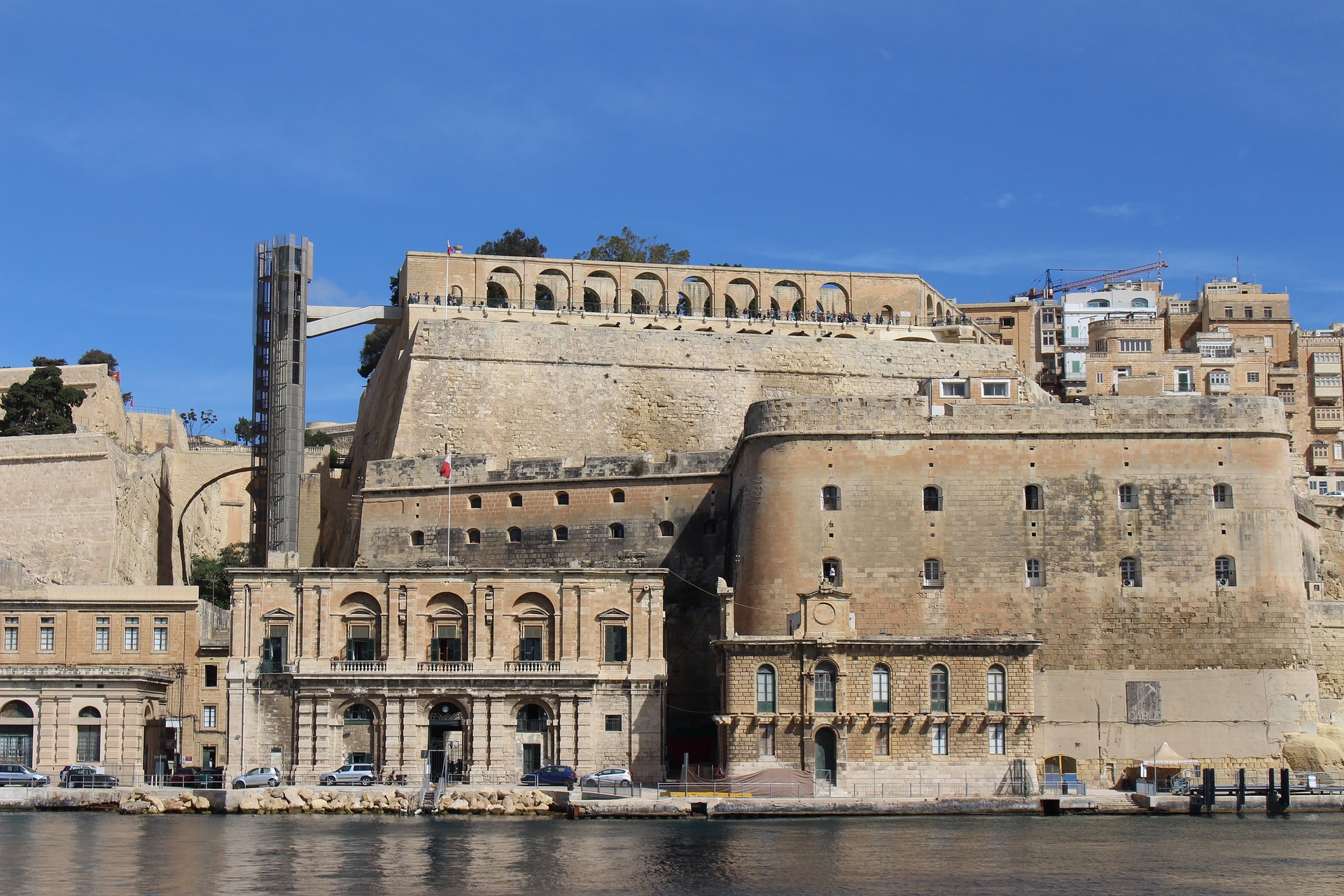
An Extended Journey From Riviera Icons to Grand Prix Glamour
An Extended Journey From Riviera Icons to Grand Prix Glamour
Cruise overview
WHY BOOK WITH US?
- ✔ The Deluxe Cruises’ team has extensive experience in ultra-luxury cruising.
- ✔ Call now to speak to our helpful and experienced Cruise Concierge team.
- ✔ Enjoy our Unique Deluxe Cruises Bonus for substantial savings.
- ✔ Our team will tailor your holiday to your exacting requirements.
- ✔ As agents, we work under the protection of each cruise lines ABTA / ATOL licences
About Barcelona
The infinite variety of street life, the nooks and crannies of the medieval Barri Gòtic, the ceramic tile and stained glass of Art Nouveau facades, the art and music, the throb of street life, the food (ah, the food!)—one way or another, Barcelona will find a way to get your full attention. The capital of Catalonia is a banquet for the senses, with its beguiling mix of ancient and modern architecture, tempting cafés and markets, and sun-drenched Mediterranean beaches. A stroll along La Rambla and through waterfront Barceloneta, as well as a tour of Gaudí's majestic Sagrada Famíliaand his other unique creations, are part of a visit to Spain's second-largest city. Modern art museums and chic shops call for attention, too. Barcelona's vibe stays lively well into the night, when you can linger over regional wine and cuisine at buzzing tapas bars.
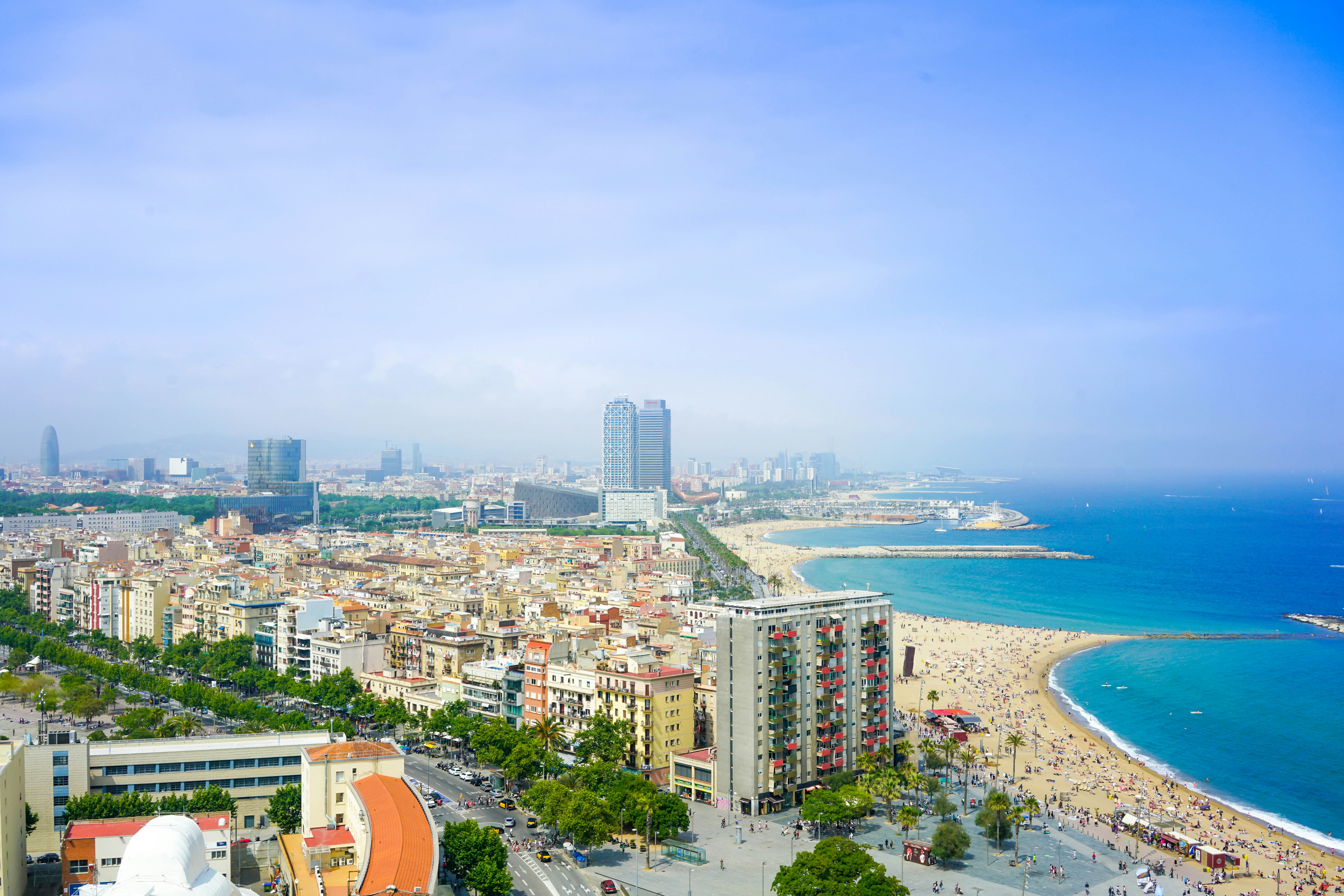



About Mahón, Menorca
The capital of Menorca since 1721, Mahon has a impressive natural deep water harbour, which is one of the largest in the world. This, coupled with its strategic location, has made it a stronghold for many nations throughout history. Mahon has an abundance of historical buildings, the oldest being the Arch of Saint Roc which is all that remains of the wall that once encircled the whole town. The island was occupied by the British during the 18th century and Lord Nelson is thought to have stayed there. Indeed, San Antoni Mansion, located on the north side of the harbour, houses a collection of Nelson memorabilia. The legacy of colonial rule can be seen in the muted Georgian style of some of the buildings, but Mahon still boasts attractive examples of neo-Classical, Baroque and Romanesque architecture. With narrow streets to explore, pleasant shaded squares and welcoming pavement cafés, there is something for everyone to enjoy. Please be aware that most shops in town close for a siesta between 1330 and 1730.

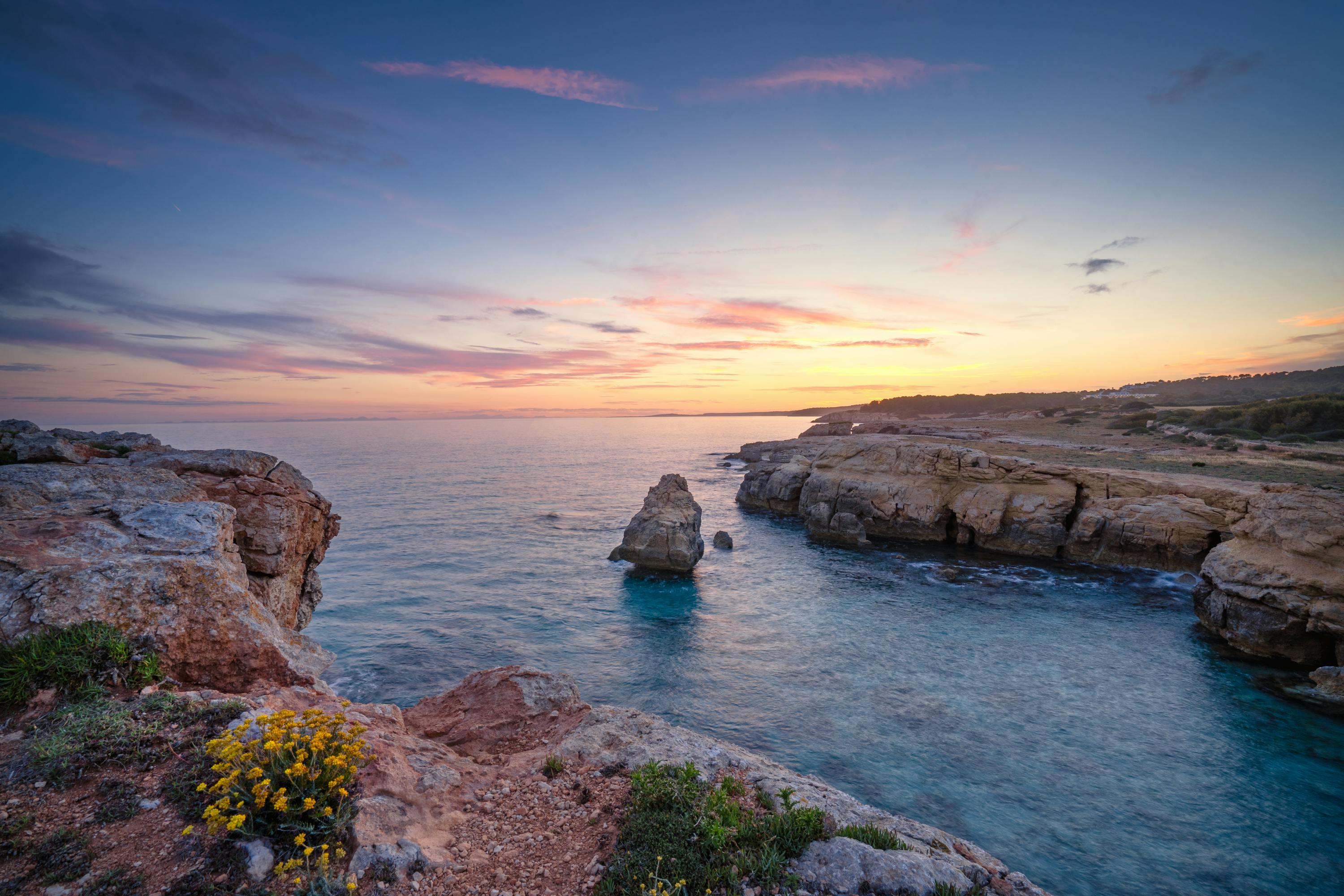
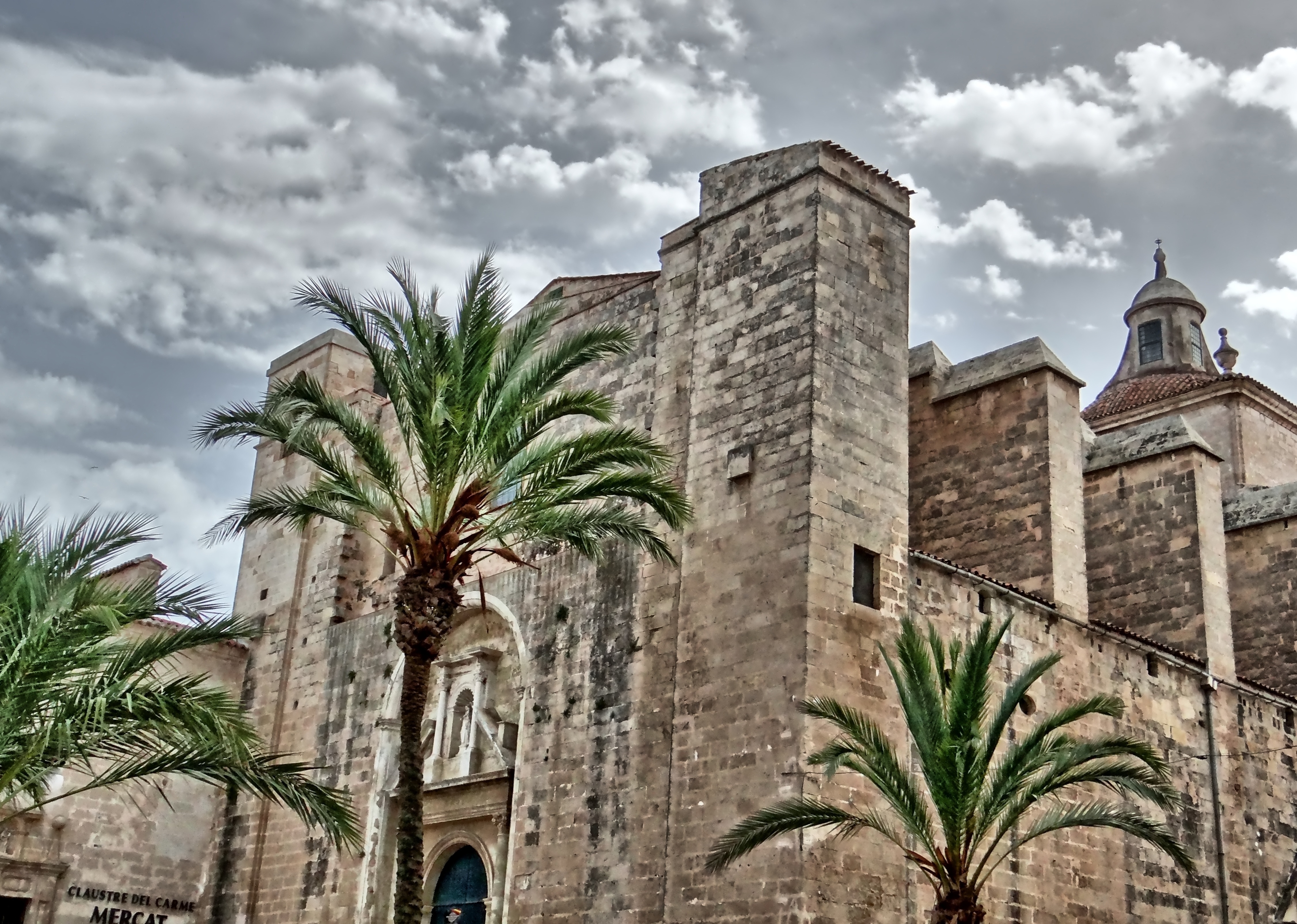
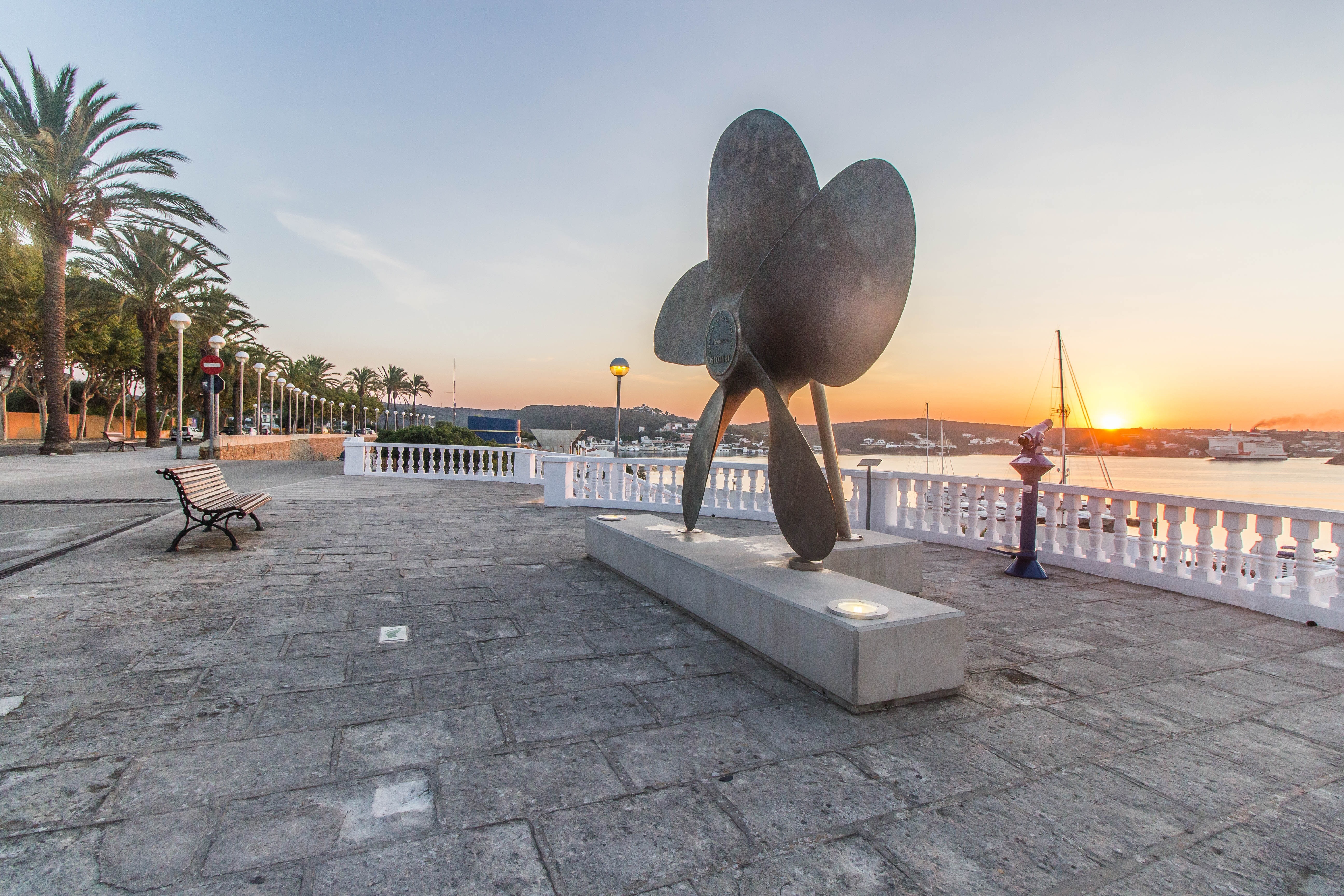
About Alghero
A tourist-friendly town of about 45,000 inhabitants with a distinctly Spanish flavor, Alghero is also known as "Barcelonetta" (little Barcelona). Rich wrought-iron scrollwork decorates balconies and screened windows; a Spanish motif appears in stone portals and bell towers. The town was built and inhabited in the 14th century by the Aragonese and Catalans, who constructed seaside ramparts and sturdy towers encompassing an inviting nucleus of narrow, winding streets with whitewashed palazzi. The native language spoken here is a version of Catalan, not Italian, although you probably have to attend one of the Masses conducted in Algherese (or listen in on stories swapped by older fishermen) to hear it. Besides its historic architectural gems such as the Alghero Cathedral and Palazzo d'Albis, the fortified city is well worth a visit to simply stroll and discover local culture on narrow cobblestone streets. The city also has a reputation to serve great food at reasonable prices.
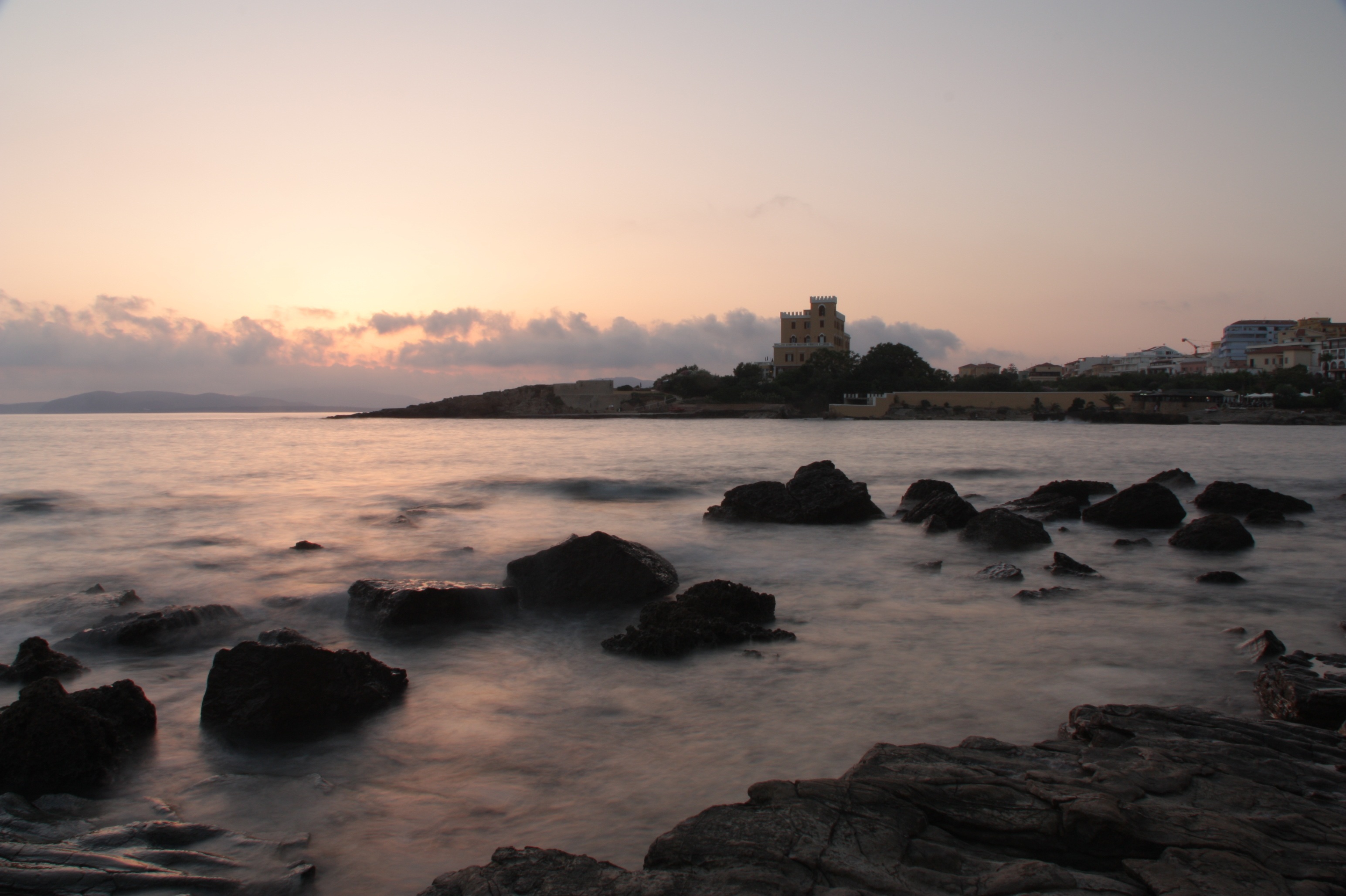
About Cannes
Cannes is pampered with the luxurious year-round climate that has made it one of the most popular resorts in Europe. Cannes was an important sentinel site for the monks who established themselves on Île St-Honorat in the Middle Ages. Its bay served as nothing more than a fishing port until in 1834 an English aristocrat, Lord Brougham, fell in love with the site during an emergency stopover with a sick daughter. He had a home built here and returned every winter for a sun cure—a ritual quickly picked up by his peers. Between the popularity of Le Train Blue transporting wealthy passengers from Calais, and the introduction in 1936 of France's first paid holidays, Cannes became the destination, a tasteful and expensive breeding ground for the upper-upscale.Cannes has been further glamorized by the ongoing success of its annual film festival, as famous as Hollywood's Academy Awards. About the closest many of us will get to feeling like a film star is a stroll here along La Croisette, the iconic promenade that gracefully curves the wave-washed sand coastline, peppered with chic restaurants and prestigious private beaches. This is precisely the sort of place for which the French invented the verb flâner (to dawdle, saunter): strewn with palm trees and poseurs, its fancy boutiques and status-symbol grand hotels—including the Carlton, the legendary backdrop to Grace Kelly in To Catch a Thief —all vying for the custom of the Louis Vuitton set. This legend is, to many, the heart and soul of the Côte d'Azur.
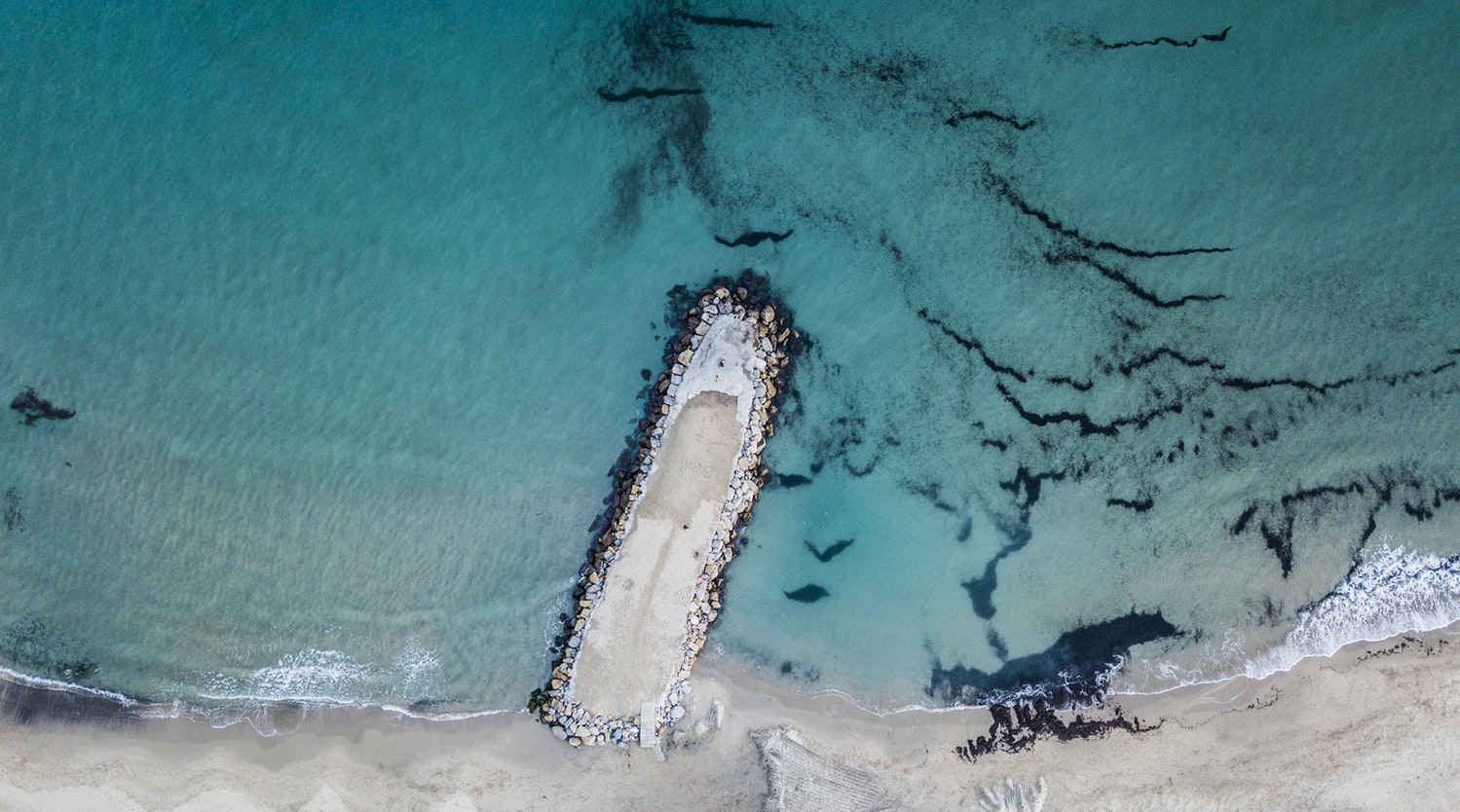
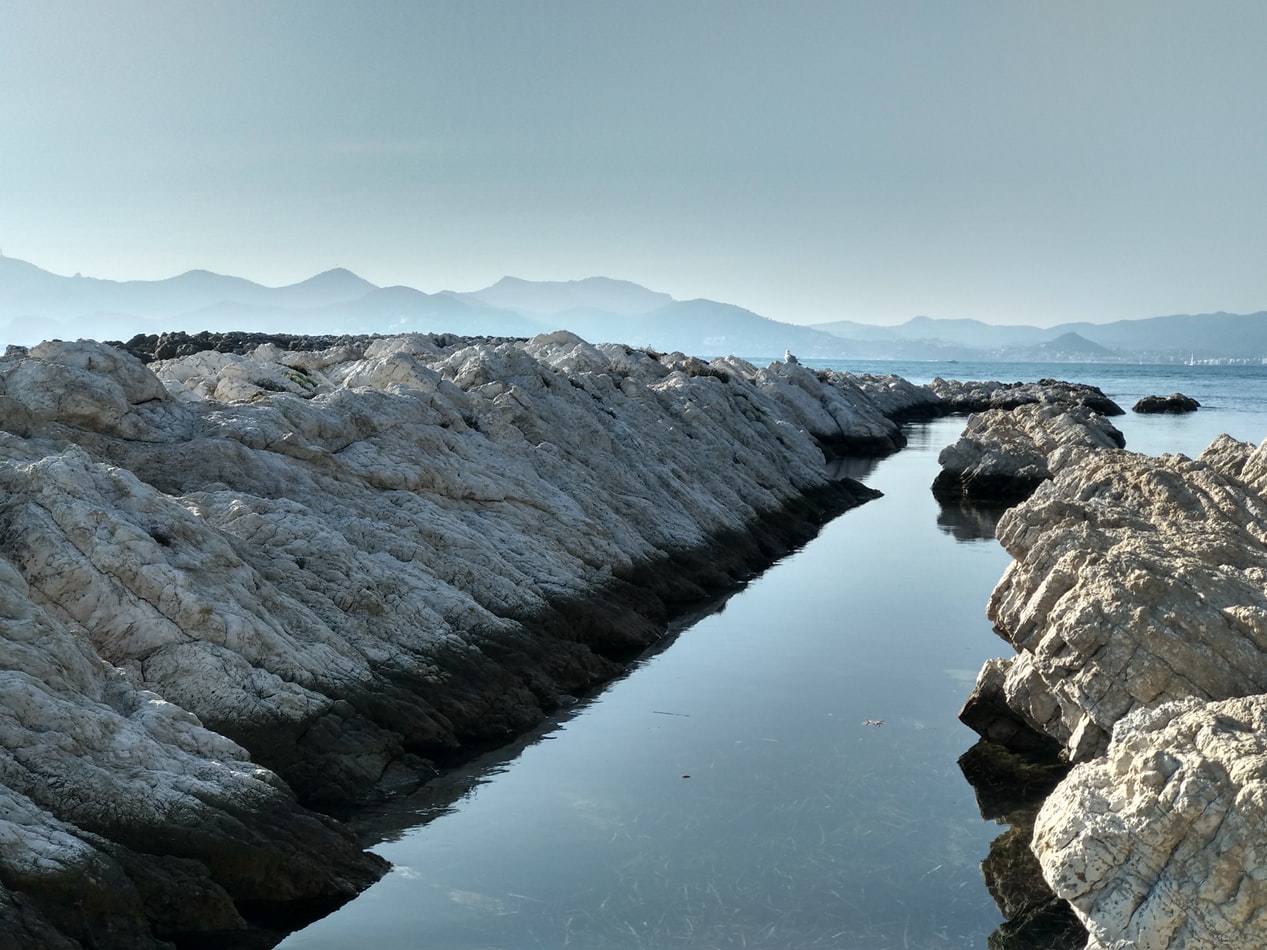
About Saint-Tropez
At first glance, it really doesn't look all that impressive. There's a pretty port with cafés charging €5 for a coffee and a picturesque old town in sugared-almond hues, but there are many prettier in the hills nearby. There are sandy beaches, rare enough on the Riviera, and old-fashioned squares with plane trees and pétanque players, but these are a dime a dozen throughout Provence. So what made St-Tropez an internationally known locale? Two words: Brigitte Bardot. When this pulpeuse (voluptuous) teenager showed up in St-Tropez on the arm of Roger Vadim in 1956 to film And God Created Woman, the heads of the world snapped around. Neither the gentle descriptions of writer Guy de Maupassant (1850–93), nor the watercolor tones of Impressionist Paul Signac (1863–1935), nor the stream of painters who followed (including Matisse and Bonnard) could focus the world's attention on this seaside hamlet as did this one sensual woman in a scarf, Ray-Bans, and capris. Vanity Fair ran a big article, "Saint Tropez Babylon," detailing the over-the-top petrodollar parties, megayachts, and Beyoncé–d paparazzi. But don't be turned off: the next year, Stewart, Tabori & Chang released an elegant coffee-table book, Houses of St-Tropez, packed with photos of supremely tasteful and pretty residences, many occupied by fashion designers, artists, and writers. Once a hangout for Colette, Anaïs Nin, and Françoise Sagan, the town still earns its old moniker, the "Montparnasse of the Mediterranean." Yet you might be surprised to find that this byword for billionaires is so small and insulated. The lack of train service, casinos, and chain hotels keeps it that way. Yet fame, in a sense, came too fast for St-Trop. Unlike the chic resorts farther east, it didn't have the decades-old reputation of the sort that would attract visitors all year around. For a good reason: its location on the south side of the gulf puts it at the mercy of the terrible mistral winter winds. So, in summer the crowds descend and the prices rise into the stratosphere. In July and August, you must be carefree about the sordid matter of cash. After all, at the most Dionysian nightclub in town, a glass of tap water goes for $37 and when the mojo really gets going, billionaires think nothing of "champagne-spraying" the partying crowds—think World Series celebrations but with $1,000 bottles of Roederer Cristal instead of Gatorade. Complaining about summer crowds, overpricing, and lack of customer service has become a tourist sport and yet this is what makes St-Tropez—described by the French daily newspaper Le Figaro as the place you can see "the greatest number of faces per square meter"—as intriguing as it is seductive.
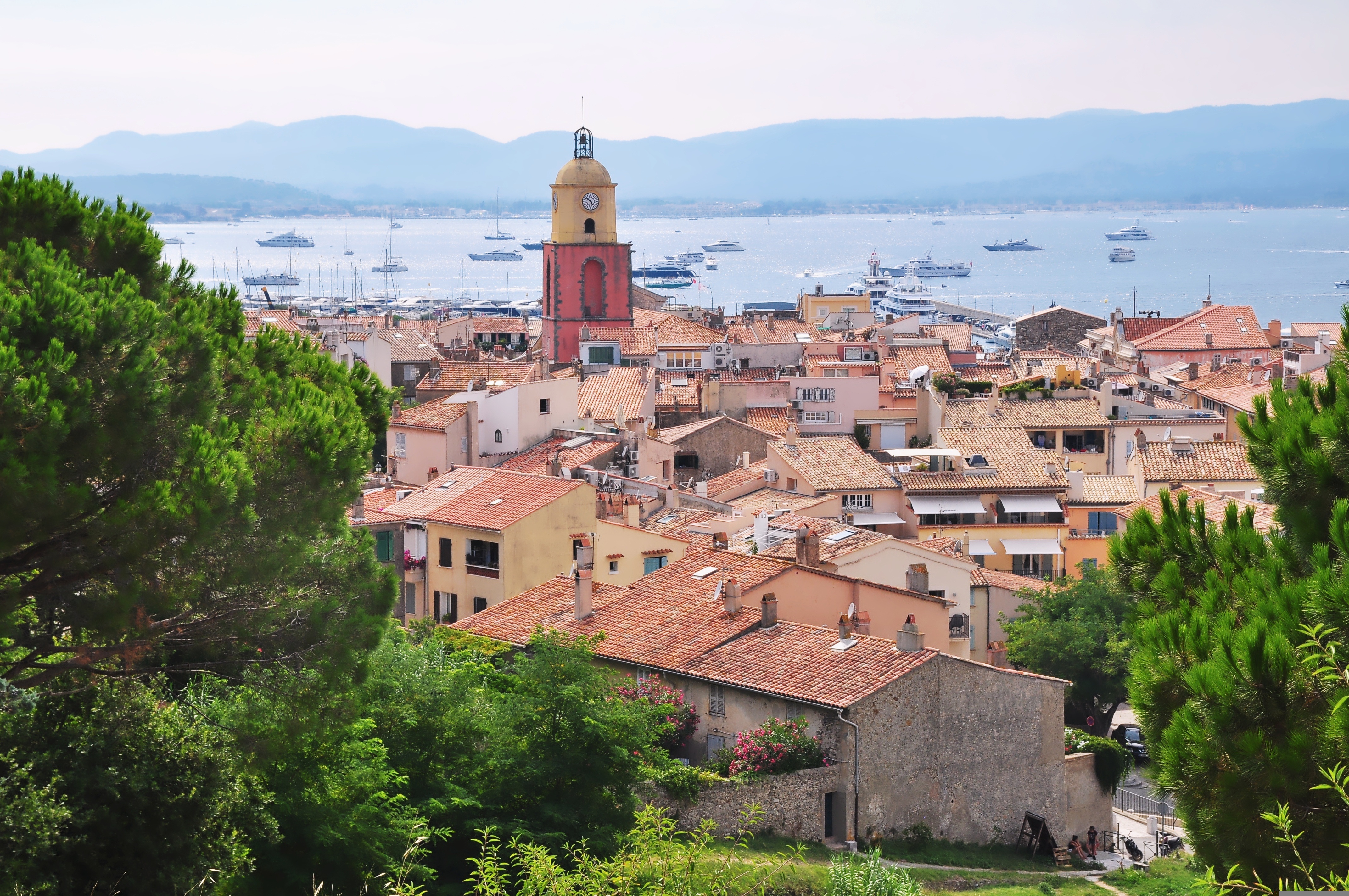
About Civitavecchia
Italy's vibrant capital lives in the present, but no other city on earth evokes its past so powerfully. For over 2,500 years, emperors, popes, artists, and common citizens have left their mark here. Archaeological remains from ancient Rome, art-stuffed churches, and the treasures of Vatican City vie for your attention, but Rome is also a wonderful place to practice the Italian-perfected il dolce far niente, the sweet art of idleness. Your most memorable experiences may include sitting at a caffè in the Campo de' Fiori or strolling in a beguiling piazza.



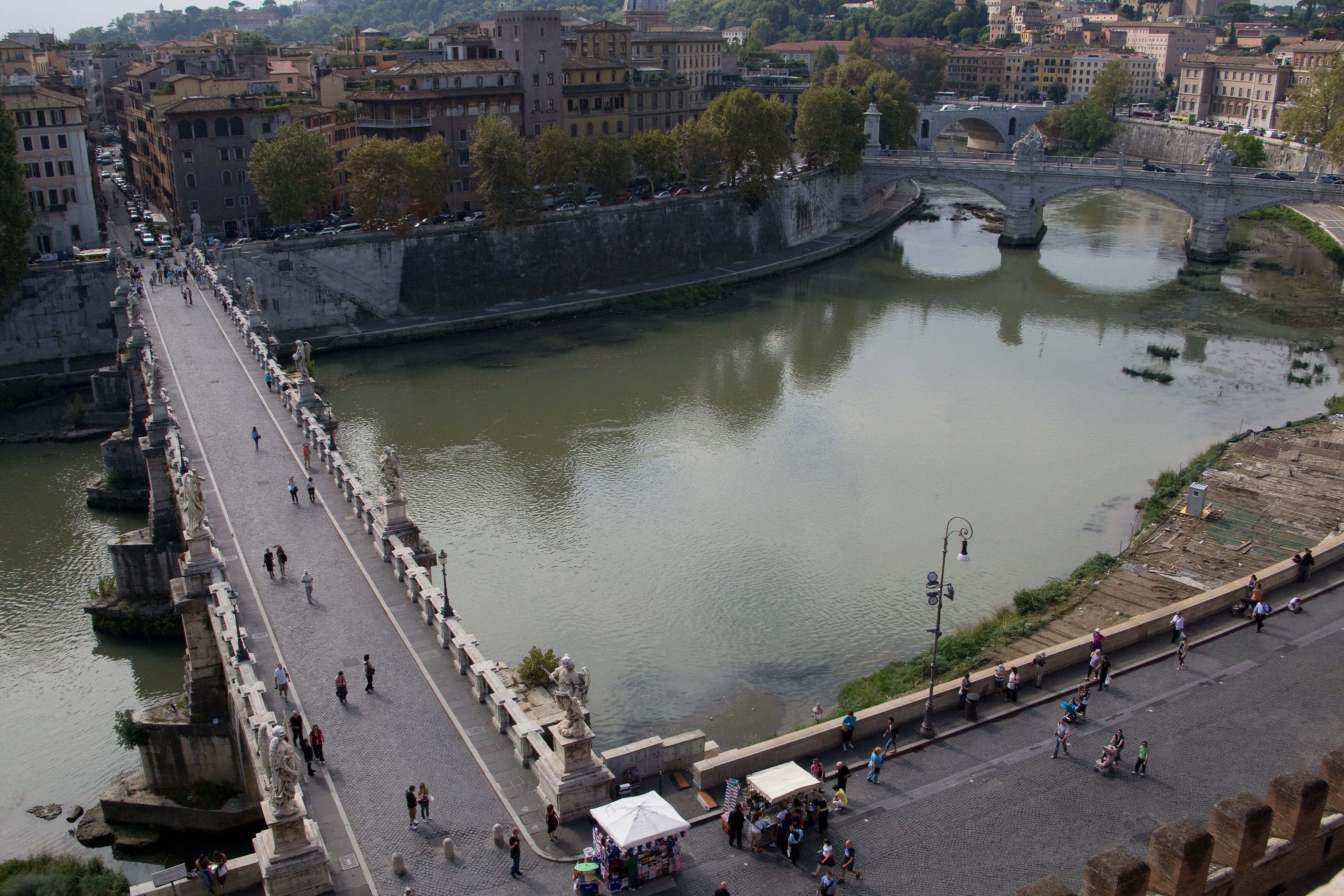
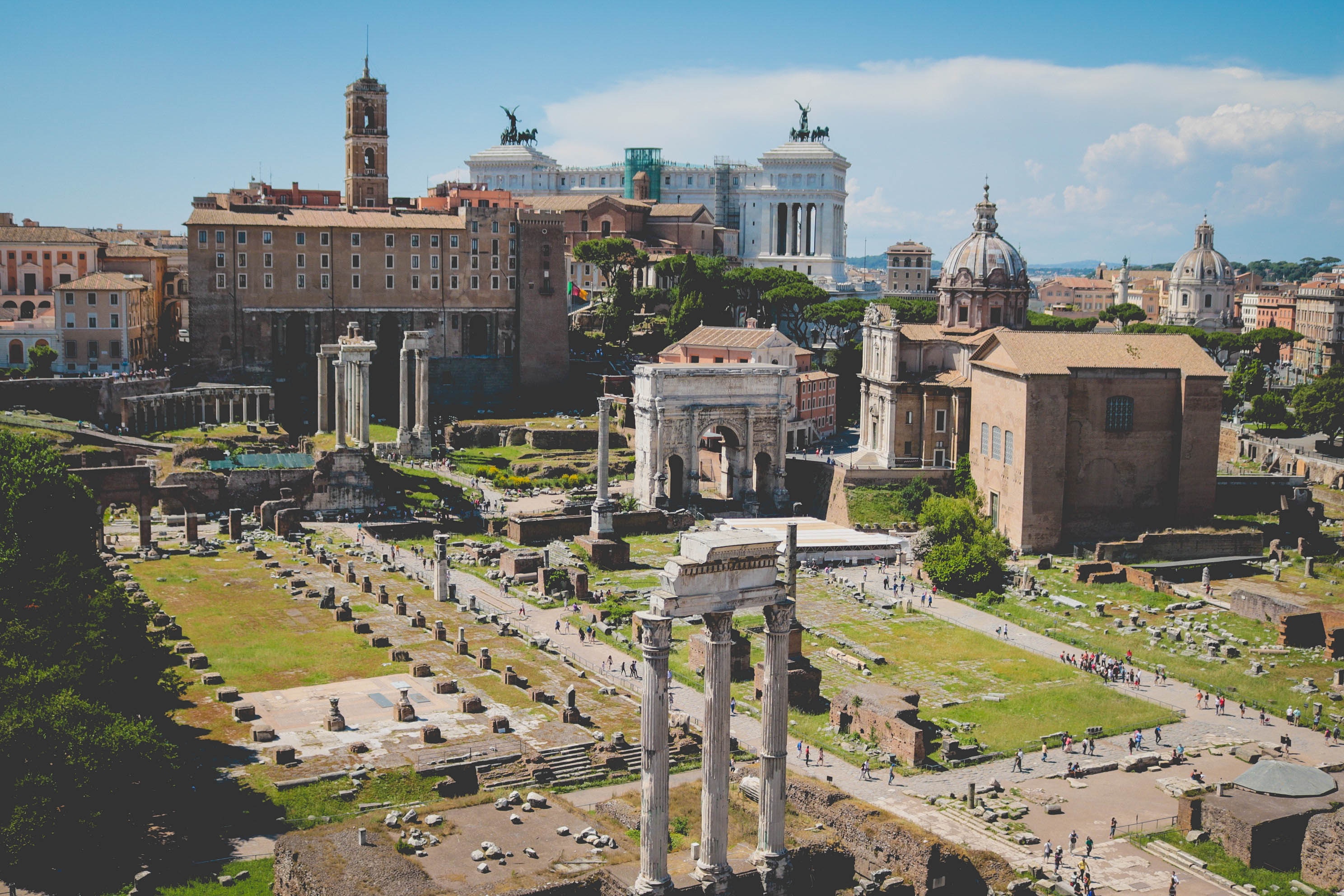
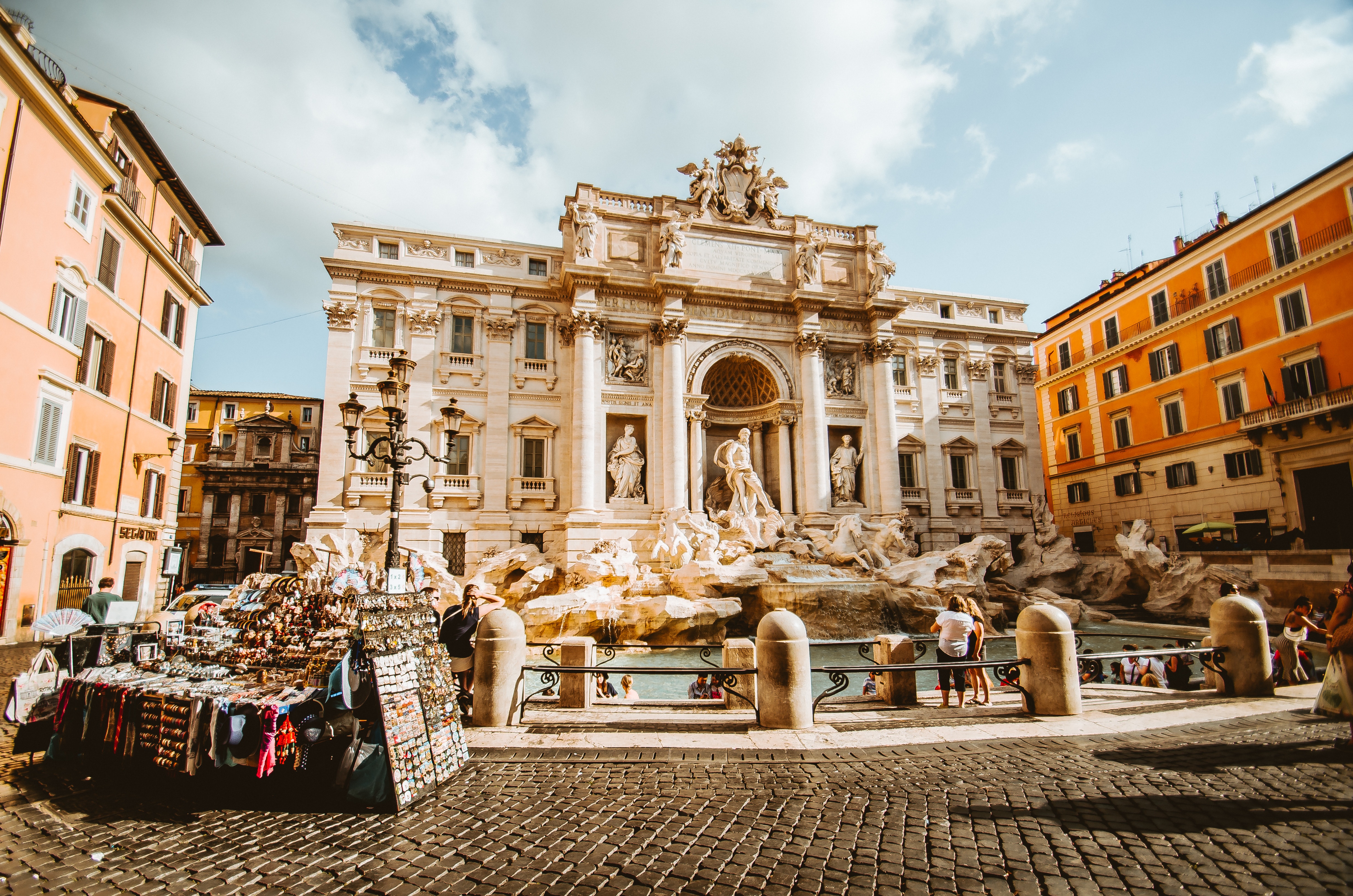


About Monte-Carlo
On one of the best stretches of the Mediterranean, this classic luxury destination is one of the most sought-after addresses in the world. With all the high-rise towers you have to look hard to find the Belle Époque grace of yesteryear. But if you head to the town's great 1864 landmark Hôtel de Paris—still a veritable crossroads of the buffed and befurred Euro-gentry—or enjoy a grand bouffe at its famous Louis XV restaurant, or attend the opera, or visit the ballrooms of the casino, you may still be able to conjure up Monaco's elegant past. Prince Albert II, a political science graduate from Amherst College, traces his ancestry to Otto Canella, who was born in 1070. The Grimaldi dynasty began with Otto's great-great-great-grandson, Francesco Grimaldi, also known as Frank the Rogue. Expelled from Genoa, Frank and his cronies disguised themselves as monks and in 1297 seized the fortified medieval town known today as Le Rocher (the Rock). Except for a short break under Napoléon, the Grimaldis have been here ever since, which makes them the oldest reigning family in Europe. In the 1850s a Grimaldi named Charles III made a decision that turned the Rock into a giant blue chip. Needing revenue but not wanting to impose additional taxes on his subjects, he contracted with a company to open a gambling facility. The first spin of the roulette wheel was on December 14, 1856. There was no easy way to reach Monaco then—no carriage roads or railroads—so no one came. Between March 15 and March 20, 1857, one person entered the casino—and won two francs. In 1868, however, the railroad reached Monaco, and it was filled with Englishmen who came to escape the London fog. The effects were immediate. Profits were so great that Charles eventually abolished all direct taxes. Almost overnight, a threadbare principality became an elegant watering hole for European society. Dukes (and their mistresses) and duchesses (and their gigolos) danced and dined their way through a world of spinning roulette wheels and bubbling champagne—preening themselves for nights at the opera, where such artists as Vaslav Nijinsky, Sarah Bernhardt, and Enrico Caruso came to perform. Along with the tax system, its sensational position on a broad, steep peninsula that bulges into the Mediterranean—its harbor sparkling with luxury cruisers, its posh mansions angling awnings toward the nearly perpetual sun—continues to draw the rich and famous. One of the latest French celebrities to declare himself "Monégasque," thus giving up his French passport, is superchef Alain Ducasse, who said that he made the choice out of affection for Monaco rather than tax reasons. Pleasure boats vie with luxury cruisers in their brash beauty and Titanic scale, and teams of handsome young men—themselves dyed blond and tanned to match—scour and polish every gleaming surface. As you might expect, all this glitz doesn't come cheap. Eating is expensive, and even the most modest hotels cost more here than in nearby Nice or Menton. As for taxis, they don't even have meters so you are completely at the driver's mercy (with prices skyrocketing during events such as the Grand Prix). For the frugal, Monaco is the ultimate day-trip, although parking is as coveted as a room with a view. At the very least you can afford a coffee at Starbucks. The harbor district, known as La Condamine, connects the new quarter, officially known as Monte Carlo with Monaco-Ville (or Le Rocher), a medieval town on the Rock, topped by the palace, the cathedral, and the Oceanography Museum. Have no fear that you'll need to climb countless steps to get to Monaco-Ville, as there are plenty of elevators and escalators climbing the steep cliffs. But shuttling between the lovely casino grounds of Monte Carlo and Old Monaco, separated by a vast port, is a daunting proposition for ordinary mortals without wings, so hop on the No. 1 bus from Saint Roman, or No. 2 from the Jardin Exotique - Both stop at Place du Casino and come up to Monaco Ville.
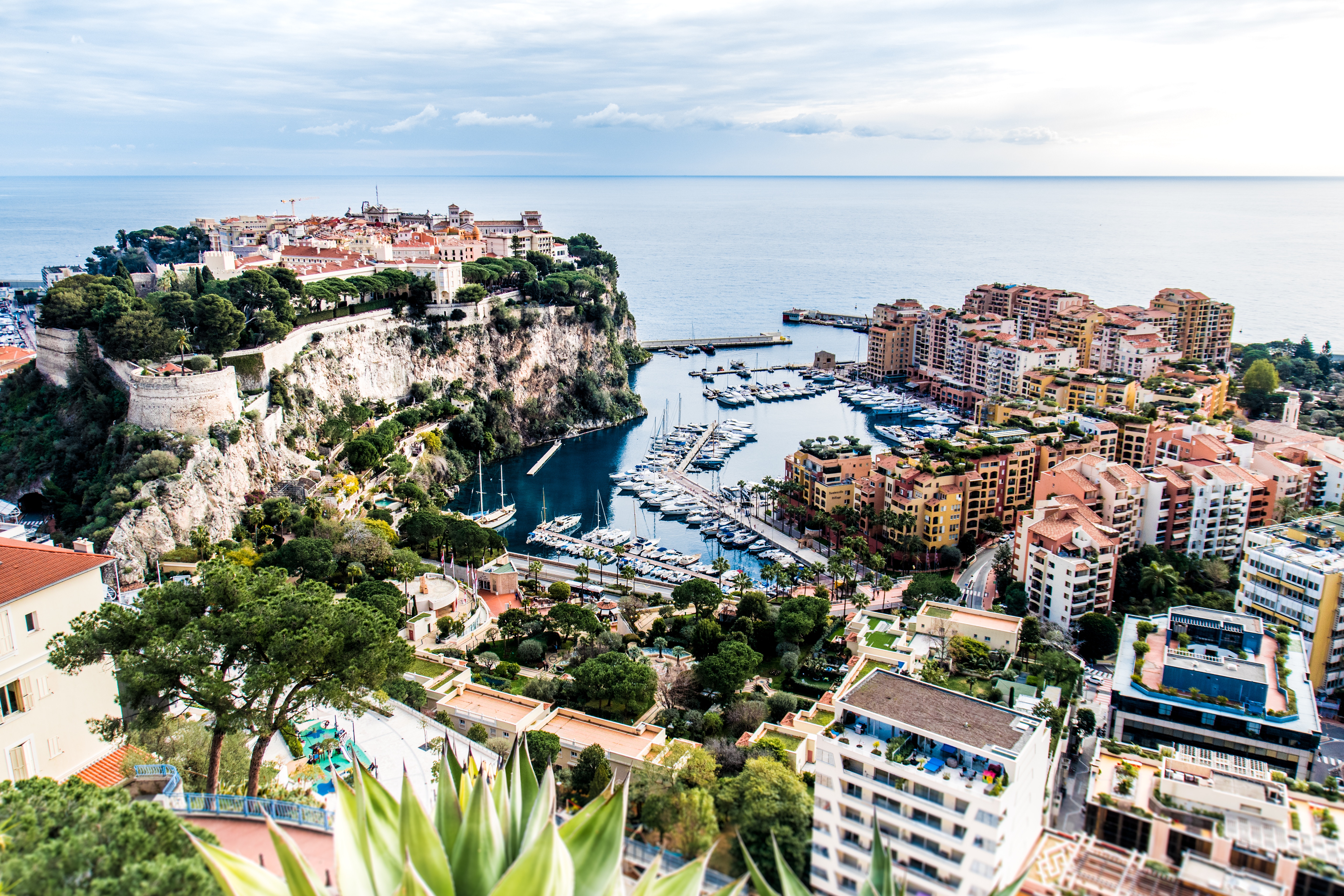
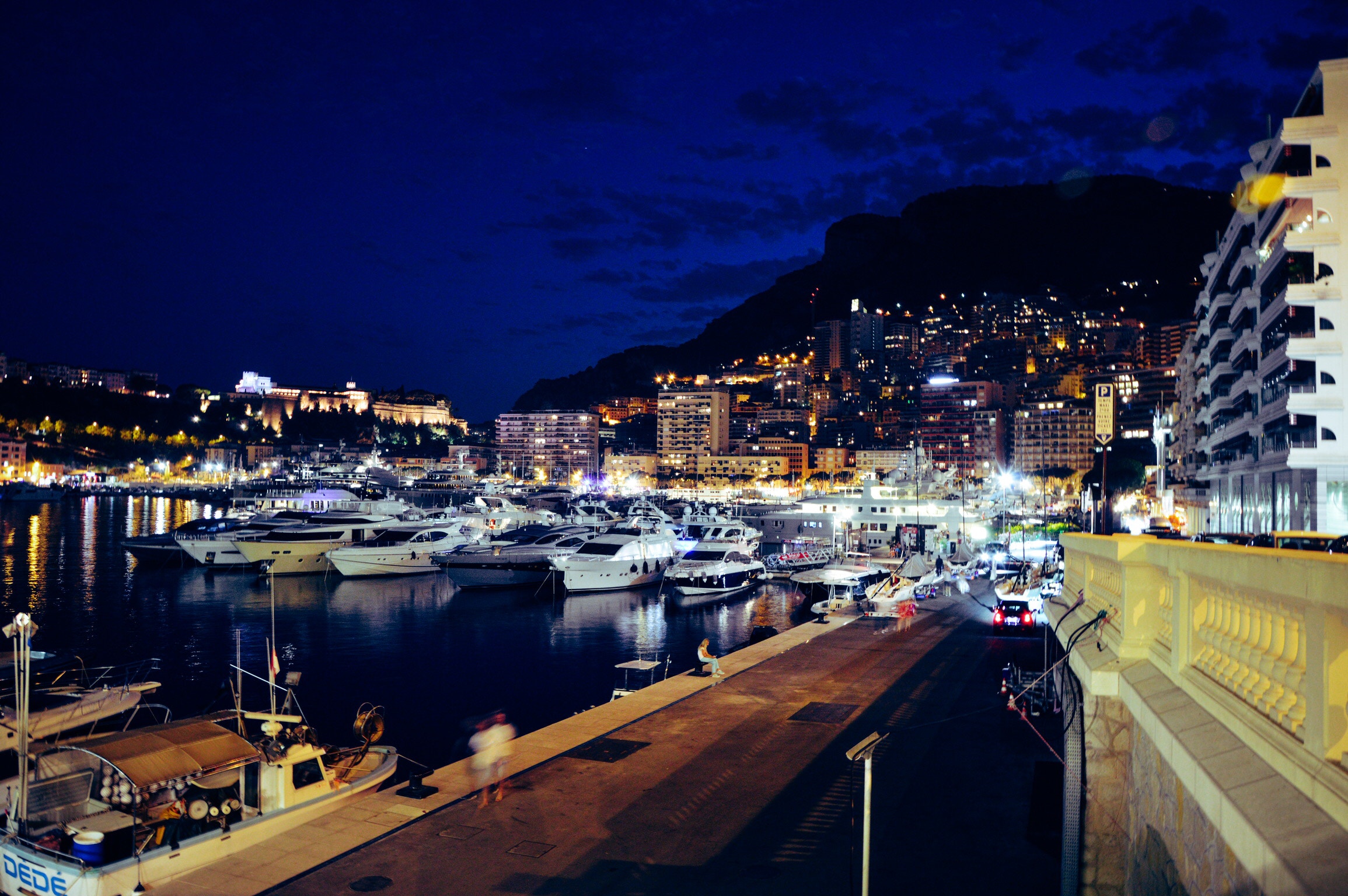
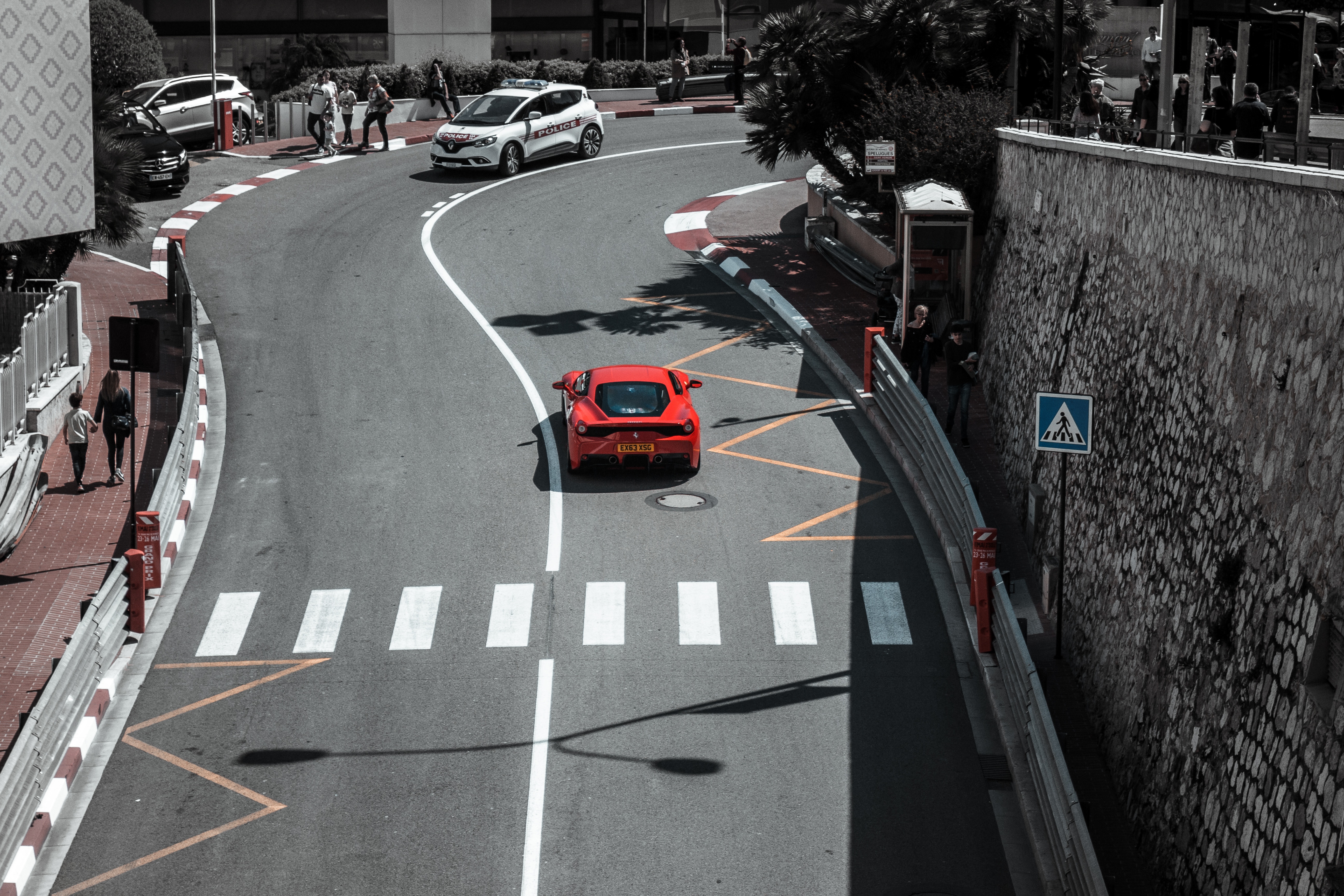
About Monte-Carlo
On one of the best stretches of the Mediterranean, this classic luxury destination is one of the most sought-after addresses in the world. With all the high-rise towers you have to look hard to find the Belle Époque grace of yesteryear. But if you head to the town's great 1864 landmark Hôtel de Paris—still a veritable crossroads of the buffed and befurred Euro-gentry—or enjoy a grand bouffe at its famous Louis XV restaurant, or attend the opera, or visit the ballrooms of the casino, you may still be able to conjure up Monaco's elegant past. Prince Albert II, a political science graduate from Amherst College, traces his ancestry to Otto Canella, who was born in 1070. The Grimaldi dynasty began with Otto's great-great-great-grandson, Francesco Grimaldi, also known as Frank the Rogue. Expelled from Genoa, Frank and his cronies disguised themselves as monks and in 1297 seized the fortified medieval town known today as Le Rocher (the Rock). Except for a short break under Napoléon, the Grimaldis have been here ever since, which makes them the oldest reigning family in Europe. In the 1850s a Grimaldi named Charles III made a decision that turned the Rock into a giant blue chip. Needing revenue but not wanting to impose additional taxes on his subjects, he contracted with a company to open a gambling facility. The first spin of the roulette wheel was on December 14, 1856. There was no easy way to reach Monaco then—no carriage roads or railroads—so no one came. Between March 15 and March 20, 1857, one person entered the casino—and won two francs. In 1868, however, the railroad reached Monaco, and it was filled with Englishmen who came to escape the London fog. The effects were immediate. Profits were so great that Charles eventually abolished all direct taxes. Almost overnight, a threadbare principality became an elegant watering hole for European society. Dukes (and their mistresses) and duchesses (and their gigolos) danced and dined their way through a world of spinning roulette wheels and bubbling champagne—preening themselves for nights at the opera, where such artists as Vaslav Nijinsky, Sarah Bernhardt, and Enrico Caruso came to perform. Along with the tax system, its sensational position on a broad, steep peninsula that bulges into the Mediterranean—its harbor sparkling with luxury cruisers, its posh mansions angling awnings toward the nearly perpetual sun—continues to draw the rich and famous. One of the latest French celebrities to declare himself "Monégasque," thus giving up his French passport, is superchef Alain Ducasse, who said that he made the choice out of affection for Monaco rather than tax reasons. Pleasure boats vie with luxury cruisers in their brash beauty and Titanic scale, and teams of handsome young men—themselves dyed blond and tanned to match—scour and polish every gleaming surface. As you might expect, all this glitz doesn't come cheap. Eating is expensive, and even the most modest hotels cost more here than in nearby Nice or Menton. As for taxis, they don't even have meters so you are completely at the driver's mercy (with prices skyrocketing during events such as the Grand Prix). For the frugal, Monaco is the ultimate day-trip, although parking is as coveted as a room with a view. At the very least you can afford a coffee at Starbucks. The harbor district, known as La Condamine, connects the new quarter, officially known as Monte Carlo with Monaco-Ville (or Le Rocher), a medieval town on the Rock, topped by the palace, the cathedral, and the Oceanography Museum. Have no fear that you'll need to climb countless steps to get to Monaco-Ville, as there are plenty of elevators and escalators climbing the steep cliffs. But shuttling between the lovely casino grounds of Monte Carlo and Old Monaco, separated by a vast port, is a daunting proposition for ordinary mortals without wings, so hop on the No. 1 bus from Saint Roman, or No. 2 from the Jardin Exotique - Both stop at Place du Casino and come up to Monaco Ville.



About Monte-Carlo
On one of the best stretches of the Mediterranean, this classic luxury destination is one of the most sought-after addresses in the world. With all the high-rise towers you have to look hard to find the Belle Époque grace of yesteryear. But if you head to the town's great 1864 landmark Hôtel de Paris—still a veritable crossroads of the buffed and befurred Euro-gentry—or enjoy a grand bouffe at its famous Louis XV restaurant, or attend the opera, or visit the ballrooms of the casino, you may still be able to conjure up Monaco's elegant past. Prince Albert II, a political science graduate from Amherst College, traces his ancestry to Otto Canella, who was born in 1070. The Grimaldi dynasty began with Otto's great-great-great-grandson, Francesco Grimaldi, also known as Frank the Rogue. Expelled from Genoa, Frank and his cronies disguised themselves as monks and in 1297 seized the fortified medieval town known today as Le Rocher (the Rock). Except for a short break under Napoléon, the Grimaldis have been here ever since, which makes them the oldest reigning family in Europe. In the 1850s a Grimaldi named Charles III made a decision that turned the Rock into a giant blue chip. Needing revenue but not wanting to impose additional taxes on his subjects, he contracted with a company to open a gambling facility. The first spin of the roulette wheel was on December 14, 1856. There was no easy way to reach Monaco then—no carriage roads or railroads—so no one came. Between March 15 and March 20, 1857, one person entered the casino—and won two francs. In 1868, however, the railroad reached Monaco, and it was filled with Englishmen who came to escape the London fog. The effects were immediate. Profits were so great that Charles eventually abolished all direct taxes. Almost overnight, a threadbare principality became an elegant watering hole for European society. Dukes (and their mistresses) and duchesses (and their gigolos) danced and dined their way through a world of spinning roulette wheels and bubbling champagne—preening themselves for nights at the opera, where such artists as Vaslav Nijinsky, Sarah Bernhardt, and Enrico Caruso came to perform. Along with the tax system, its sensational position on a broad, steep peninsula that bulges into the Mediterranean—its harbor sparkling with luxury cruisers, its posh mansions angling awnings toward the nearly perpetual sun—continues to draw the rich and famous. One of the latest French celebrities to declare himself "Monégasque," thus giving up his French passport, is superchef Alain Ducasse, who said that he made the choice out of affection for Monaco rather than tax reasons. Pleasure boats vie with luxury cruisers in their brash beauty and Titanic scale, and teams of handsome young men—themselves dyed blond and tanned to match—scour and polish every gleaming surface. As you might expect, all this glitz doesn't come cheap. Eating is expensive, and even the most modest hotels cost more here than in nearby Nice or Menton. As for taxis, they don't even have meters so you are completely at the driver's mercy (with prices skyrocketing during events such as the Grand Prix). For the frugal, Monaco is the ultimate day-trip, although parking is as coveted as a room with a view. At the very least you can afford a coffee at Starbucks. The harbor district, known as La Condamine, connects the new quarter, officially known as Monte Carlo with Monaco-Ville (or Le Rocher), a medieval town on the Rock, topped by the palace, the cathedral, and the Oceanography Museum. Have no fear that you'll need to climb countless steps to get to Monaco-Ville, as there are plenty of elevators and escalators climbing the steep cliffs. But shuttling between the lovely casino grounds of Monte Carlo and Old Monaco, separated by a vast port, is a daunting proposition for ordinary mortals without wings, so hop on the No. 1 bus from Saint Roman, or No. 2 from the Jardin Exotique - Both stop at Place du Casino and come up to Monaco Ville.



About Monte-Carlo
On one of the best stretches of the Mediterranean, this classic luxury destination is one of the most sought-after addresses in the world. With all the high-rise towers you have to look hard to find the Belle Époque grace of yesteryear. But if you head to the town's great 1864 landmark Hôtel de Paris—still a veritable crossroads of the buffed and befurred Euro-gentry—or enjoy a grand bouffe at its famous Louis XV restaurant, or attend the opera, or visit the ballrooms of the casino, you may still be able to conjure up Monaco's elegant past. Prince Albert II, a political science graduate from Amherst College, traces his ancestry to Otto Canella, who was born in 1070. The Grimaldi dynasty began with Otto's great-great-great-grandson, Francesco Grimaldi, also known as Frank the Rogue. Expelled from Genoa, Frank and his cronies disguised themselves as monks and in 1297 seized the fortified medieval town known today as Le Rocher (the Rock). Except for a short break under Napoléon, the Grimaldis have been here ever since, which makes them the oldest reigning family in Europe. In the 1850s a Grimaldi named Charles III made a decision that turned the Rock into a giant blue chip. Needing revenue but not wanting to impose additional taxes on his subjects, he contracted with a company to open a gambling facility. The first spin of the roulette wheel was on December 14, 1856. There was no easy way to reach Monaco then—no carriage roads or railroads—so no one came. Between March 15 and March 20, 1857, one person entered the casino—and won two francs. In 1868, however, the railroad reached Monaco, and it was filled with Englishmen who came to escape the London fog. The effects were immediate. Profits were so great that Charles eventually abolished all direct taxes. Almost overnight, a threadbare principality became an elegant watering hole for European society. Dukes (and their mistresses) and duchesses (and their gigolos) danced and dined their way through a world of spinning roulette wheels and bubbling champagne—preening themselves for nights at the opera, where such artists as Vaslav Nijinsky, Sarah Bernhardt, and Enrico Caruso came to perform. Along with the tax system, its sensational position on a broad, steep peninsula that bulges into the Mediterranean—its harbor sparkling with luxury cruisers, its posh mansions angling awnings toward the nearly perpetual sun—continues to draw the rich and famous. One of the latest French celebrities to declare himself "Monégasque," thus giving up his French passport, is superchef Alain Ducasse, who said that he made the choice out of affection for Monaco rather than tax reasons. Pleasure boats vie with luxury cruisers in their brash beauty and Titanic scale, and teams of handsome young men—themselves dyed blond and tanned to match—scour and polish every gleaming surface. As you might expect, all this glitz doesn't come cheap. Eating is expensive, and even the most modest hotels cost more here than in nearby Nice or Menton. As for taxis, they don't even have meters so you are completely at the driver's mercy (with prices skyrocketing during events such as the Grand Prix). For the frugal, Monaco is the ultimate day-trip, although parking is as coveted as a room with a view. At the very least you can afford a coffee at Starbucks. The harbor district, known as La Condamine, connects the new quarter, officially known as Monte Carlo with Monaco-Ville (or Le Rocher), a medieval town on the Rock, topped by the palace, the cathedral, and the Oceanography Museum. Have no fear that you'll need to climb countless steps to get to Monaco-Ville, as there are plenty of elevators and escalators climbing the steep cliffs. But shuttling between the lovely casino grounds of Monte Carlo and Old Monaco, separated by a vast port, is a daunting proposition for ordinary mortals without wings, so hop on the No. 1 bus from Saint Roman, or No. 2 from the Jardin Exotique - Both stop at Place du Casino and come up to Monaco Ville.



About Monte-Carlo
On one of the best stretches of the Mediterranean, this classic luxury destination is one of the most sought-after addresses in the world. With all the high-rise towers you have to look hard to find the Belle Époque grace of yesteryear. But if you head to the town's great 1864 landmark Hôtel de Paris—still a veritable crossroads of the buffed and befurred Euro-gentry—or enjoy a grand bouffe at its famous Louis XV restaurant, or attend the opera, or visit the ballrooms of the casino, you may still be able to conjure up Monaco's elegant past. Prince Albert II, a political science graduate from Amherst College, traces his ancestry to Otto Canella, who was born in 1070. The Grimaldi dynasty began with Otto's great-great-great-grandson, Francesco Grimaldi, also known as Frank the Rogue. Expelled from Genoa, Frank and his cronies disguised themselves as monks and in 1297 seized the fortified medieval town known today as Le Rocher (the Rock). Except for a short break under Napoléon, the Grimaldis have been here ever since, which makes them the oldest reigning family in Europe. In the 1850s a Grimaldi named Charles III made a decision that turned the Rock into a giant blue chip. Needing revenue but not wanting to impose additional taxes on his subjects, he contracted with a company to open a gambling facility. The first spin of the roulette wheel was on December 14, 1856. There was no easy way to reach Monaco then—no carriage roads or railroads—so no one came. Between March 15 and March 20, 1857, one person entered the casino—and won two francs. In 1868, however, the railroad reached Monaco, and it was filled with Englishmen who came to escape the London fog. The effects were immediate. Profits were so great that Charles eventually abolished all direct taxes. Almost overnight, a threadbare principality became an elegant watering hole for European society. Dukes (and their mistresses) and duchesses (and their gigolos) danced and dined their way through a world of spinning roulette wheels and bubbling champagne—preening themselves for nights at the opera, where such artists as Vaslav Nijinsky, Sarah Bernhardt, and Enrico Caruso came to perform. Along with the tax system, its sensational position on a broad, steep peninsula that bulges into the Mediterranean—its harbor sparkling with luxury cruisers, its posh mansions angling awnings toward the nearly perpetual sun—continues to draw the rich and famous. One of the latest French celebrities to declare himself "Monégasque," thus giving up his French passport, is superchef Alain Ducasse, who said that he made the choice out of affection for Monaco rather than tax reasons. Pleasure boats vie with luxury cruisers in their brash beauty and Titanic scale, and teams of handsome young men—themselves dyed blond and tanned to match—scour and polish every gleaming surface. As you might expect, all this glitz doesn't come cheap. Eating is expensive, and even the most modest hotels cost more here than in nearby Nice or Menton. As for taxis, they don't even have meters so you are completely at the driver's mercy (with prices skyrocketing during events such as the Grand Prix). For the frugal, Monaco is the ultimate day-trip, although parking is as coveted as a room with a view. At the very least you can afford a coffee at Starbucks. The harbor district, known as La Condamine, connects the new quarter, officially known as Monte Carlo with Monaco-Ville (or Le Rocher), a medieval town on the Rock, topped by the palace, the cathedral, and the Oceanography Museum. Have no fear that you'll need to climb countless steps to get to Monaco-Ville, as there are plenty of elevators and escalators climbing the steep cliffs. But shuttling between the lovely casino grounds of Monte Carlo and Old Monaco, separated by a vast port, is a daunting proposition for ordinary mortals without wings, so hop on the No. 1 bus from Saint Roman, or No. 2 from the Jardin Exotique - Both stop at Place du Casino and come up to Monaco Ville.



About Monte-Carlo
On one of the best stretches of the Mediterranean, this classic luxury destination is one of the most sought-after addresses in the world. With all the high-rise towers you have to look hard to find the Belle Époque grace of yesteryear. But if you head to the town's great 1864 landmark Hôtel de Paris—still a veritable crossroads of the buffed and befurred Euro-gentry—or enjoy a grand bouffe at its famous Louis XV restaurant, or attend the opera, or visit the ballrooms of the casino, you may still be able to conjure up Monaco's elegant past. Prince Albert II, a political science graduate from Amherst College, traces his ancestry to Otto Canella, who was born in 1070. The Grimaldi dynasty began with Otto's great-great-great-grandson, Francesco Grimaldi, also known as Frank the Rogue. Expelled from Genoa, Frank and his cronies disguised themselves as monks and in 1297 seized the fortified medieval town known today as Le Rocher (the Rock). Except for a short break under Napoléon, the Grimaldis have been here ever since, which makes them the oldest reigning family in Europe. In the 1850s a Grimaldi named Charles III made a decision that turned the Rock into a giant blue chip. Needing revenue but not wanting to impose additional taxes on his subjects, he contracted with a company to open a gambling facility. The first spin of the roulette wheel was on December 14, 1856. There was no easy way to reach Monaco then—no carriage roads or railroads—so no one came. Between March 15 and March 20, 1857, one person entered the casino—and won two francs. In 1868, however, the railroad reached Monaco, and it was filled with Englishmen who came to escape the London fog. The effects were immediate. Profits were so great that Charles eventually abolished all direct taxes. Almost overnight, a threadbare principality became an elegant watering hole for European society. Dukes (and their mistresses) and duchesses (and their gigolos) danced and dined their way through a world of spinning roulette wheels and bubbling champagne—preening themselves for nights at the opera, where such artists as Vaslav Nijinsky, Sarah Bernhardt, and Enrico Caruso came to perform. Along with the tax system, its sensational position on a broad, steep peninsula that bulges into the Mediterranean—its harbor sparkling with luxury cruisers, its posh mansions angling awnings toward the nearly perpetual sun—continues to draw the rich and famous. One of the latest French celebrities to declare himself "Monégasque," thus giving up his French passport, is superchef Alain Ducasse, who said that he made the choice out of affection for Monaco rather than tax reasons. Pleasure boats vie with luxury cruisers in their brash beauty and Titanic scale, and teams of handsome young men—themselves dyed blond and tanned to match—scour and polish every gleaming surface. As you might expect, all this glitz doesn't come cheap. Eating is expensive, and even the most modest hotels cost more here than in nearby Nice or Menton. As for taxis, they don't even have meters so you are completely at the driver's mercy (with prices skyrocketing during events such as the Grand Prix). For the frugal, Monaco is the ultimate day-trip, although parking is as coveted as a room with a view. At the very least you can afford a coffee at Starbucks. The harbor district, known as La Condamine, connects the new quarter, officially known as Monte Carlo with Monaco-Ville (or Le Rocher), a medieval town on the Rock, topped by the palace, the cathedral, and the Oceanography Museum. Have no fear that you'll need to climb countless steps to get to Monaco-Ville, as there are plenty of elevators and escalators climbing the steep cliffs. But shuttling between the lovely casino grounds of Monte Carlo and Old Monaco, separated by a vast port, is a daunting proposition for ordinary mortals without wings, so hop on the No. 1 bus from Saint Roman, or No. 2 from the Jardin Exotique - Both stop at Place du Casino and come up to Monaco Ville.



About Civitavecchia
Italy's vibrant capital lives in the present, but no other city on earth evokes its past so powerfully. For over 2,500 years, emperors, popes, artists, and common citizens have left their mark here. Archaeological remains from ancient Rome, art-stuffed churches, and the treasures of Vatican City vie for your attention, but Rome is also a wonderful place to practice the Italian-perfected il dolce far niente, the sweet art of idleness. Your most memorable experiences may include sitting at a caffè in the Campo de' Fiori or strolling in a beguiling piazza.








About Sorrento
Sorrento may have become a jumping-off point for visitors to Pompeii, Capri, and Amalfi, but you can find countless reasons to love it for itself. The Sorrentine people are fair-minded and hardworking, bubbling with life and warmth. The tuff cliff on which the town rests is spread over the bay, absorbing sunlight, while orange and lemon trees waft their perfume in spring. Winding along a cliff above a small beach and two harbors, the town is split in two by a narrow ravine formed by a former mountain stream. To the east, dozens of hotels line busy Via Correale along the cliff—many have "grand" included in their names, and some indeed still are. To the west, however, is the historic sector, which still enchants. It's a relatively flat area, with winding, stone-paved lanes bordered by balconied buildings, some joined by medieval stone arches. The central piazza is named after the poet Torquato Tasso, born here in 1544. This part of town is a delightful place to walk through. Craftspeople are often at work in their stalls and shops and are happy to let you watch; in fact, that's the point. Music spots and bars cluster in the side streets near Piazza Tasso.
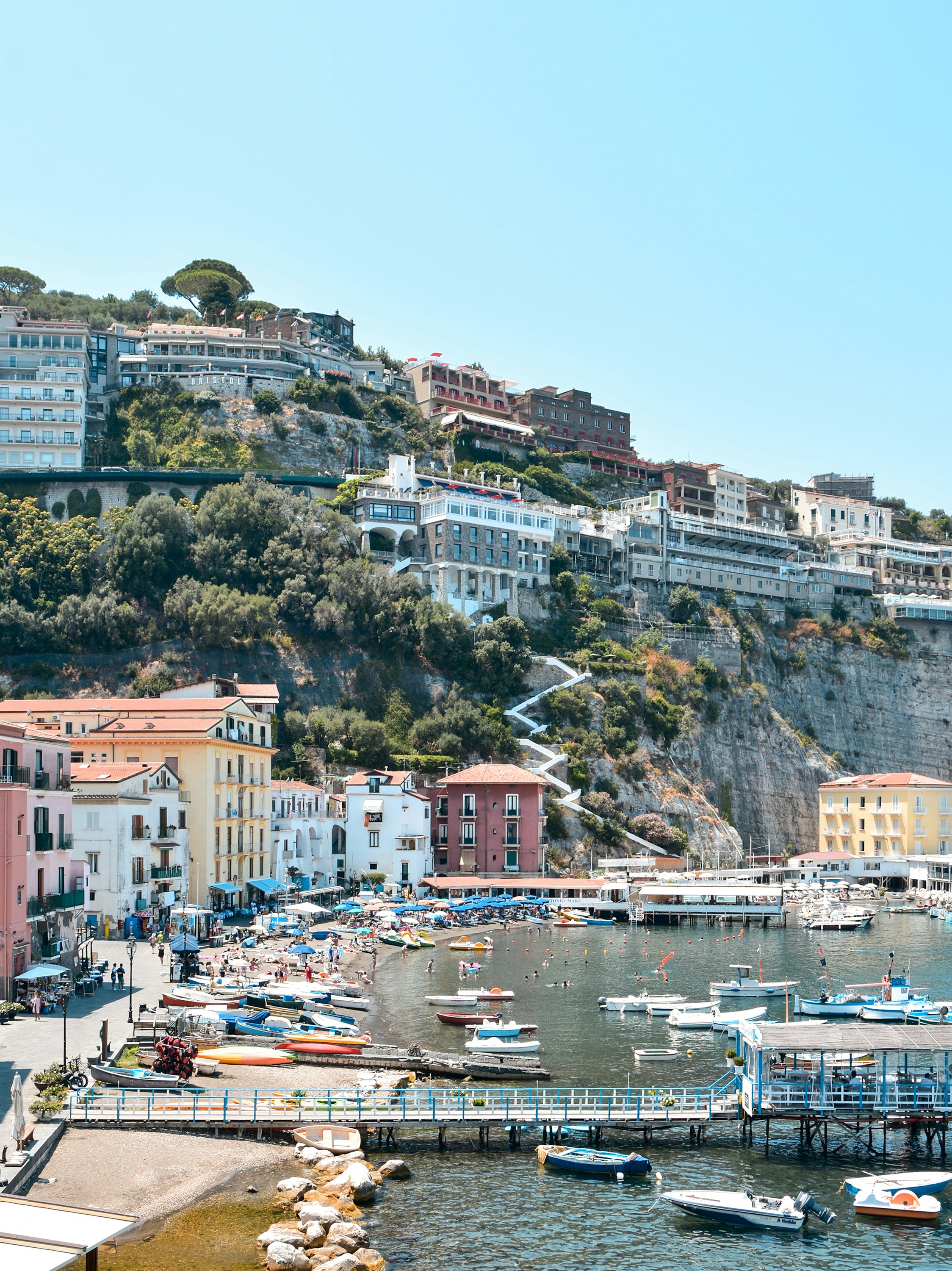
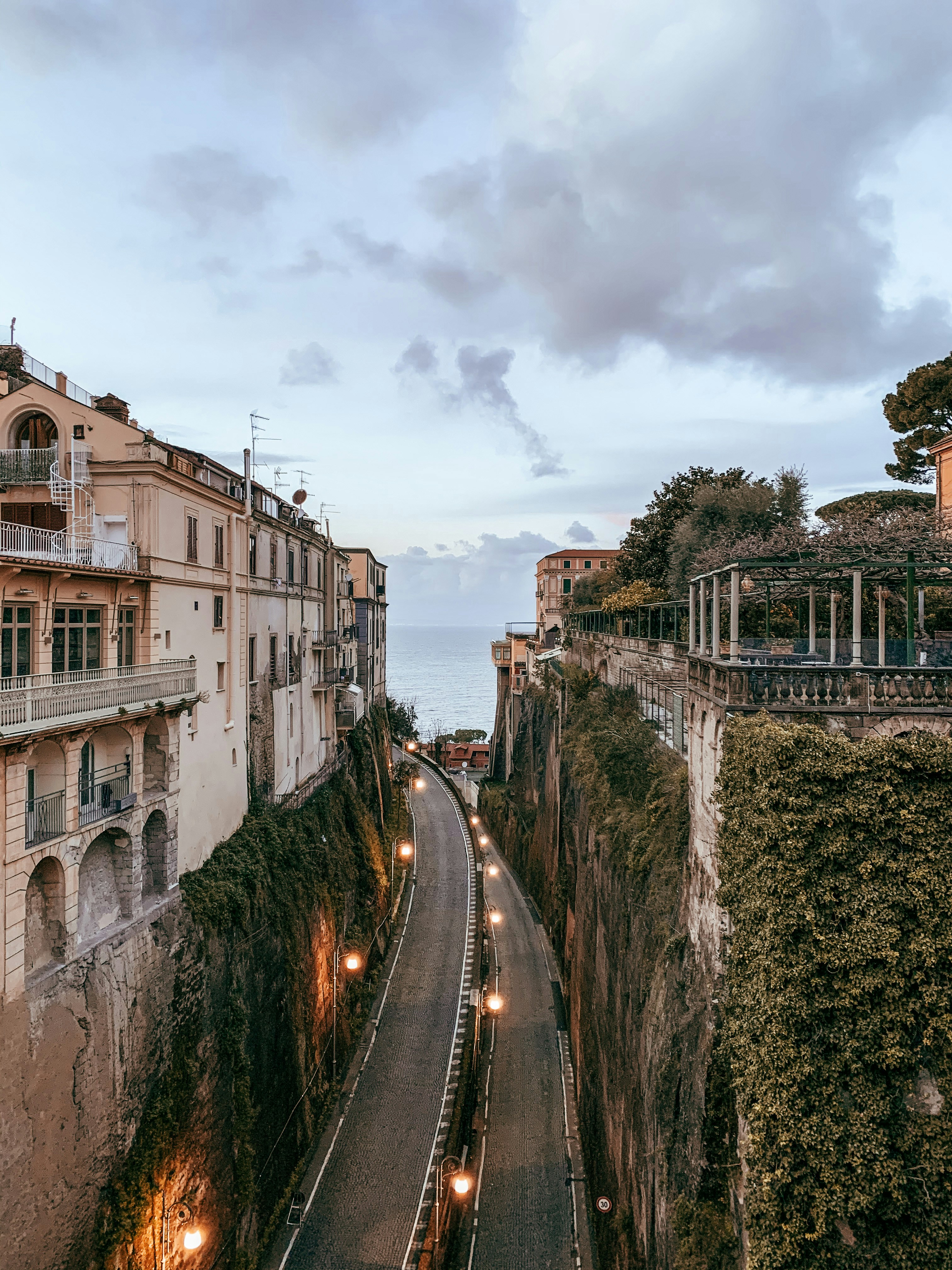
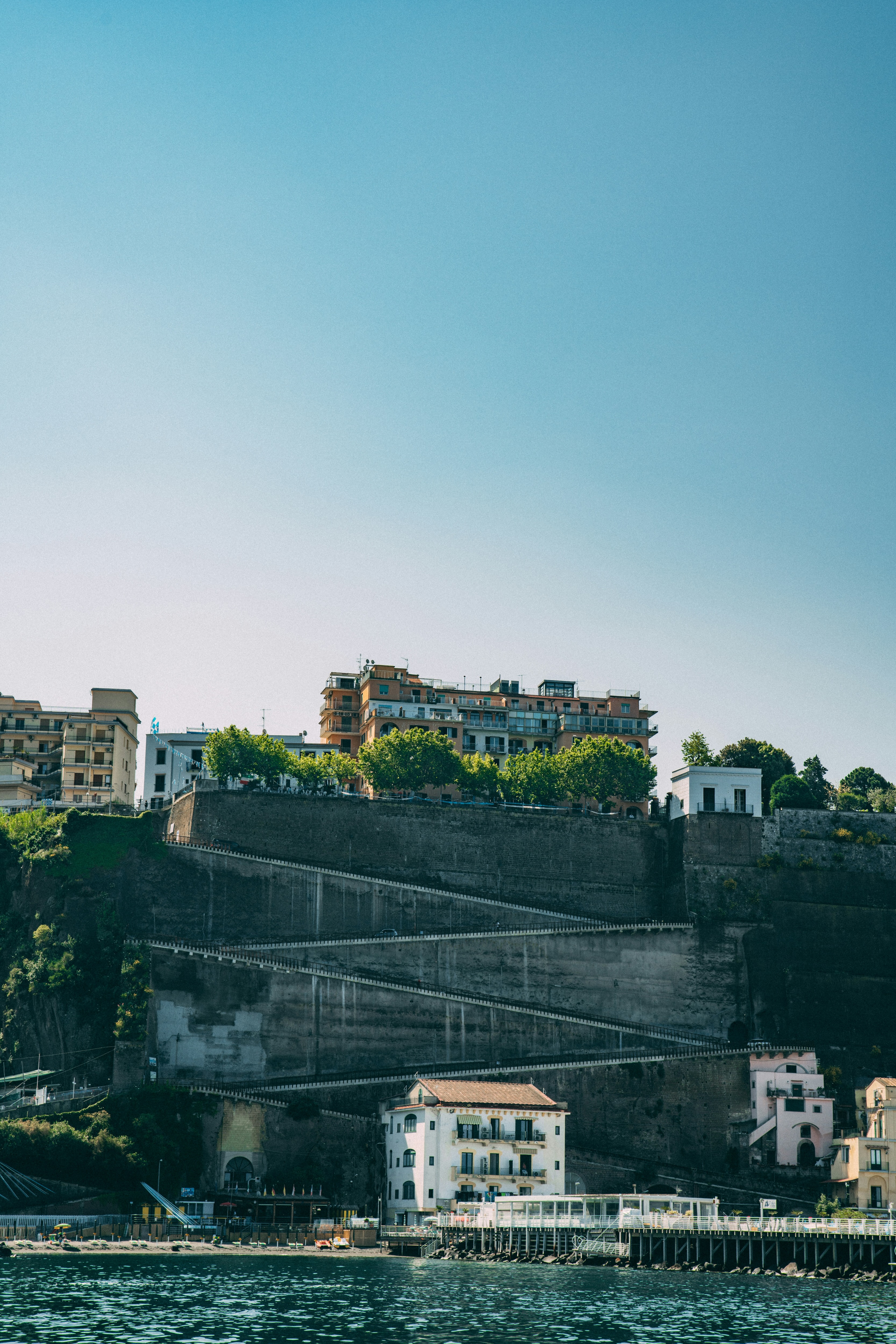
About Taormina
The medieval cliff-hanging town of Taormina is overrun with tourists, yet its natural beauty is still hard to dispute. The view of the sea and Mt. Etna from its jagged cactus-covered cliffs is as close to perfection as a panorama can get—especially on clear days, when the snowcapped volcano's white puffs of smoke rise against the blue sky. Writers have extolled Taormina's beauty almost since it was founded in the 6th century BC by Greeks from nearby Naxos; Goethe and D. H. Lawrence were among its well-known enthusiasts. The town's boutique-lined main streets get old pretty quickly, but the many hiking paths that wind through the beautiful hills surrounding Taormina promise a timeless alternative. A trip up to stunning Castelmola (whether on foot or by car) should also be on your itinerary.
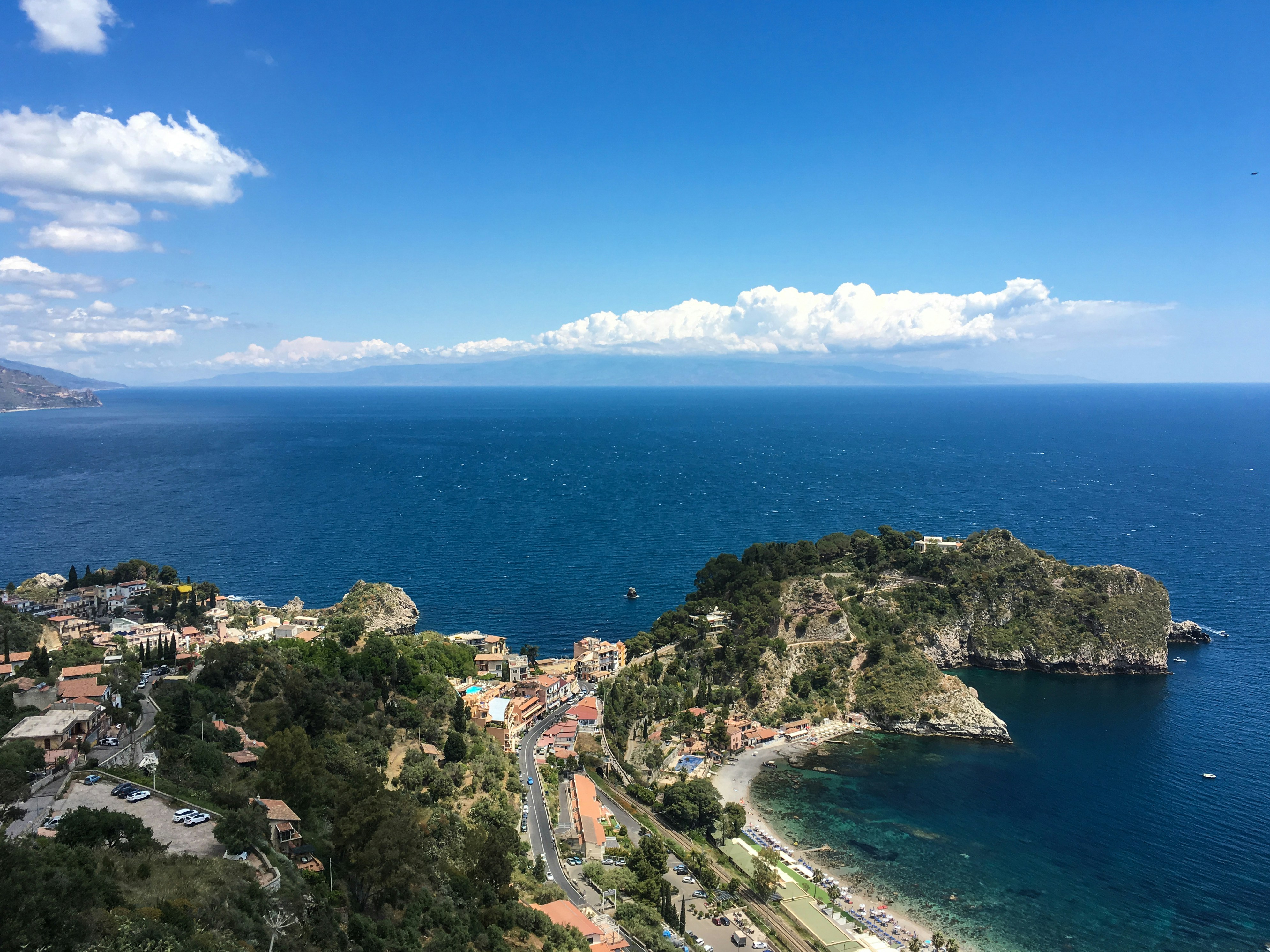
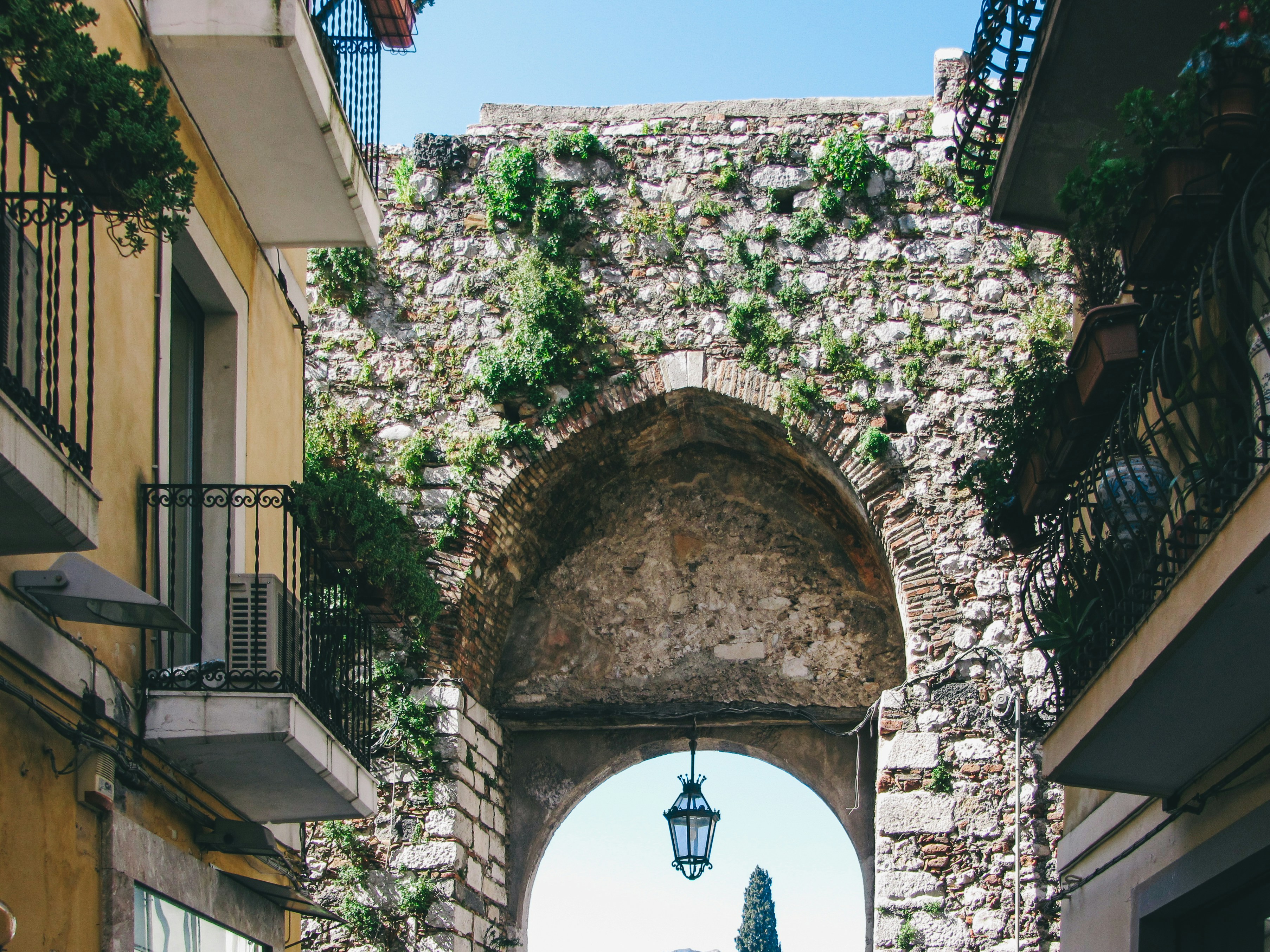
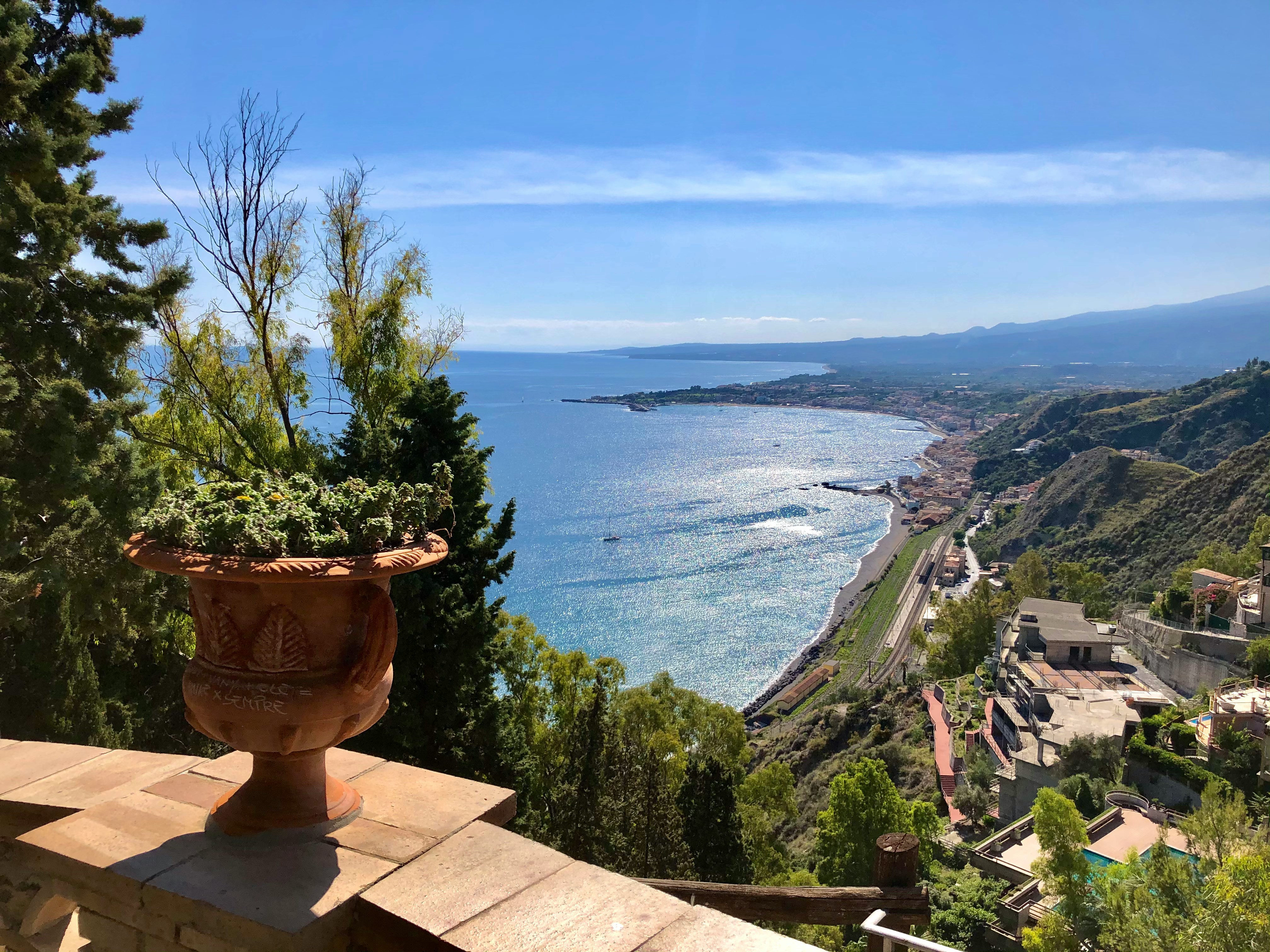
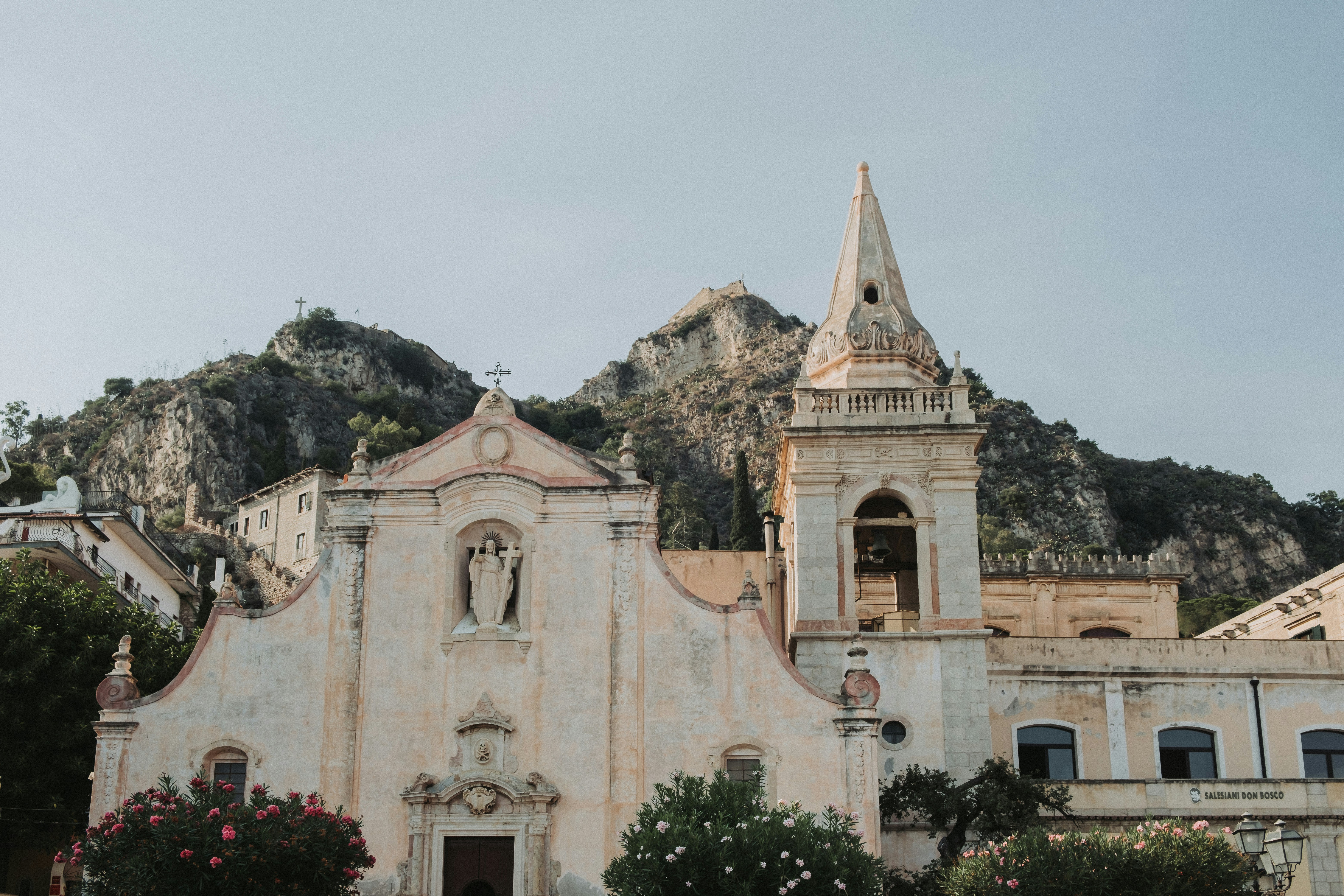
About Valletta
Malta's capital, the minicity of Valletta, has ornate palaces and museums protected by massive fortifications of honey-color limestone. Houses along the narrow streets have overhanging wooden balconies for people-watching from indoors. Generations ago they gave housebound women a window on the world of the street. The main entrance to town is through the City Gate (where all bus routes end), which leads onto Triq Repubblika (Republic Street), the spine of the grid-pattern city and the main shopping street. Triq Mercante (Merchant Street) parallels Repubblika to the east and is also good for strolling. From these two streets, cross streets descend toward the water; some are stepped. Valletta's compactness makes it ideal to explore on foot. City Gate and the upper part of Valletta are experiencing vast redevelopment that includes a new Parliament Building and open-air performance venue. The complex, completed mid-2013, has numerous pedestrian detours in place along with building noise and dust. Before setting out along Republic Street, stop at the tourist information office on Merchant Street for maps and brochures.
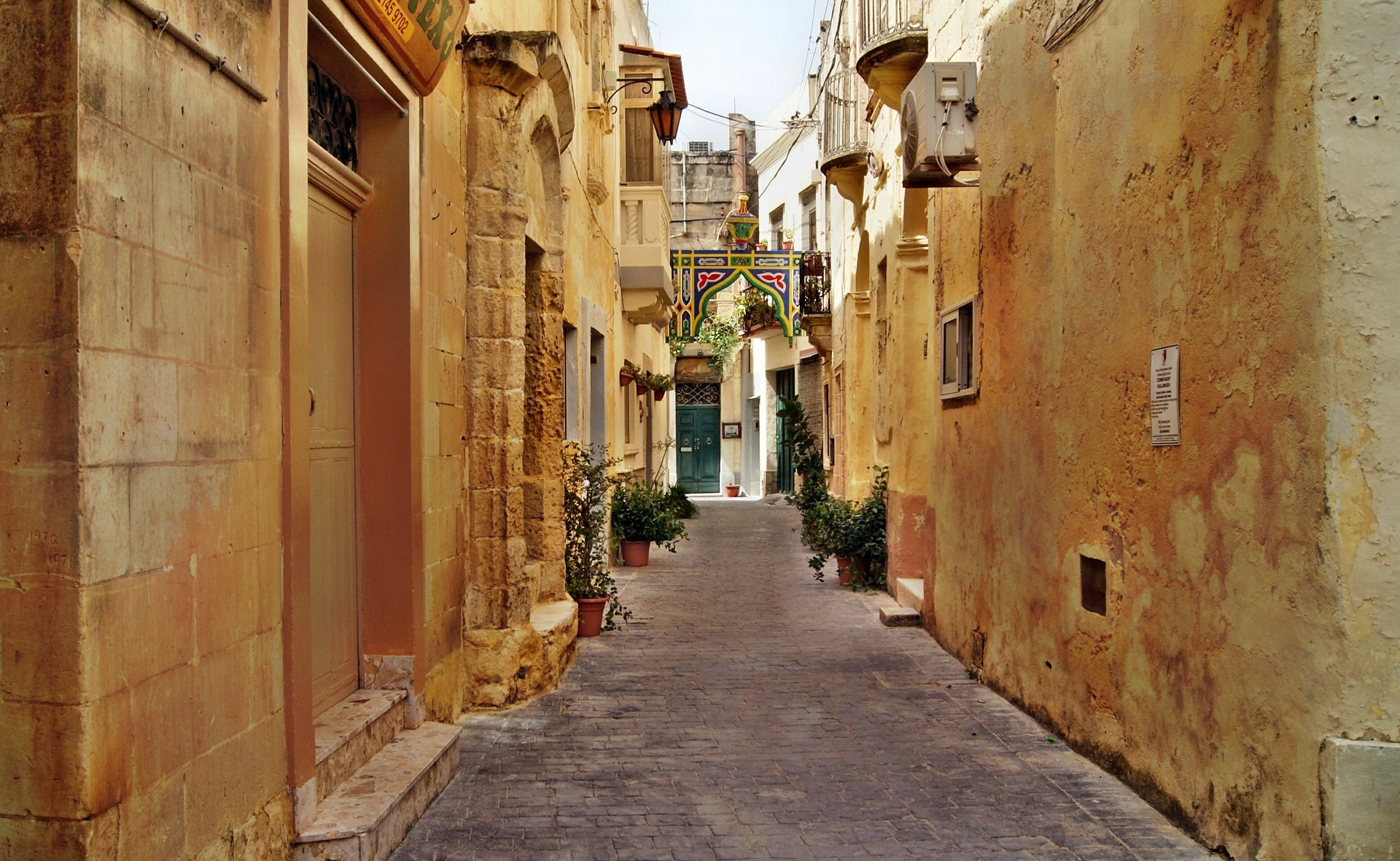
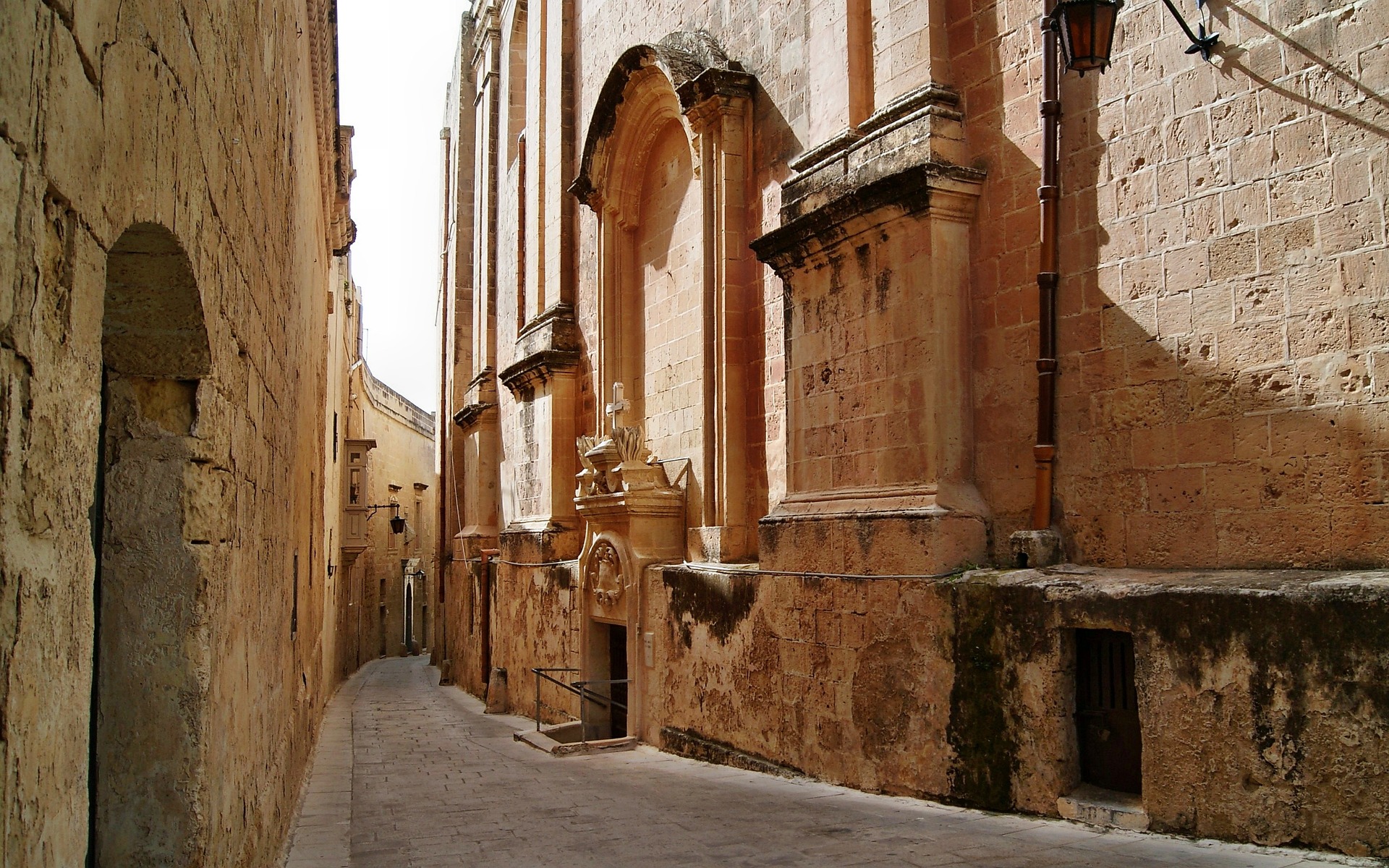
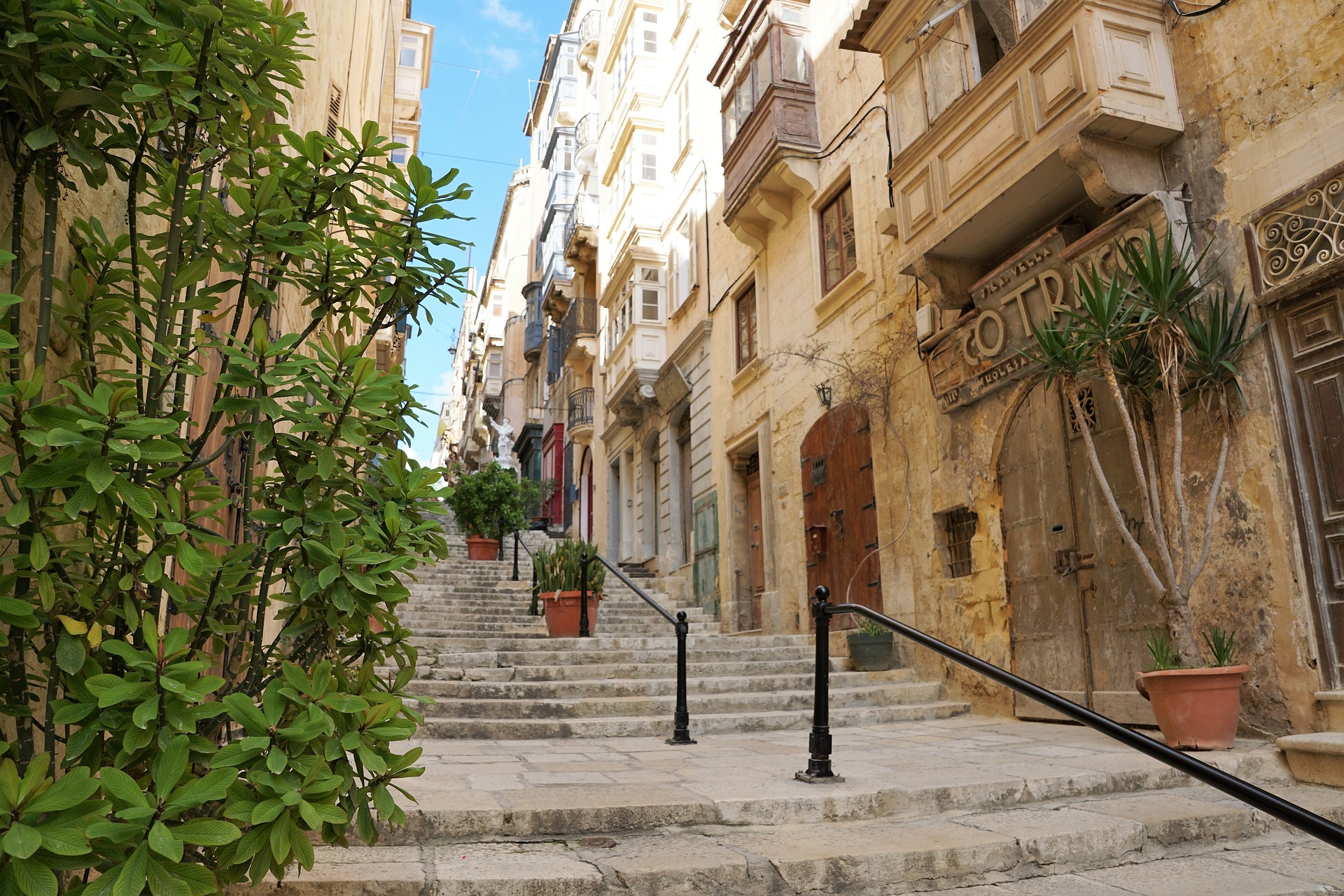
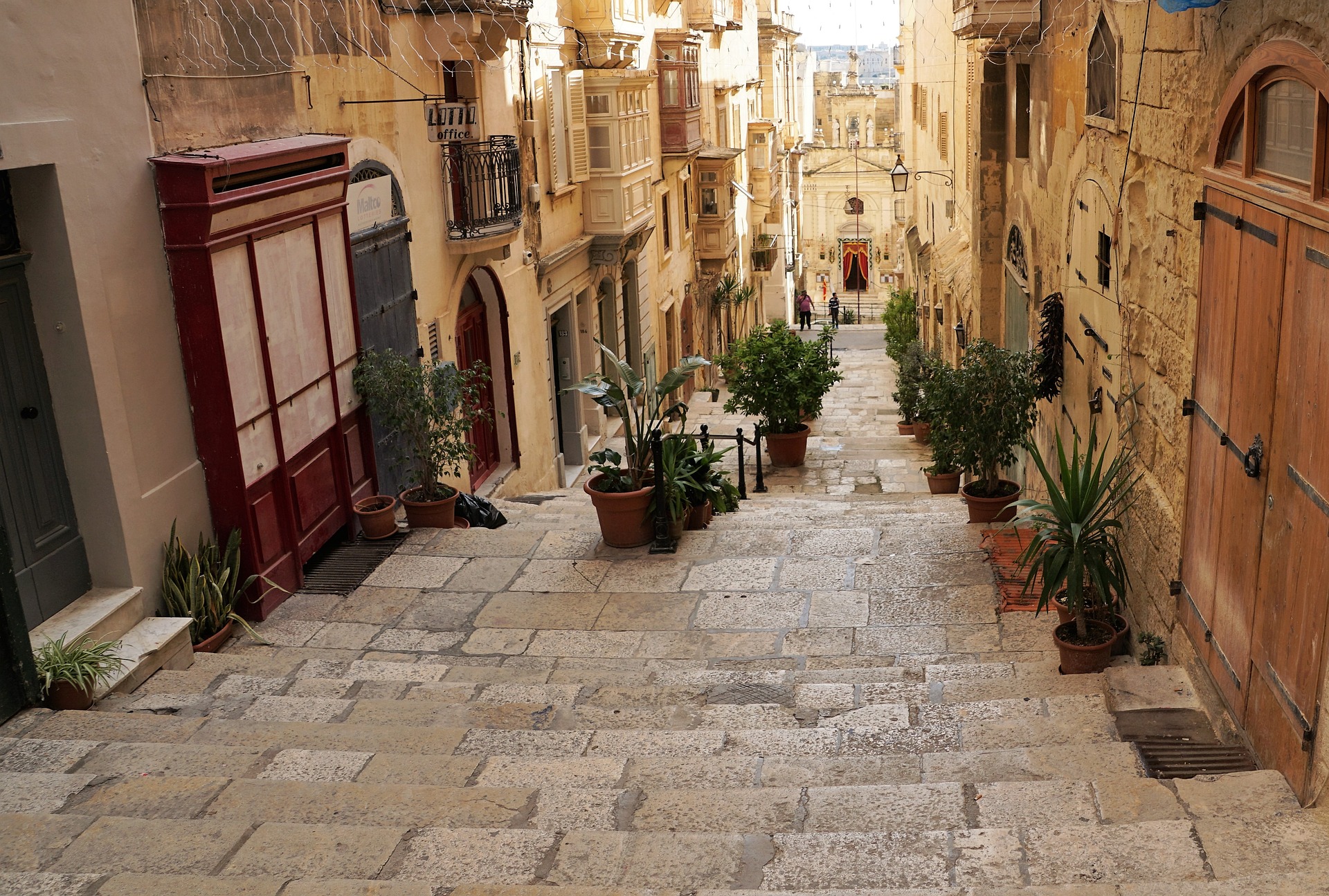
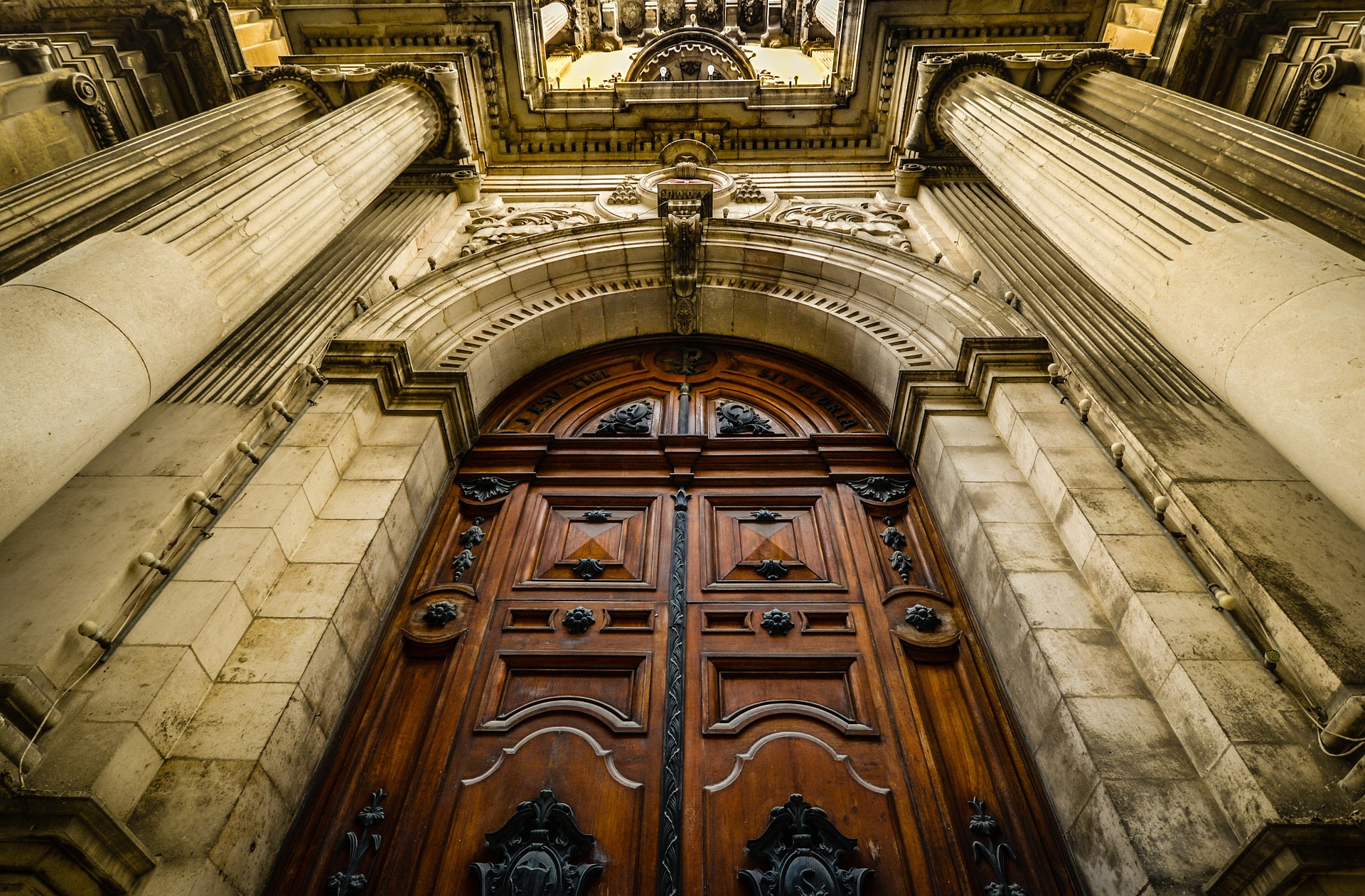

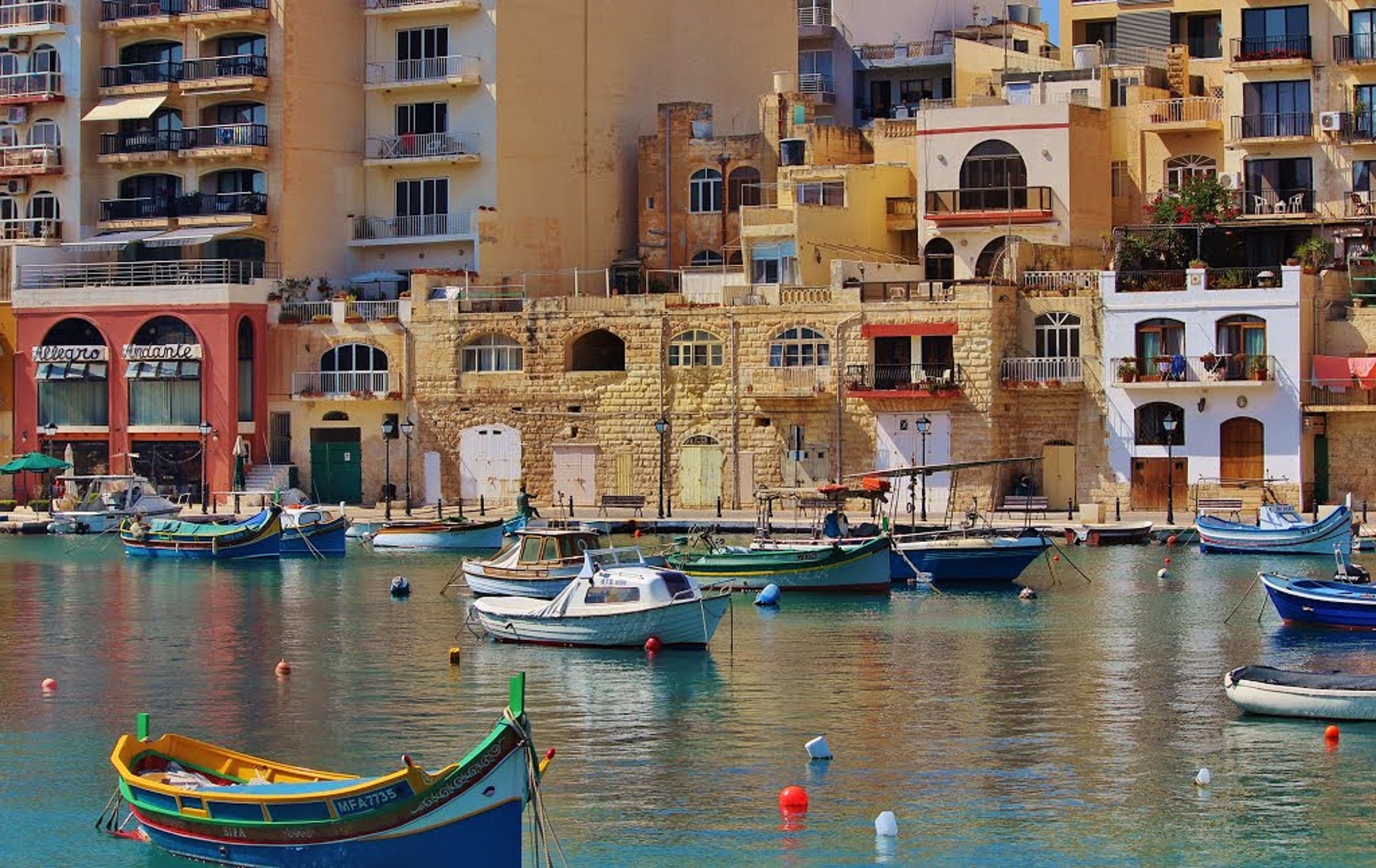
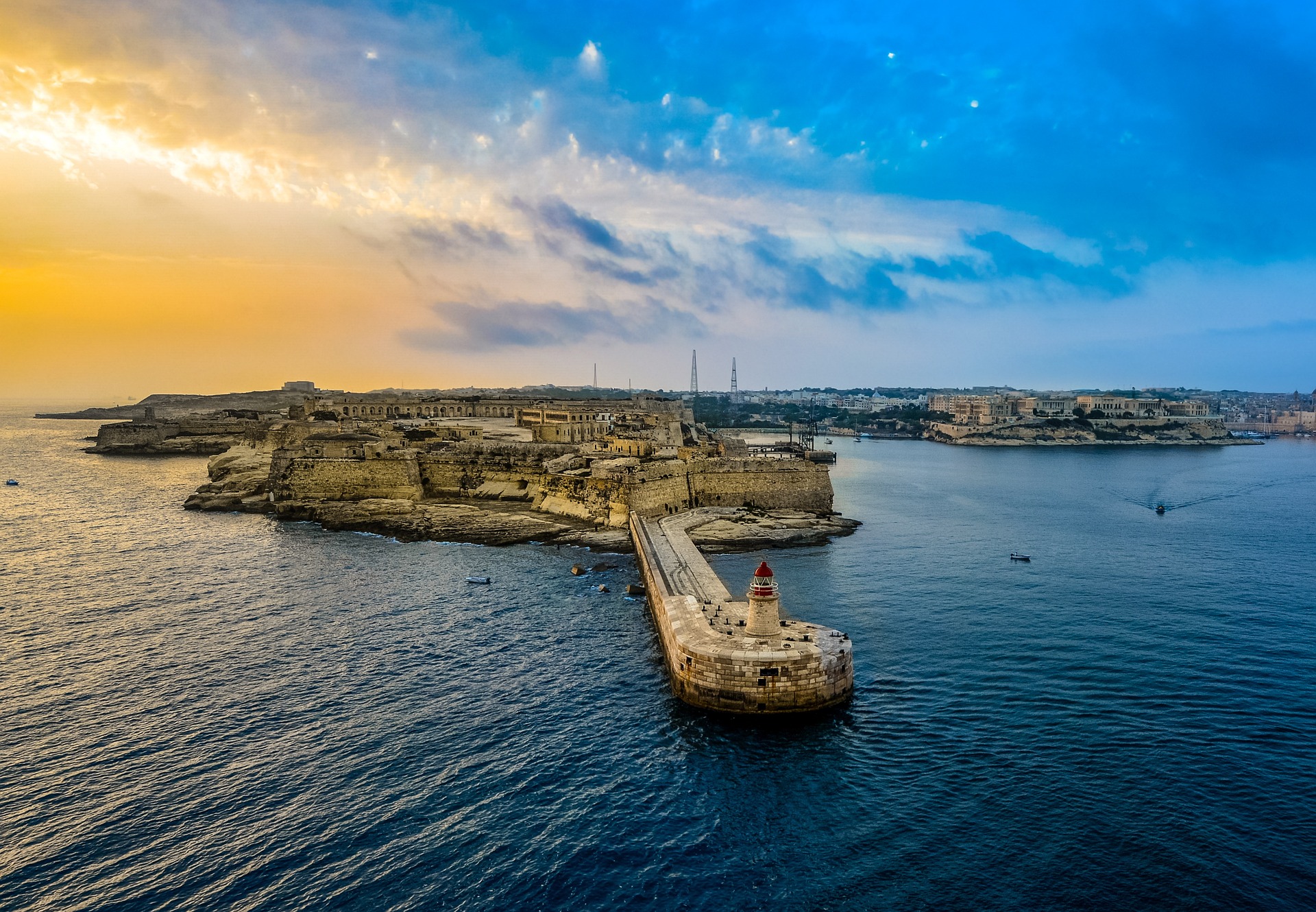
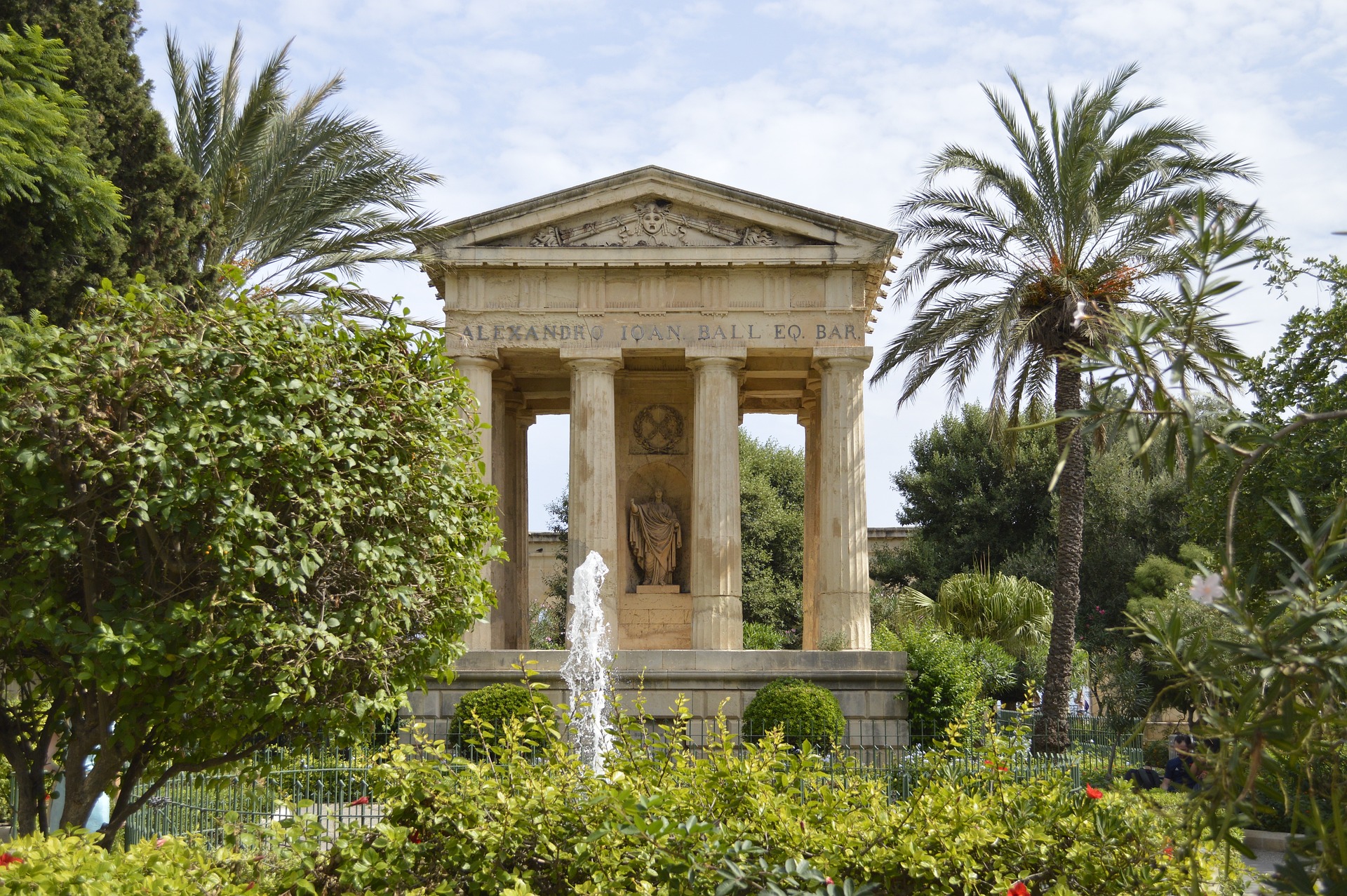
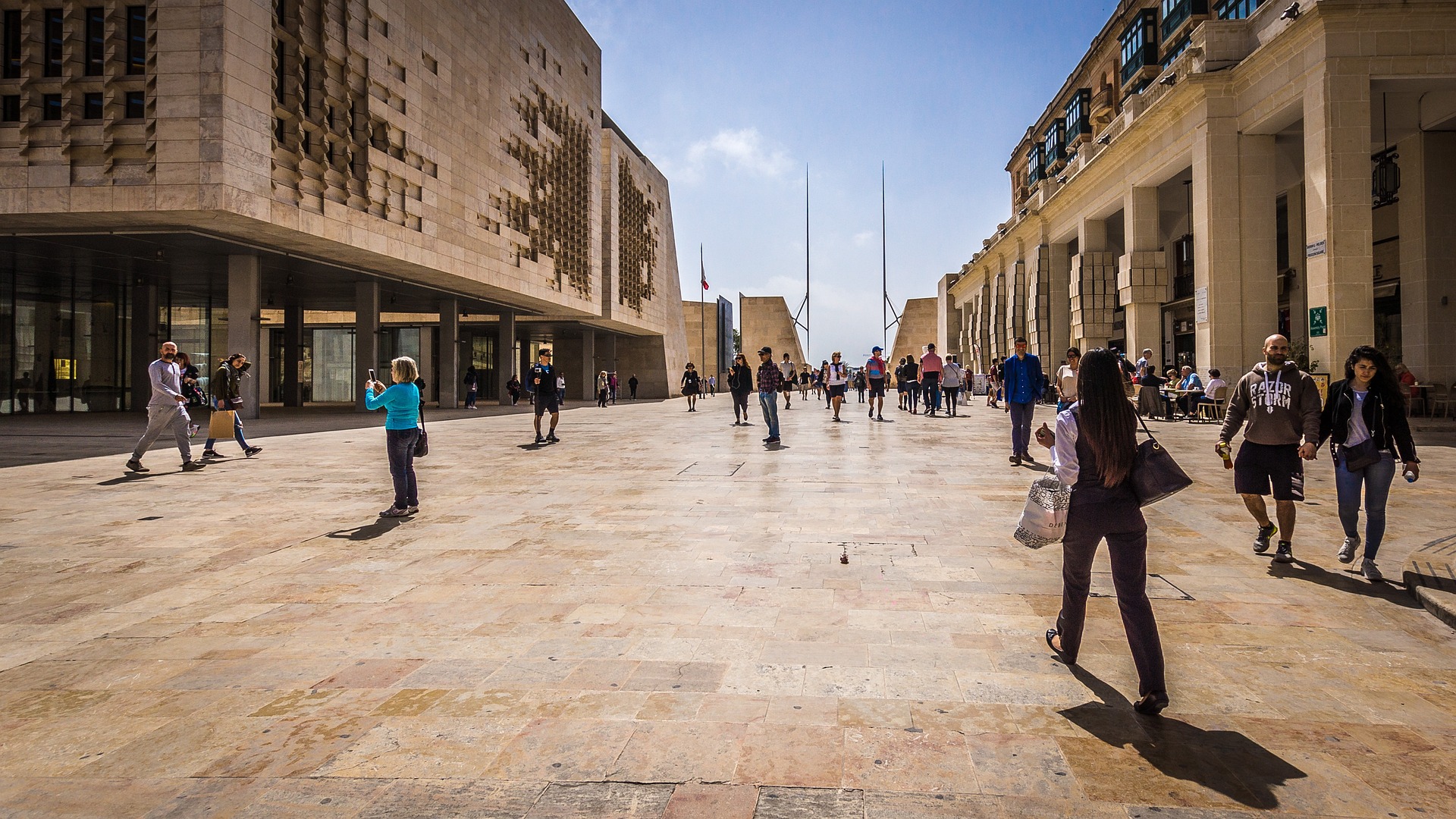
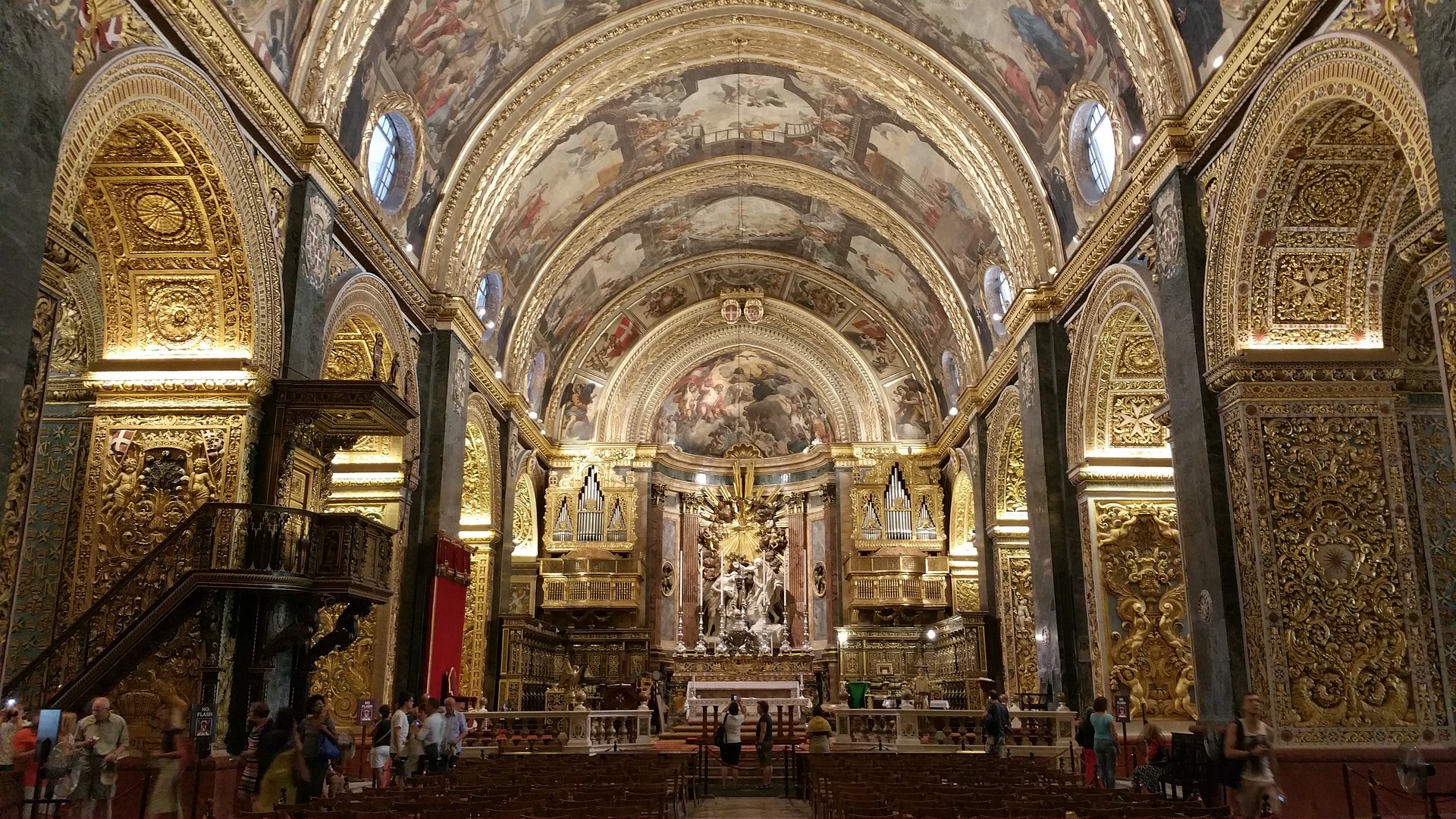
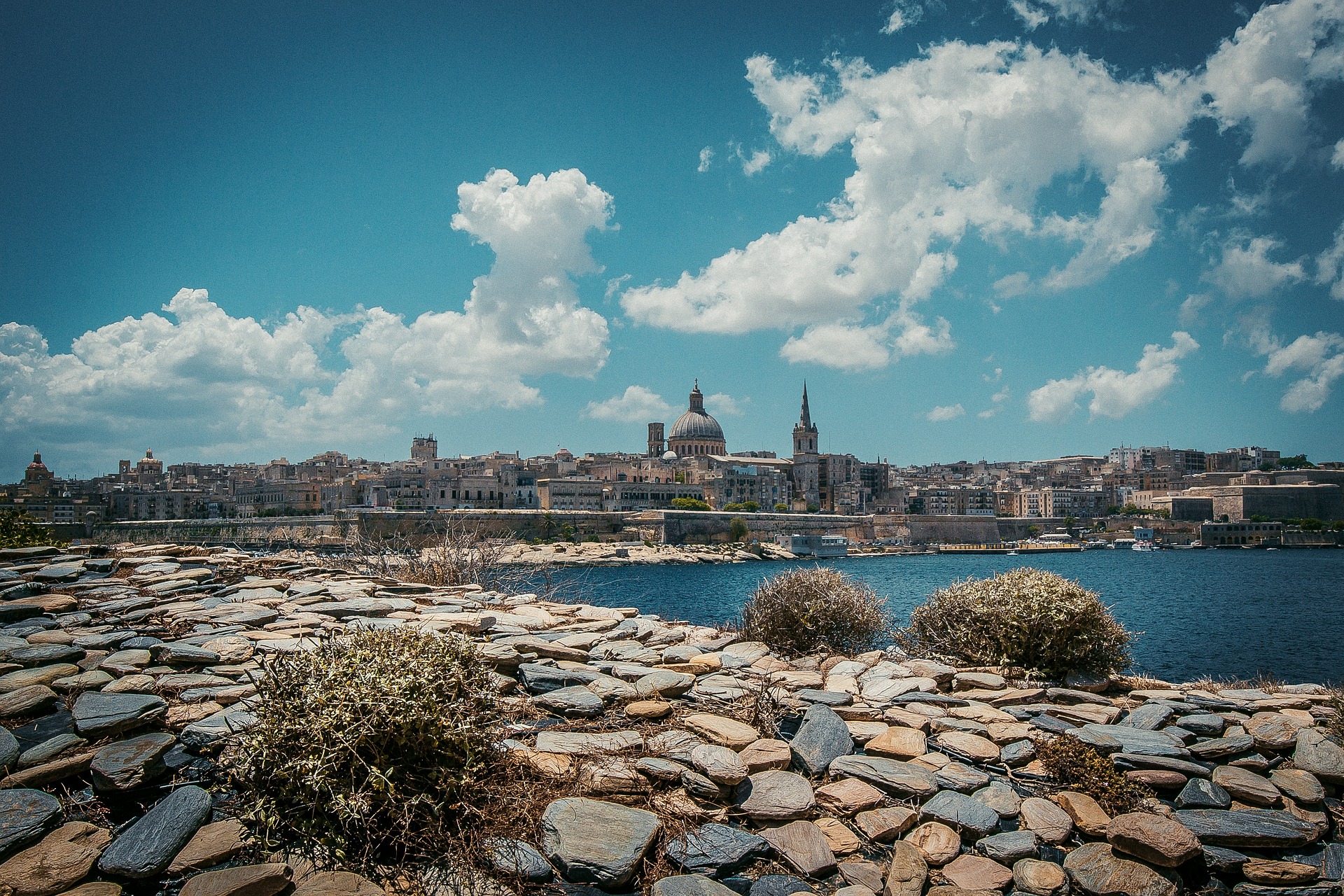
About Palma de Mallorca
If you look north of the cathedral (La Seu, or the seat of the bishopric, to Mallorcans) on a map of the city of Palma, you can see around the Plaça Santa Eulàlia a jumble of tiny streets that made up the earliest settlement. Farther out, a ring of wide boulevards traces the fortifications built by the Moors to defend the larger city that emerged by the 12th century. The zigzags mark the bastions that jutted out at regular intervals. By the end of the 19th century, most of the walls had been demolished; the only place where you can still see the massive defenses is at Ses Voltes, along the seafront west of the cathedral.A torrent (streambed) used to run through the middle of the old city, dry for most of the year but often a raging flood in the rainy season. In the 17th century it was diverted to the east, along the moat that ran outside the city walls. Two of Palma's main arteries, La Rambla and the Passeig d'es Born, now follow the stream's natural course. The traditional evening paseo (promenade) takes place on the Born.If you come to Palma by car, park in the garage beneath the Parc de la Mar (the ramp is just off the highway from the airport, as you reach the cathedral) and stroll along the park. Beside it run the huge bastions guarding the Almudaina Palace; the cathedral, golden and massive, rises beyond. Where you exit the garage, there's a ceramic mural by the late Catalan artist and Mallorca resident Joan Miró, facing the cathedral across the pool that runs the length of the park.If you begin early enough, a walk along the ramparts at Ses Voltes from the mirador beside the cathedral is spectacular. The first rays of the sun turn the upper pinnacles of La Seu bright gold and then begin to work their way down the sandstone walls. From the Parc de la Mar, follow Avinguda Antoni Maura past the steps to the palace. Just below the Plaça de la Reina, where the Passeig d'es Born begins, turn left on Carrer de la Boteria into the Plaça de la Llotja (if the Llotja itself is open, don't miss a chance to visit—it's the Mediterranean's finest Gothic-style civic building). From there stroll through the Plaça Drassana to the Museu d'Es Baluard, at the end of Carrer Sant Pere. Retrace your steps to Avinguda Antoni Maura. Walk up the Passeig d'es Born to Plaça Joan Carles I, then right on Avenida de La Unió.
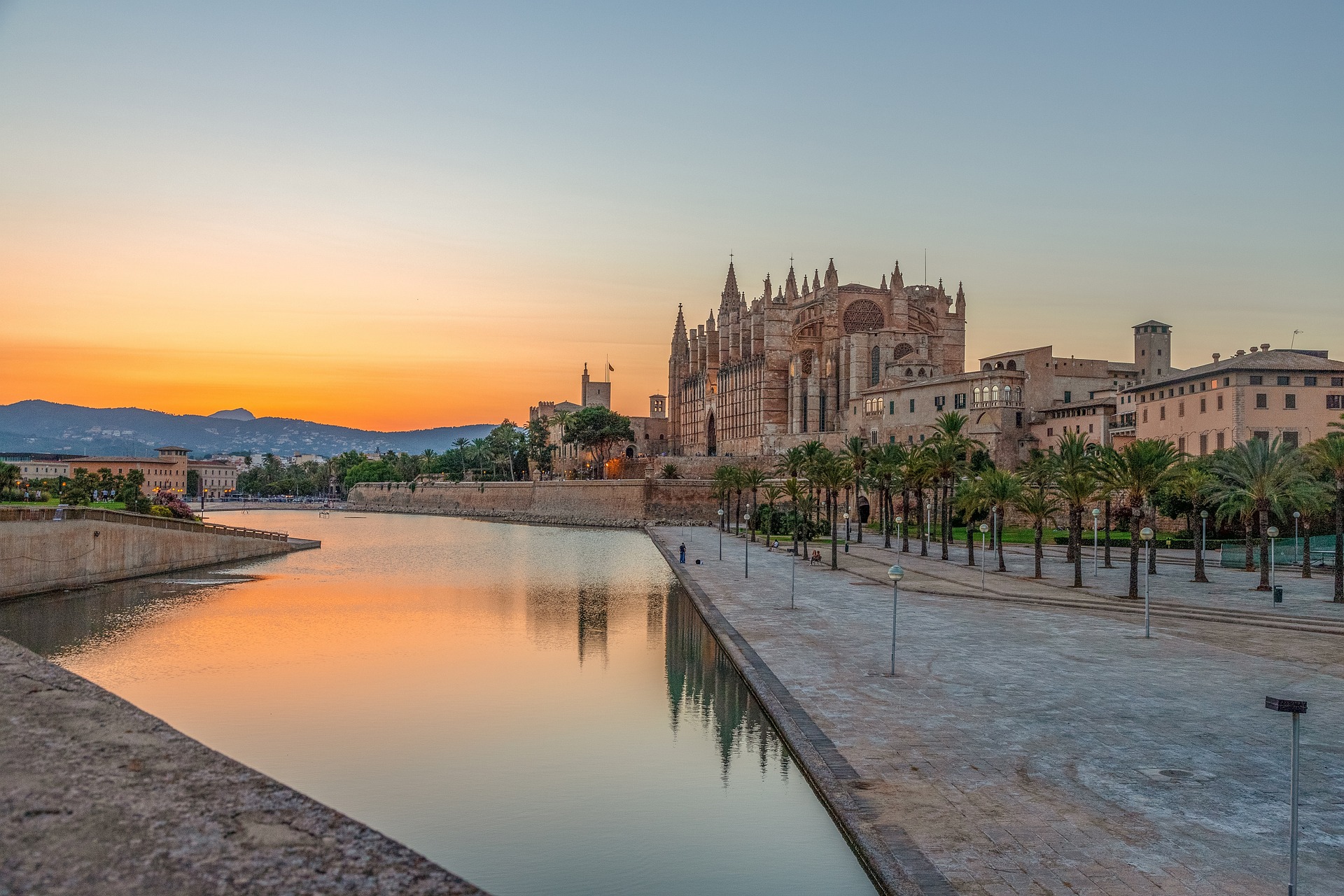
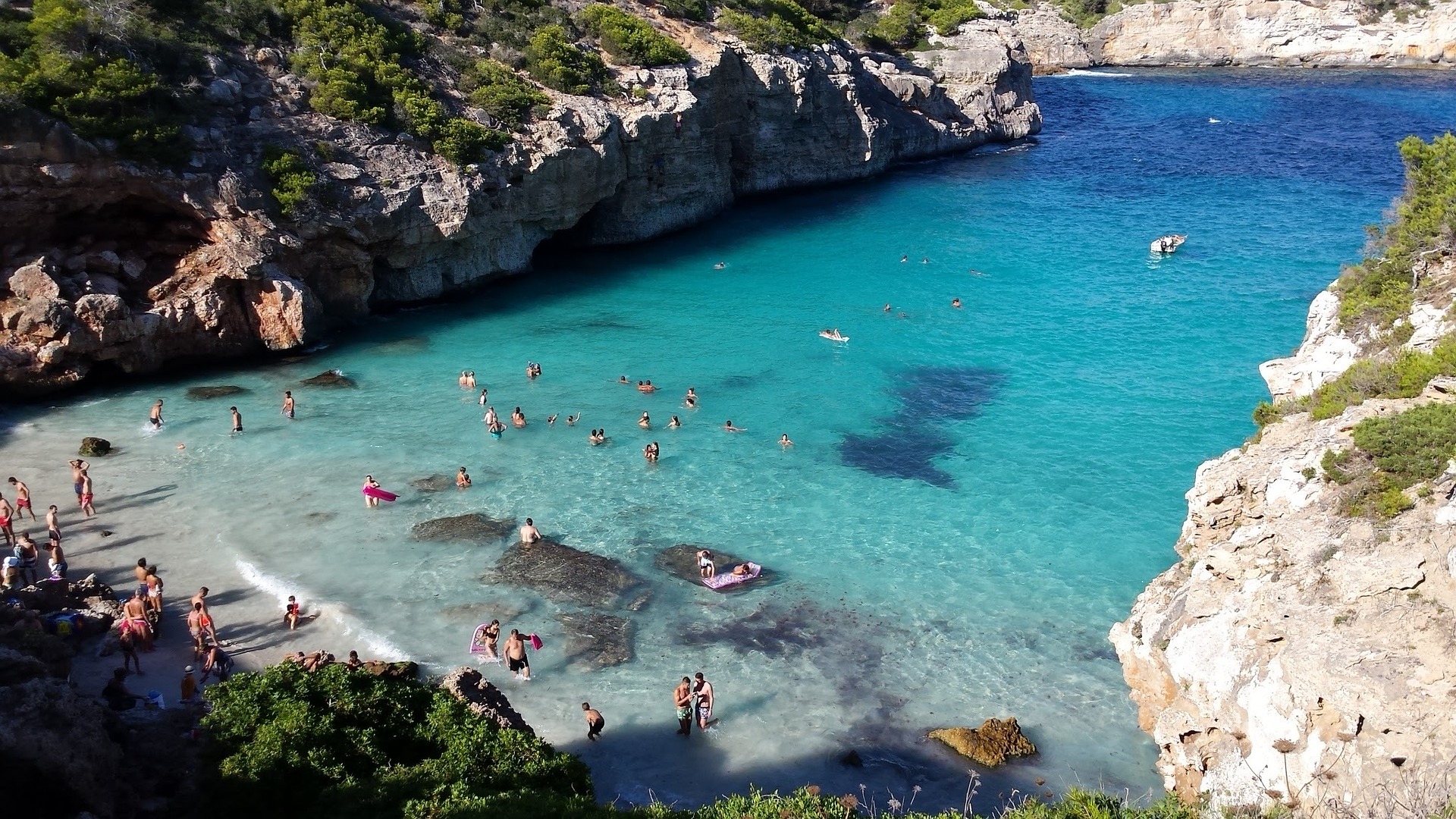
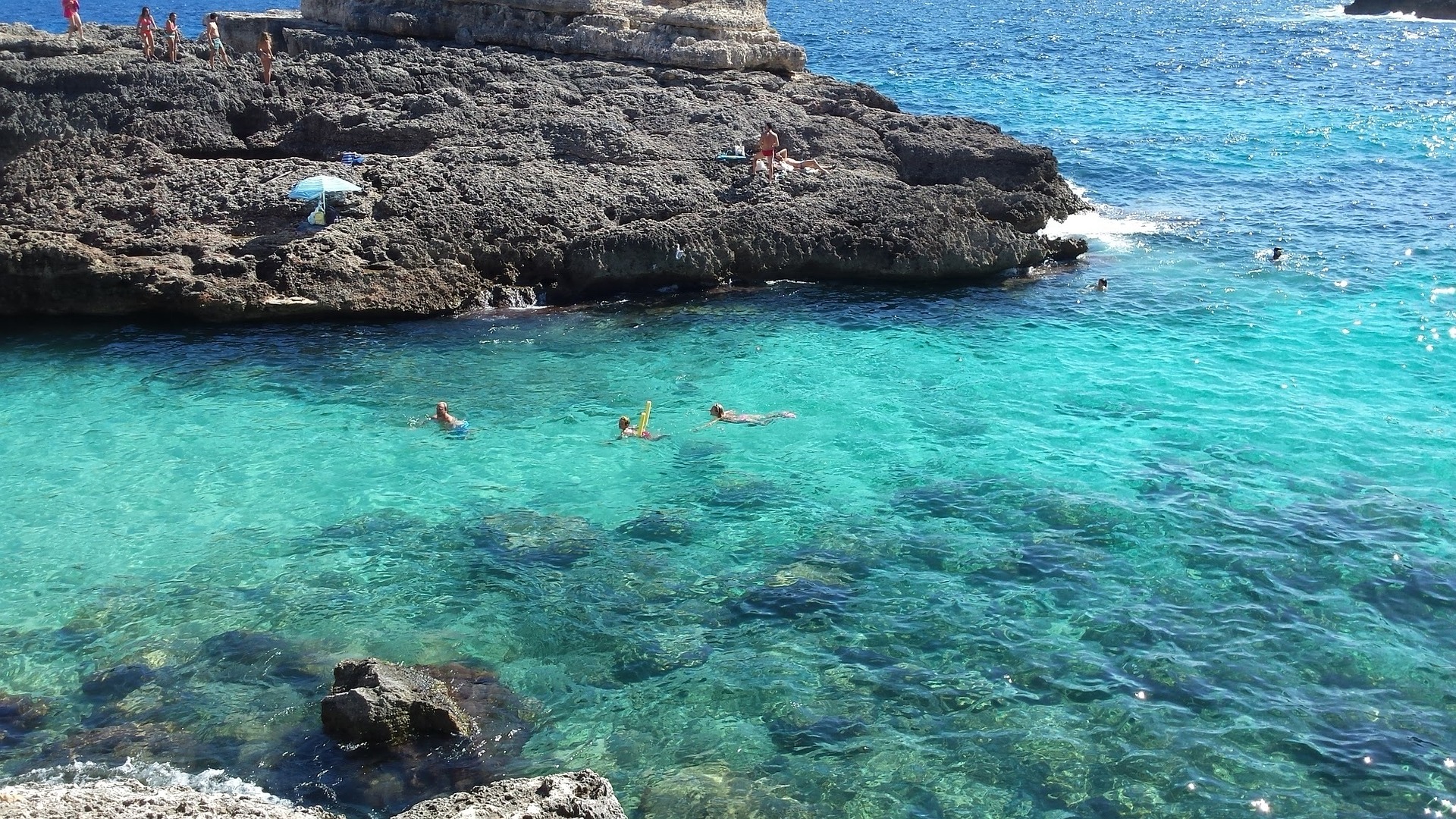
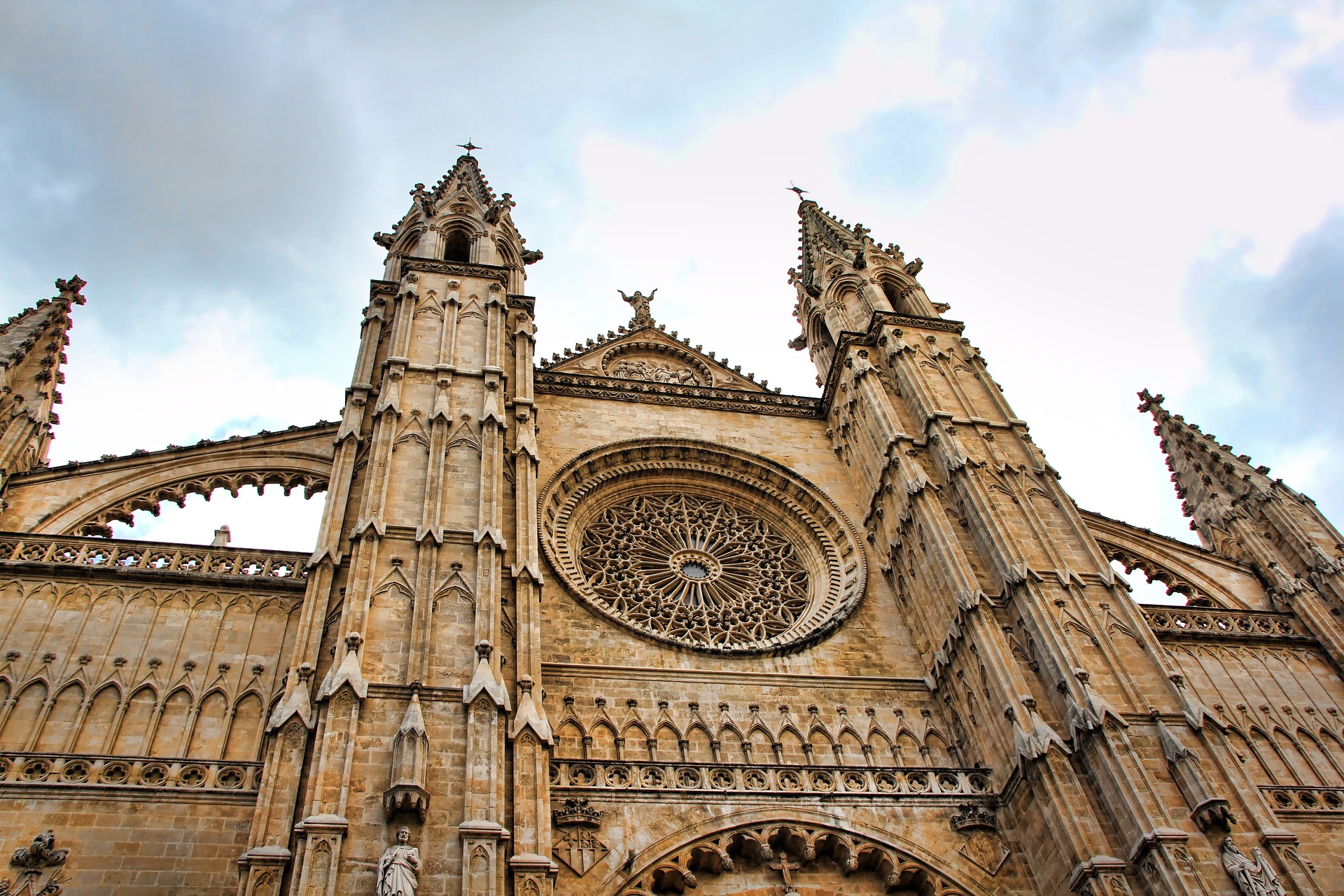

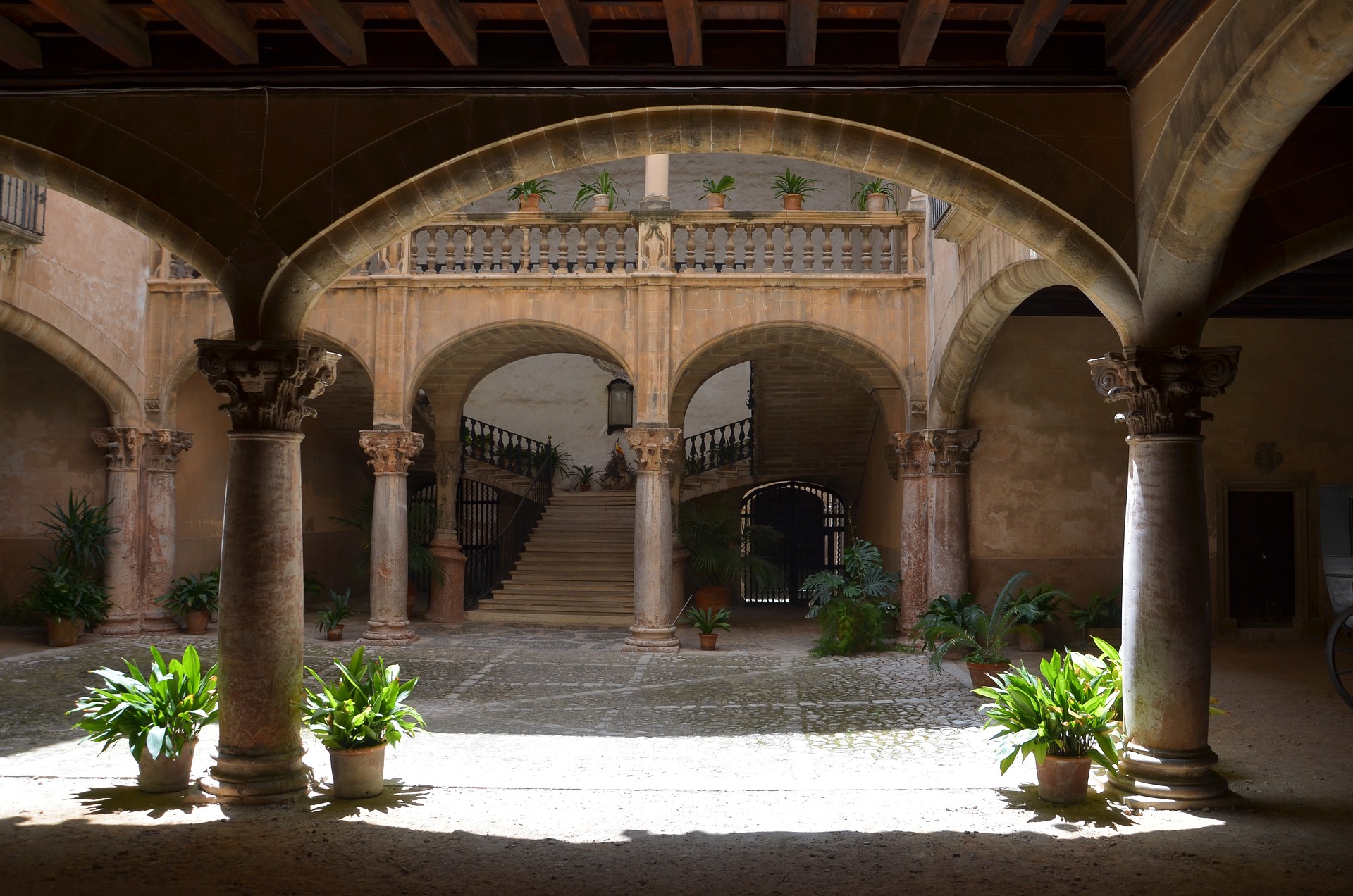
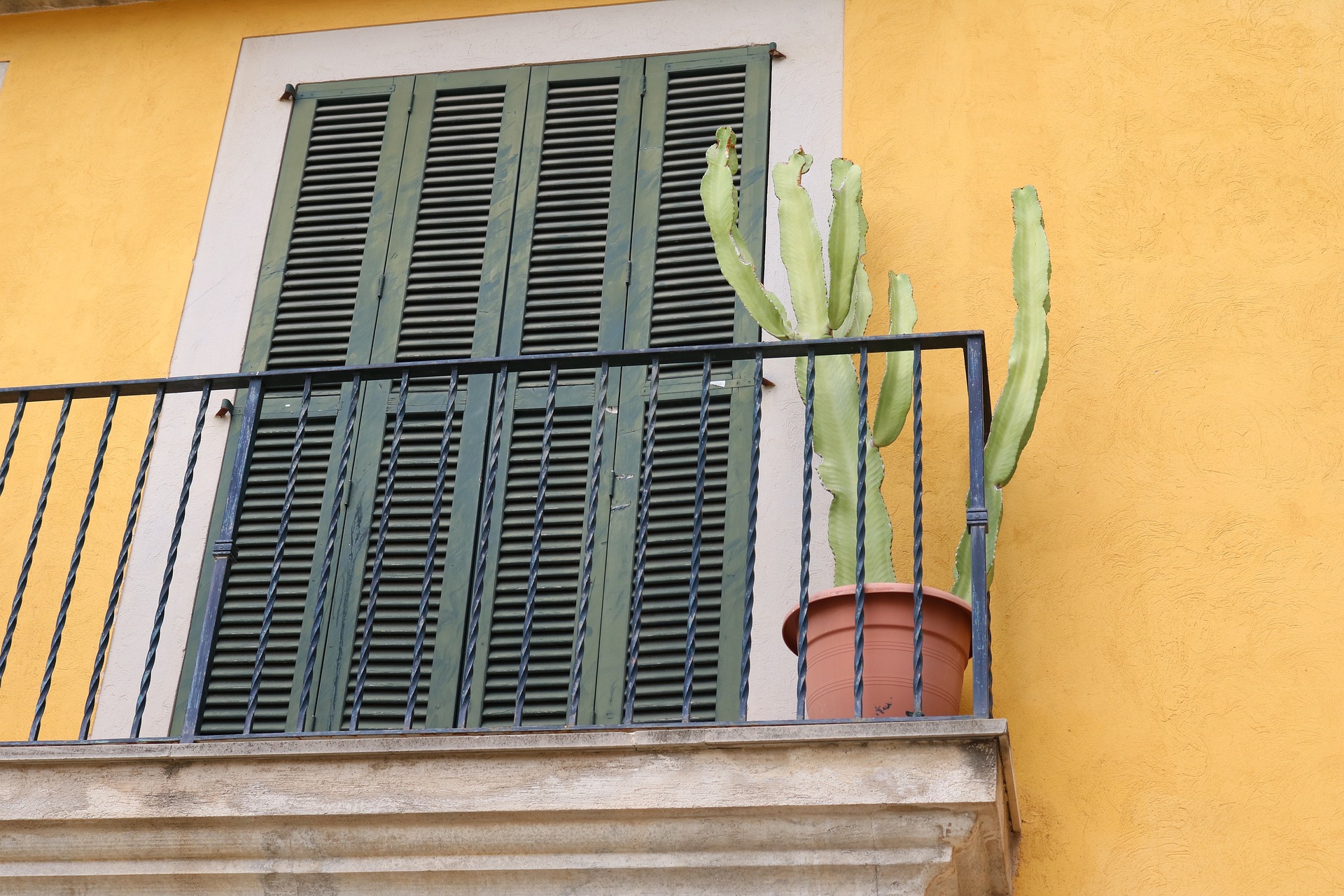
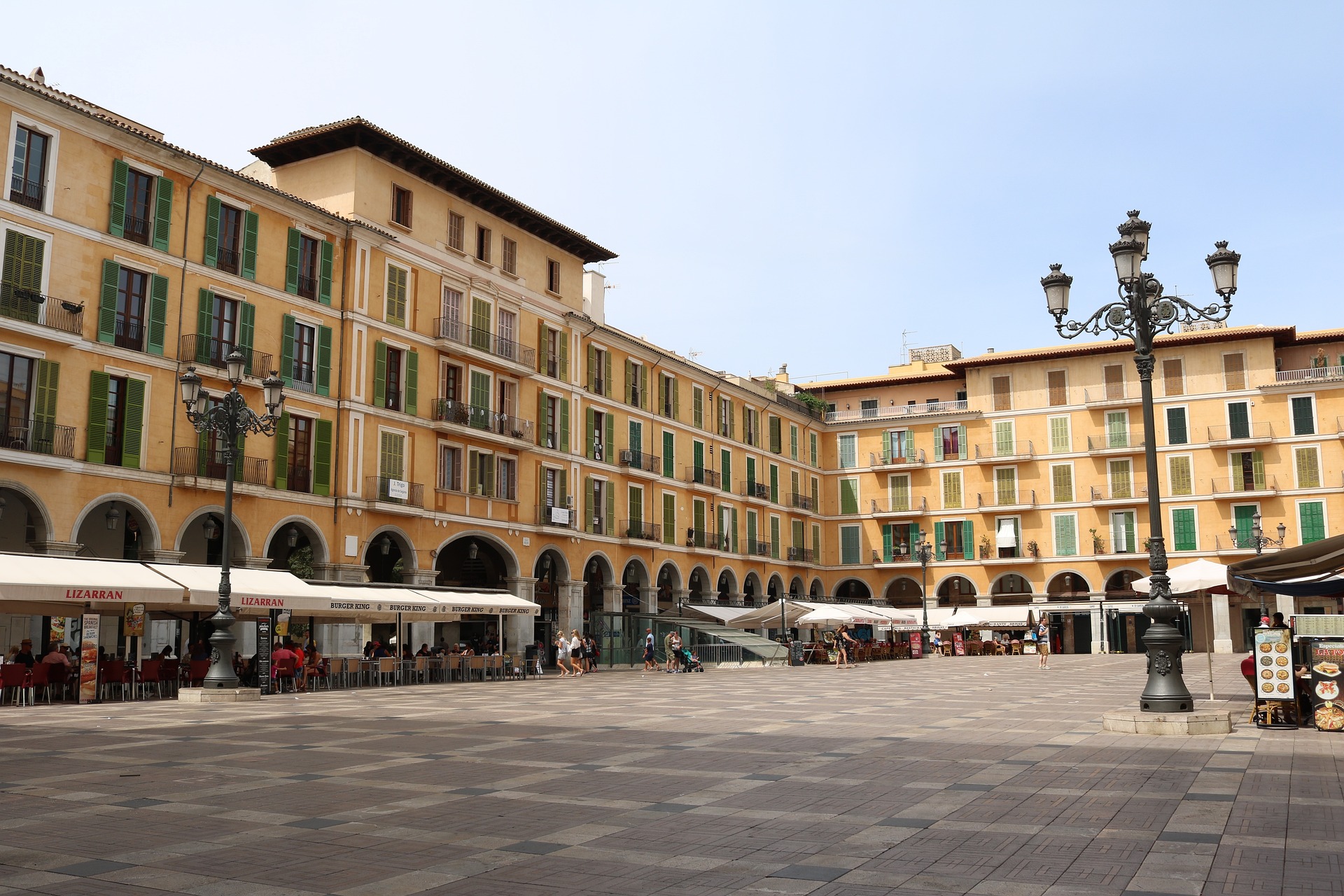
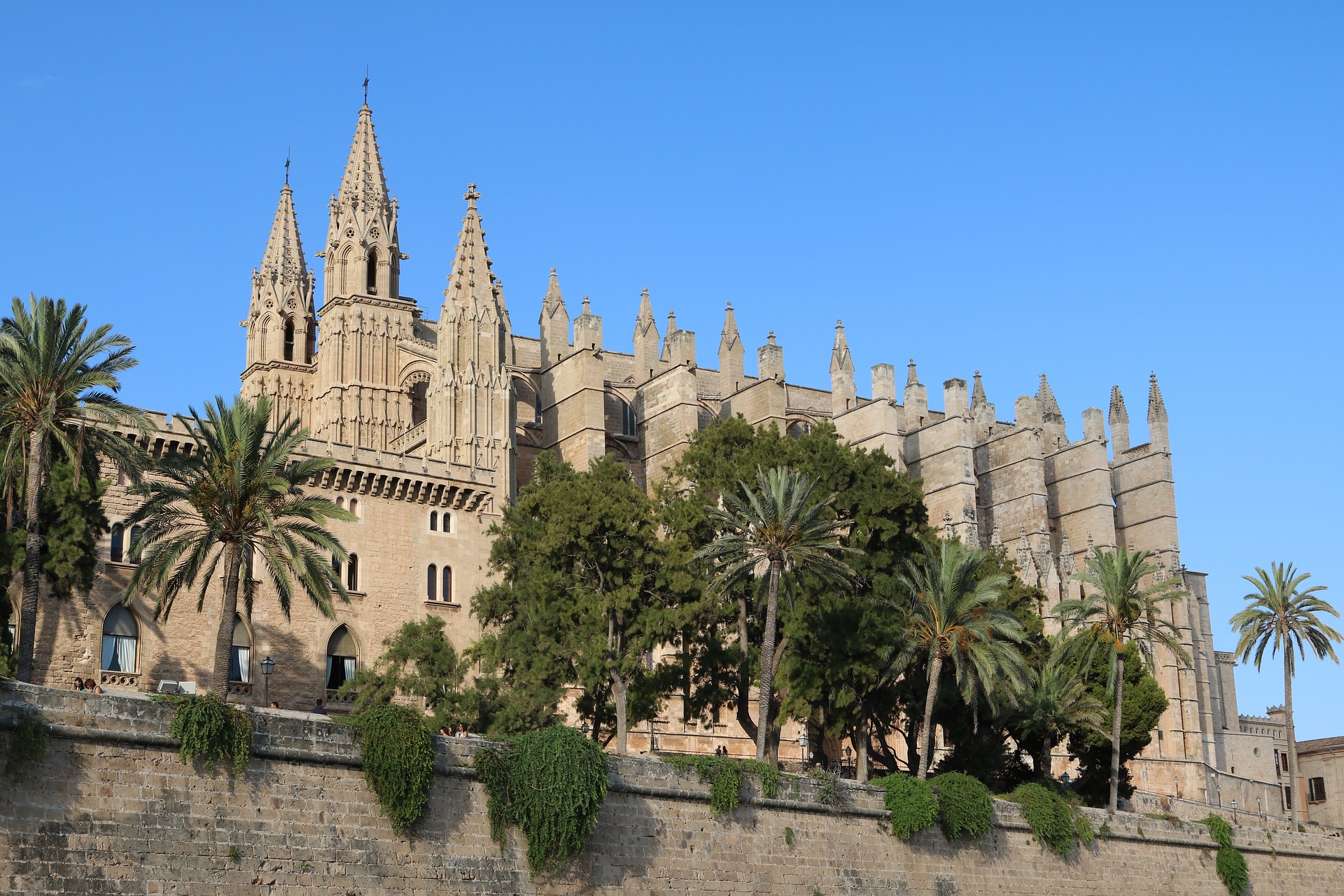
About Barcelona
The infinite variety of street life, the nooks and crannies of the medieval Barri Gòtic, the ceramic tile and stained glass of Art Nouveau facades, the art and music, the throb of street life, the food (ah, the food!)—one way or another, Barcelona will find a way to get your full attention. The capital of Catalonia is a banquet for the senses, with its beguiling mix of ancient and modern architecture, tempting cafés and markets, and sun-drenched Mediterranean beaches. A stroll along La Rambla and through waterfront Barceloneta, as well as a tour of Gaudí's majestic Sagrada Famíliaand his other unique creations, are part of a visit to Spain's second-largest city. Modern art museums and chic shops call for attention, too. Barcelona's vibe stays lively well into the night, when you can linger over regional wine and cuisine at buzzing tapas bars.




The iconic Owner’s Residence creates the largest living space on-board, with multiple harmonious indoor and outdoor spaces in which to relax, entertain and unwind, including dedicated private butler services by the Residence Manager.
Stand in awe of the panoramic ocean views from your expansive private terrace – extending over the full ship's aft width – with a spacious infinity whirlpool and elegant outdoor dining and lounging areas exquisitely designed by Manutti.
Every aspect of the ambiance of the Owner’s Residence reflects the meticulous curation of all details, conscious at all times of our commitment to sustainability; curated and handpicked decorative elements, sofas and chairs are by Knoll and Molteni & C, and sophisticated lighting solutions designed by Astep.
The Owner's Residence features an expansive stylishly decorated living area, a comfortable dining area for eight guests, a separate spacious bedroom with sea views, including a comfortable working space, an en-suite luxurious marble bathroom sculpted of precious Calacatta marble, with a bathtub a separate shower, a private steam room, and a walk-in wardrobe. The suite also features an additional guest powder room.
Features
- Dedicated private butler services by the Residence Manager
- Oversized floor-to-ceiling windows with views of the sea
- Separate living, dining and sleeping areas
- Abundant lounge area
- Dining table for 8 guests
- Spacious work desk area
- In-suite welcome bottle of Dom Pérignon
- Private bar, replenished according to the guests’ preferences
- Espresso machine, kettle and tea pot with a complimentary selection of coffee and teas
- Complimentary personal refillable water bottle for each guest
- Pair of binoculars for guests’ use during their journey
- Technogym Bench and Technogym Case Kit for an efficient in-suite fitness experience
- Safe accommodating most tablets and laptops
- Butler pantry area
Bedroom
- Bespoke king-sized bed sleep system - size: 200 x 200 cm (79 x 79 in)
- Down duvets and pillows
- Fine bed linens
- Extensive pillow selection
- Oversized dressing room
Outdoors
Panoramic ocean-front terrace covering the full ship’s width, with a private spacious whirlpool, day beds, a dining table, a scenic lounge area, shower
Bathroom
- Luxurious marble double vanity bathroom
- Spacious bathtub and separate shower room
- Private steam room
- Plush bathrobes and bath linens
- Mandala Blue custom bath toiletries and amenities for Explora Journeys
- Dyson SupersonicTM hairdryer and illuminated make-up/shaving mirror
- Additional guest powder room
*All images are a combination of photography and artist renderings.
The artist representations and interior decorations, finishes, and furnishings are provided for illustrative purposes only.
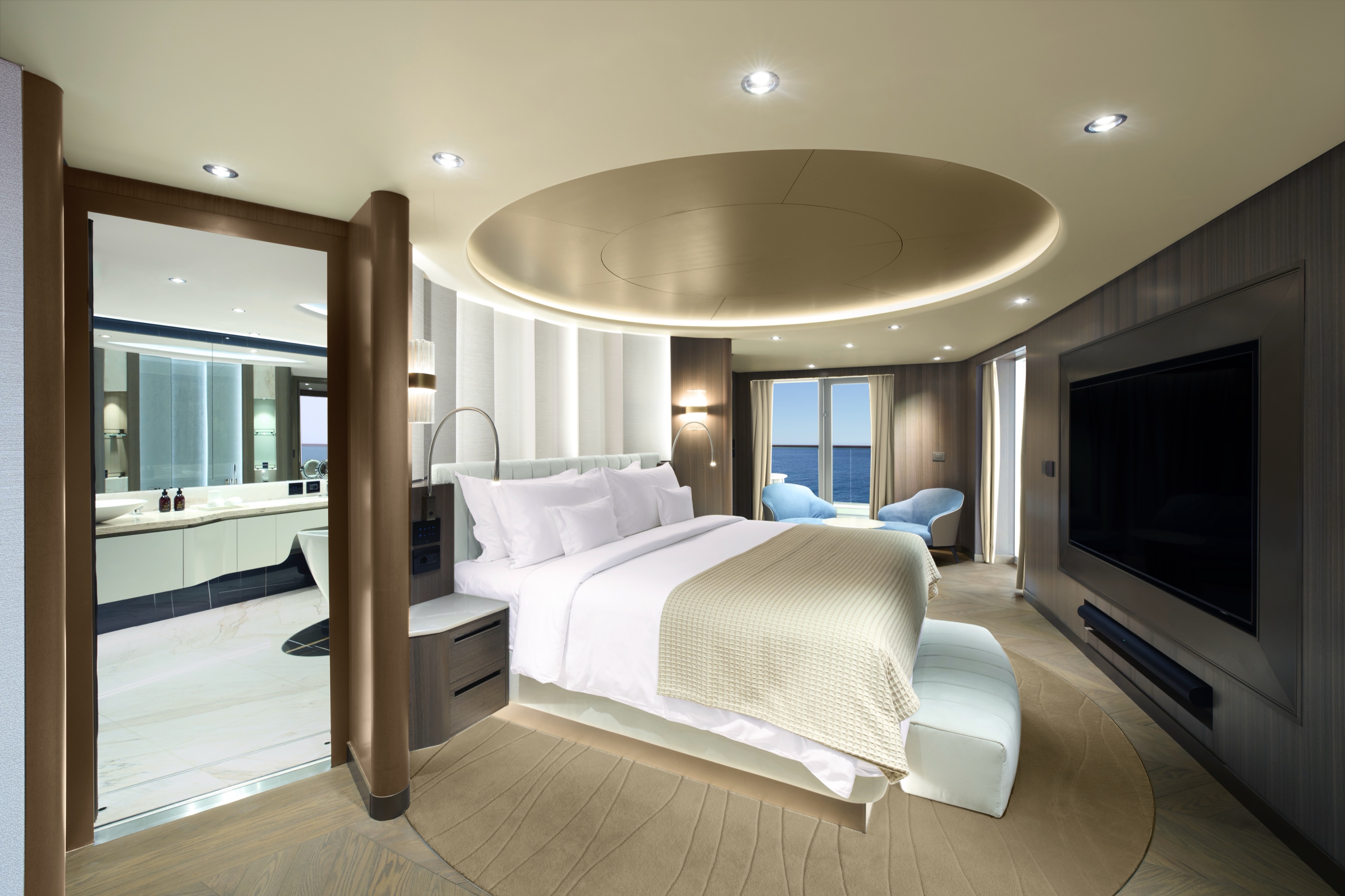
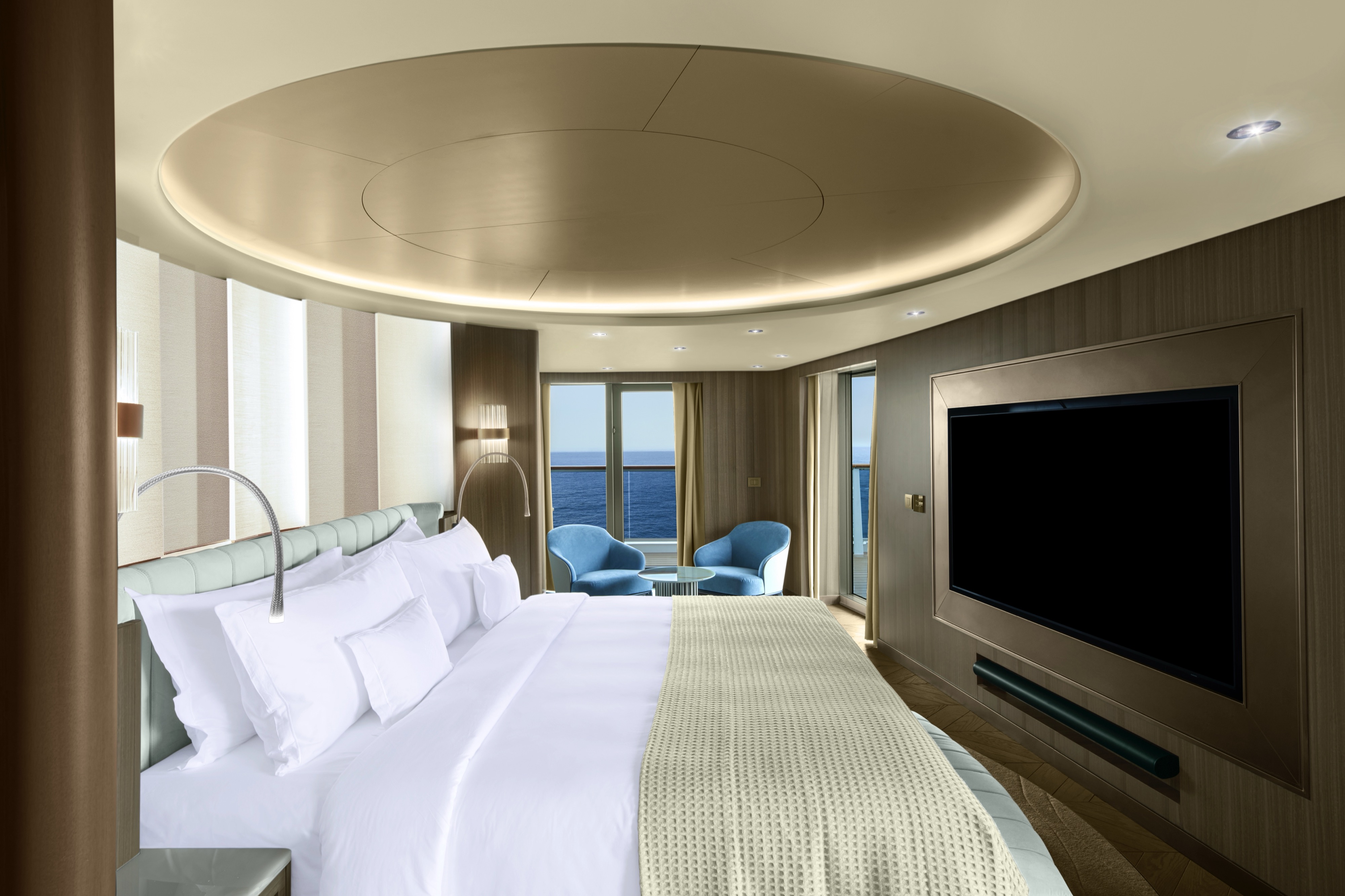
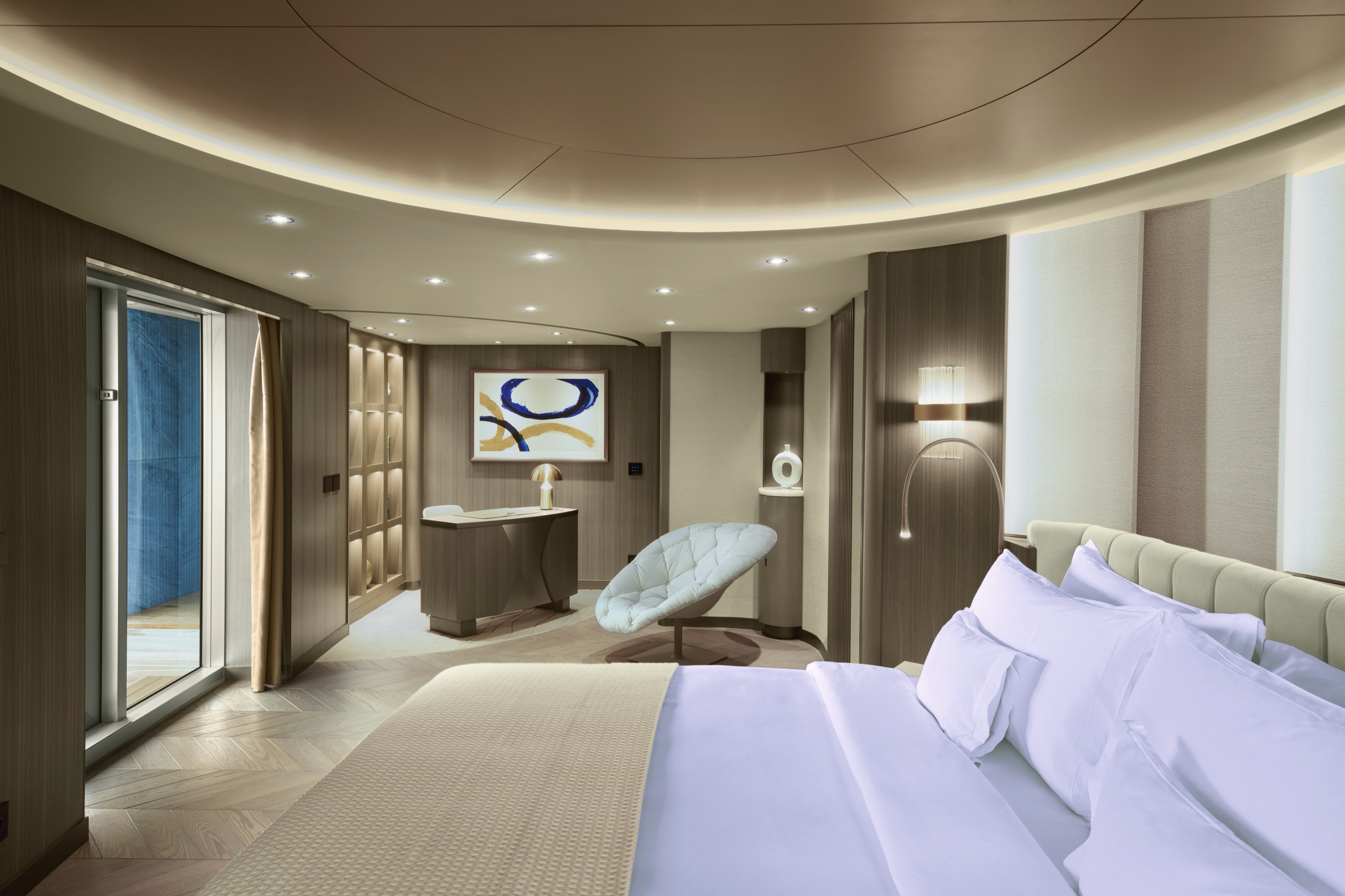
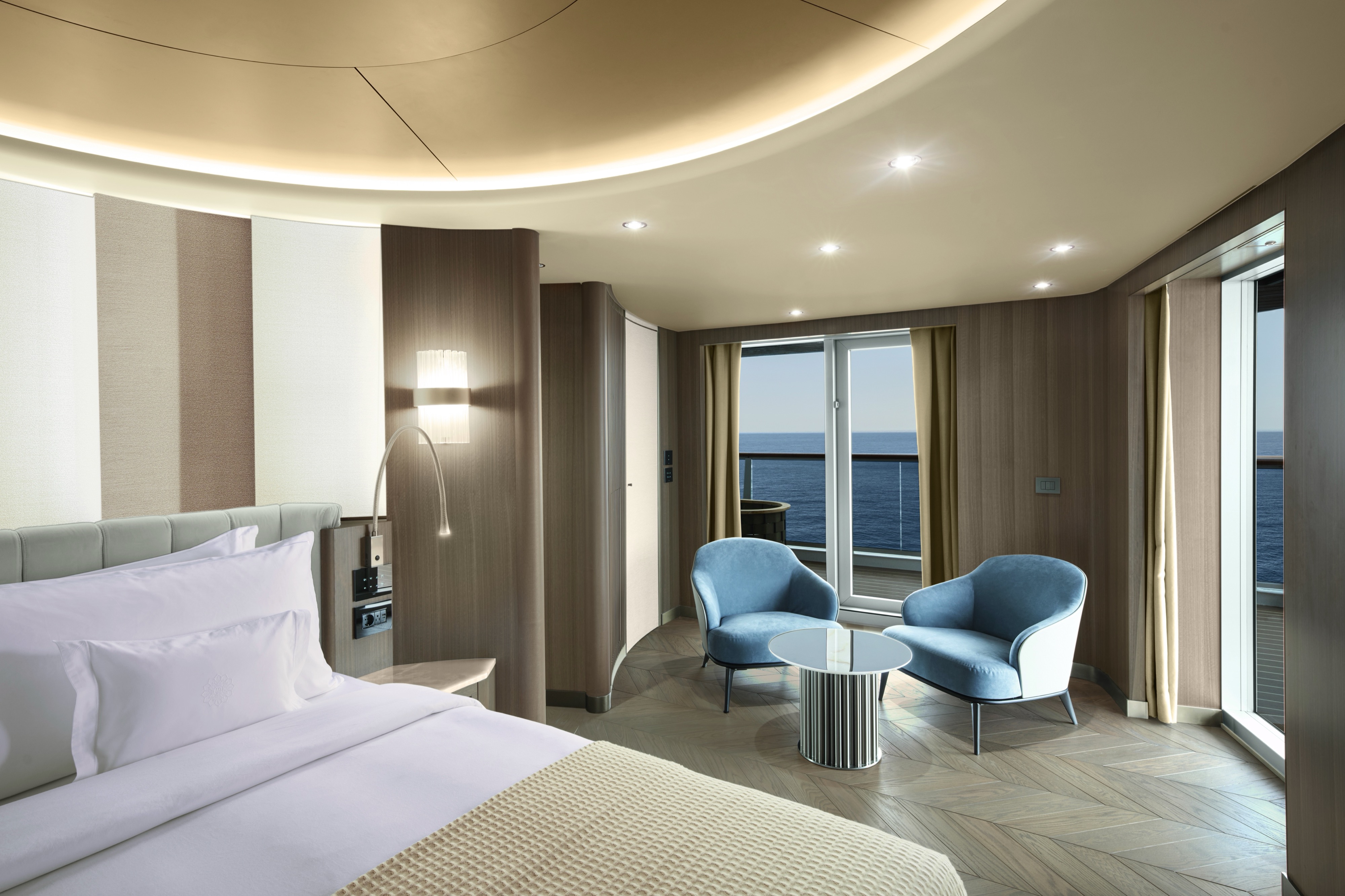
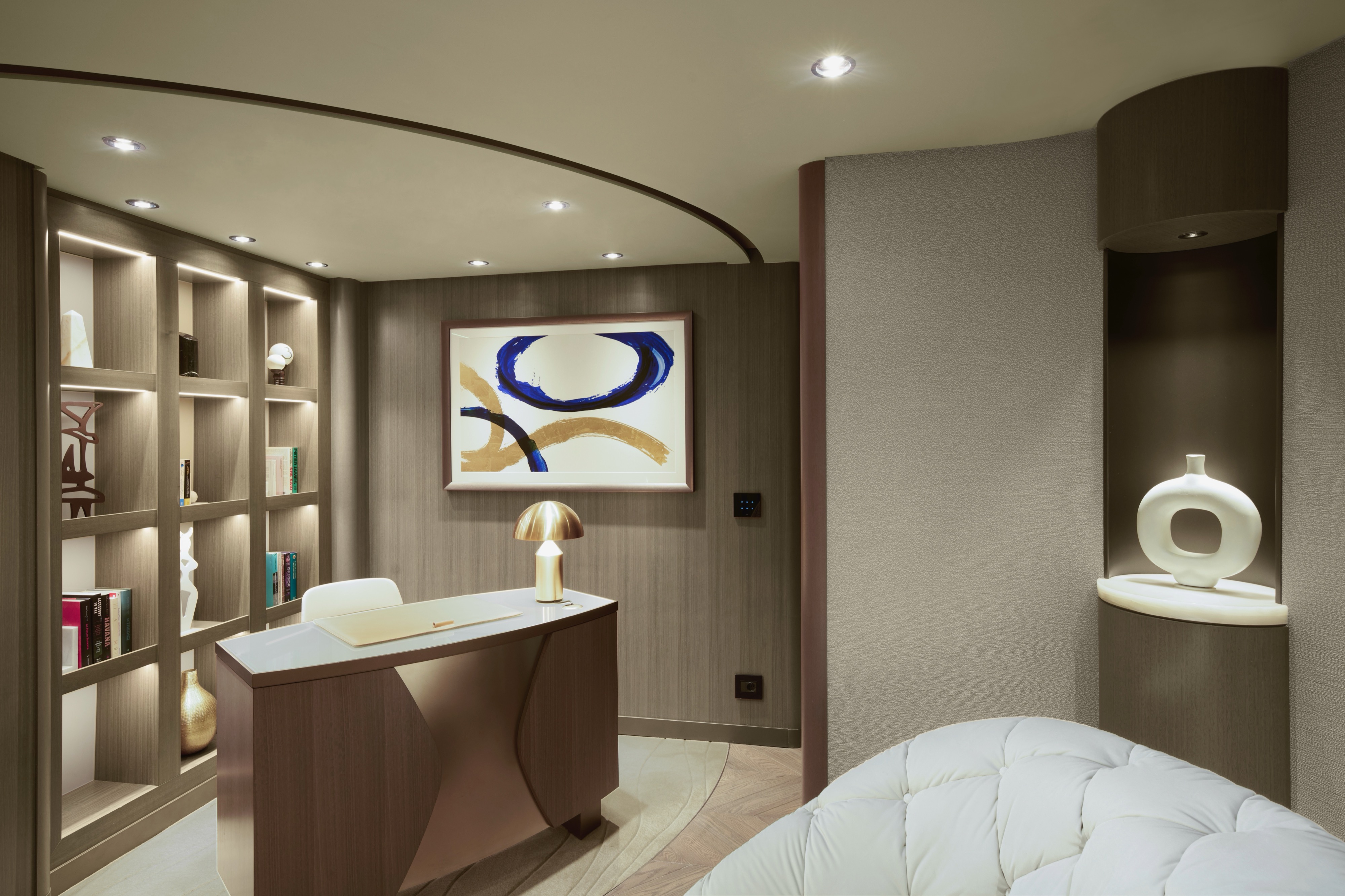
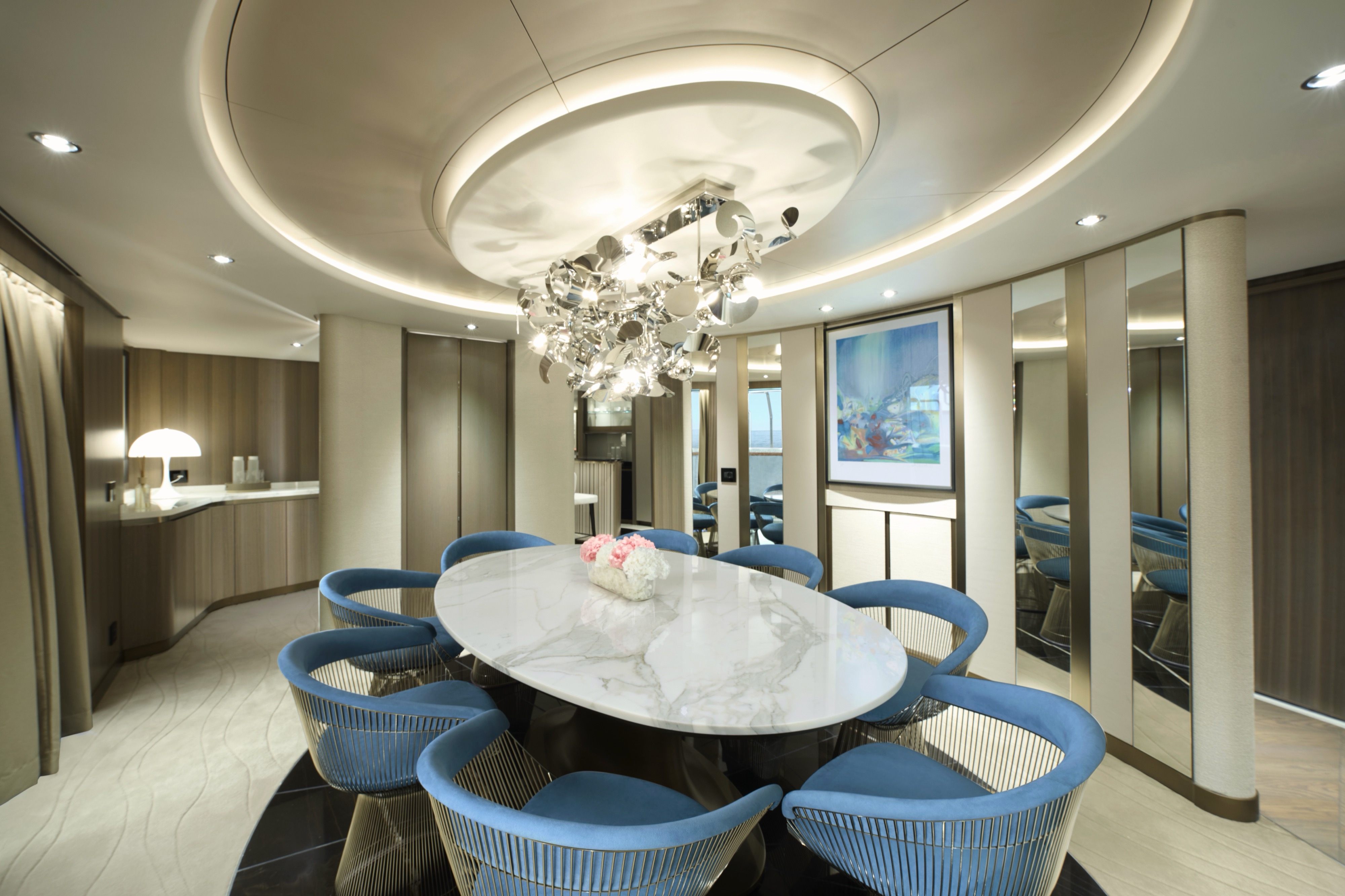
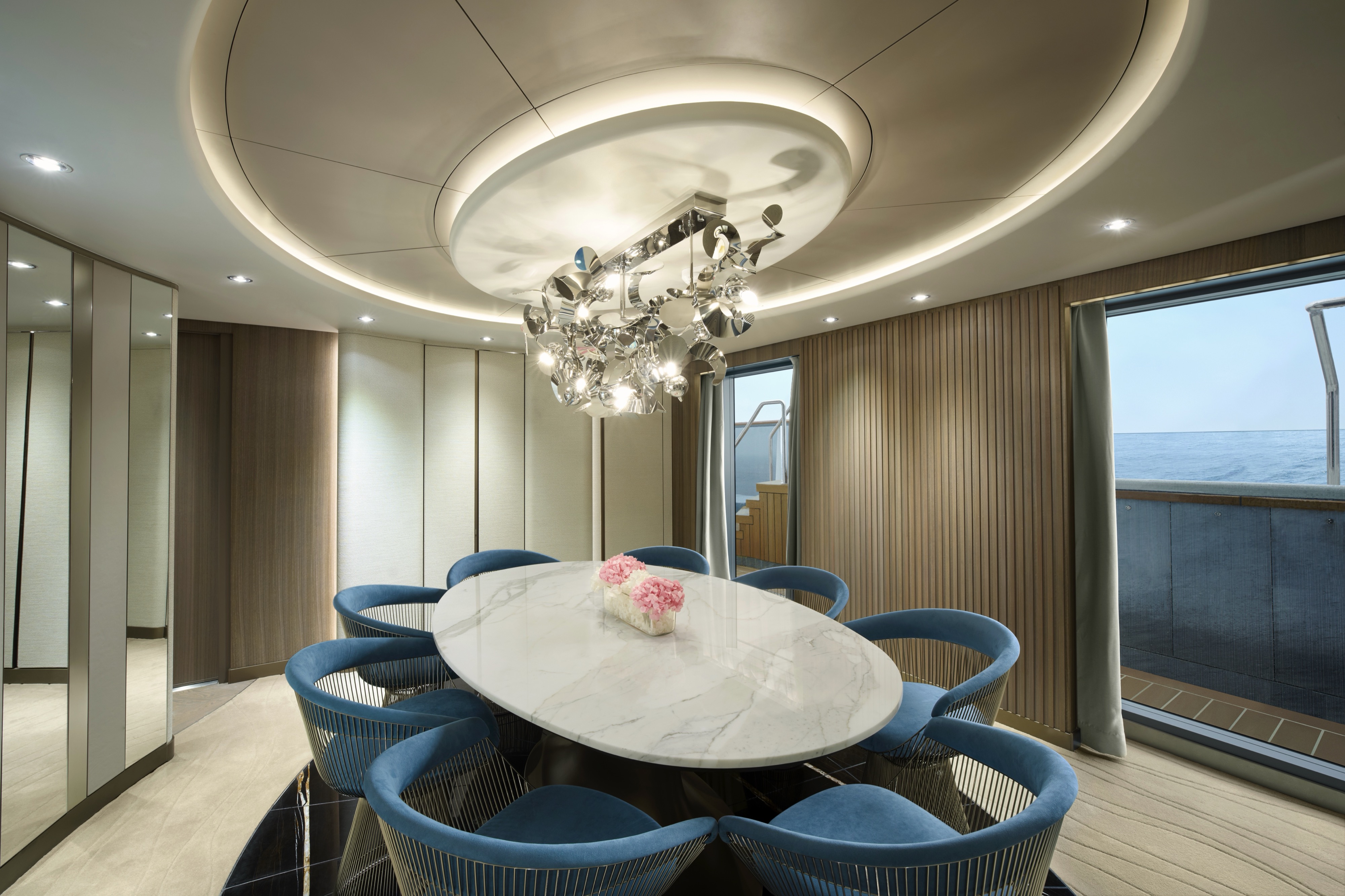
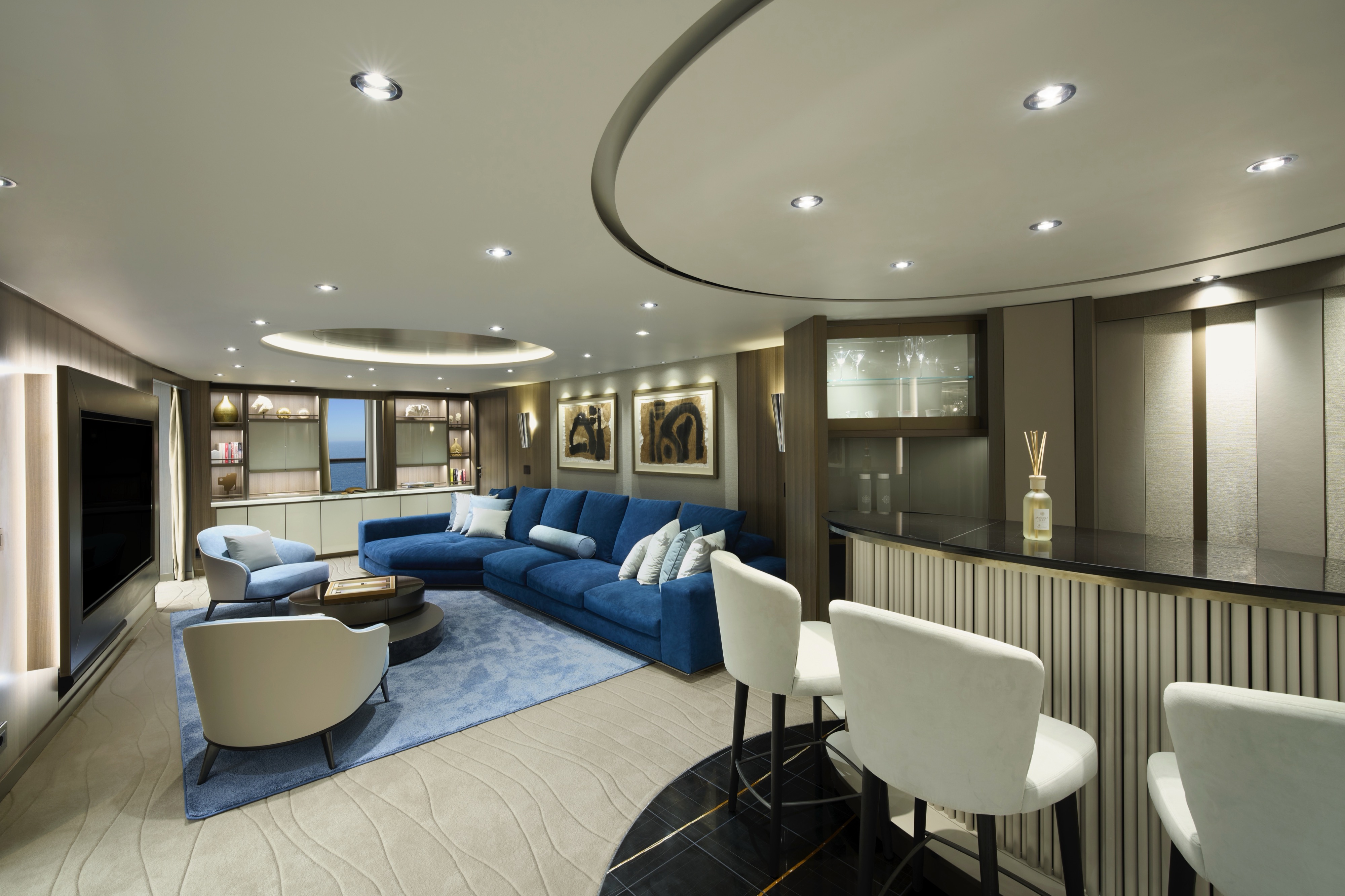
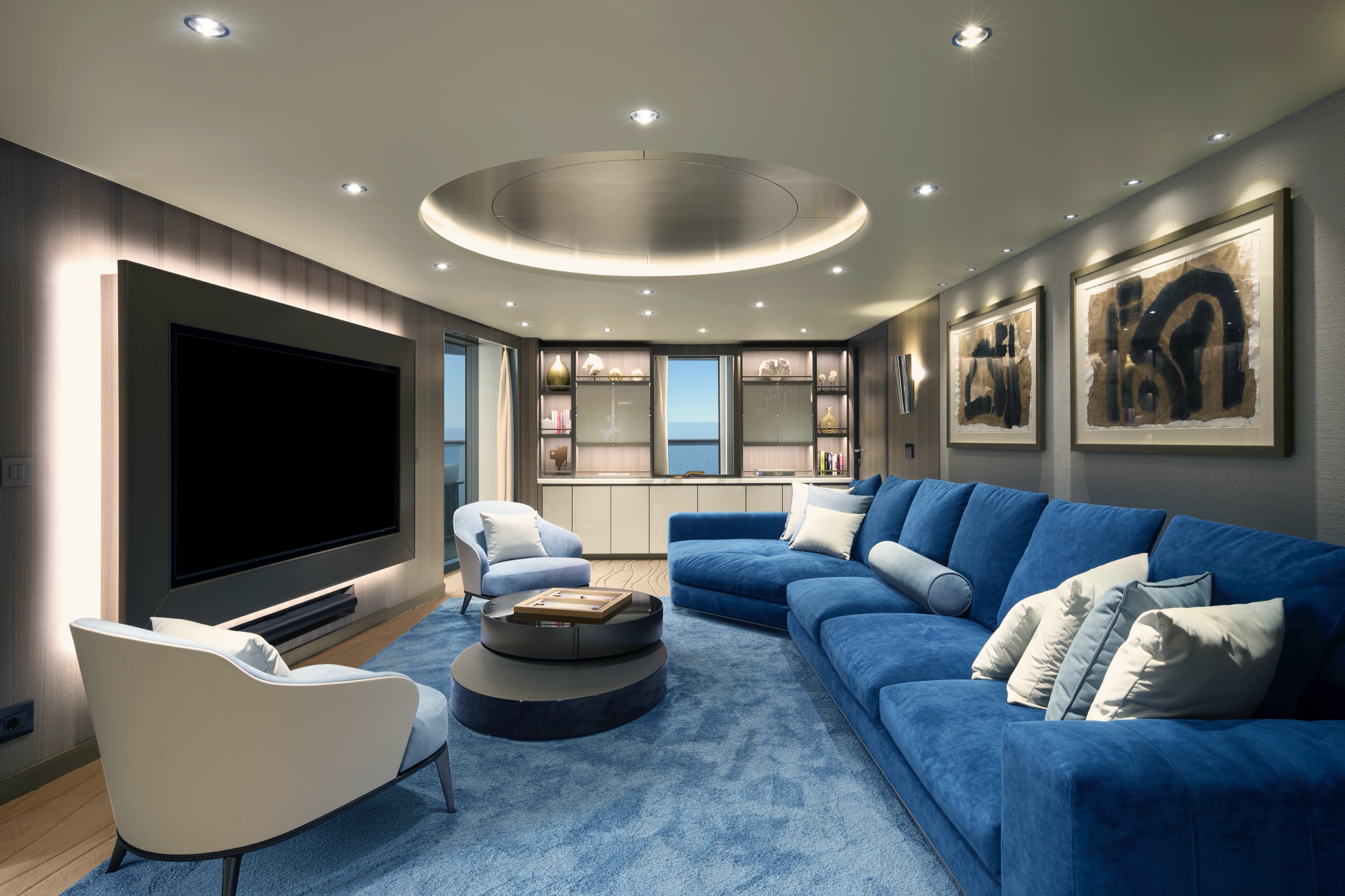
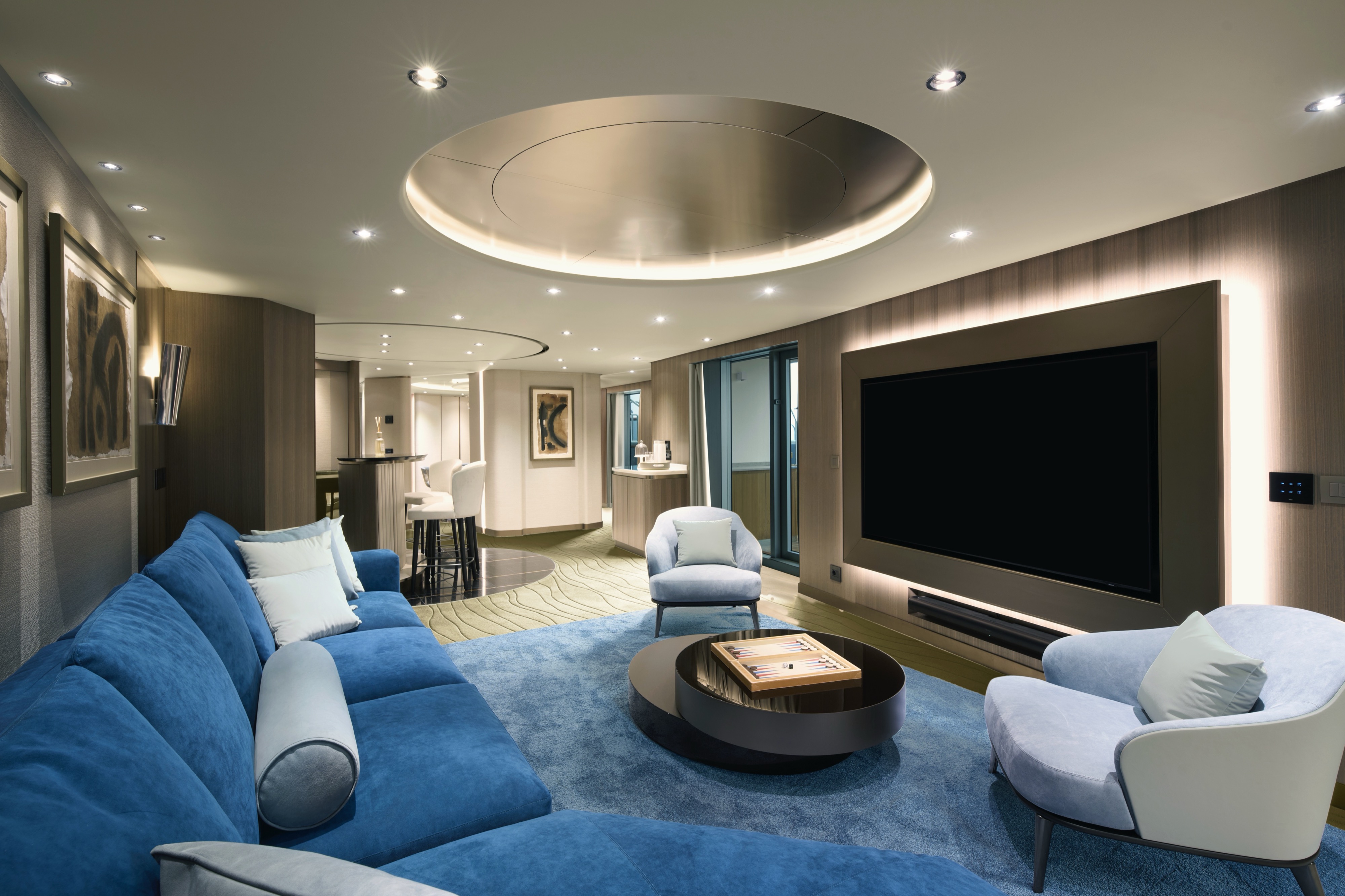
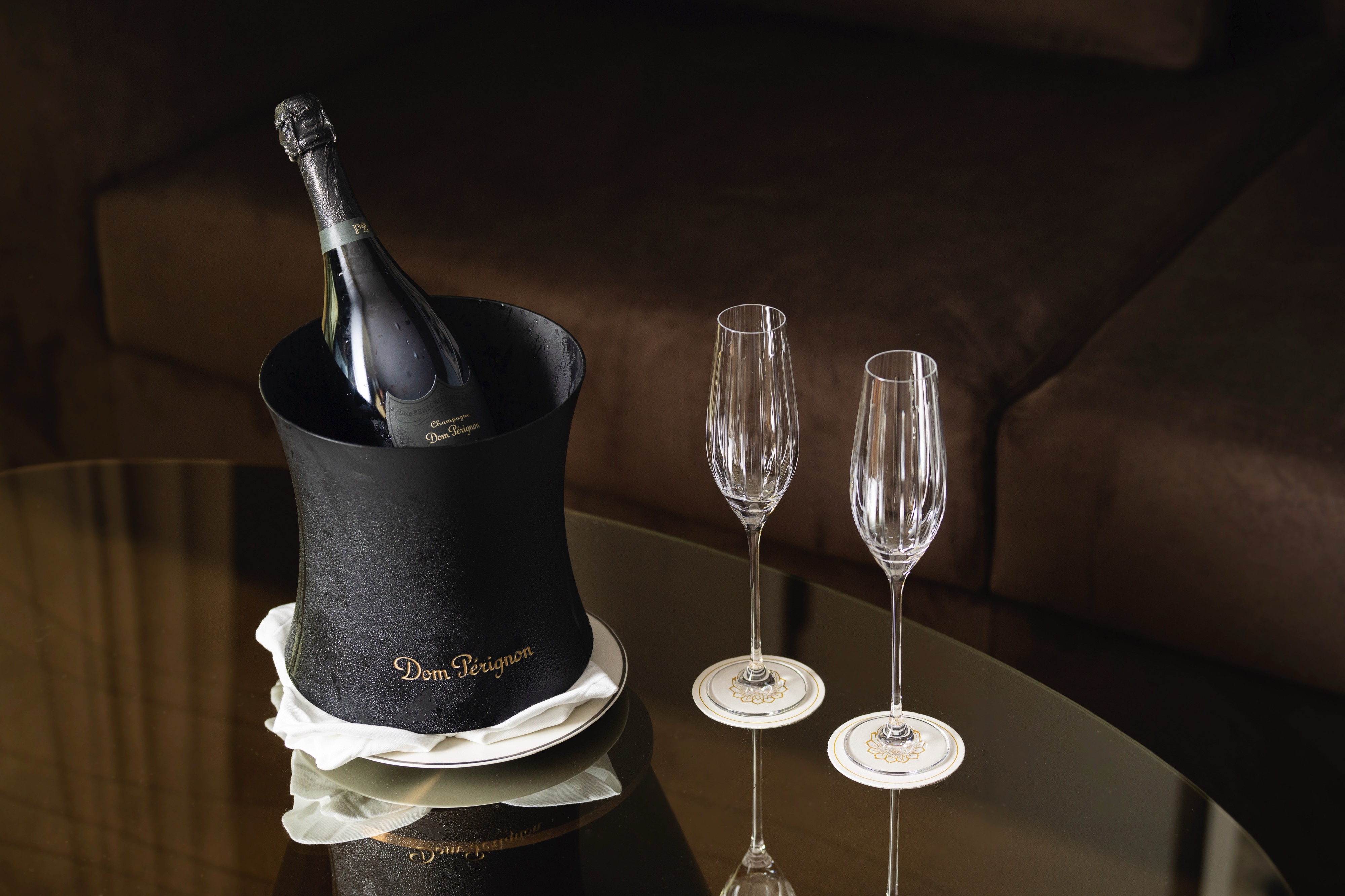
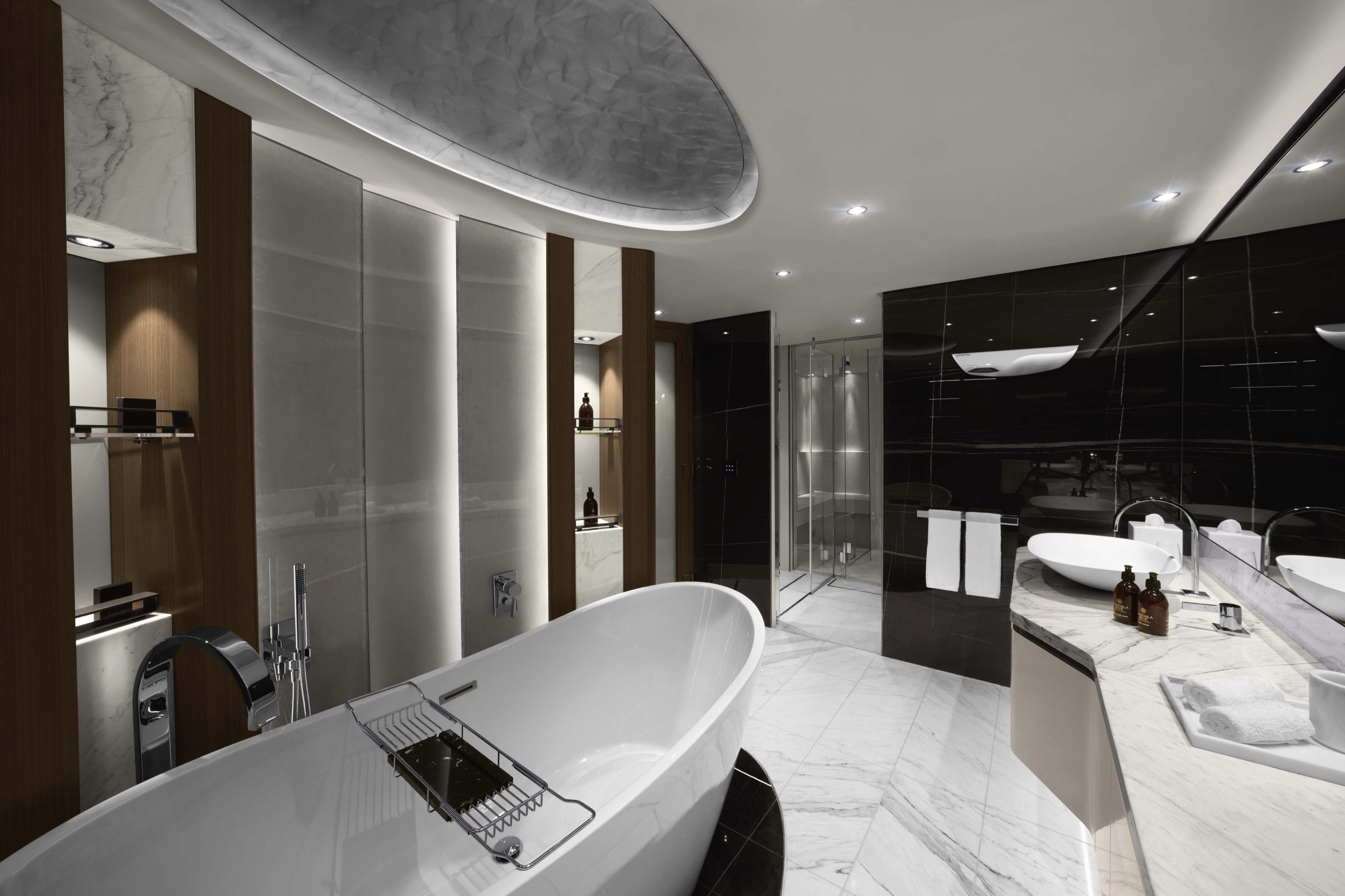
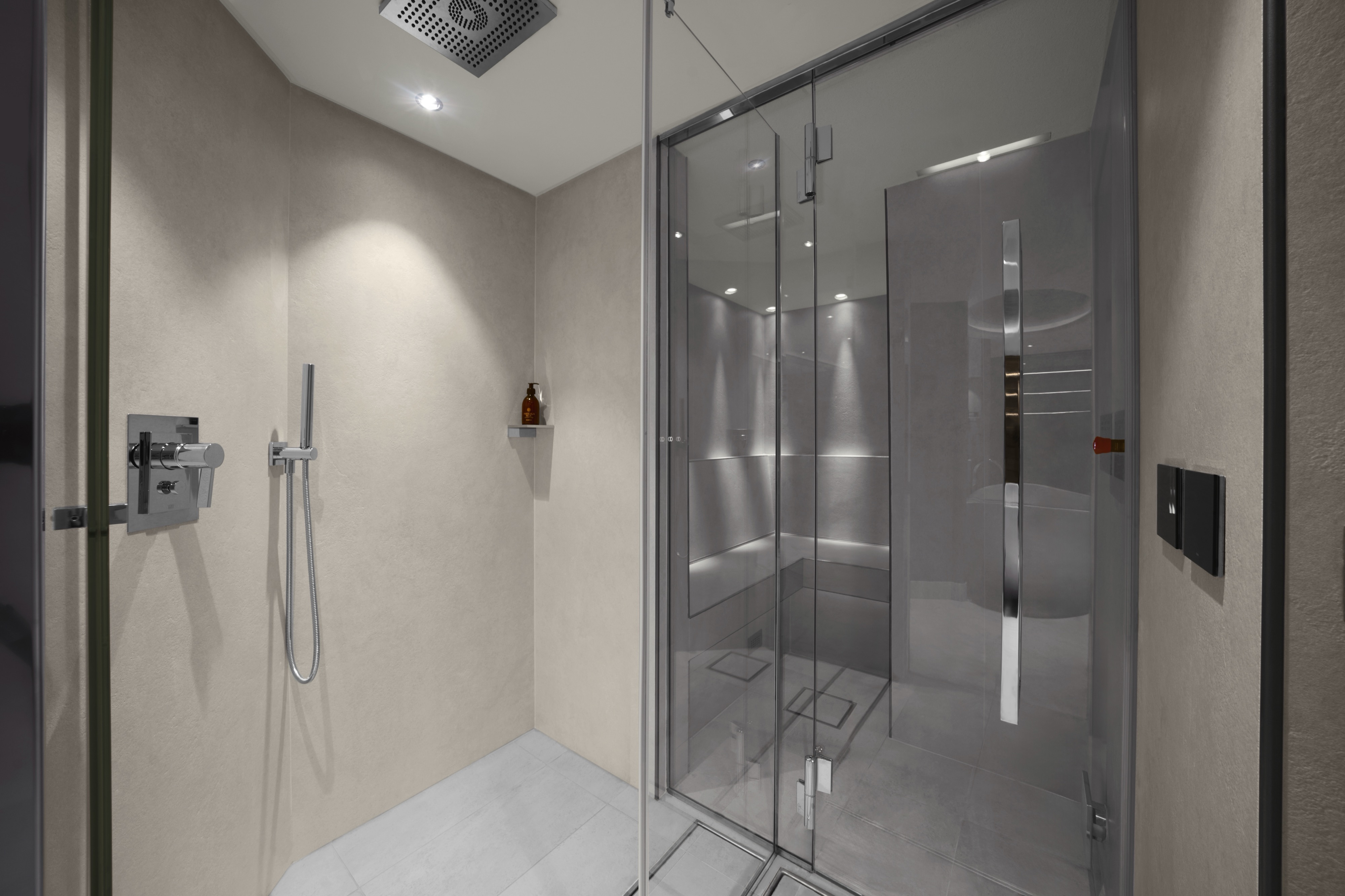
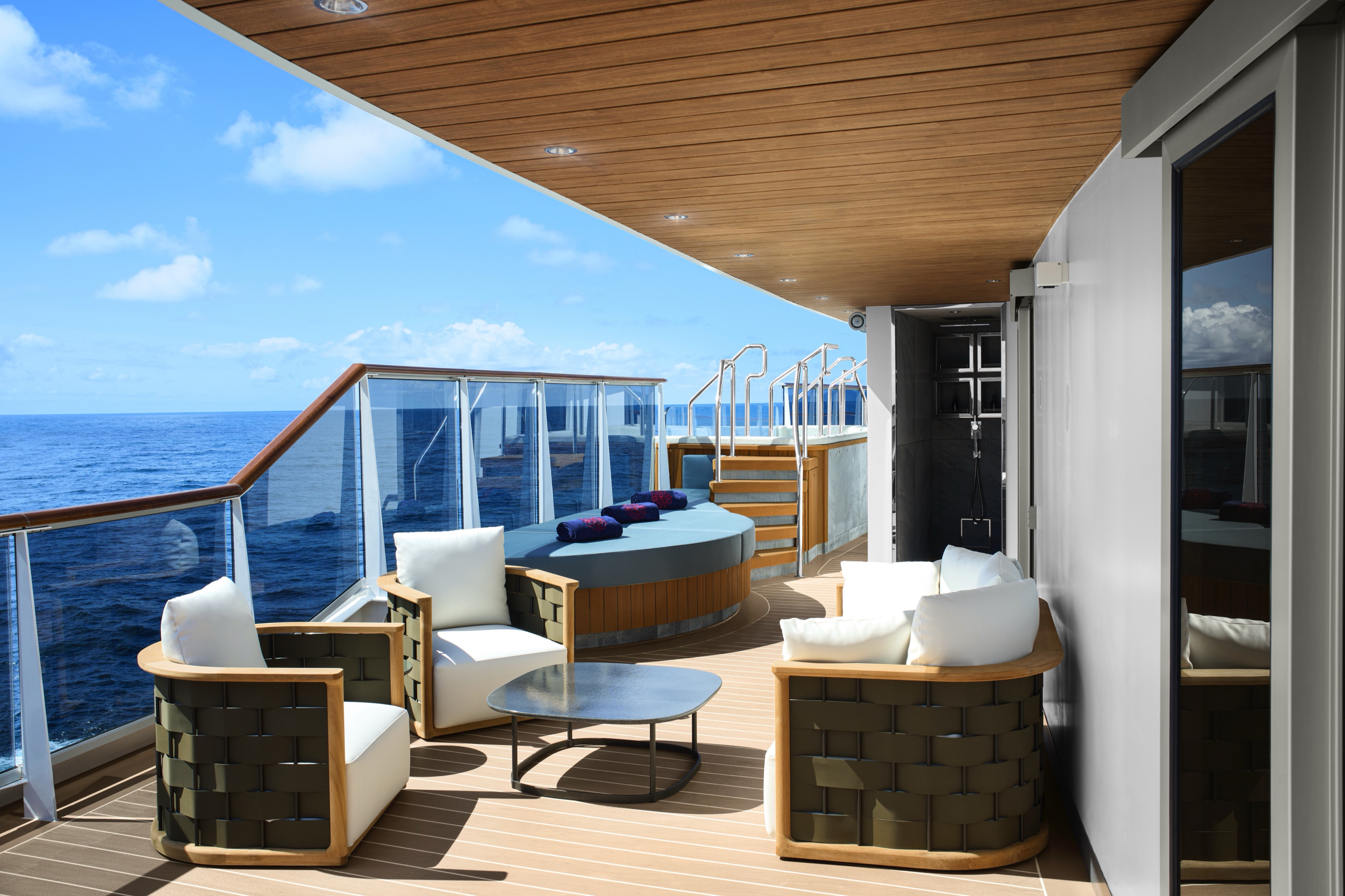
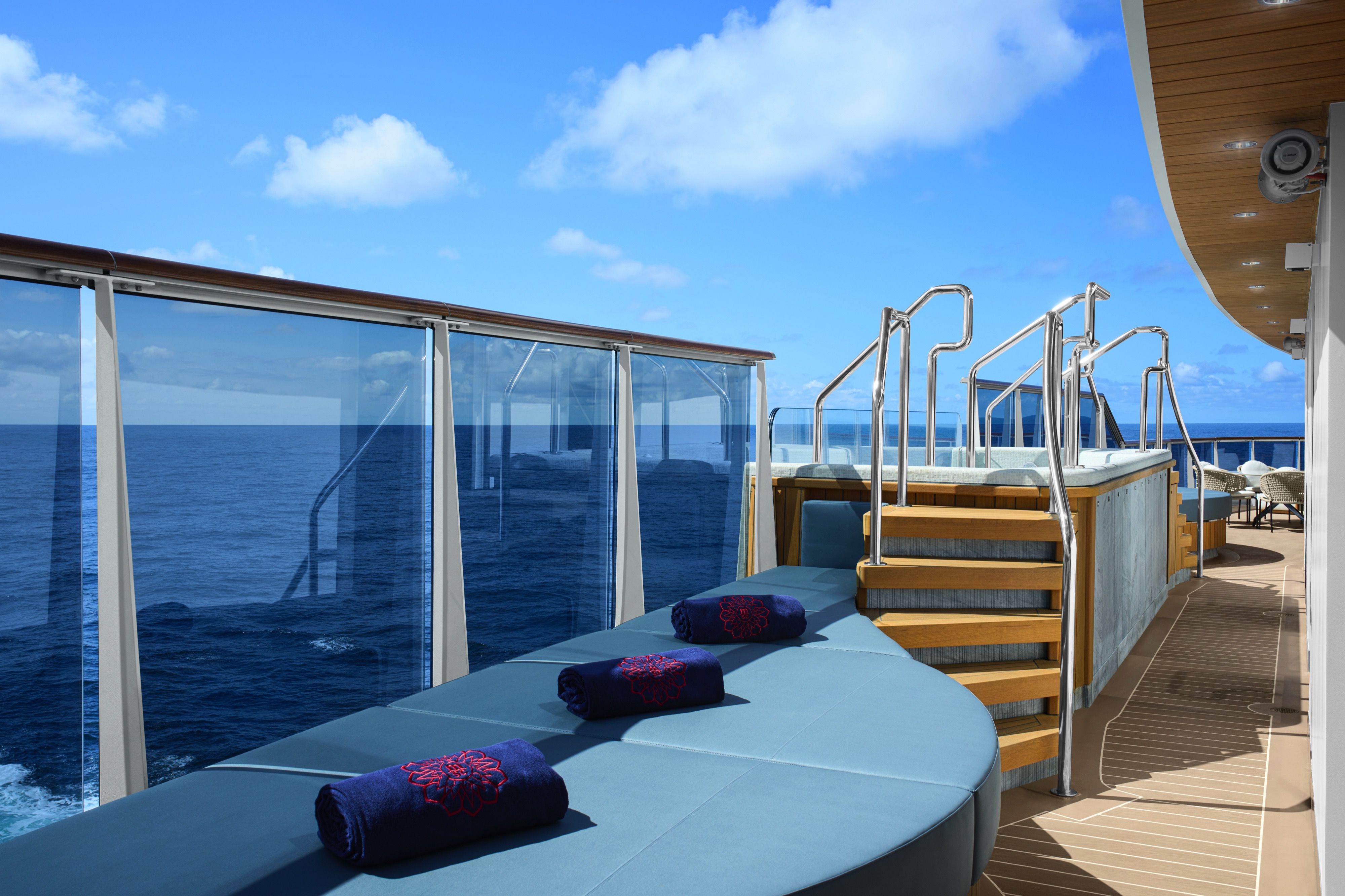
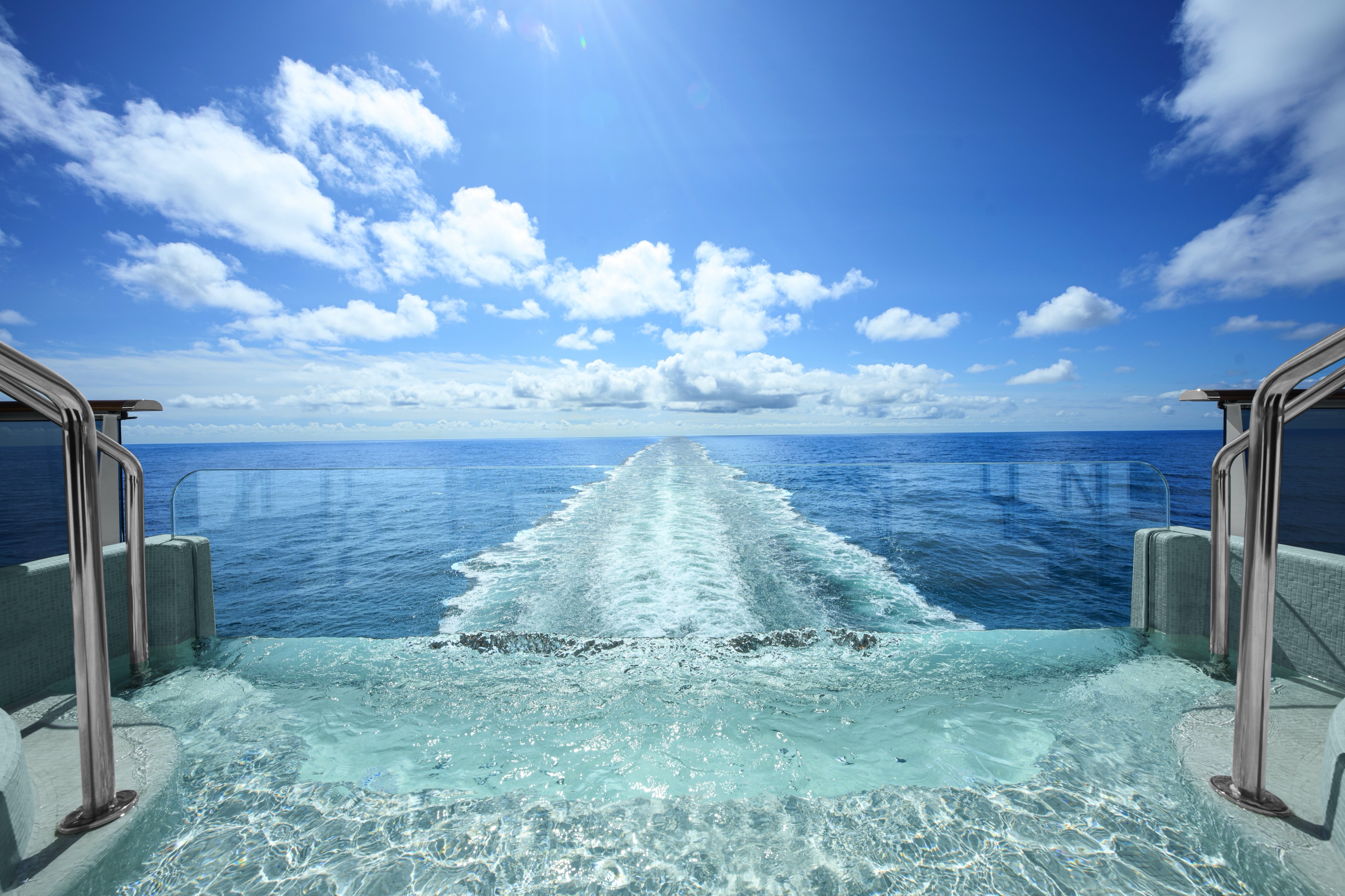
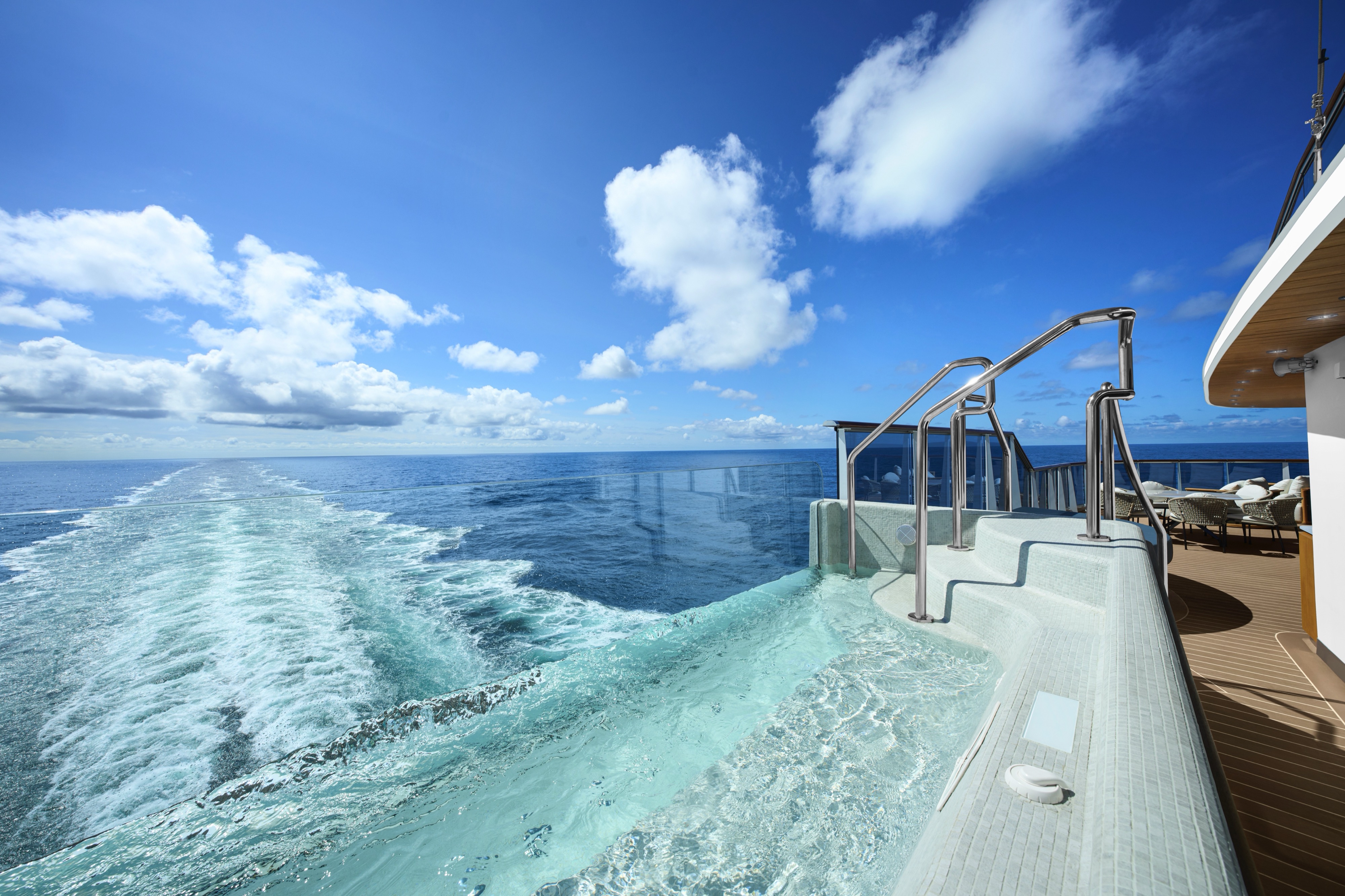
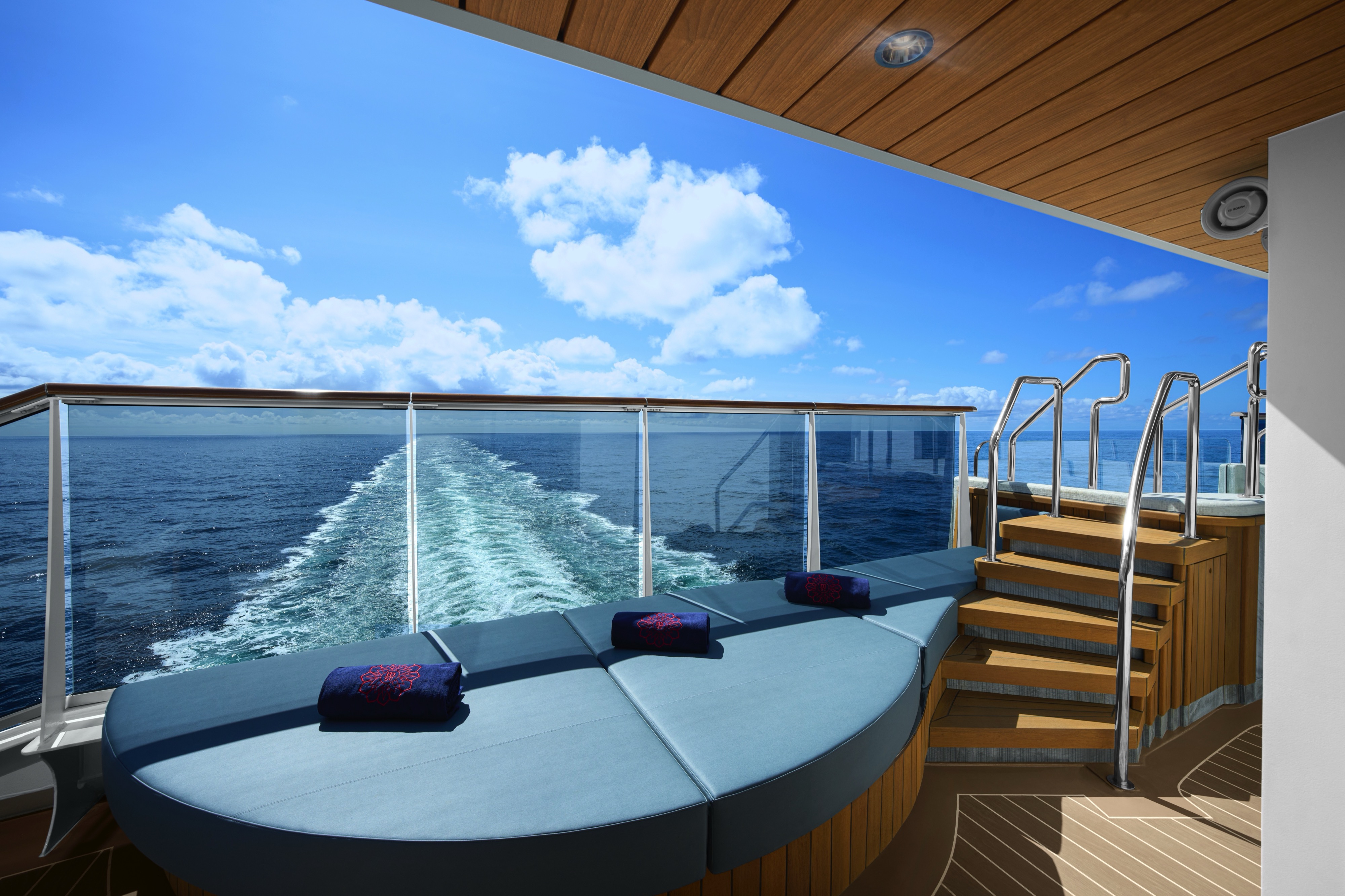
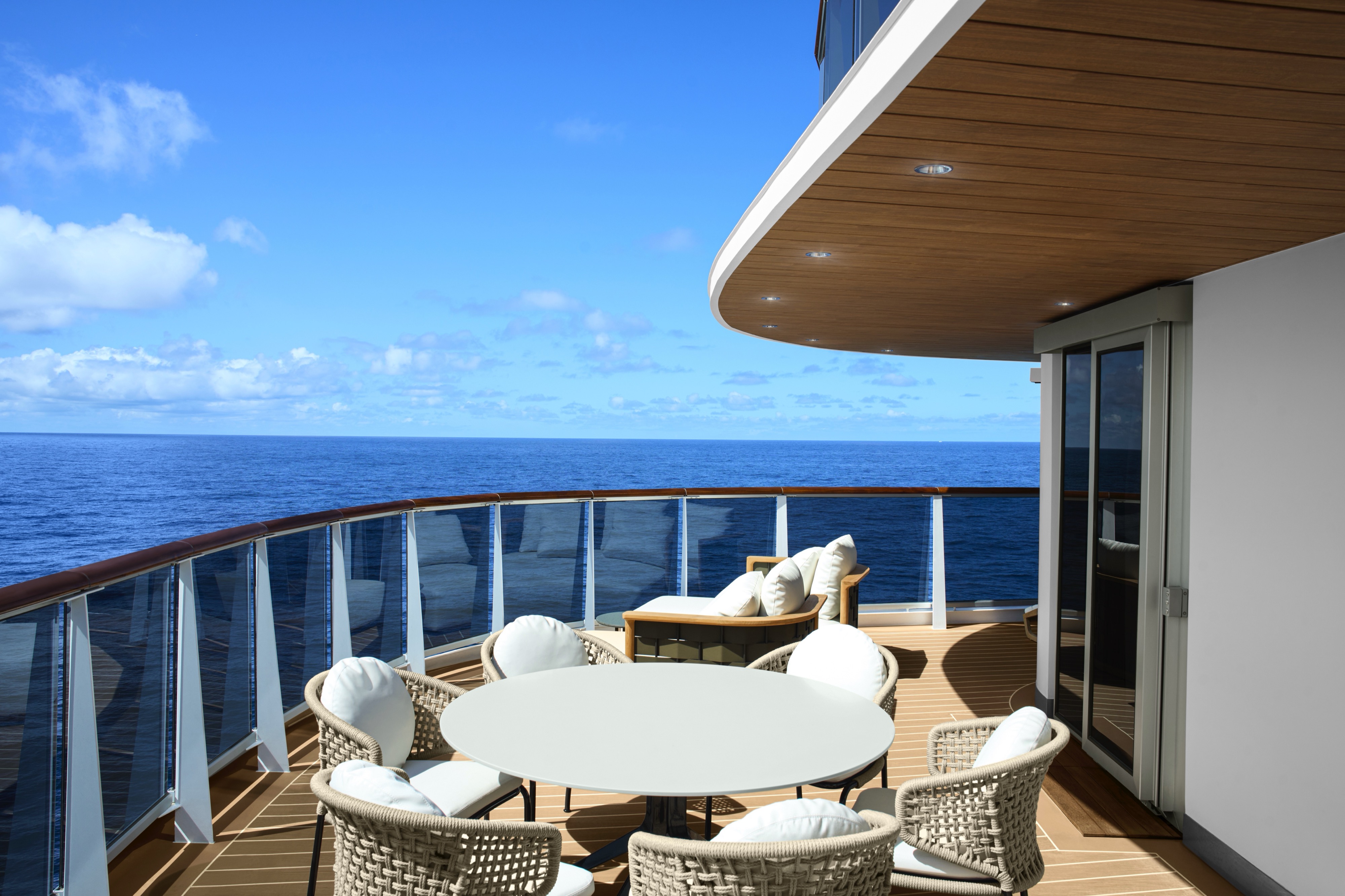
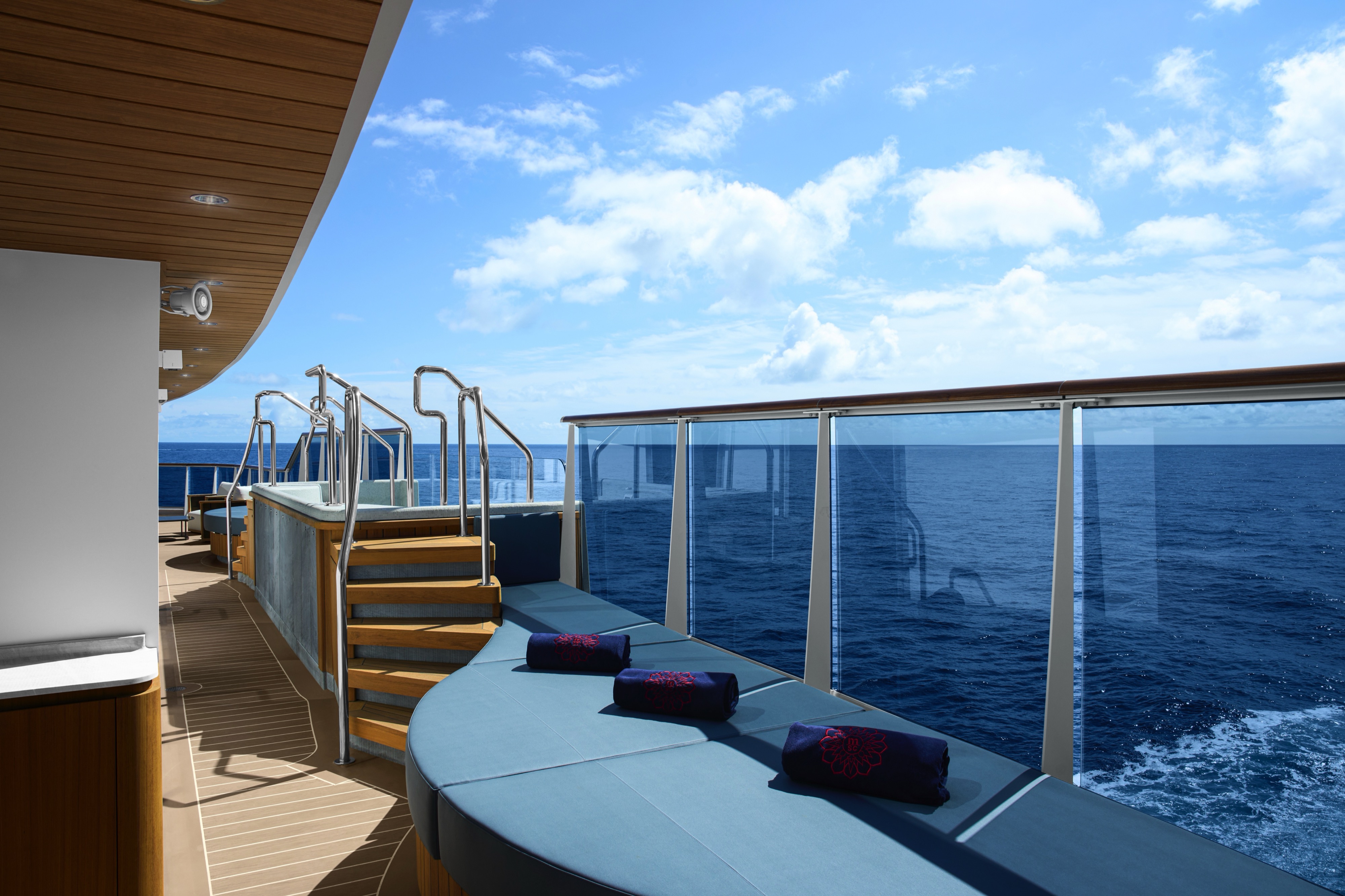
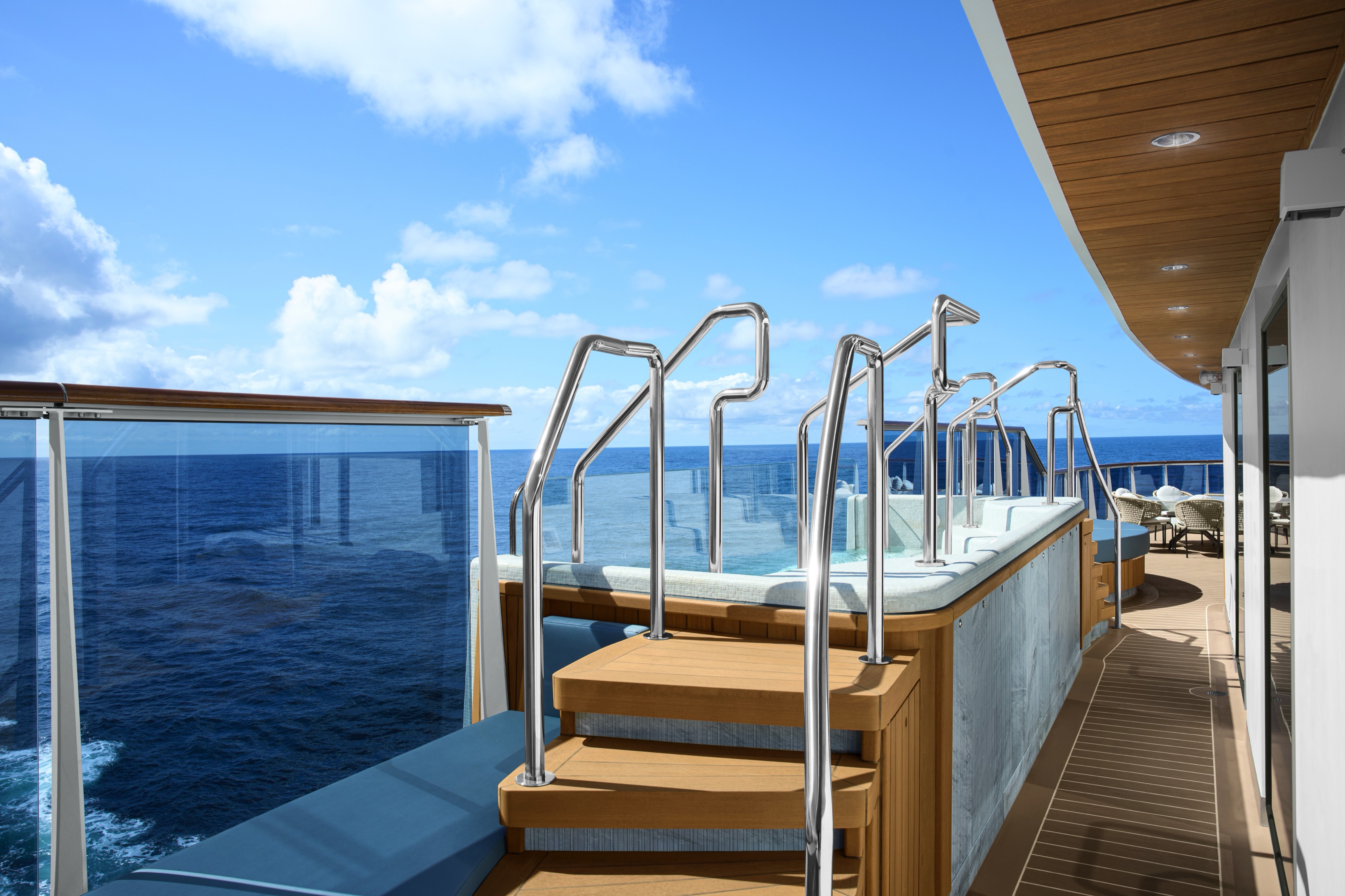
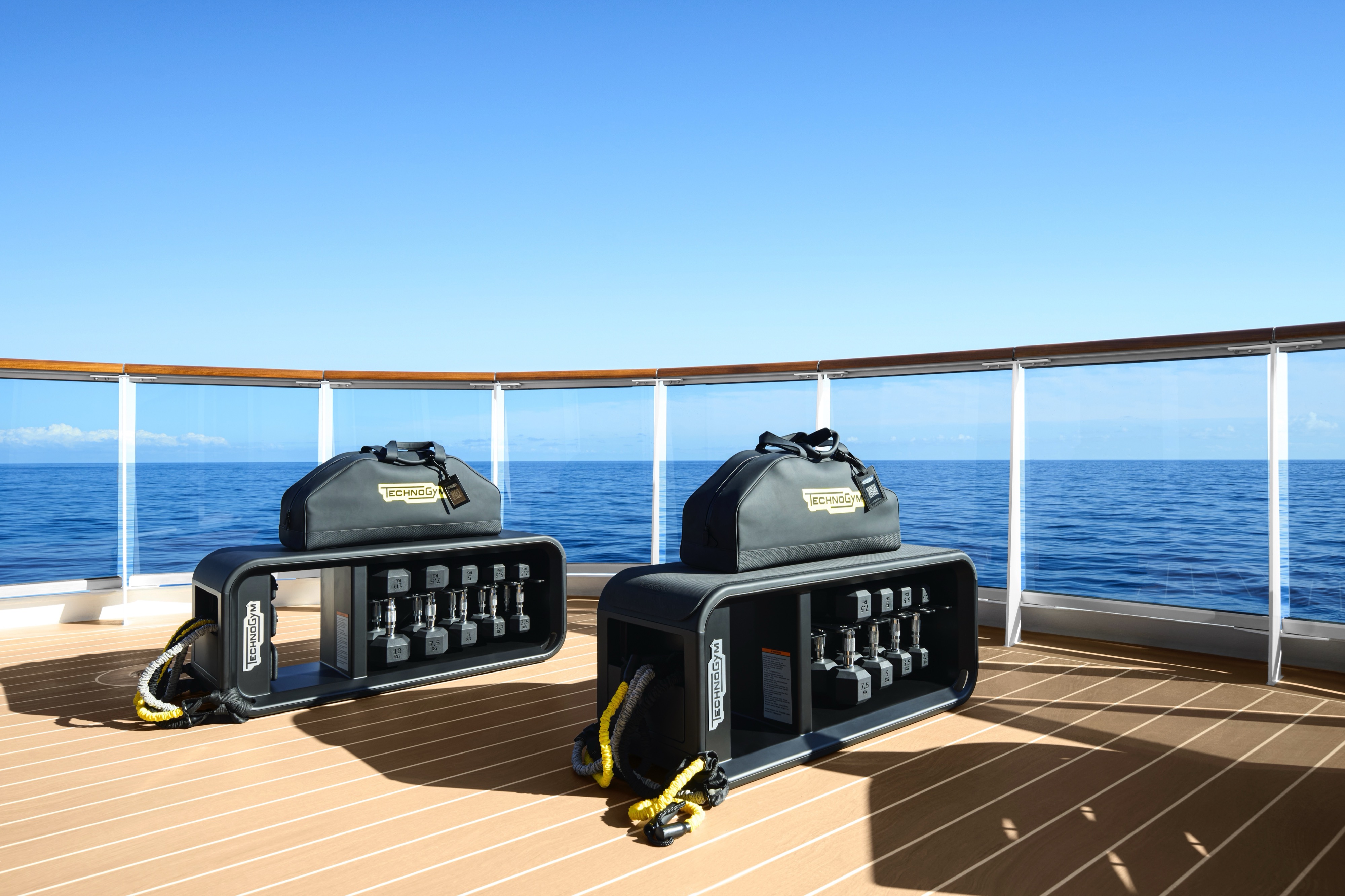
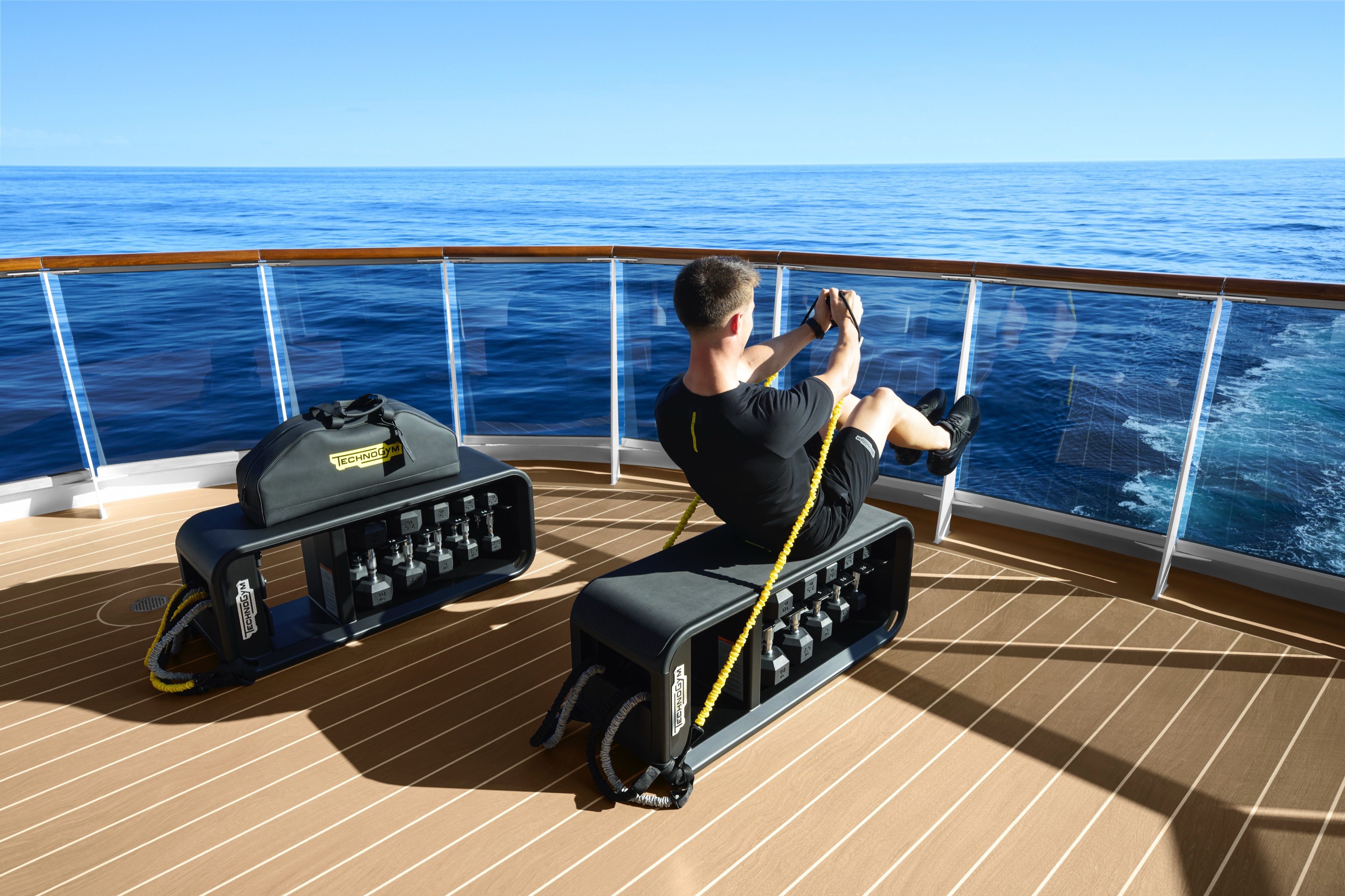
Our luxurious Retreat Residences offer oversized floor-to-ceiling windows leading onto a spacious sun terrace with a private whirlpool, as well as full spectacular views of the ship's forward part, featuring a privileged view of her navigation to celebrated and off-the-beaten path destinations.
For a true sense of being at home at sea, experience the effortlessly elegant spaces of the Retreat Residences include a stylishly decorated living area, a calm work space, a comfortable dining area for four, as well as a separate spacious bedroom with sea views and a spacious walk-in wardrobe with a seated vanity area. Sofas and chairs are by Molteni & C and the sophisticated lighting solutions are designed by Astep.
Each Retreat Residence includes butler services provided by our Residence Hosts, a private refrigerated mini bar – replenished according to the guests’ preferences, espresso machine, kettle and tea pot with a complimentary selection of coffee and teas.
Features
- Private butler services by our Residence Hosts
- Oversized floor-to-ceiling windows with views of the sea
- Separate living, dining and sleeping areas
- Spacious lounge area
- Dining table for 4 guests
- Spacious work desk area
- In-suite welcome bottle of champagne
- Private refrigerated minibar, replenished according to the guests’ preferences from a selection of alcoholic and non-alcoholic beverages
- Espresso machine, kettle and tea pot with a complimentary selection of coffee and teas
- Complimentary personal refillable water bottle for each guest
- Pair of binoculars for guests’ use during their journey
- Technogym Case Kit with a smart range of fitness gear
- Safe accommodating most tablets and laptops
Outdoor
- Spacious ocean-front terrace with private outdoor whirlpool and a dining table
Bedroom
- Bespoke king-sized bed sleep system - size: 200 x 200 cm (79 x 79 in)
- Double sofa bed
- Down duvets and pillows
- Fine bed linens
- Extensive pillow selection
- Spacious walk-in wardrobe with a seated vanity area
Bathroom
Luxurious marble bathroom with a bathtub, a separate walk-in shower room and heated floors
- Plush bathrobes and bath linens
- Mandala Blue custom bath toiletries and amenities for Explora Journeys
- Dyson SupersonicTM hairdryer and illuminated make-up/shaving mirror
- Additional guest powder room
*All images are a combination of photography and artist renderings.
The artist representations and interior decorations, finishes, and furnishings are provided for illustrative purposes only.
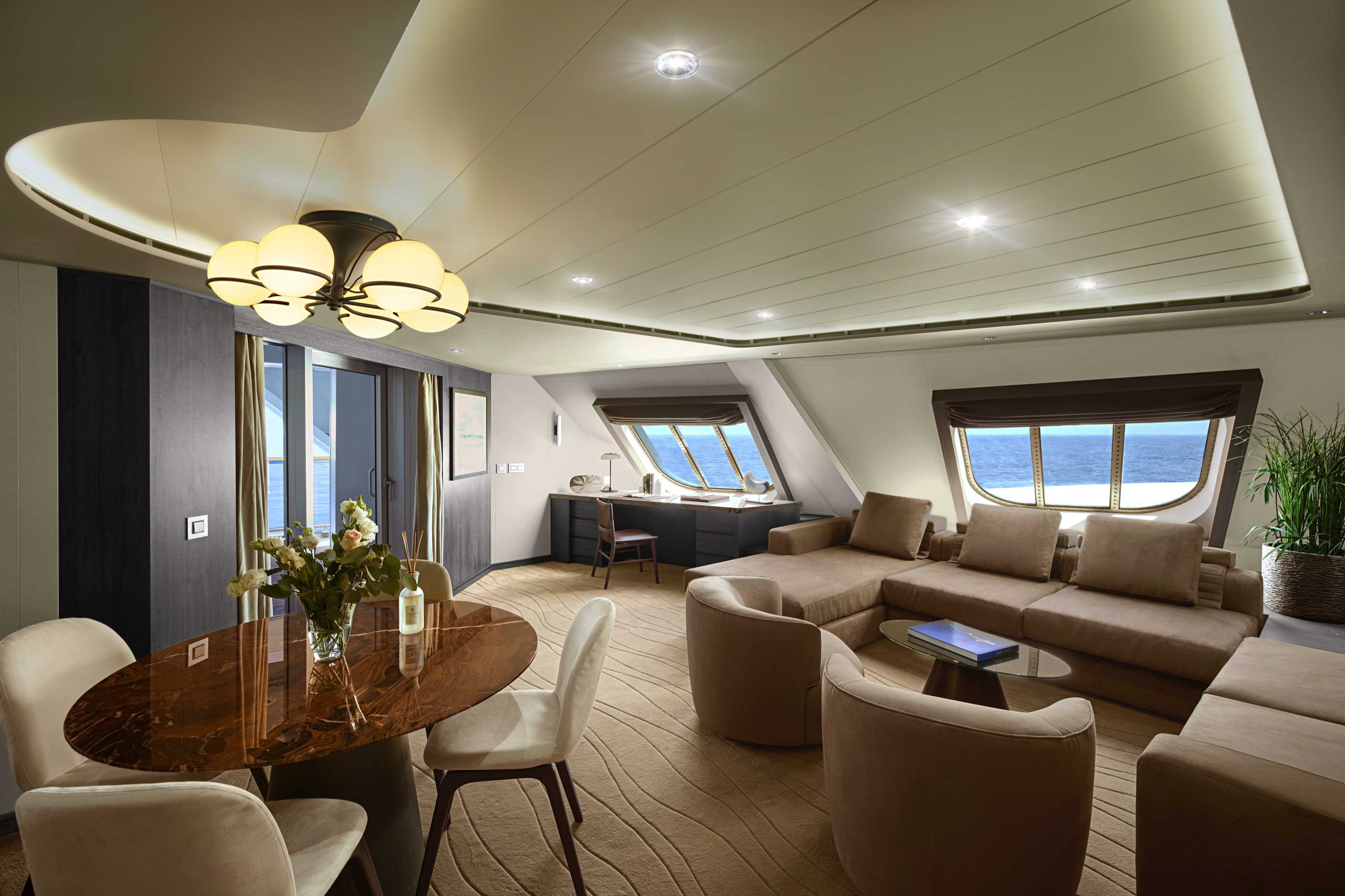
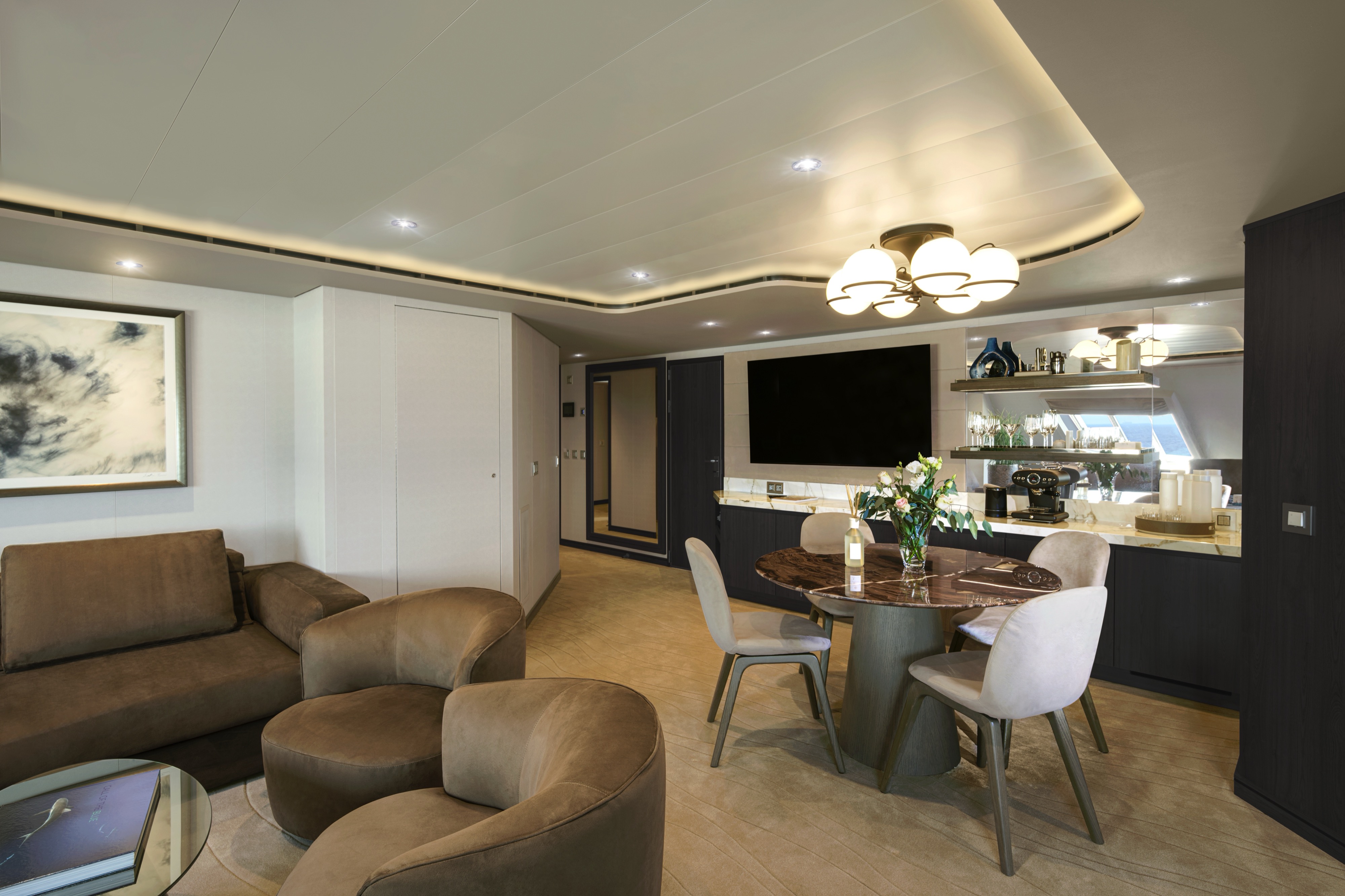
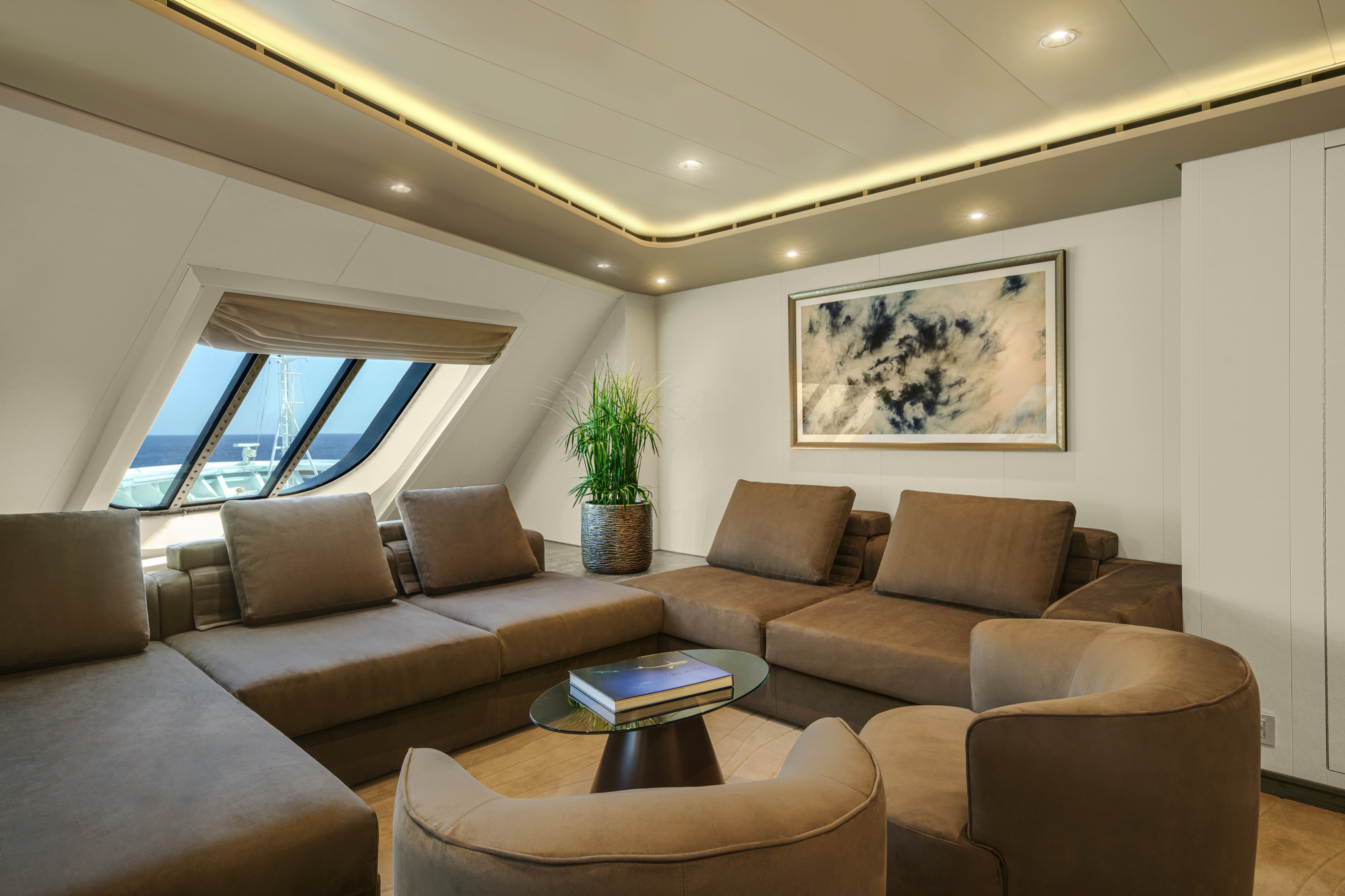
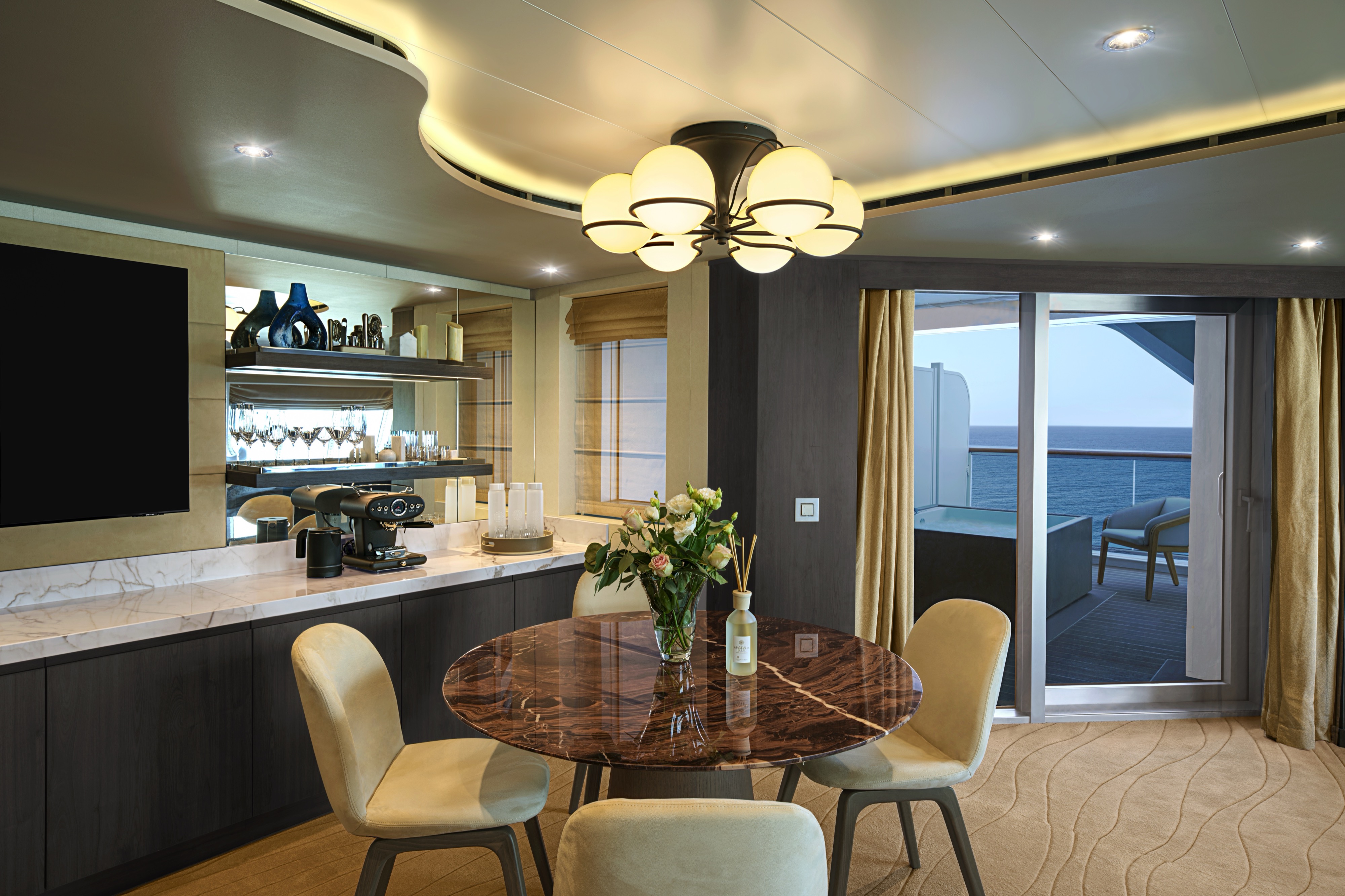
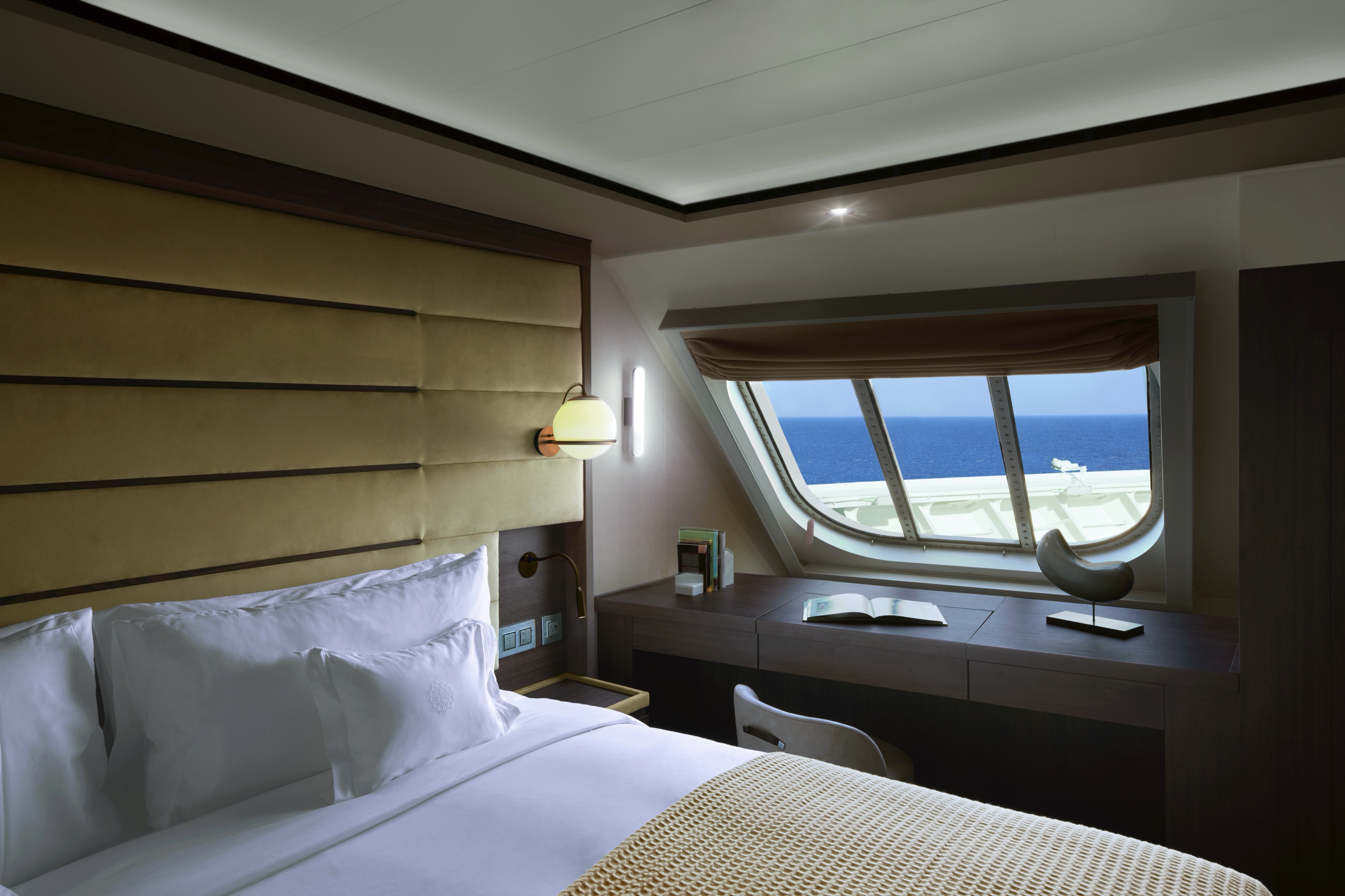

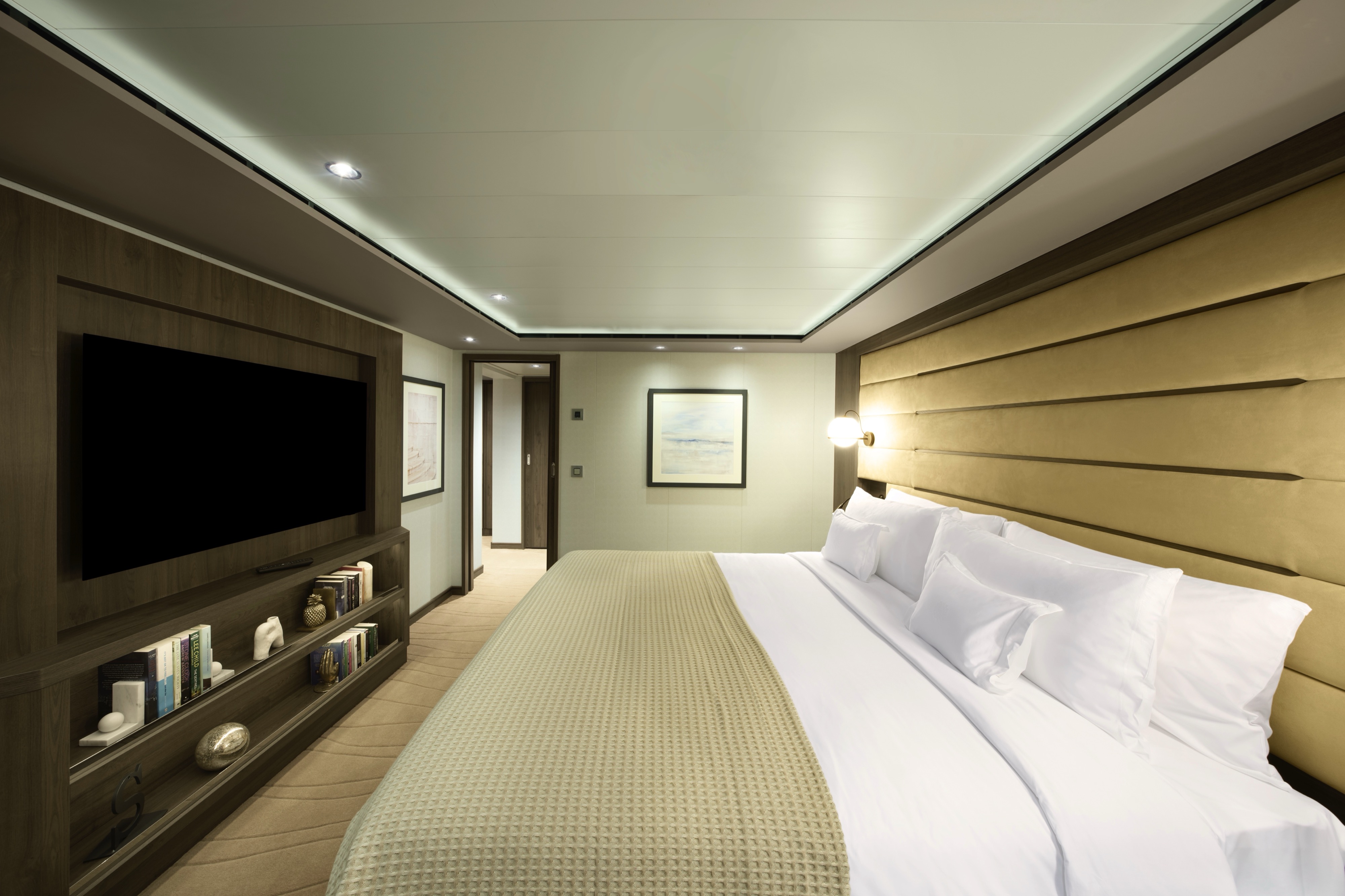
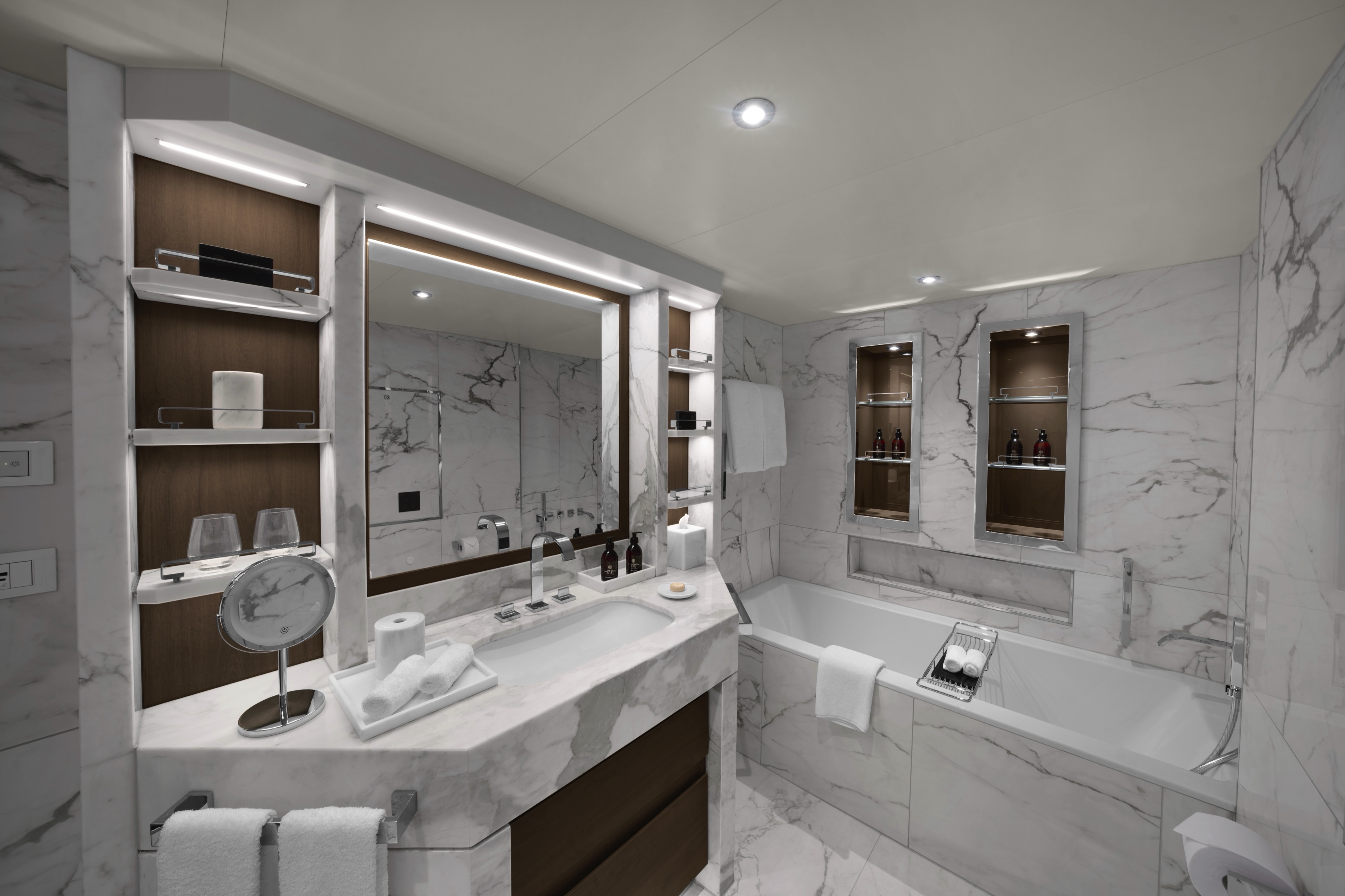
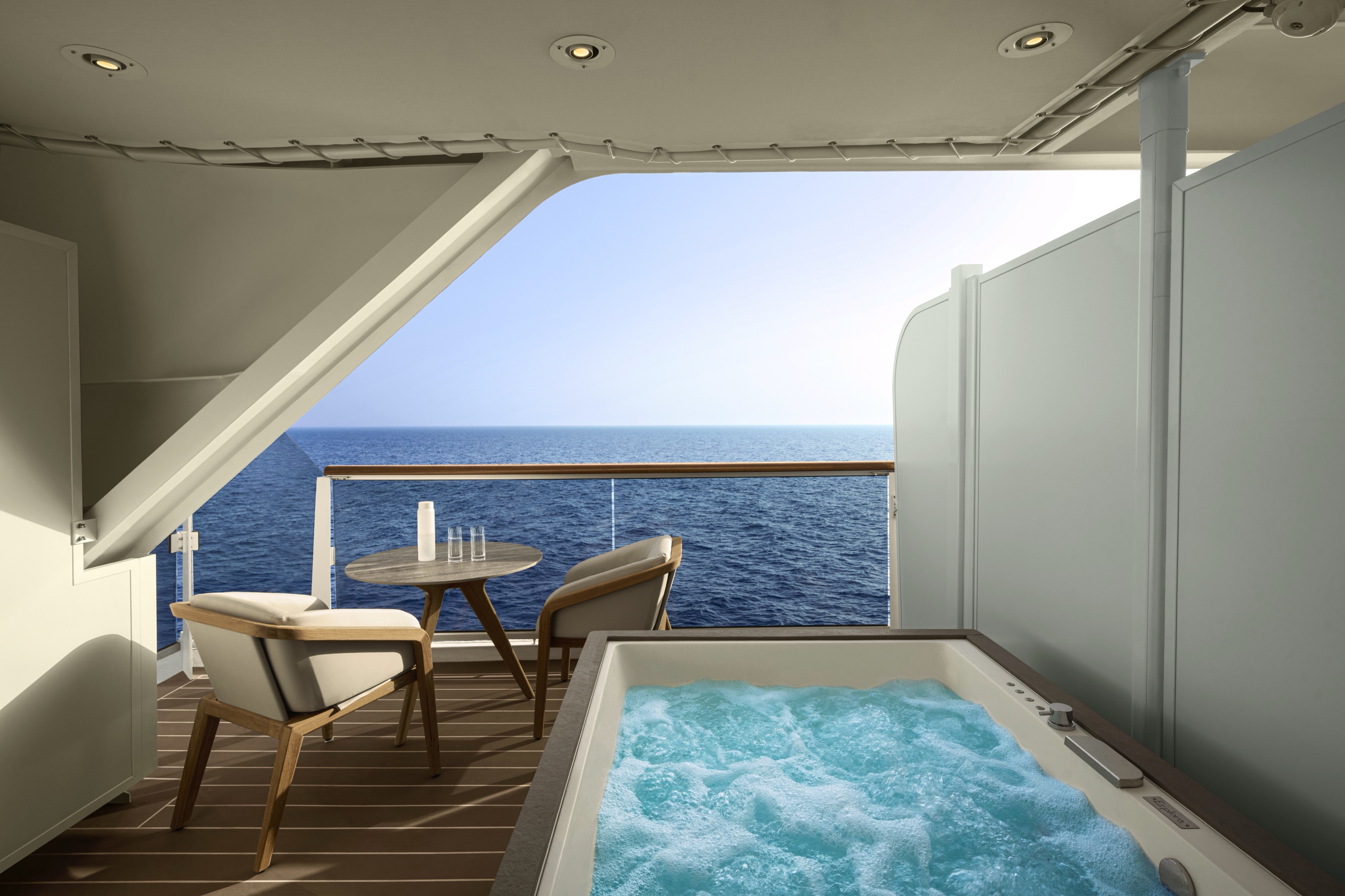
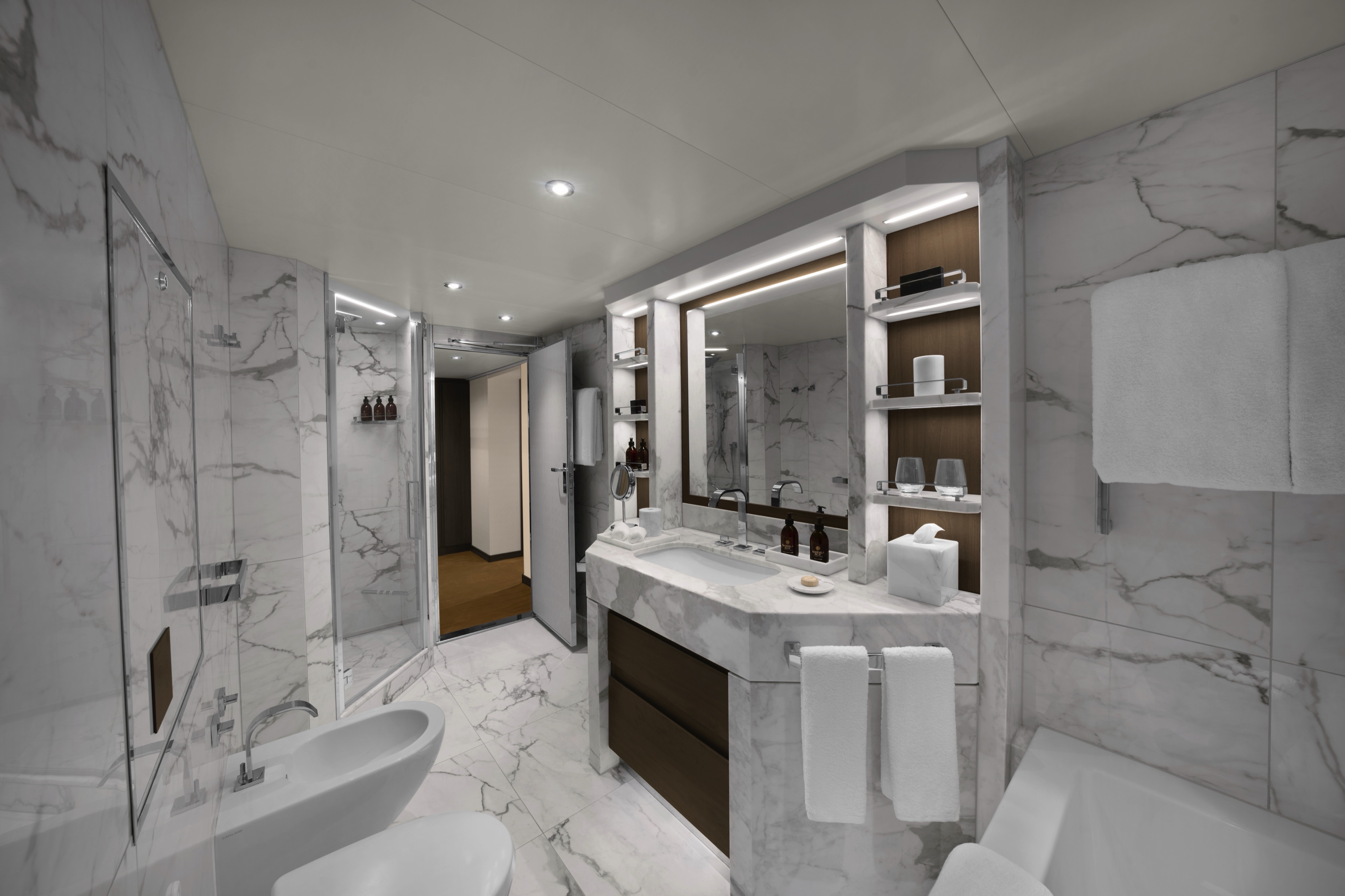
For a true sense of being at home at sea, experience the effortlessly elegant spaces of the Cove Residences featuring a stylishly decorated living area, a calm work space, a comfortable dining area for four, as well as a separate bedroom with sea views and a spacious walk-in wardrobe with a seated vanity area. Sofas and chairs are by Molteni & C and the sophisticated lighting solutions are designed by Astep. The private sun terrace allows guests to unwind and savour the ocean featuring a private outdoor whirlpool, a dining table and sun loungers.
Each Cove Residence includes butler services provided by our Residence Hosts, a private refrigerated mini bar – replenished according to the guests’ preferences, espresso machine, kettle and tea pot with a complimentary selection of coffee and teas.
Features
- Private butler services by our Residence Hosts
- Oversized floor-to-ceiling windows with views of the sea
- Separate living, dining and sleeping area
- Spacious lounge area
- Dining table for 4 guests
- Spacious work desk area
- In-suite welcome bottle of champagne
- Private refrigerated minibar, replenished according to the guests’ preferences from a selection of alcoholic and non-alcoholic beverages
- Espresso machine, kettle and tea pot with a complimentary selection of coffee and teas
- Complimentary personal refillable water bottle for each guest
- Pair of binoculars for guests’ use during their journey
- Technogym Case Kit with a smart range of fitness gear
- Safe accommodating most tablets and laptops
Outdoor
- Spacious ocean-front terrace with private outdoor whirlpool, a dining table and sun loungers or a daybed
Bedroom
- Bespoke king-sized bed sleep system - size: 180 x 200 cm (71 x 79 in)
- Some suites feature twin beds – size: 2 x 90 x 200 cm (35 x 79 in)
- Double sofa bed
- Down duvets and pillows
- Fine bed linens
- Extensive pillow selection
- Spacious walk-in wardrobe with a seated vanity area
Bathroom
- Spacious bathroom with walk-in shower and heated floors
- Plush bathrobes and bath linens
- Mandala Blue custom bath toiletries and amenities for Explora Journeys
- Dyson SupersonicTM hairdryer and illuminated make-up/shaving mirror
*All images are a combination of photography and artist renderings.
The artist representations and interior decorations, finishes, and furnishings are provided for illustrative purposes only.
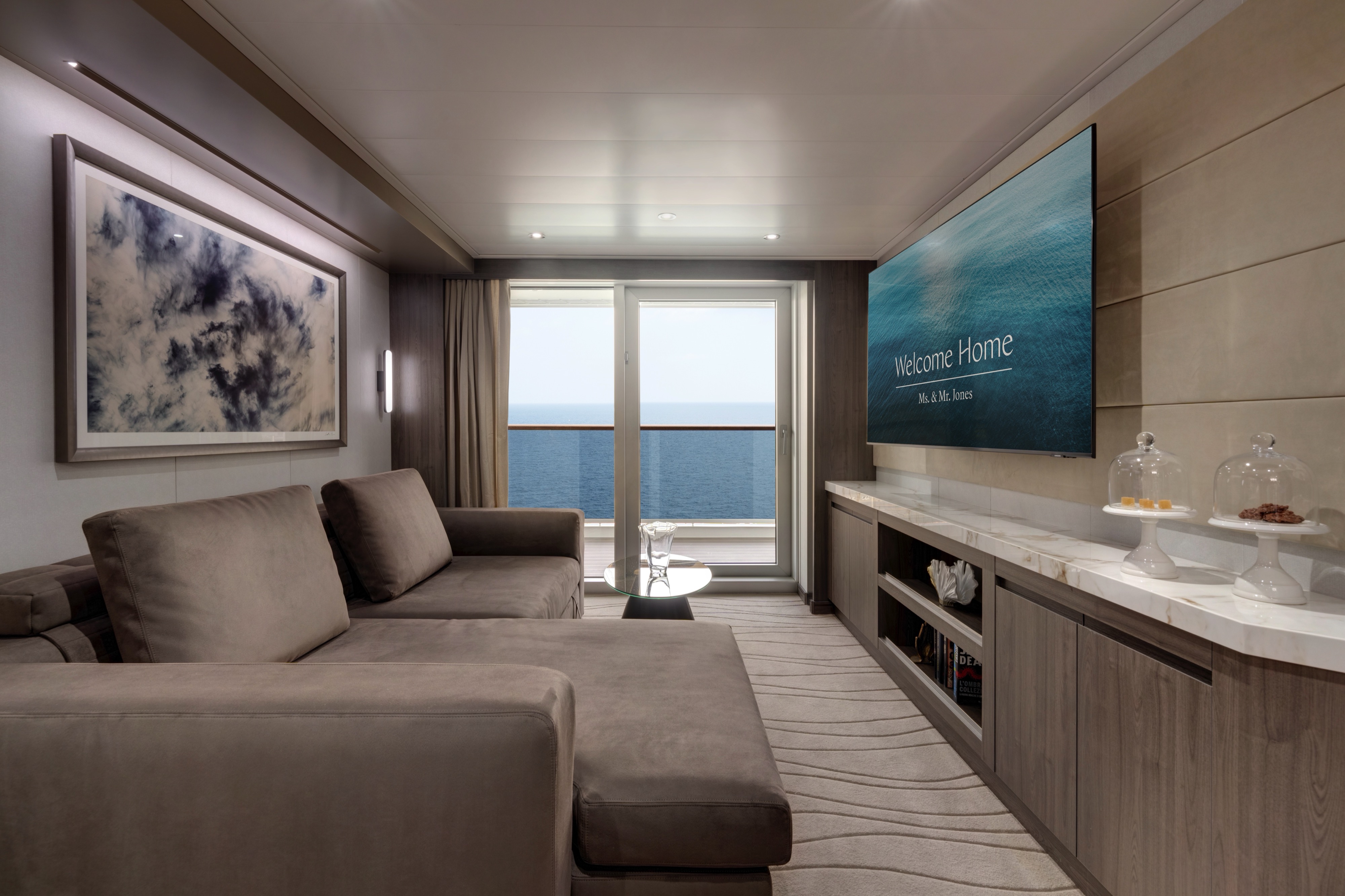
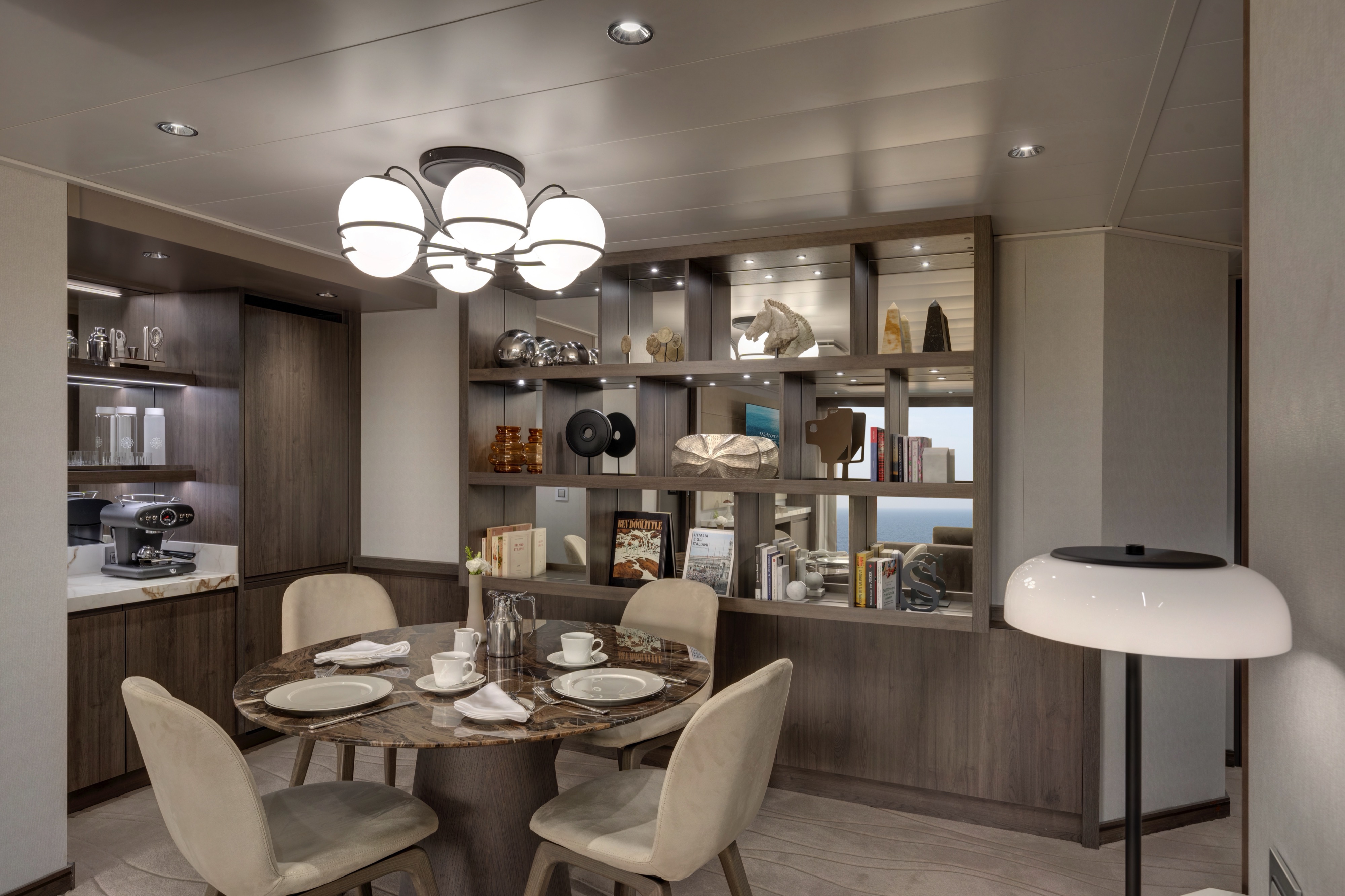
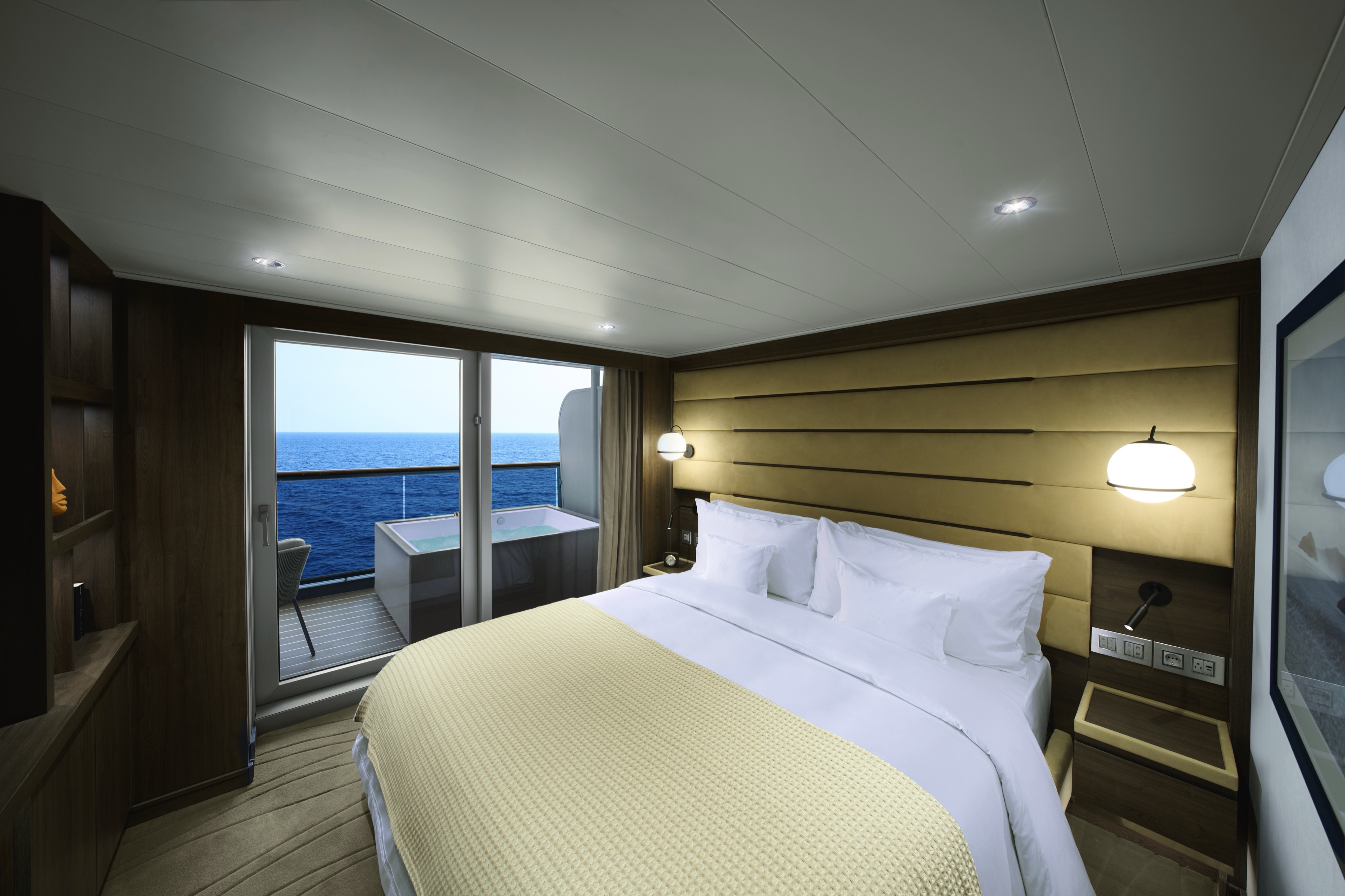
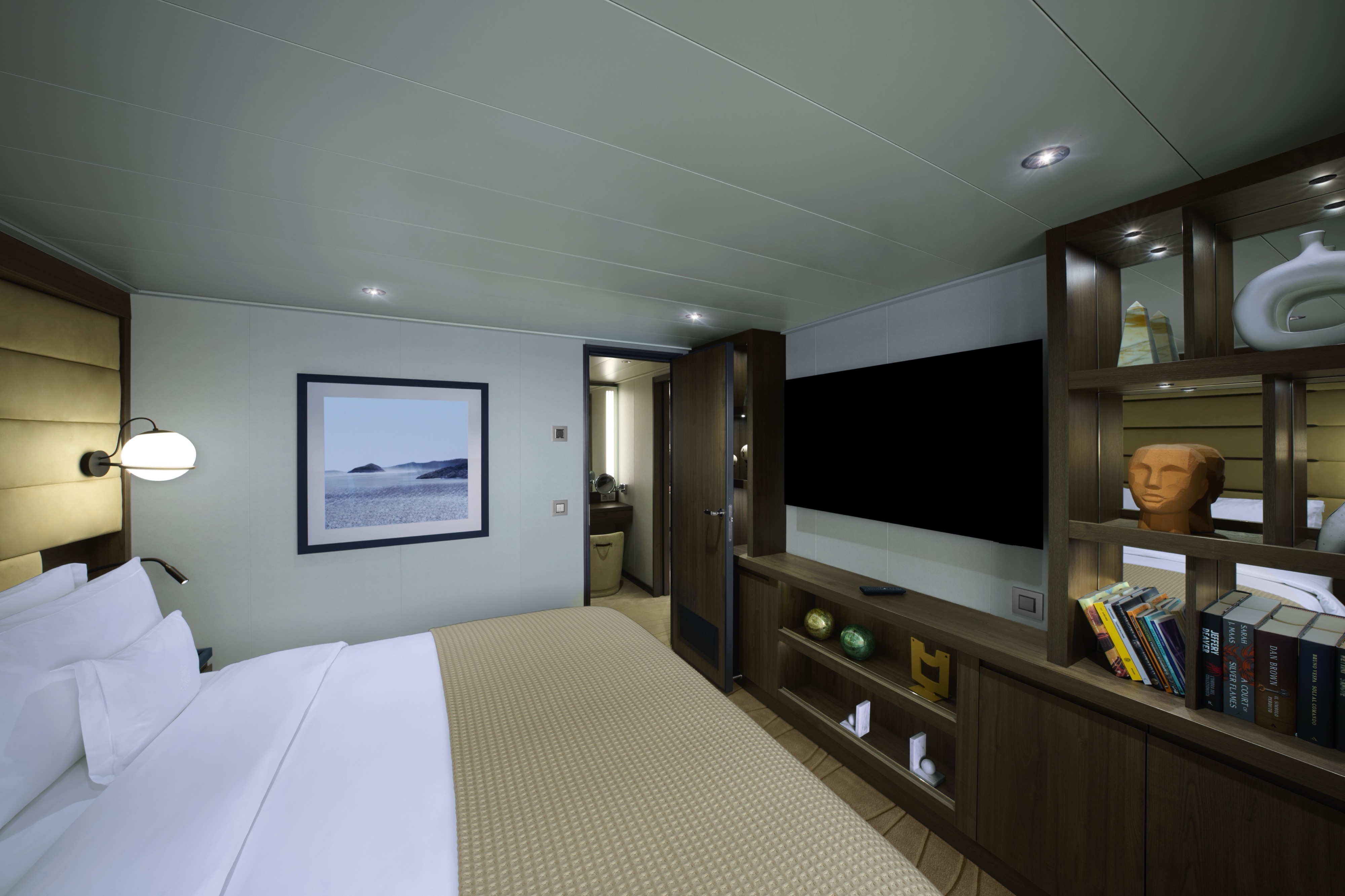
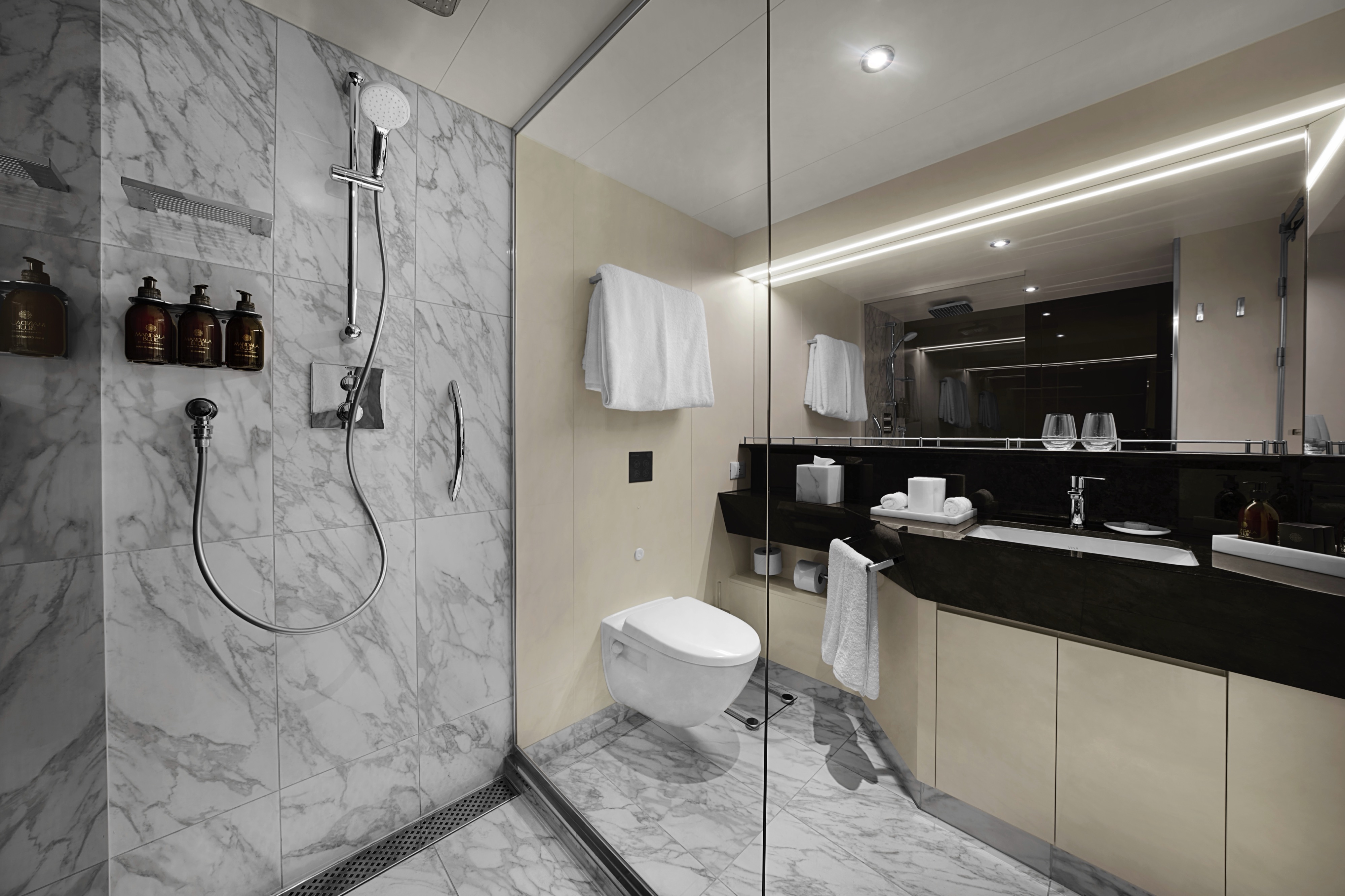
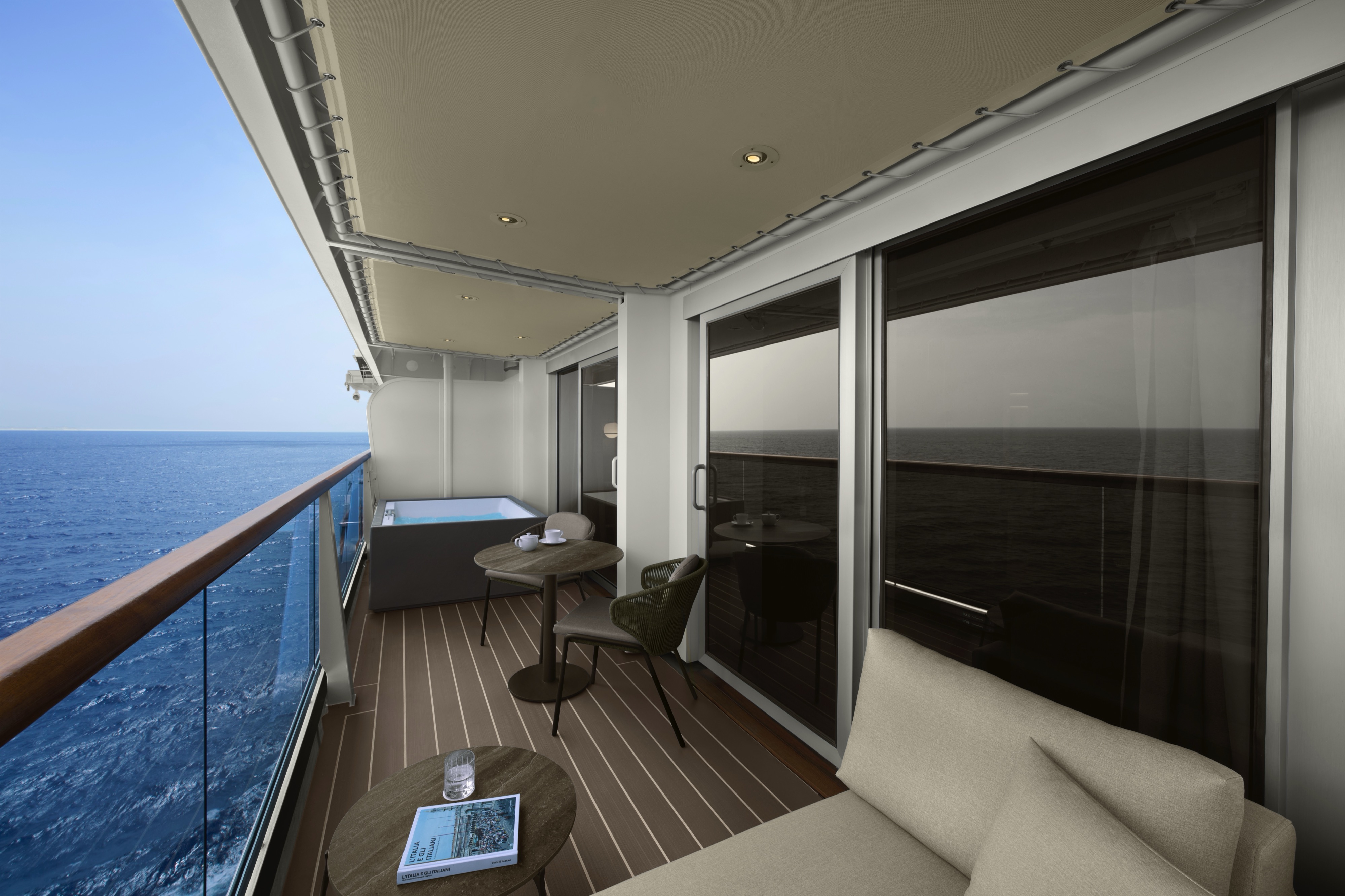
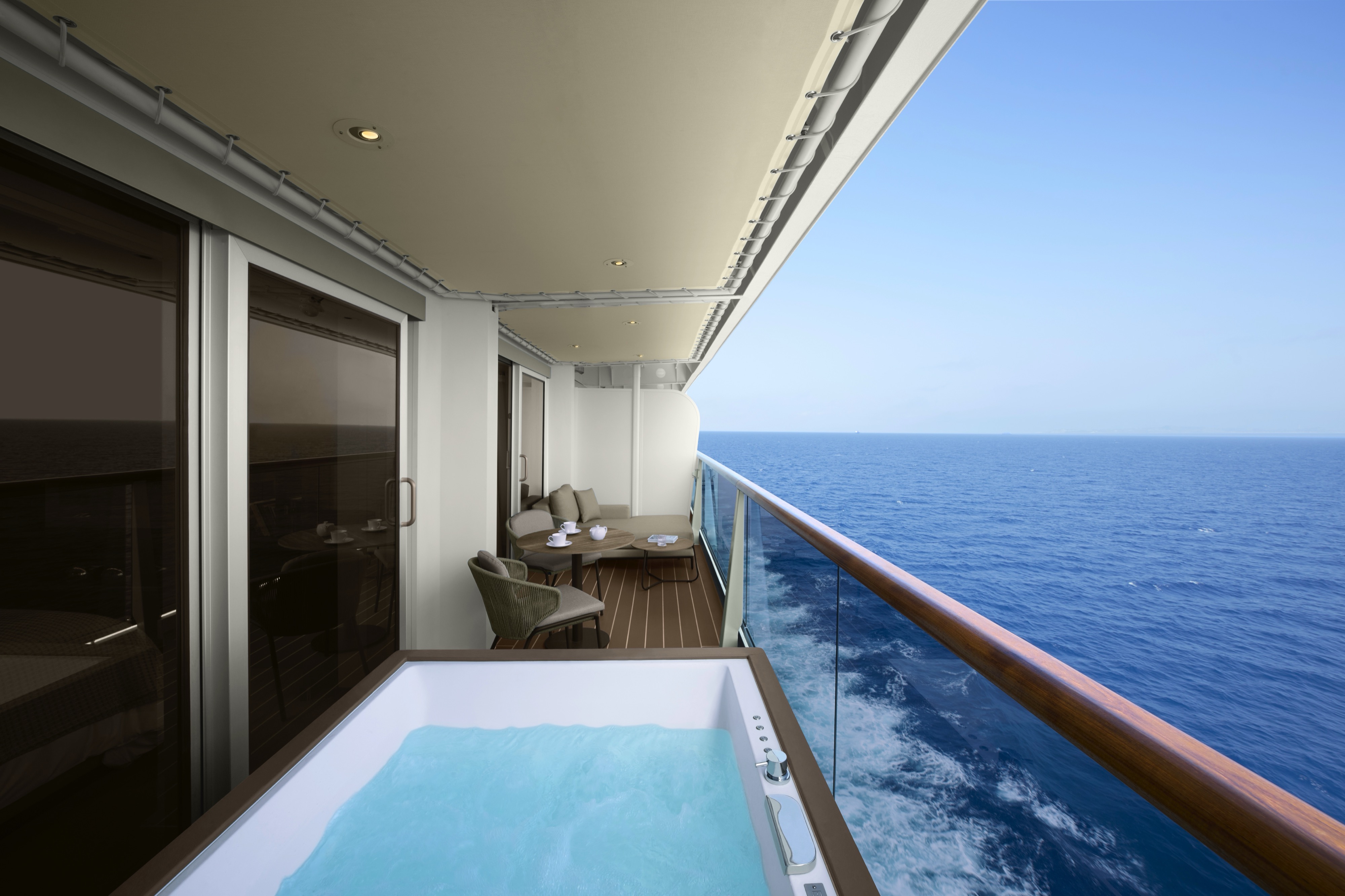
Abundant in space and light, the elegant Serenity Residences feature oversized floor-to-ceiling windows leading onto the expansive panoramic terrace on the ship's aft, including magnificent ocean views, a private outdoor whirlpool, a dining table, relaxing sun beds and a comfortable outdoor lounge designed by Molteni & C.
The Serenity Residences feature a large stylishly decorated living area, a comfortable dining area for four, with sofas and chairs by Molteni & C and sophisticated lighting solutions designed by Astep, as well as a comfortable working space. The separate spacious bedroom with sea views includes a walk-in wardrobe with a seated vanity area and an en-suite luxurious marble bathroom sculpted of precious Calacatta marble, with a bathtub and separate shower.
Each Serenity Residence includes butler services provided by our Residence Hosts, a private refrigerated mini bar – replenished according to the guests’ preferences, espresso machine, kettle and tea pot with a complimentary selection of coffee and teas.
Features
- Private butler services by our Residence Hosts
- Oversized floor-to-ceiling windows with views of the sea
- Separate living, dining and sleeping areas
- Spacious lounge area
- Dining table for 4 guests
- Spacious work desk area
- In-suite welcome bottle of champagne
- Private refrigerated minibar, replenished according to the guests’ preferences from a selection of alcoholic and non-alcoholic beverages
- Espresso machine, kettle and tea pot with a complimentary selection of coffee and teas
- Complimentary personal refillable water bottle for each guest
- Pair of binoculars for guests’ use during their journey
- Technogym Case Kit with a smart range of fitness gear
- Safe accommodating most tablets and laptops
Outdoor
- Panoramic ocean-front terrace with private outdoor whirlpool, a dining table, a daybed and sun loungers
Bedroom
- Bespoke king-sized bed sleep system - size: 180 x 200 cm (71 x 79 in)
- Some suites feature twin beds – size: 2 x 90 x 200 cm (35 x 79 in)
- Double sofa bed
- Down duvets and pillows
- Fine bed linens
- Extensive pillow selection
- Spacious walk-in wardrobe with a seated vanity area
Bathroom
- Luxurious marble bathroom with a bathtub, a separate walk-in shower room and heated floors
- Plush bathrobes and bath linens
- Mandala Blue custom bath toiletries and amenities for Explora Journeys
- Dyson SupersonicTM hairdryer and illuminated make-up/shaving mirror
*All images are a combination of photography and artist renderings.
The artist representations and interior decorations, finishes, and furnishings are provided for illustrative purposes only.
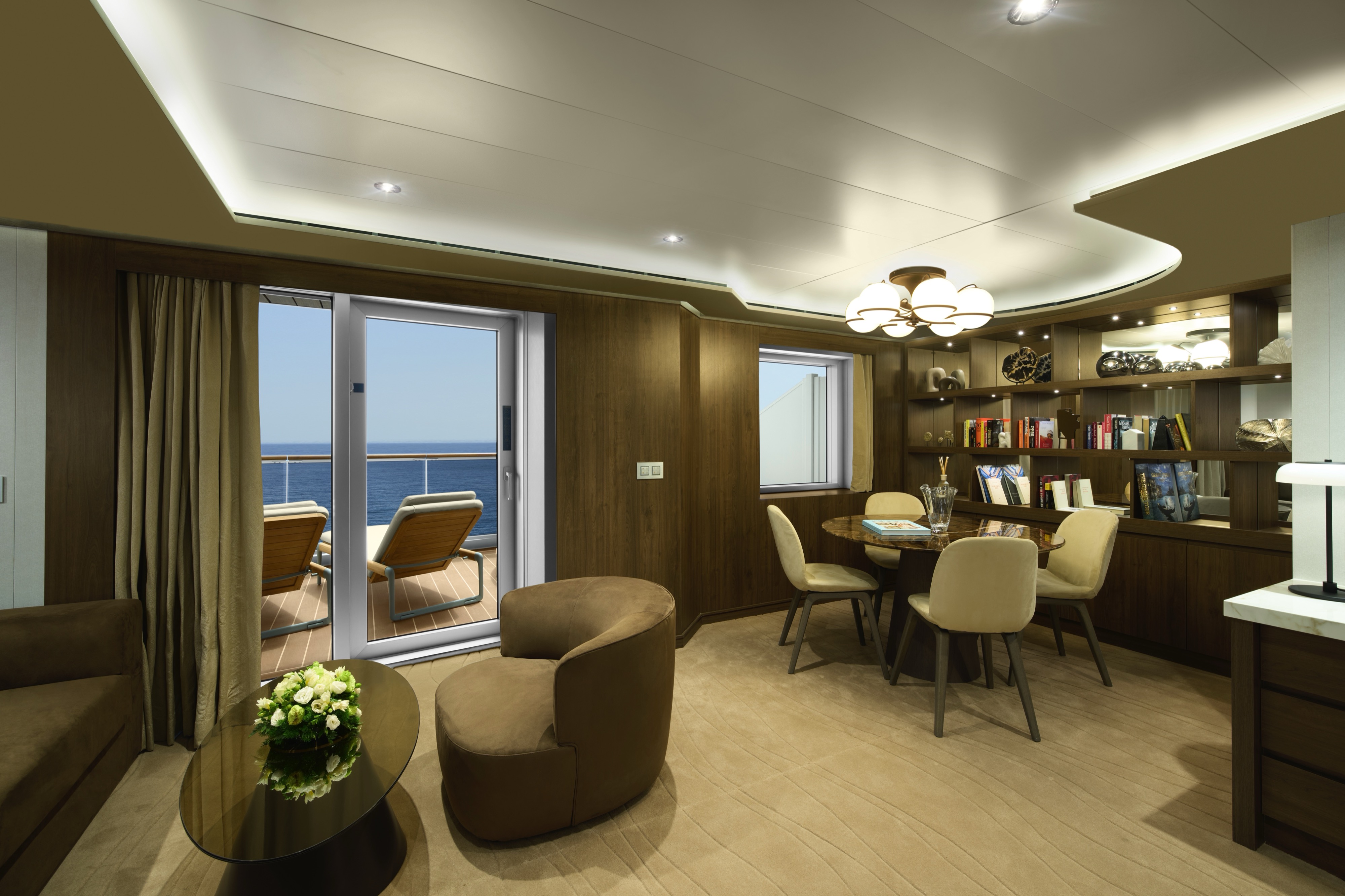
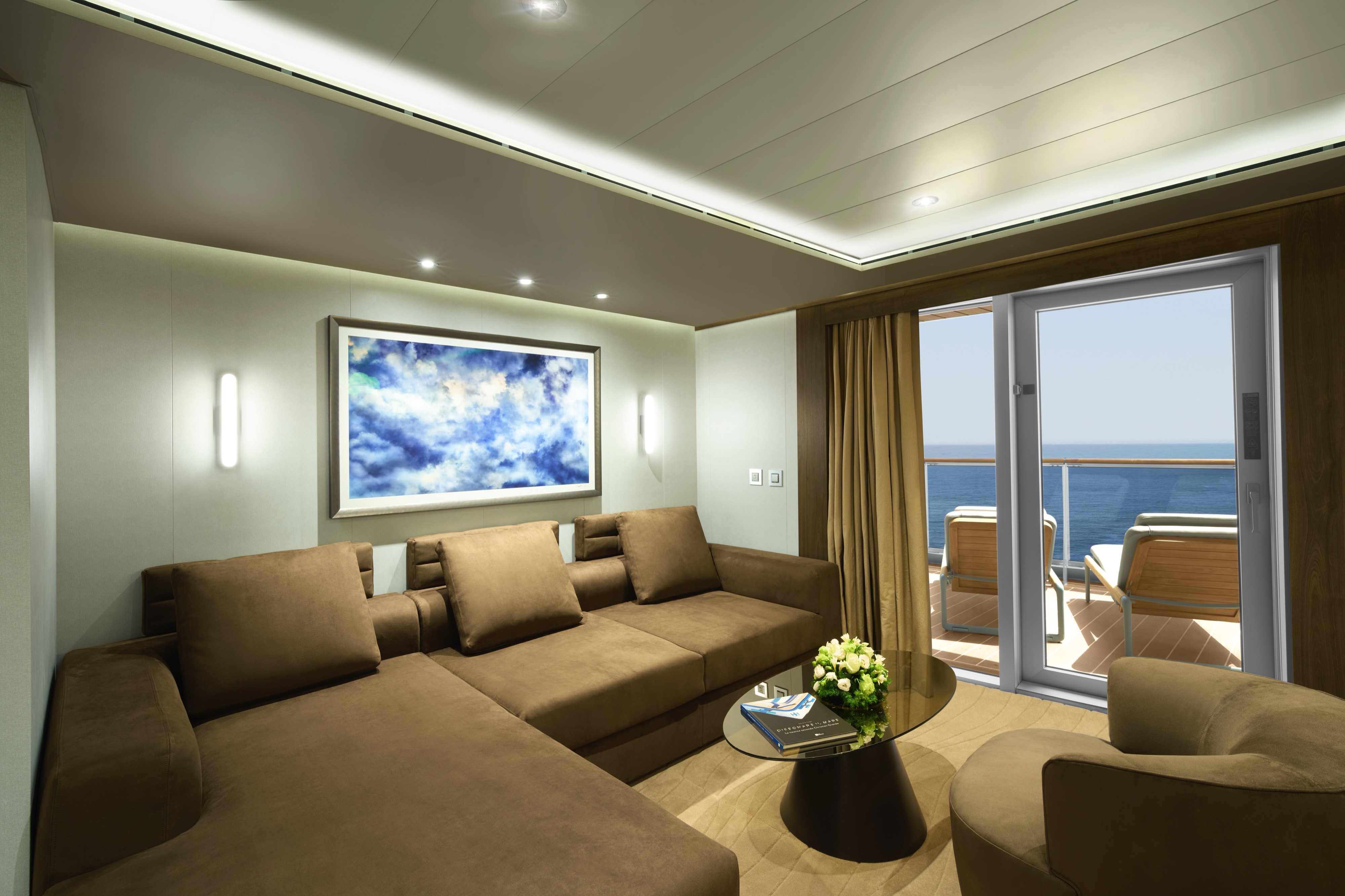
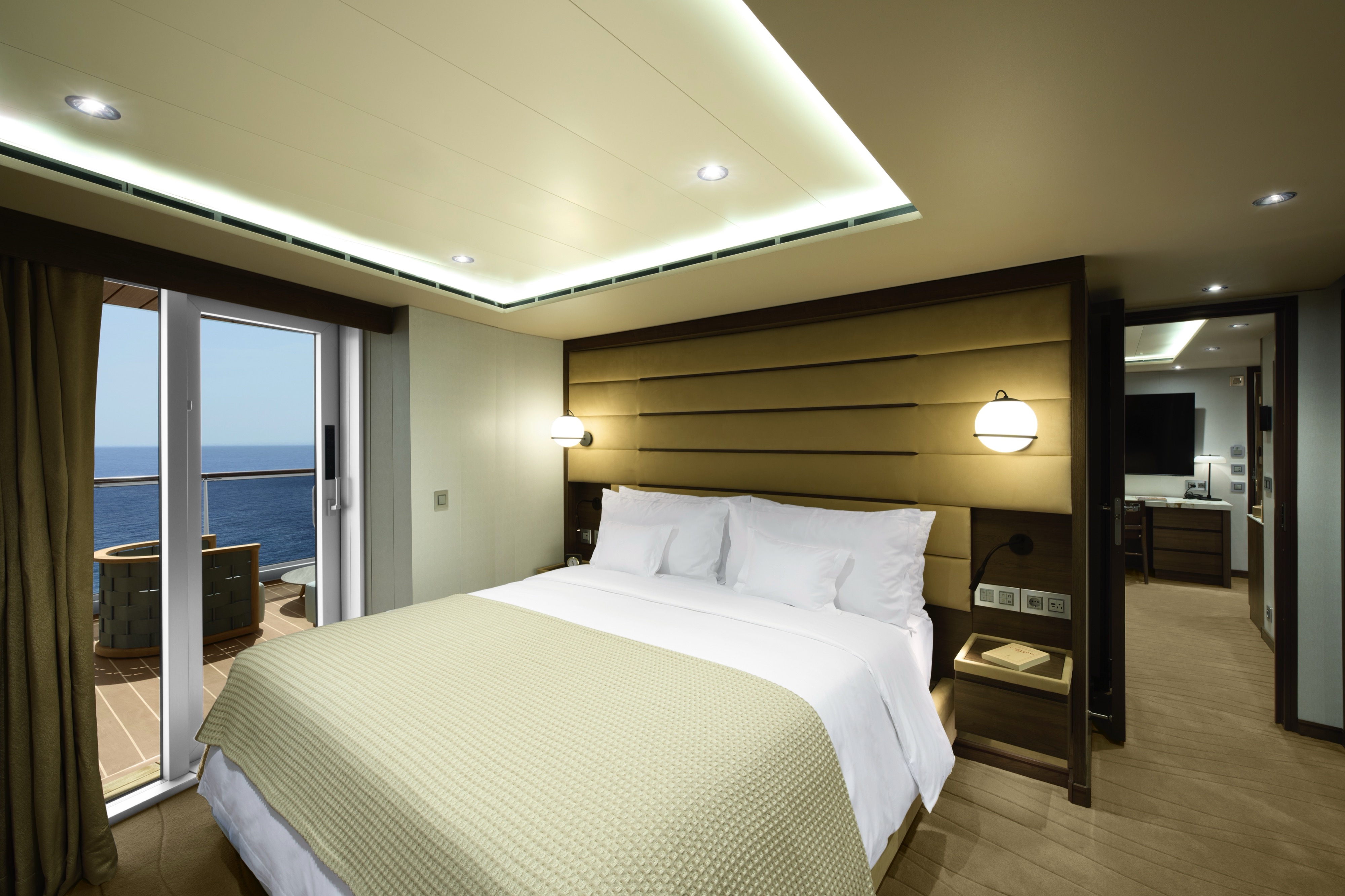
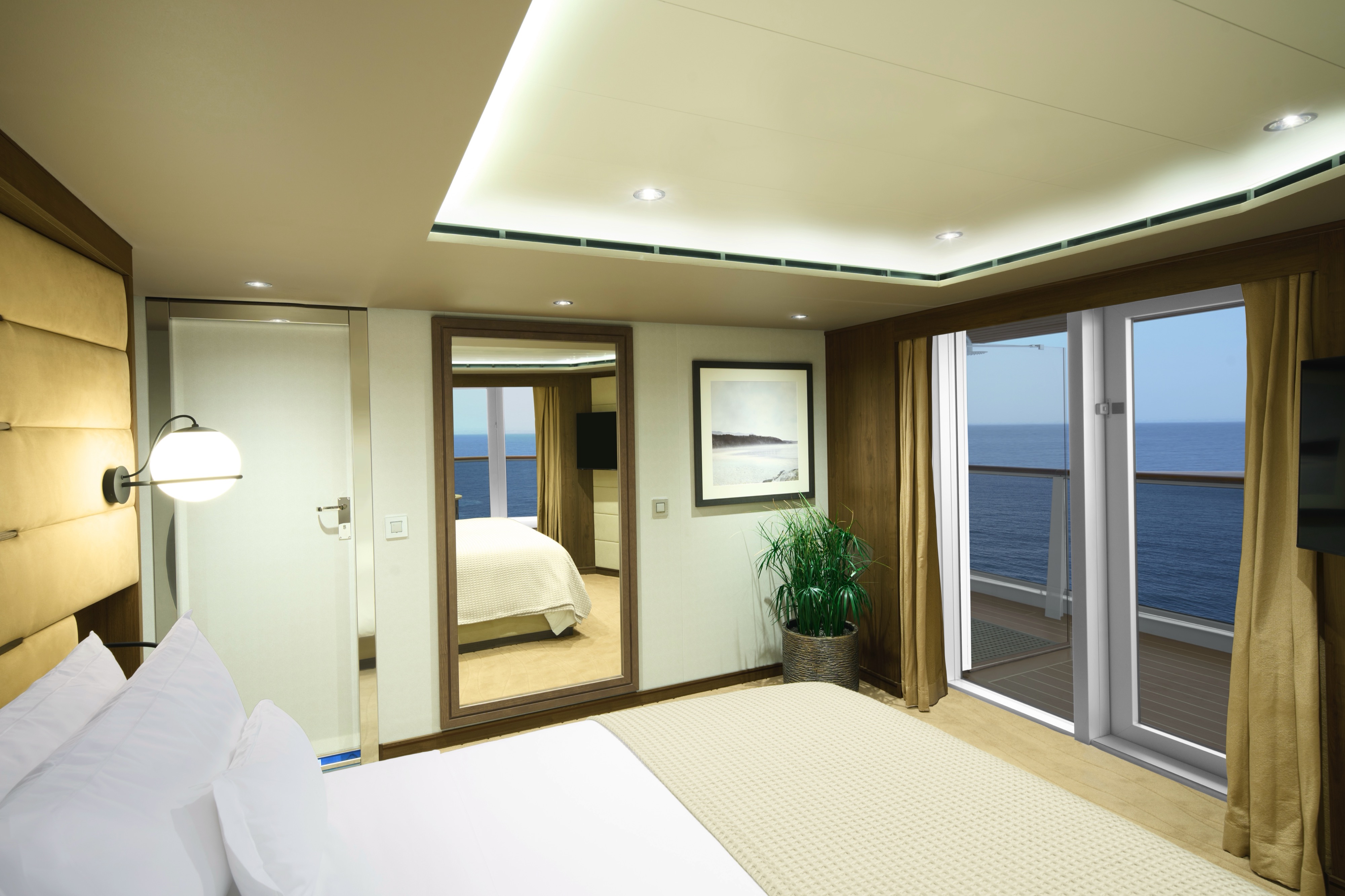
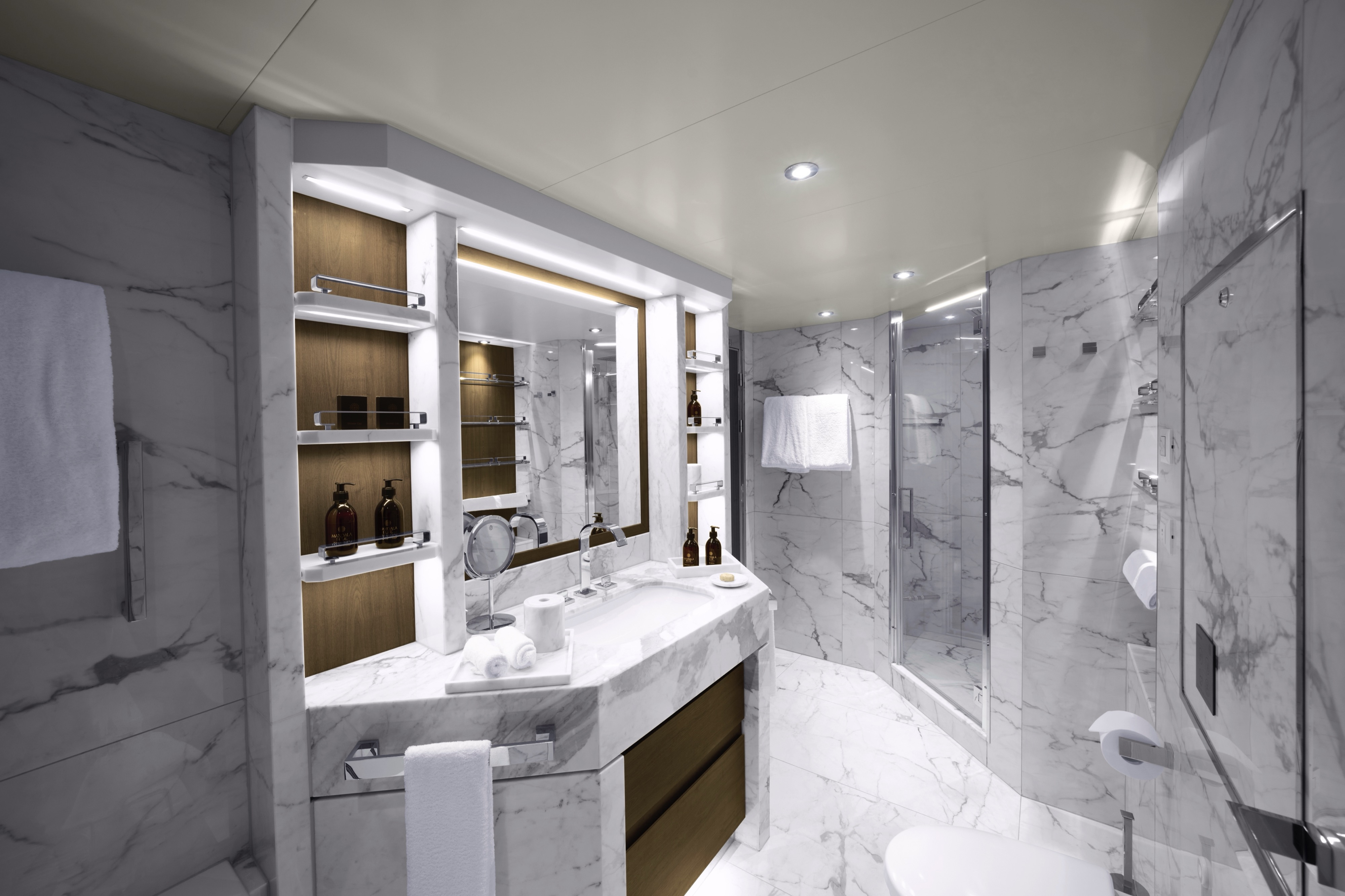
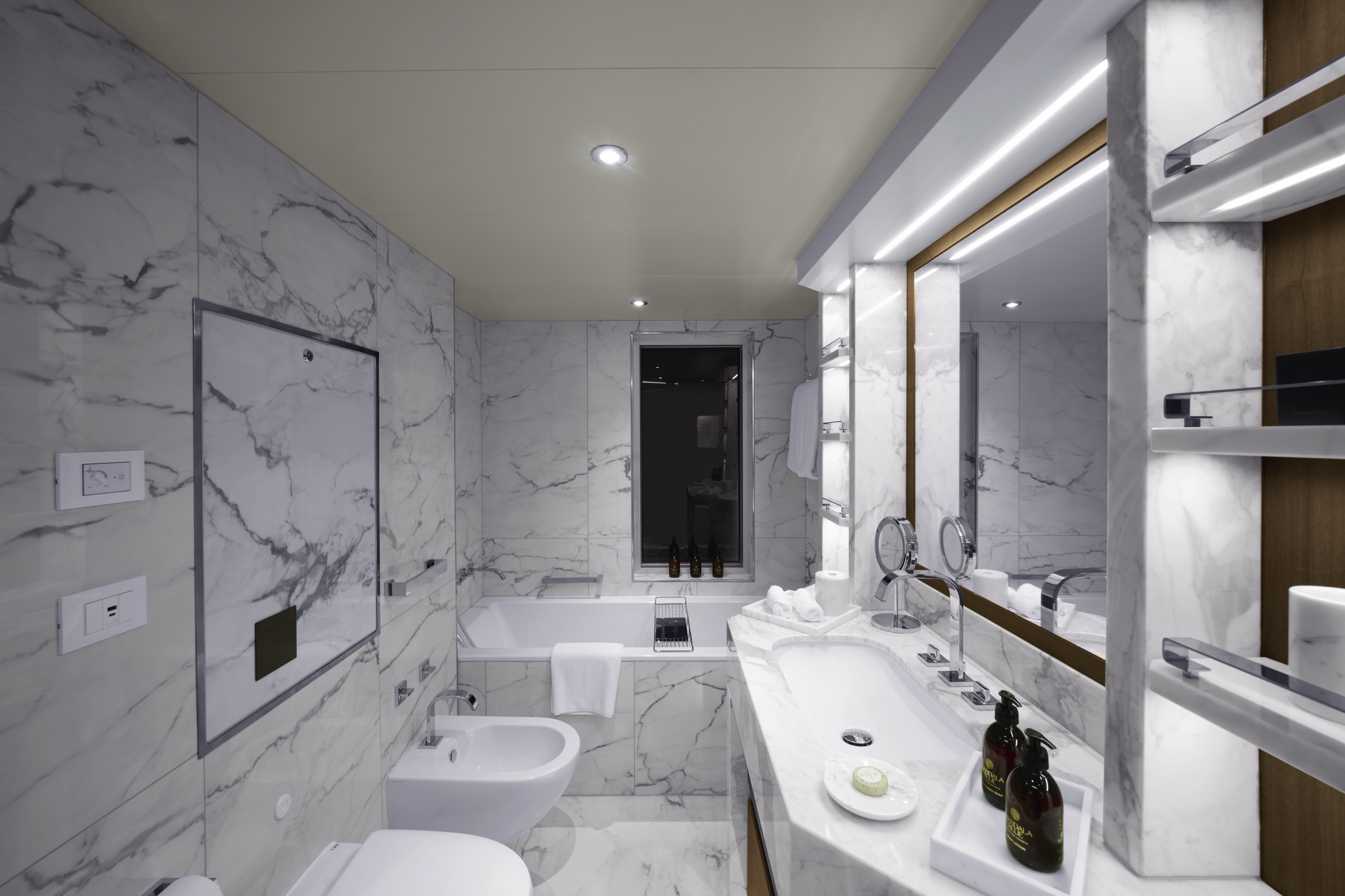
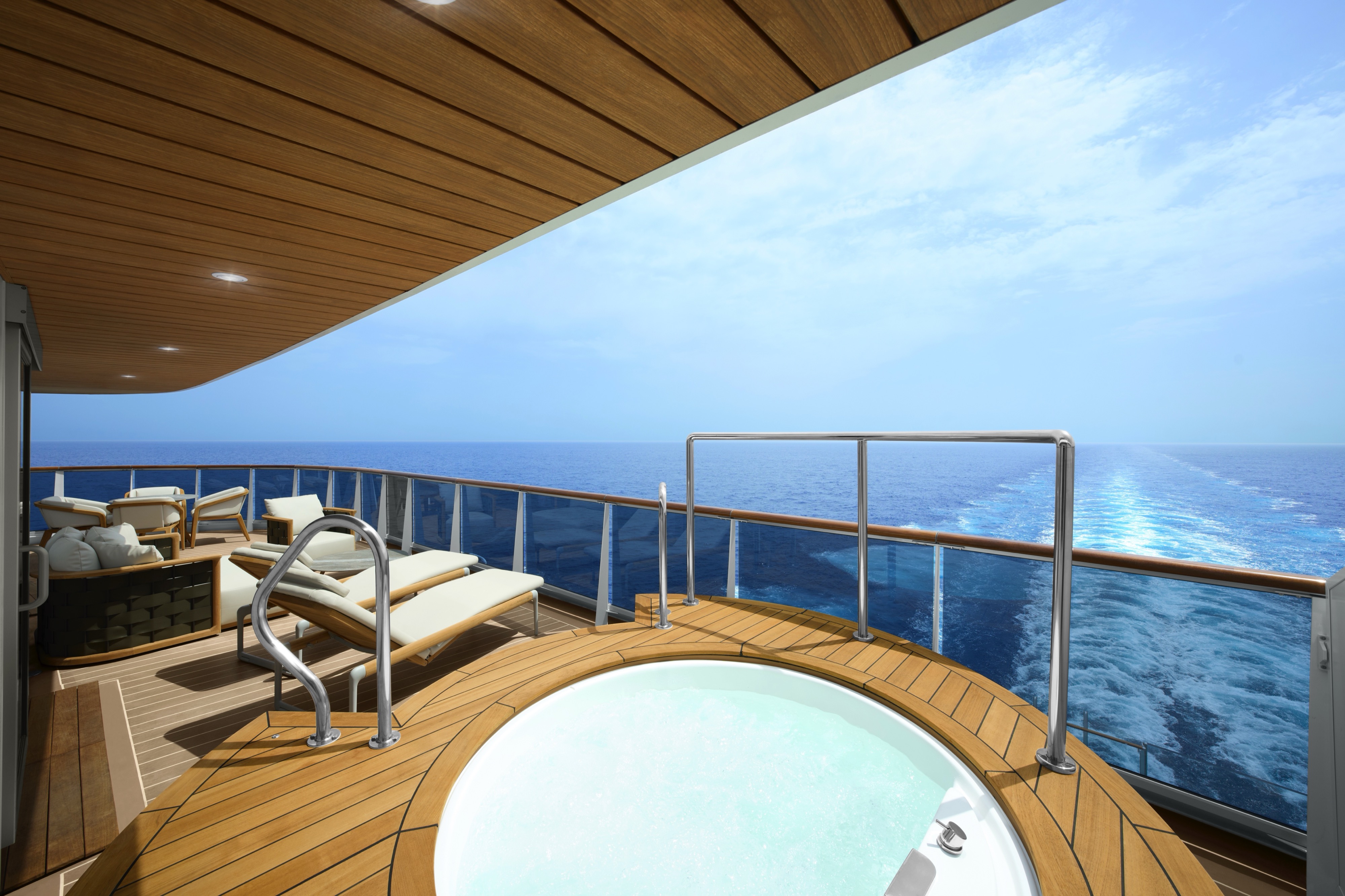
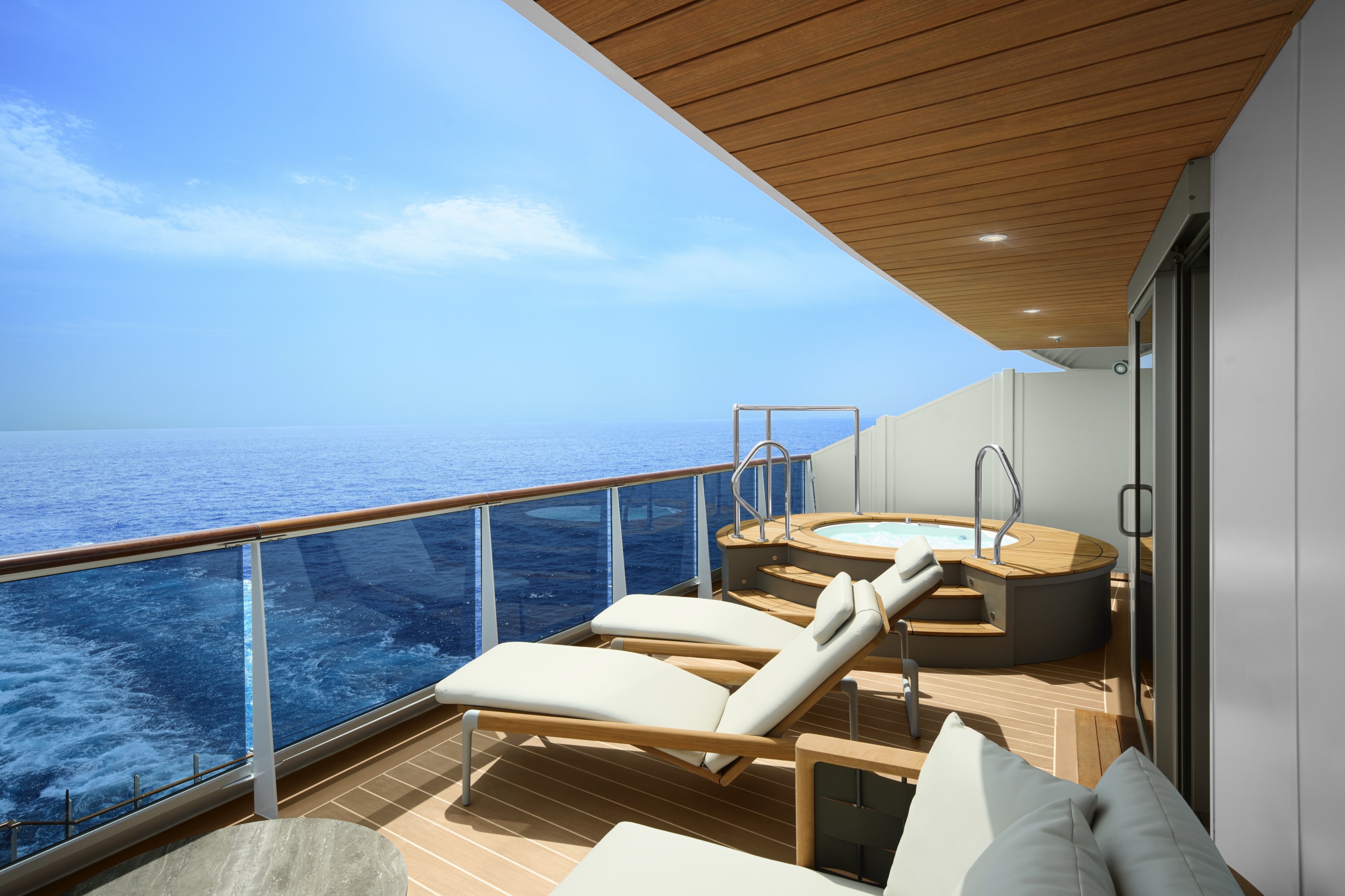
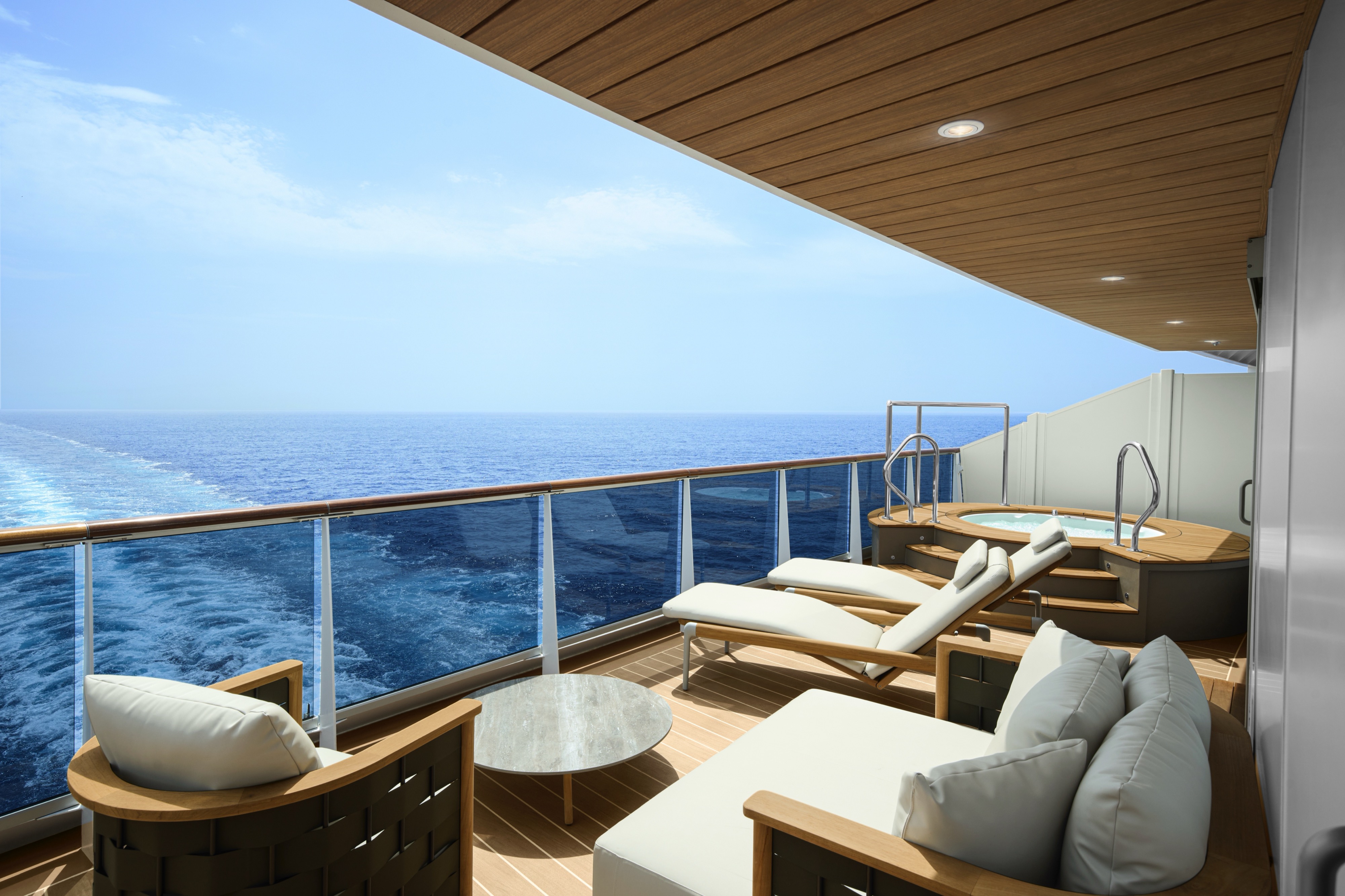
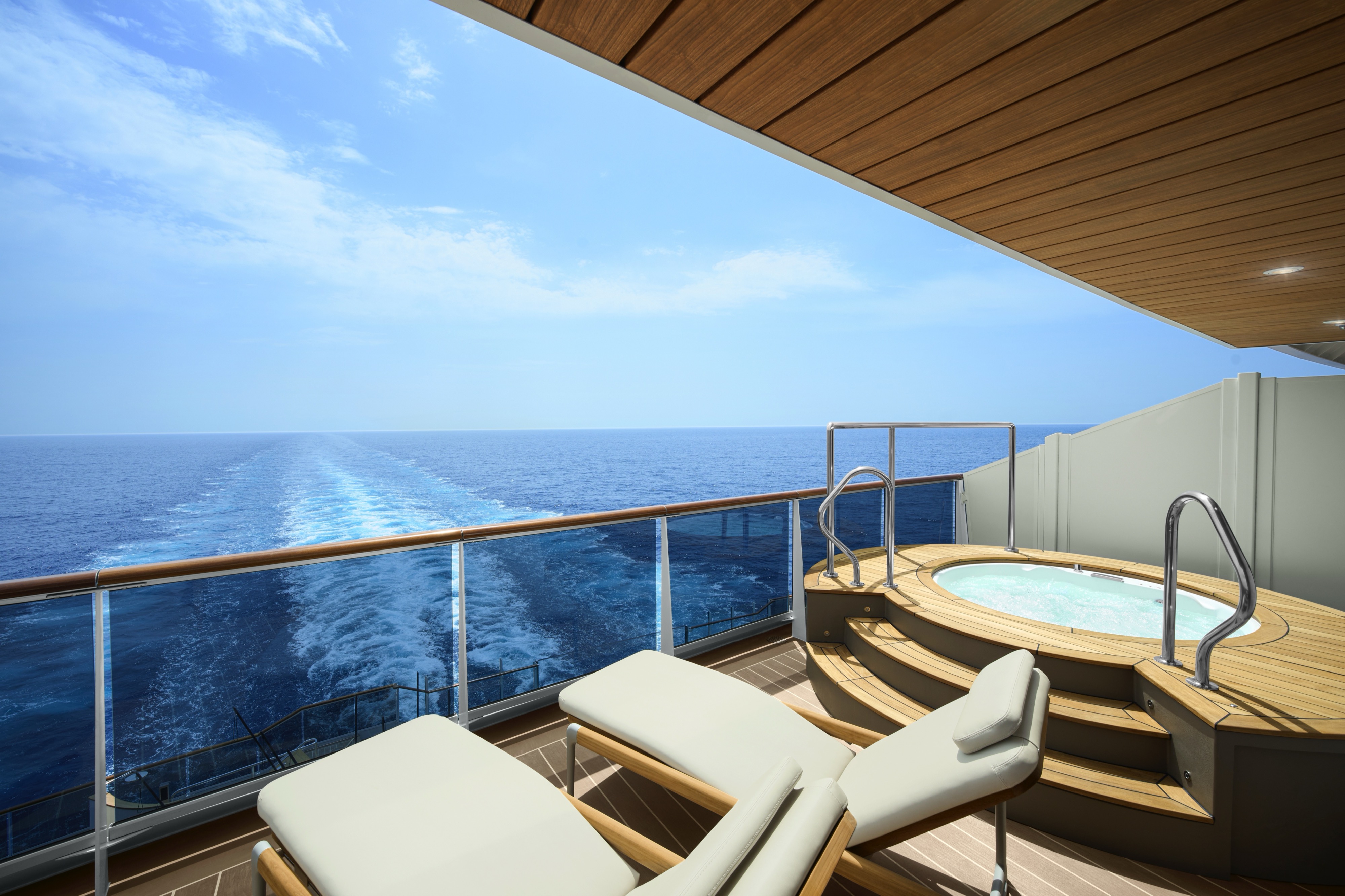
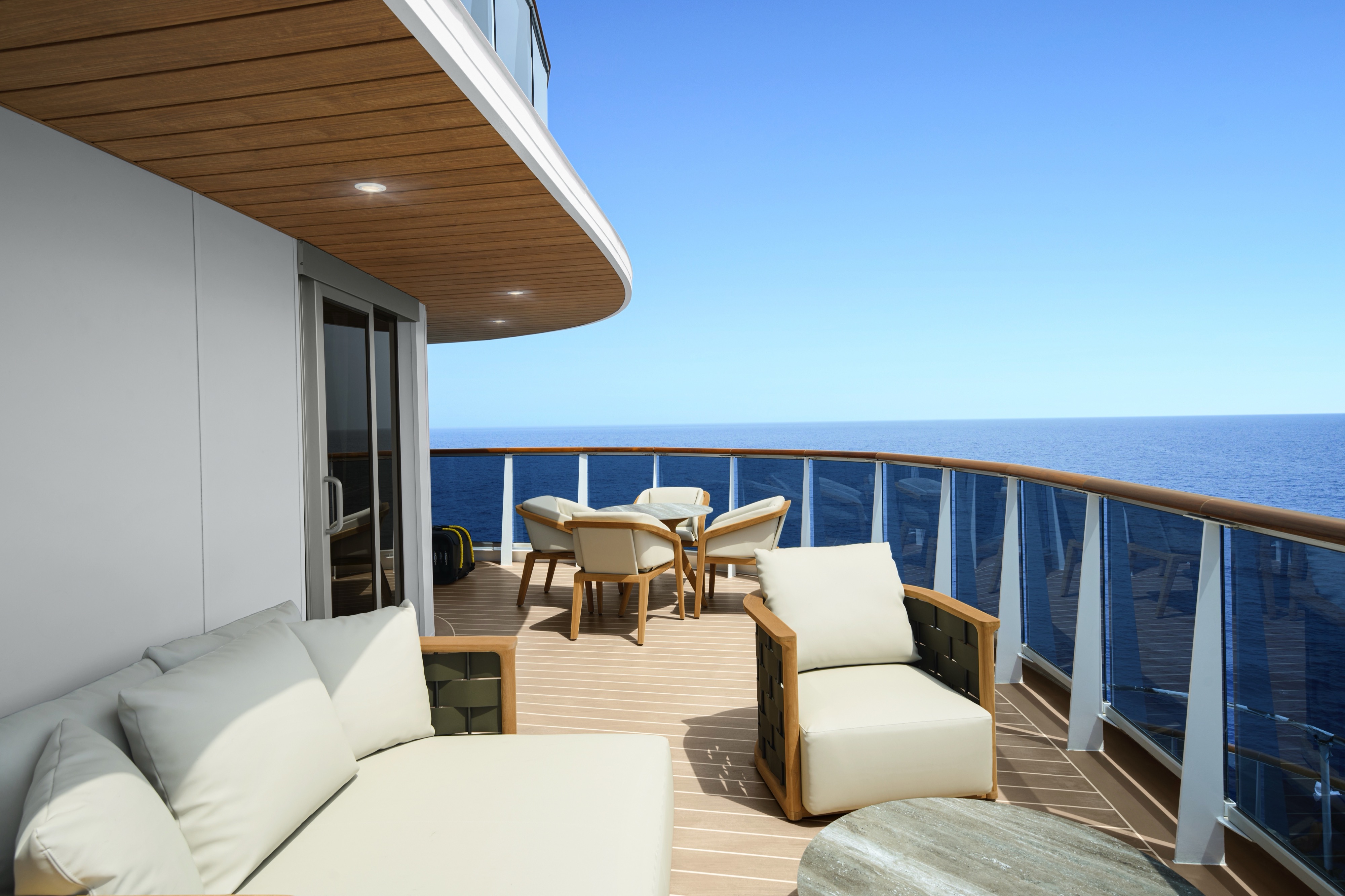
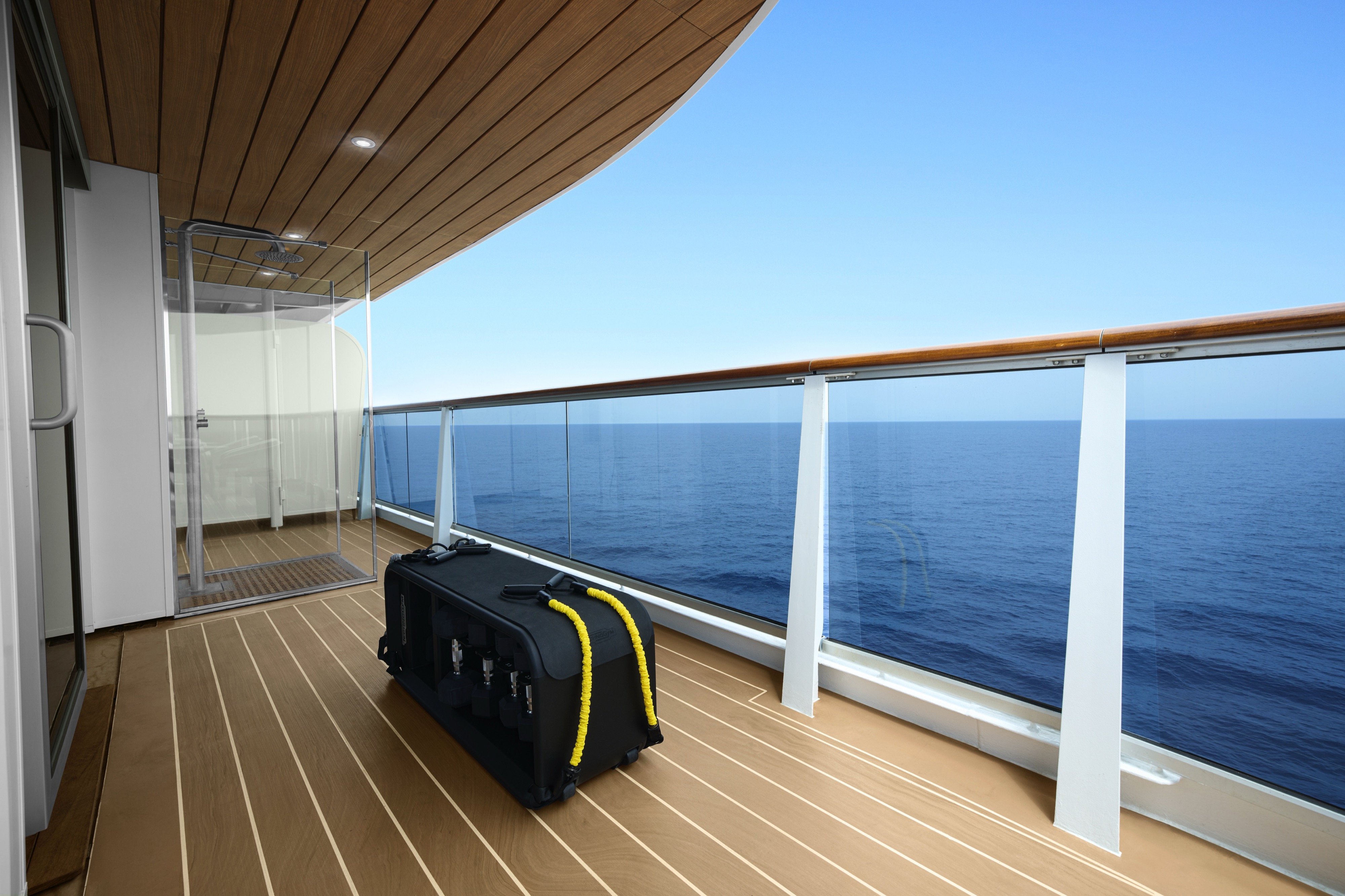
Our Cocoon Residences are amongst the most spacious of our Ocean Residences, featuring oversized floor-to-ceiling windows leading onto the expansive panoramic terrace on the ship's coveted aft deck. Here, guests can drink in the spectacular views from their private whirlpool, relax in sun beds or the comfortable outdoor lounge designed by Molteni & C, or enjoy dinner overlooking the ocean.
The Cocoon Residences feature a large stylishly decorated living area, a comfortable dining area for four, with sofas and chairs by Molteni & C and sophisticated lighting solutions designed by Astep, as well as a comfortable working space. The separate spacious bedroom with sea views includes a walk-in wardrobe with a seated vanity area and an en-suite luxurious marble bathroom sculpted of precious Calacatta marble, with a bathtub and separate shower. The suite also features an additional guest powder room.
Each Cocoon Residence includes butler services provided by our Residence Hosts, a private refrigerated mini bar – replenished according to the guests’ preferences, espresso machine, kettle and tea pot with a complimentary selection of coffee and teas.
Features
- Private butler services by our Residence Hosts
- Oversized floor-to-ceiling windows with views of the sea
- Separate living, dining and sleeping areas
- Spacious work desk area
- Dining table for 4 guests
- In-suite welcome bottle of champagne
- Private refrigerated minibar, replenished according to the guests’ preferences from a selection of alcoholic and non-alcoholic beverages
- Espresso machine, kettle and tea pot with a complimentary selection of coffee and teas
- Complimentary personal refillable water bottle for each guest
- Pair of binoculars for guests’ use during their journey
- Technogym Bench and Technogym Case Kit for an efficient in-suite fitness experience
- Safe accommodating most tablets and laptops
Outdoor
- Panoramic ocean-front terrace, with private outdoor whirlpool, a dining table, a scenic lounge area and sun loungers
Bedroom
- Bespoke king-sized bed sleep system - size: 200 x 200 cm (79 x 79 in)
- Double sofa bed
- Down duvets and pillows
- Fine bed linens
- Extensive pillow selection
- Spacious walk-in wardrobe with a seated vanity area
Bathroom
- Luxurious marble bathroom with a bathtub, a separate walk-in shower room and heated floors
- Plush bathrobes and bath linens
- Mandala Blue custom bath toiletries and amenities for Explora Journeys
- Dyson SupersonicTM hairdryer and illuminated make-up/shaving mirror
- Additional guest powder room
*All images are a combination of photography and artist renderings.
The artist representations and interior decorations, finishes, and furnishings are provided for illustrative purposes only.
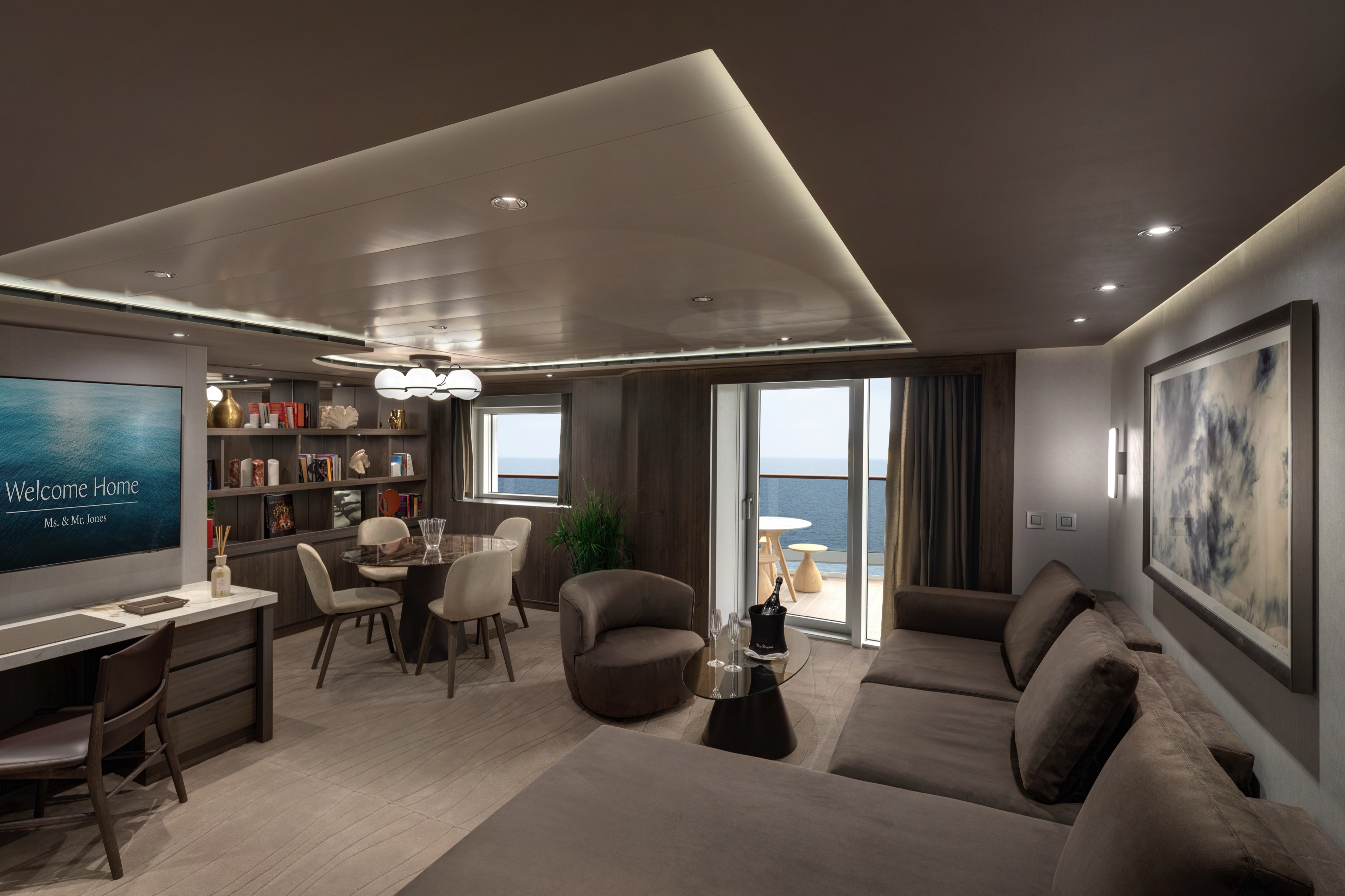
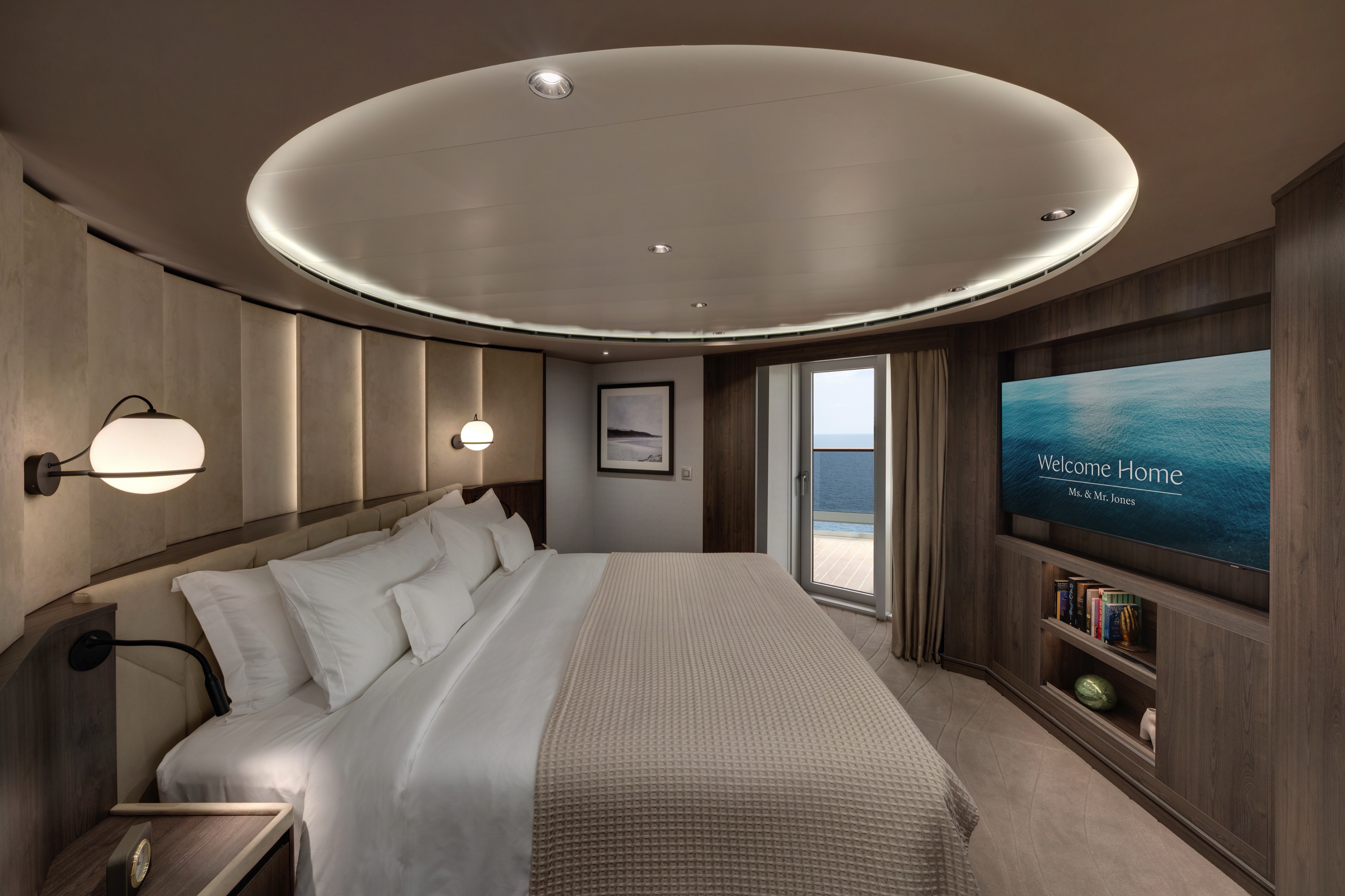
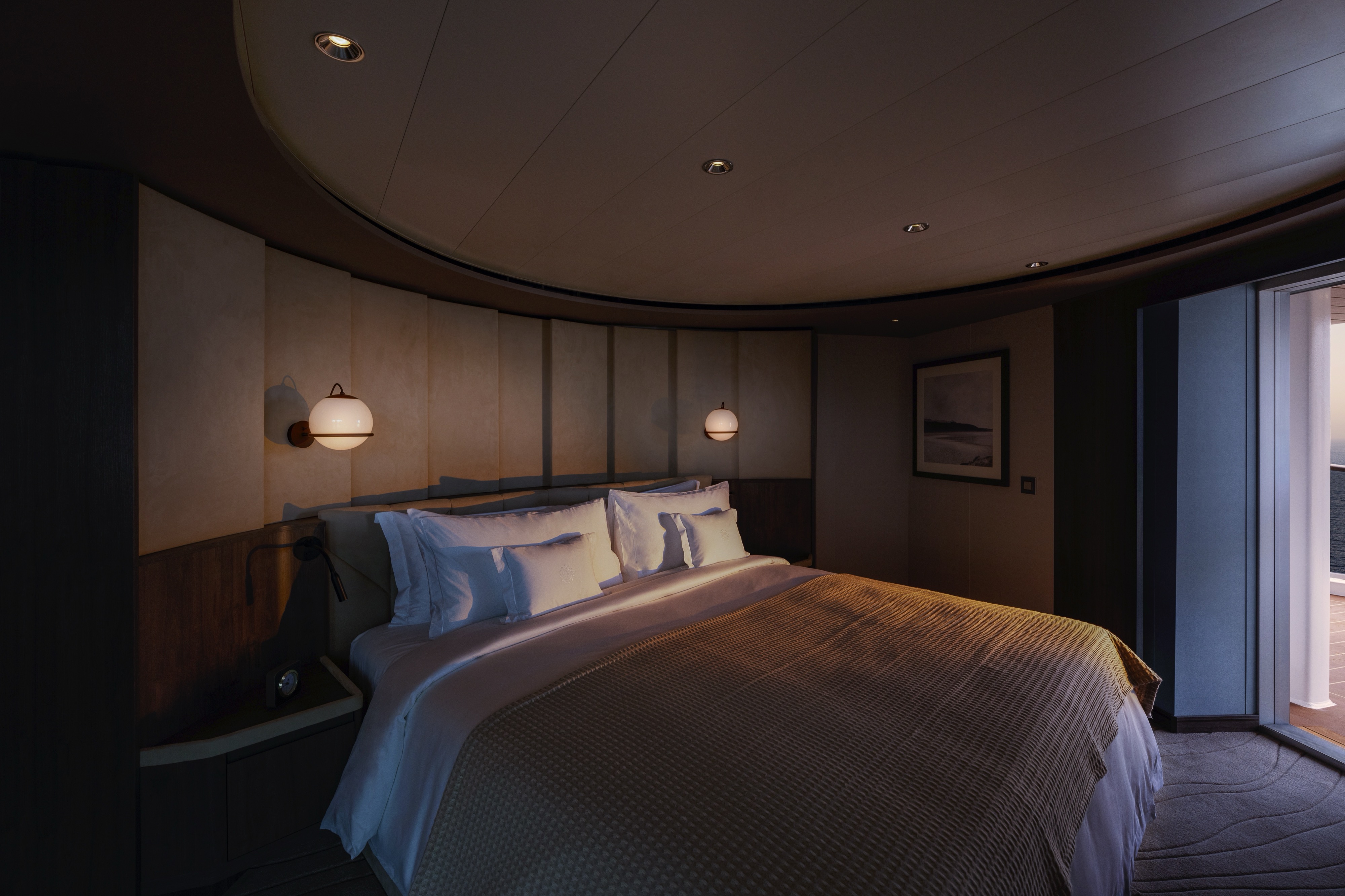
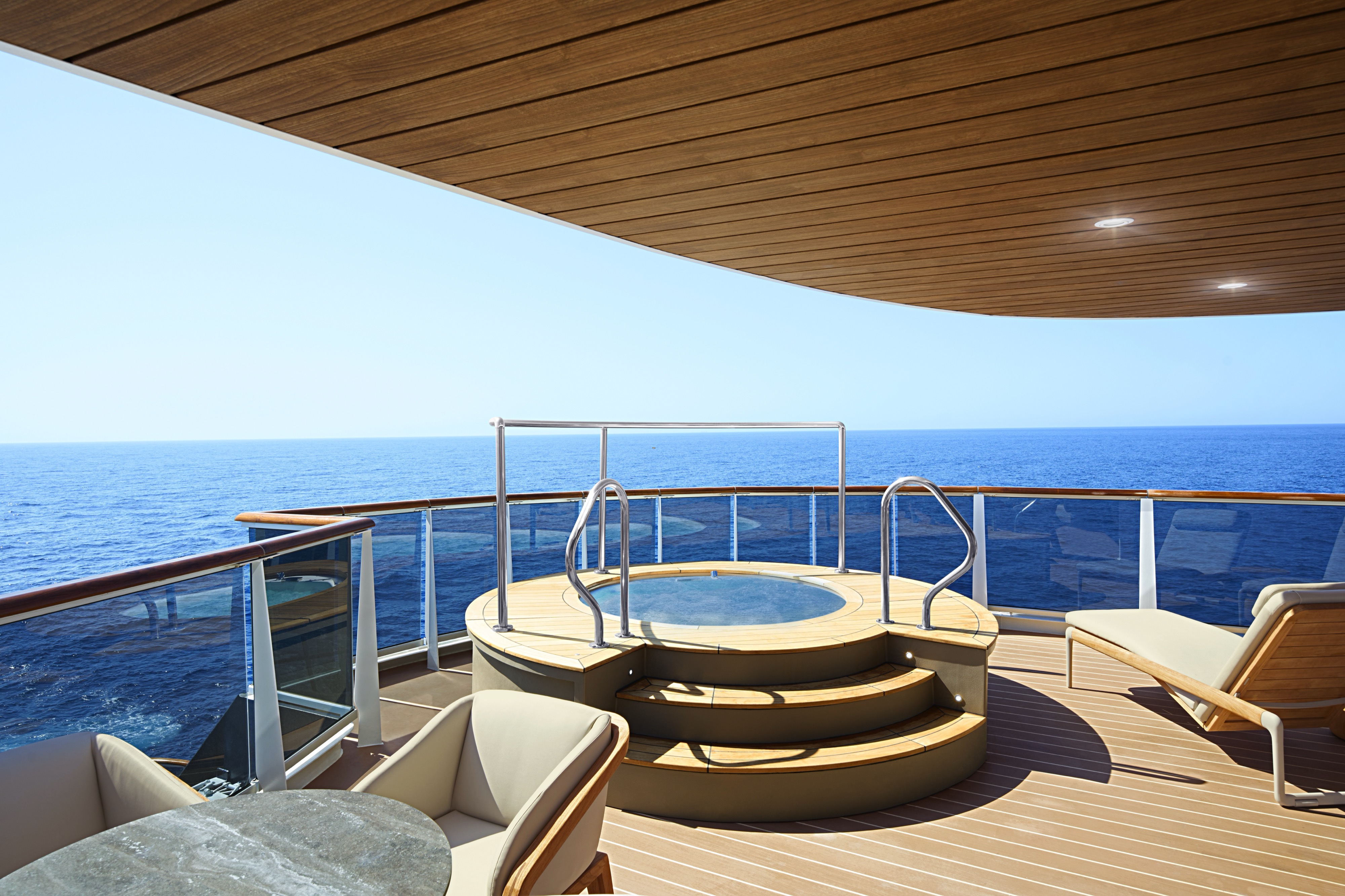
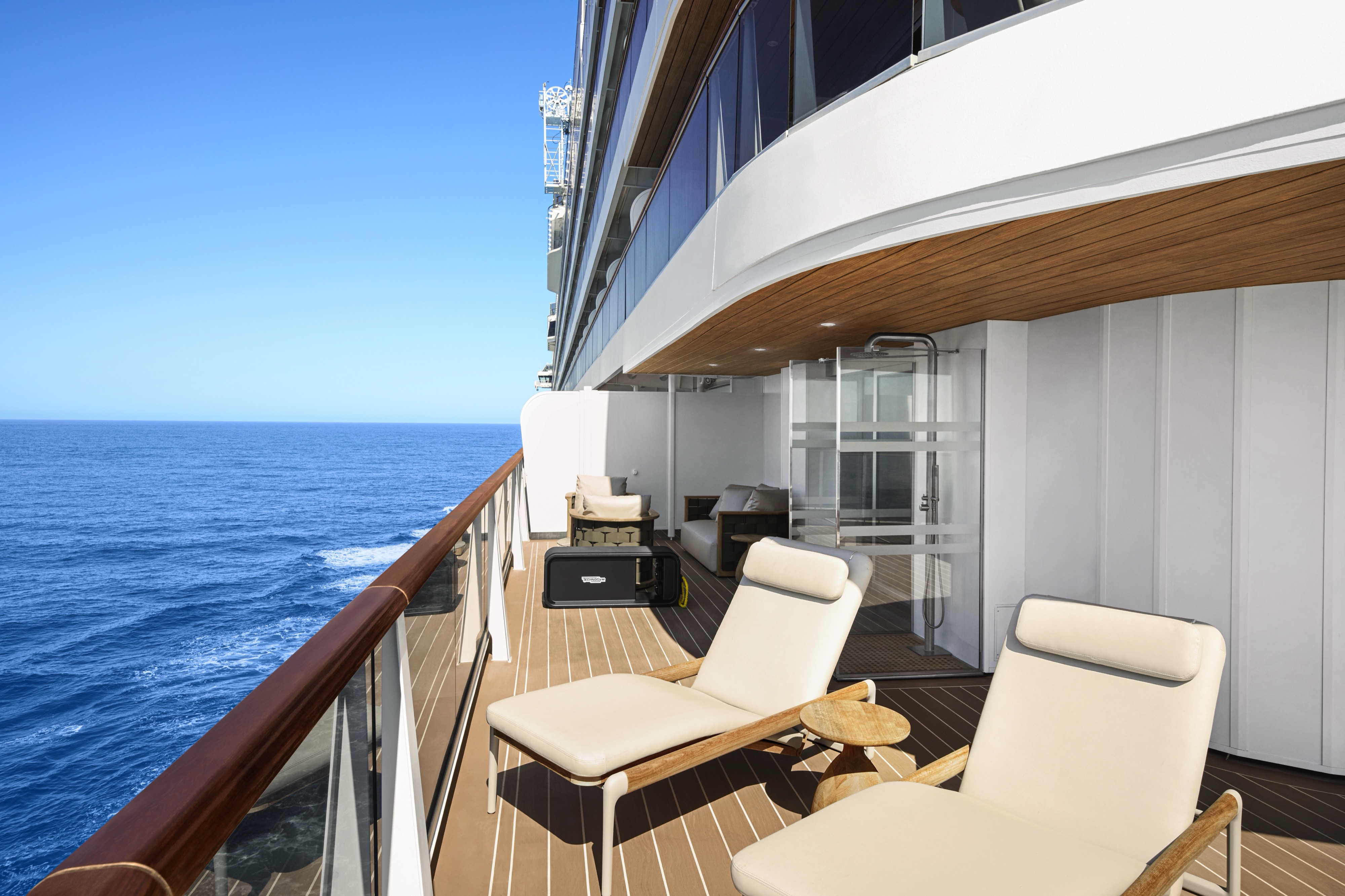
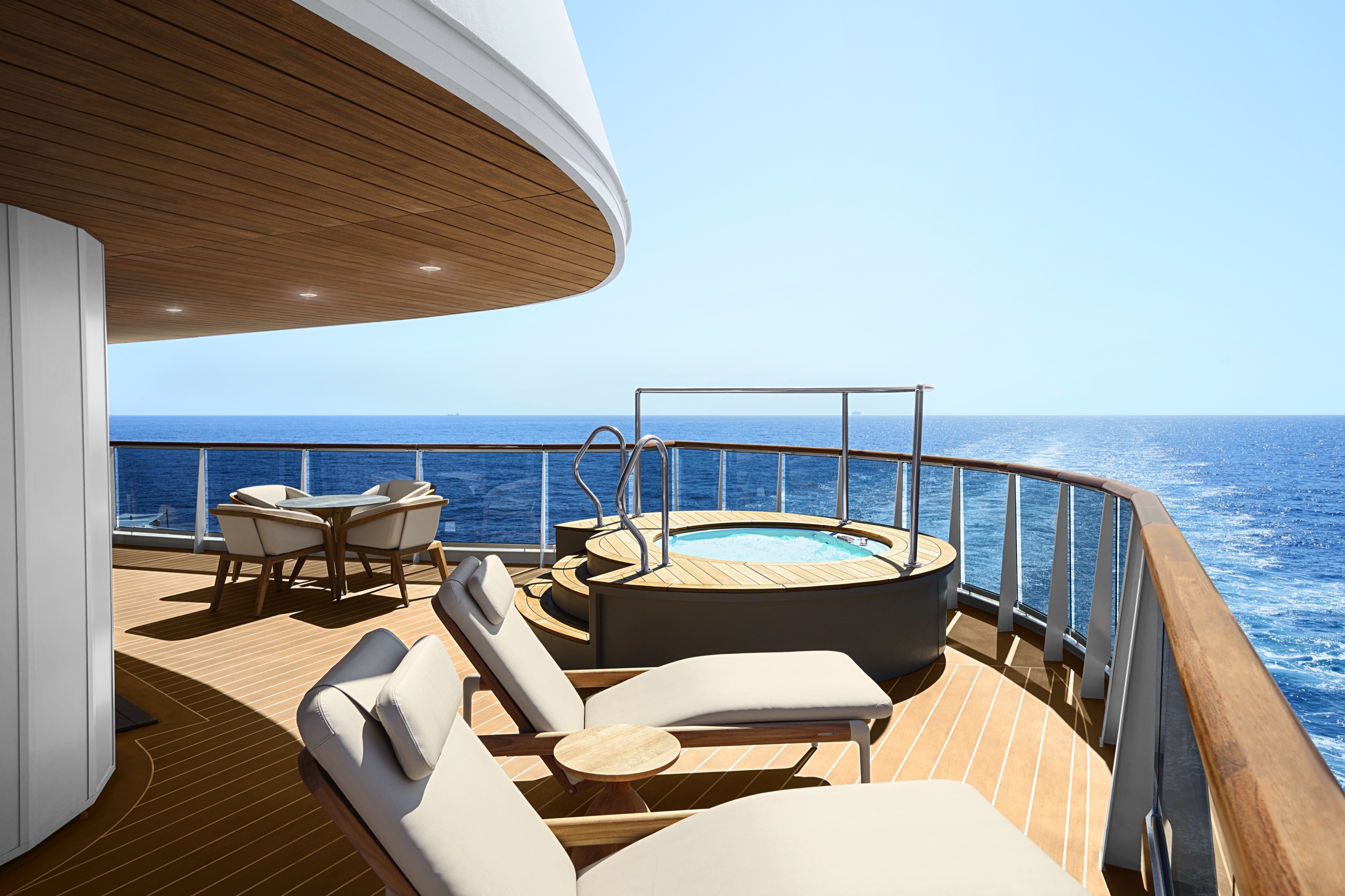
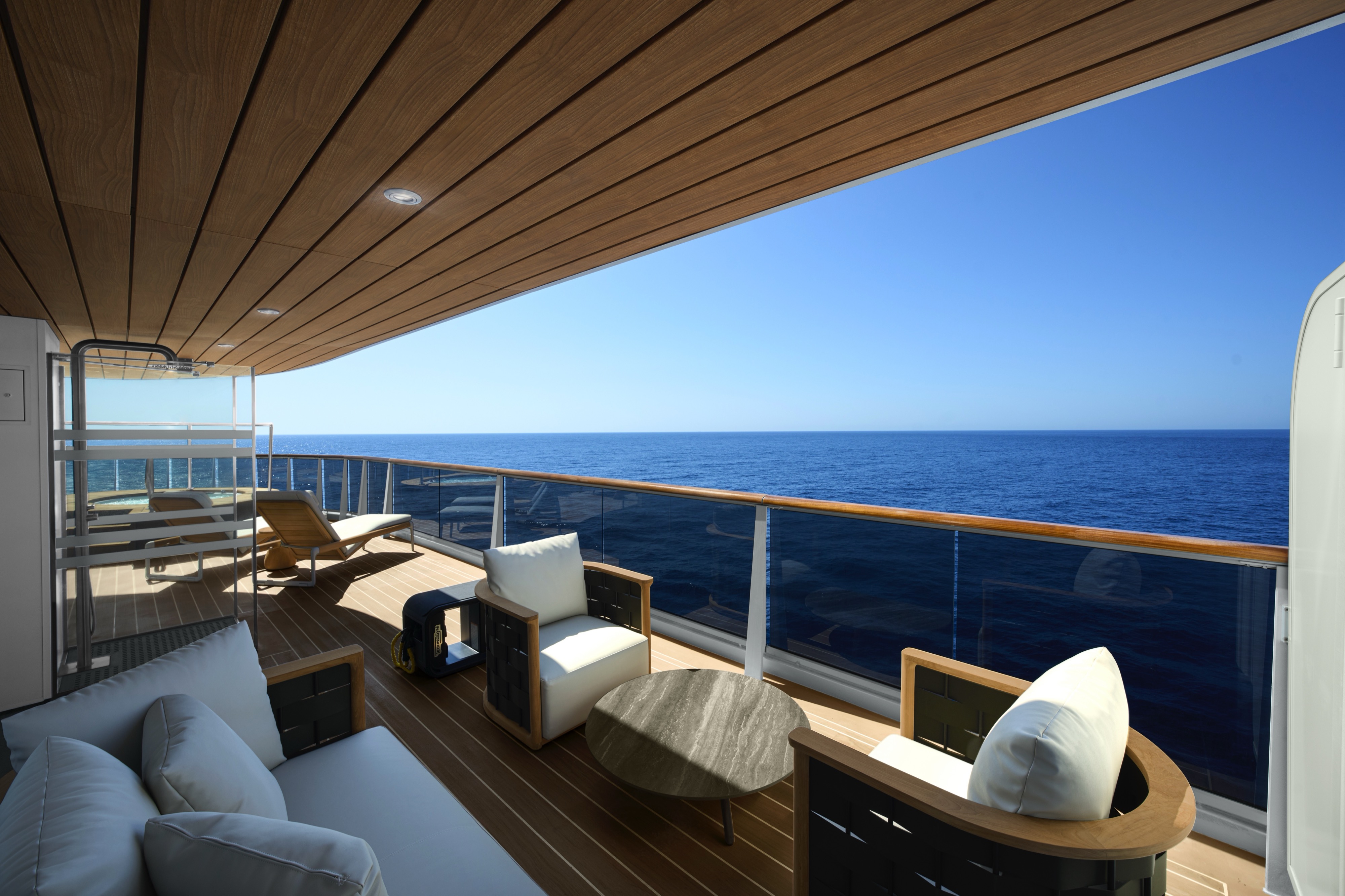
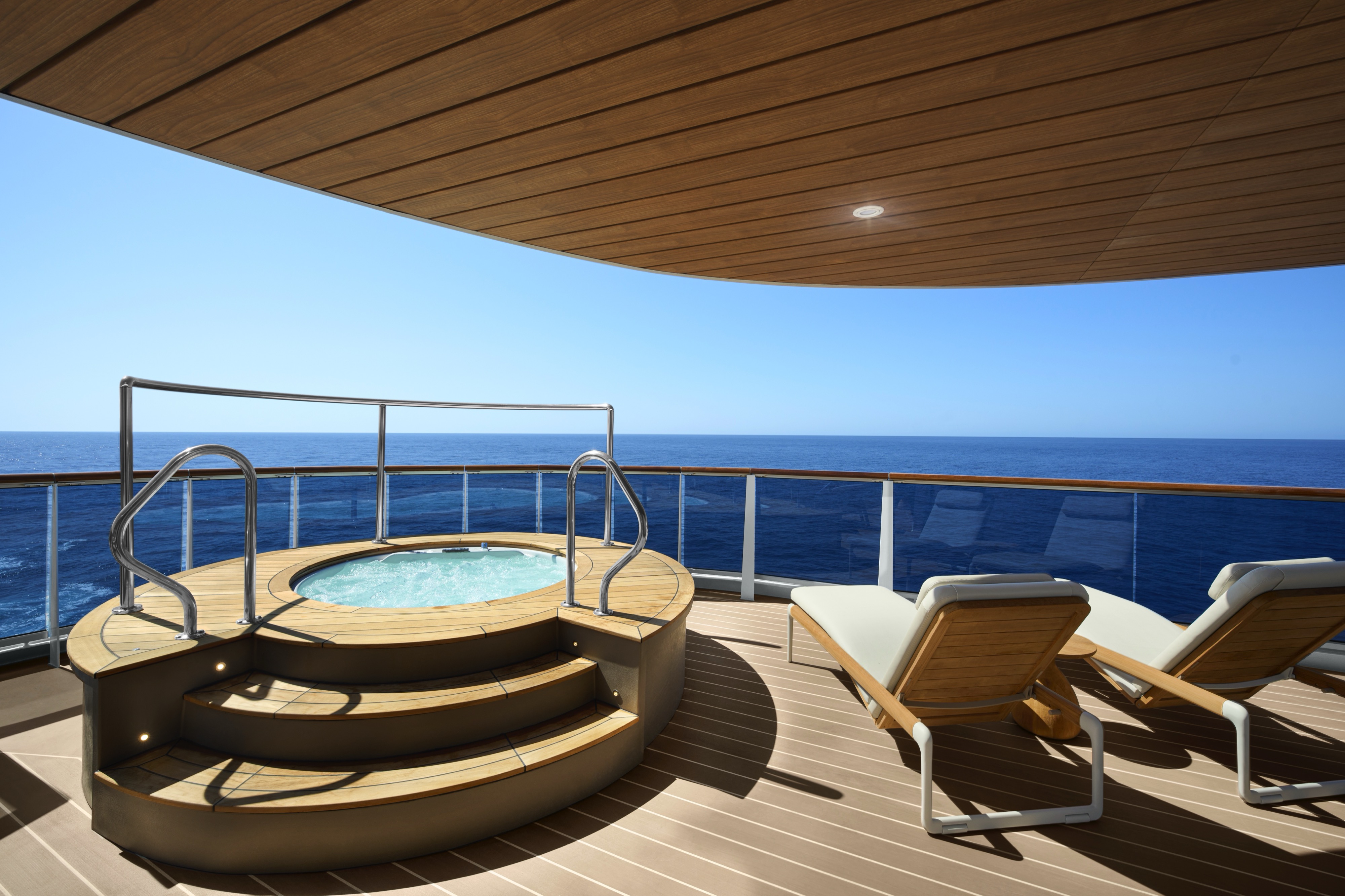
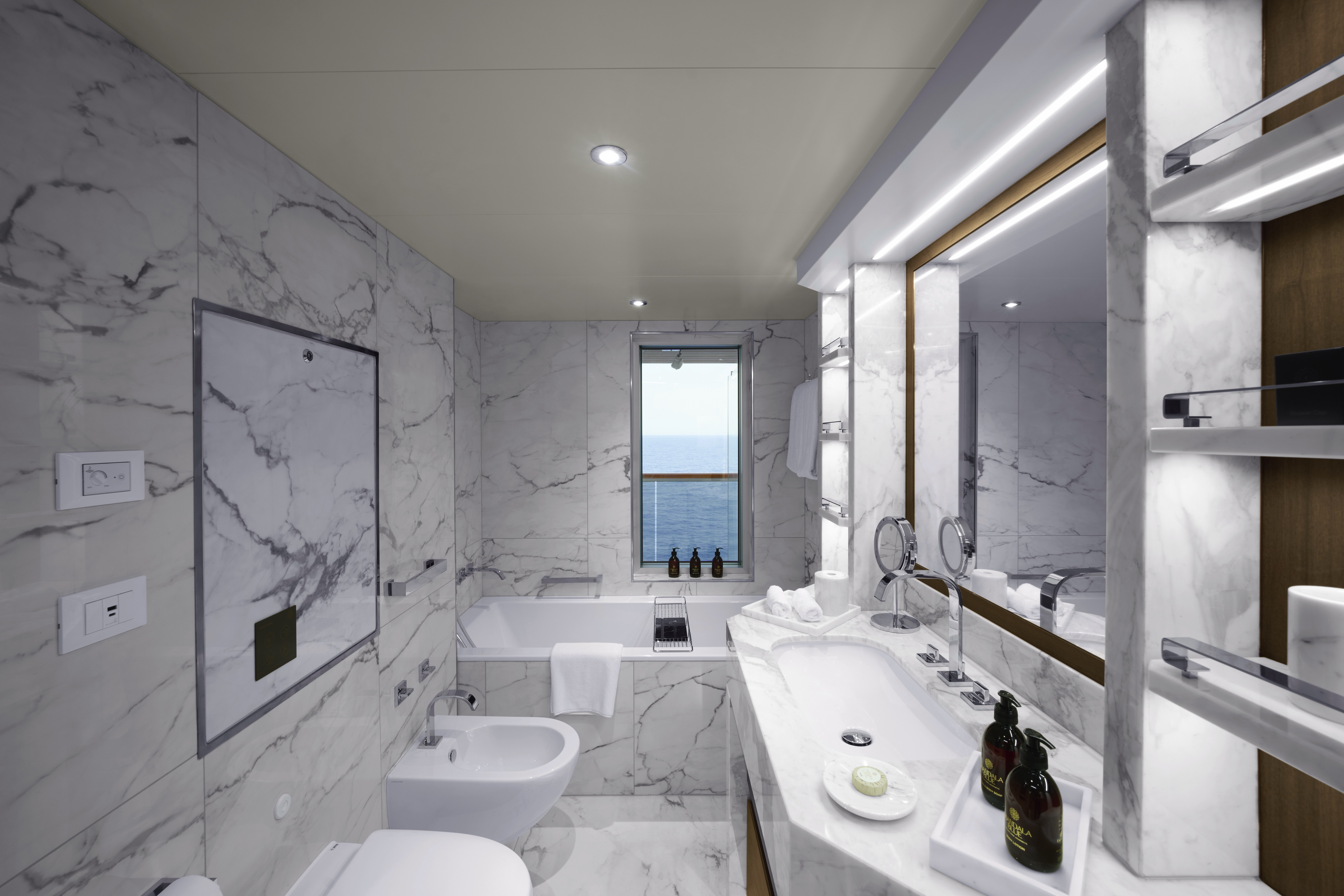
The most spacious of our Ocean Penthouses, the Grand Penthouses offer elegant spaces with a separate stylish living area, a comfortable work space, a dining area for four, as well as a separate bedroom with sea views and a spacious walk-in wardrobe with a seated vanity area. The private sun terrace allows guests to unwind and savour the ocean, in the company of friends or one another, featuring a dining table and a daybed.
All Grand Penthouses include elegant lounge areas, private refrigerated mini bar – replenished according to the guests’ preferences, espresso machine, kettle and tea pot with a complimentary selection of coffee and teas.
Features
- Oversized floor-to-ceiling windows with views of the sea
- Separate living, dining and sleeping areas
- Spacious lounge area
- Dining table for 4 guests
- Spacious work desk area
- In-suite welcome bottle of champagne
- Private refrigerated minibar, replenished according to the guests’ preferences from a selection of alcoholic and non-alcoholic beverages
- Espresso machine, kettle and tea pot with a complimentary selection of coffee and teas
- Complimentary personal refillable water bottle for each guest
- Pair of binoculars for guests’ use during their journey
- Technogym Case Kit with a smart range of fitness gear
- Safe accommodating most tablets and laptops
Outdoor
- Spacious ocean-front terrace with a dining area
- Comfortable daybed for relaxation
Bedroom
- Bespoke king-sized bed sleep system - size: 180 x 200 cm (71 x 79 in)
- Some suites feature twin beds – size: 2 x 90 x 200 cm (35 x 79 in)
- Double sofa bed
- Down duvets and pillows
- Fine bed linens
- Extensive pillow selection
- Spacious walk-in wardrobe with a seated vanity area
Bathroom
- Spacious bathroom with a walk-in shower and heated floors
- Plush bathrobes and bath linens
- Mandala Blue custom bath toiletries and amenities for Explora Journeys
- Dyson SupersonicTM hairdryer and illuminated make-up/shaving mirror
*All images are a combination of photography and artist renderings.
The artist representations and interior decorations, finishes, and furnishings are provided for illustrative purposes only.
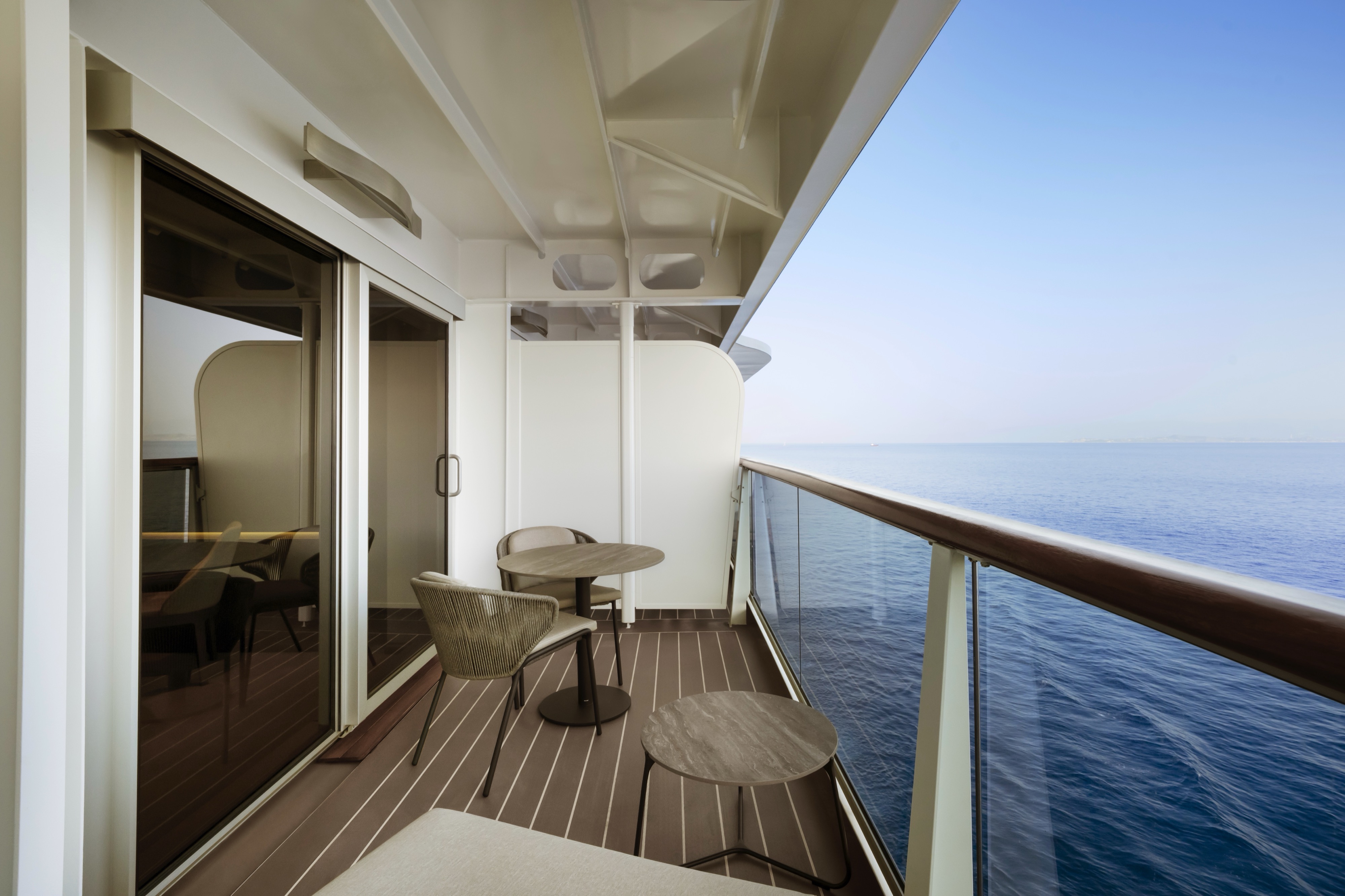
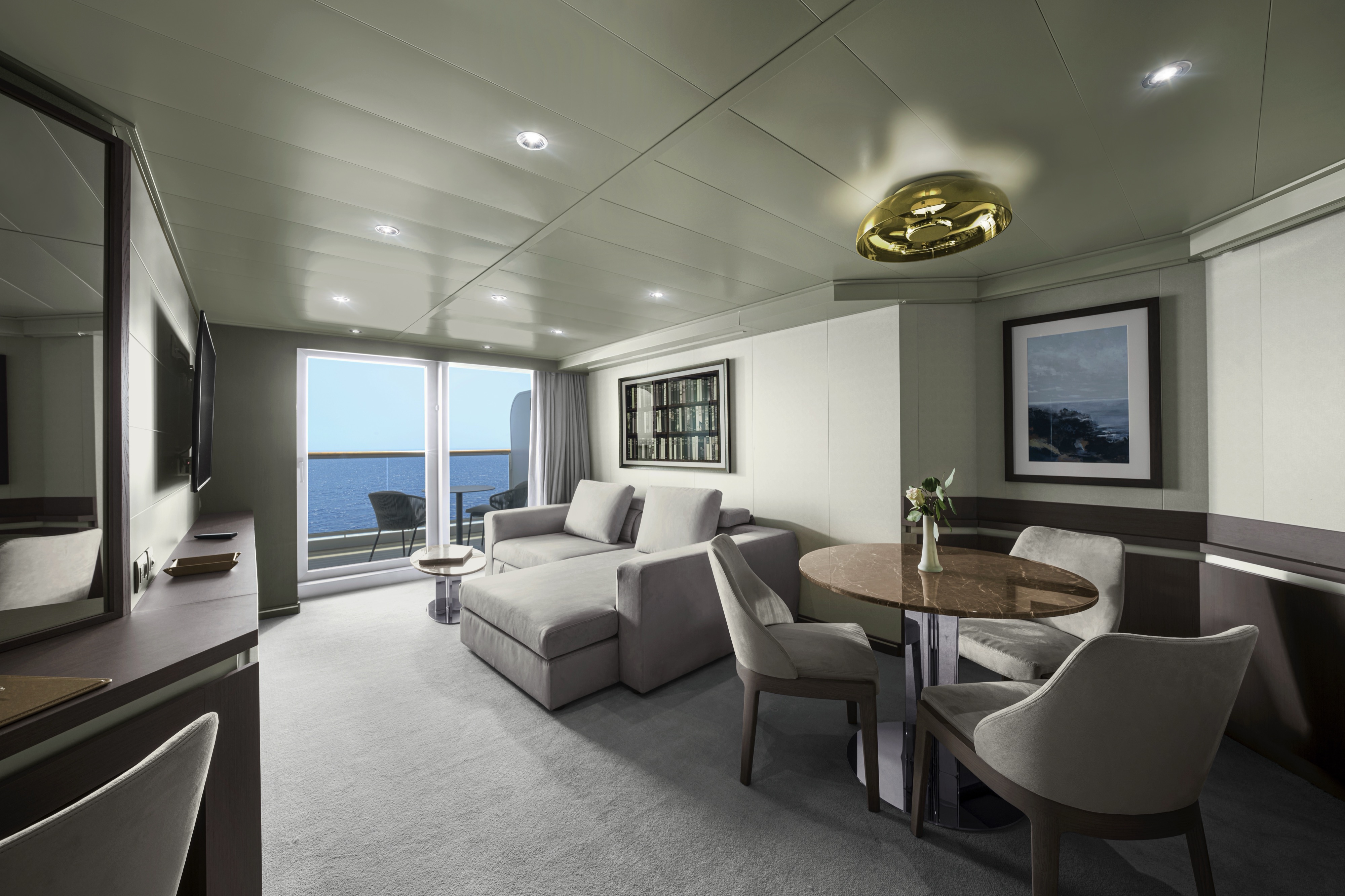
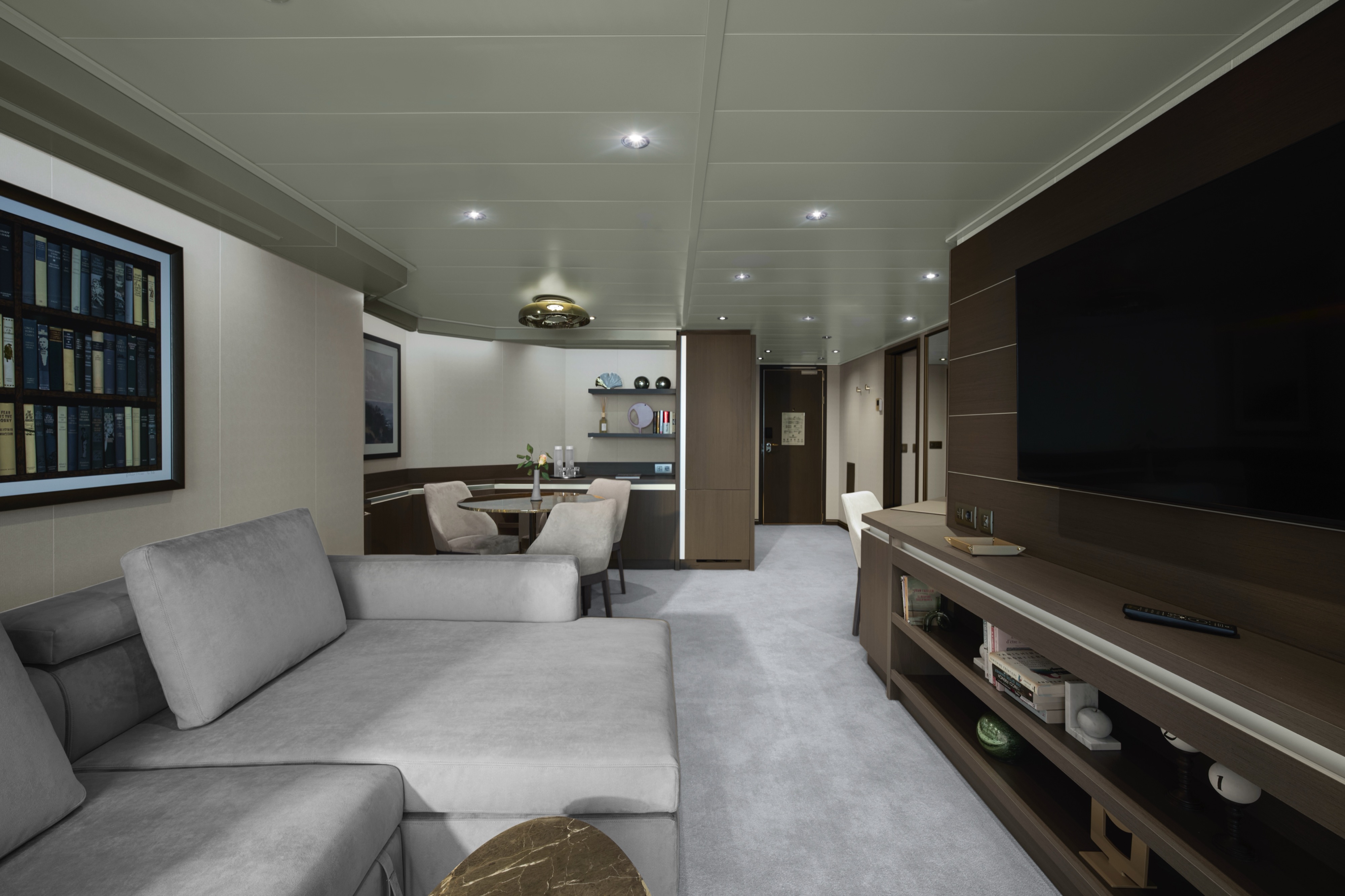
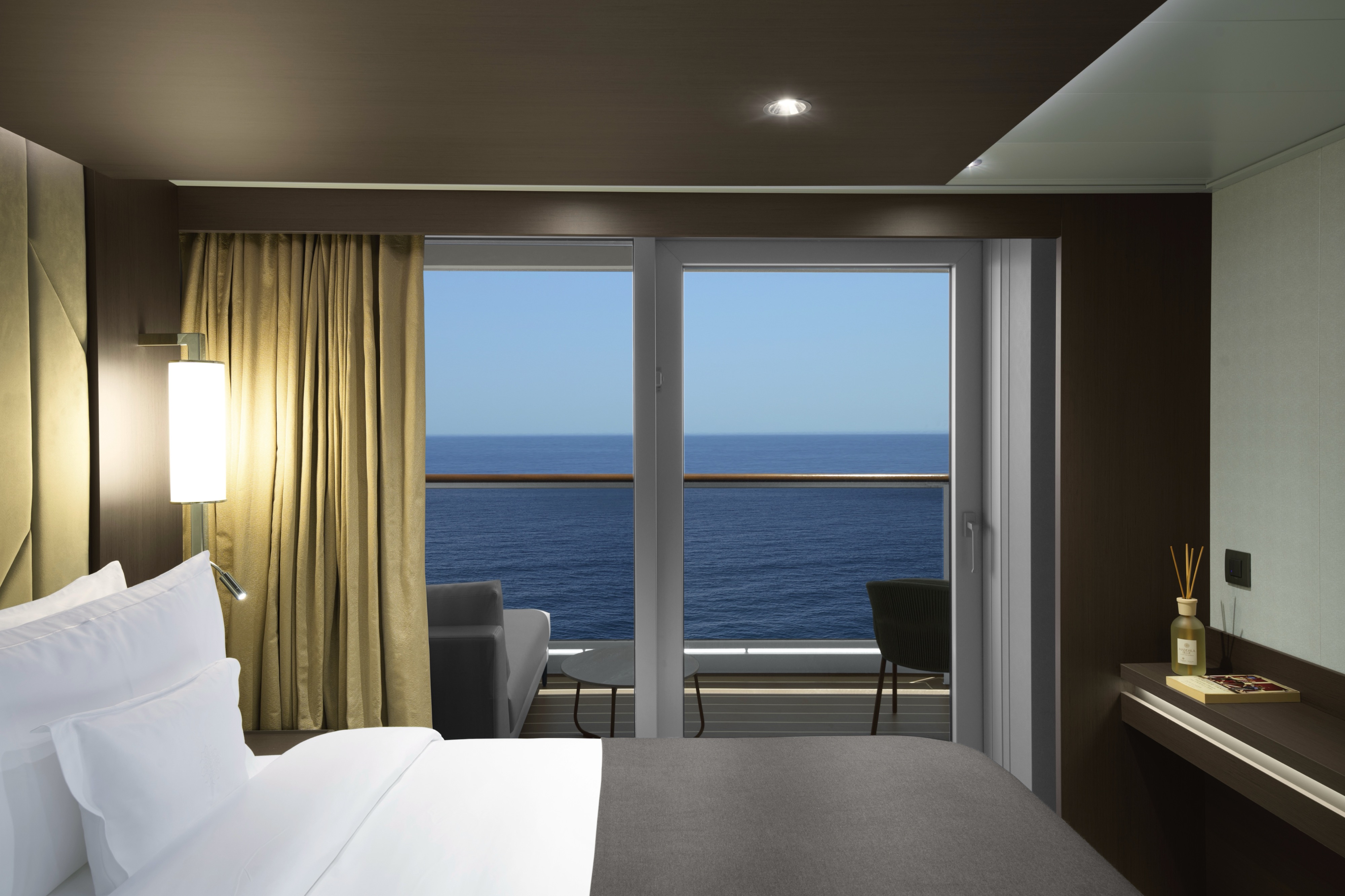
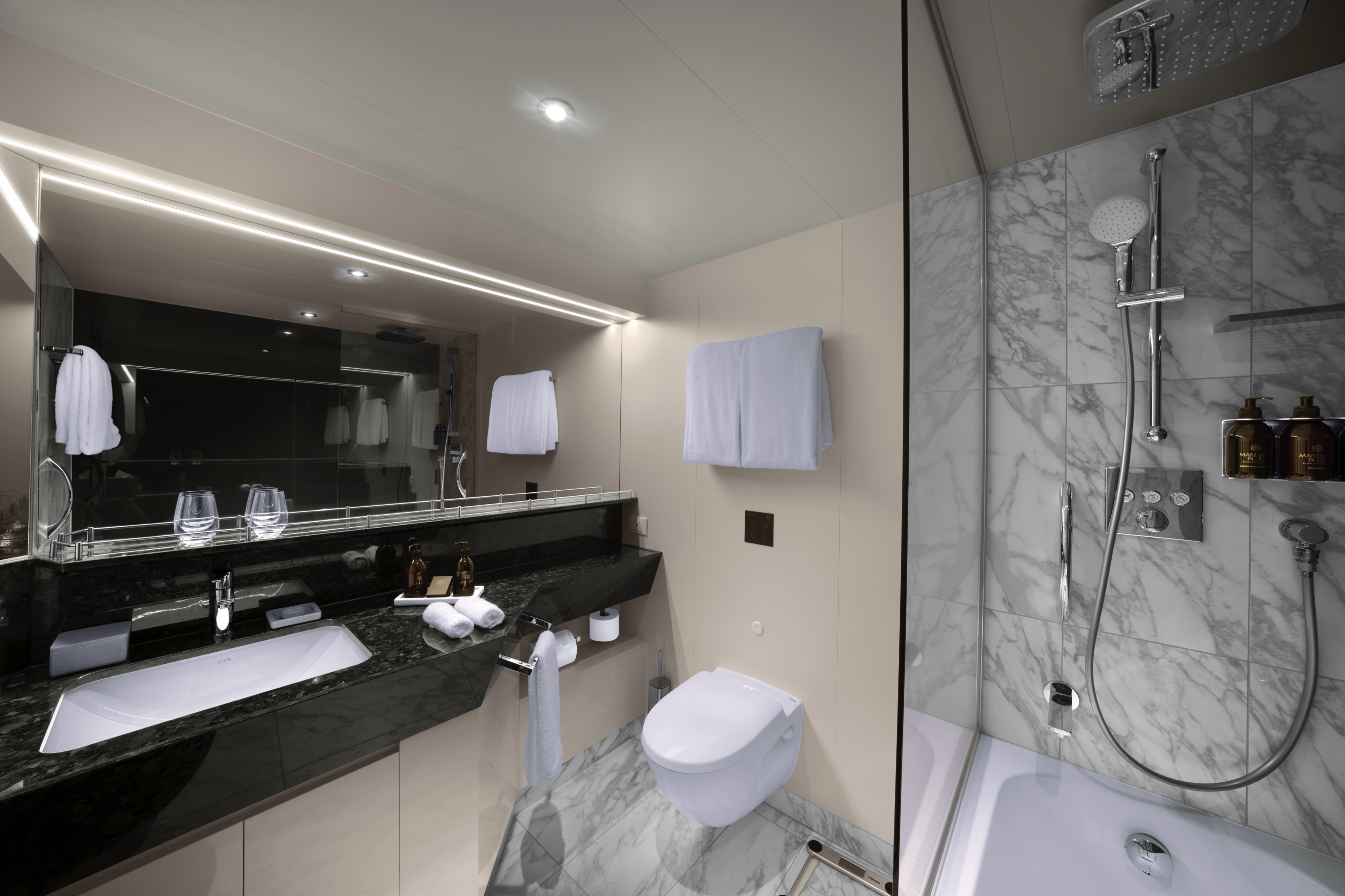
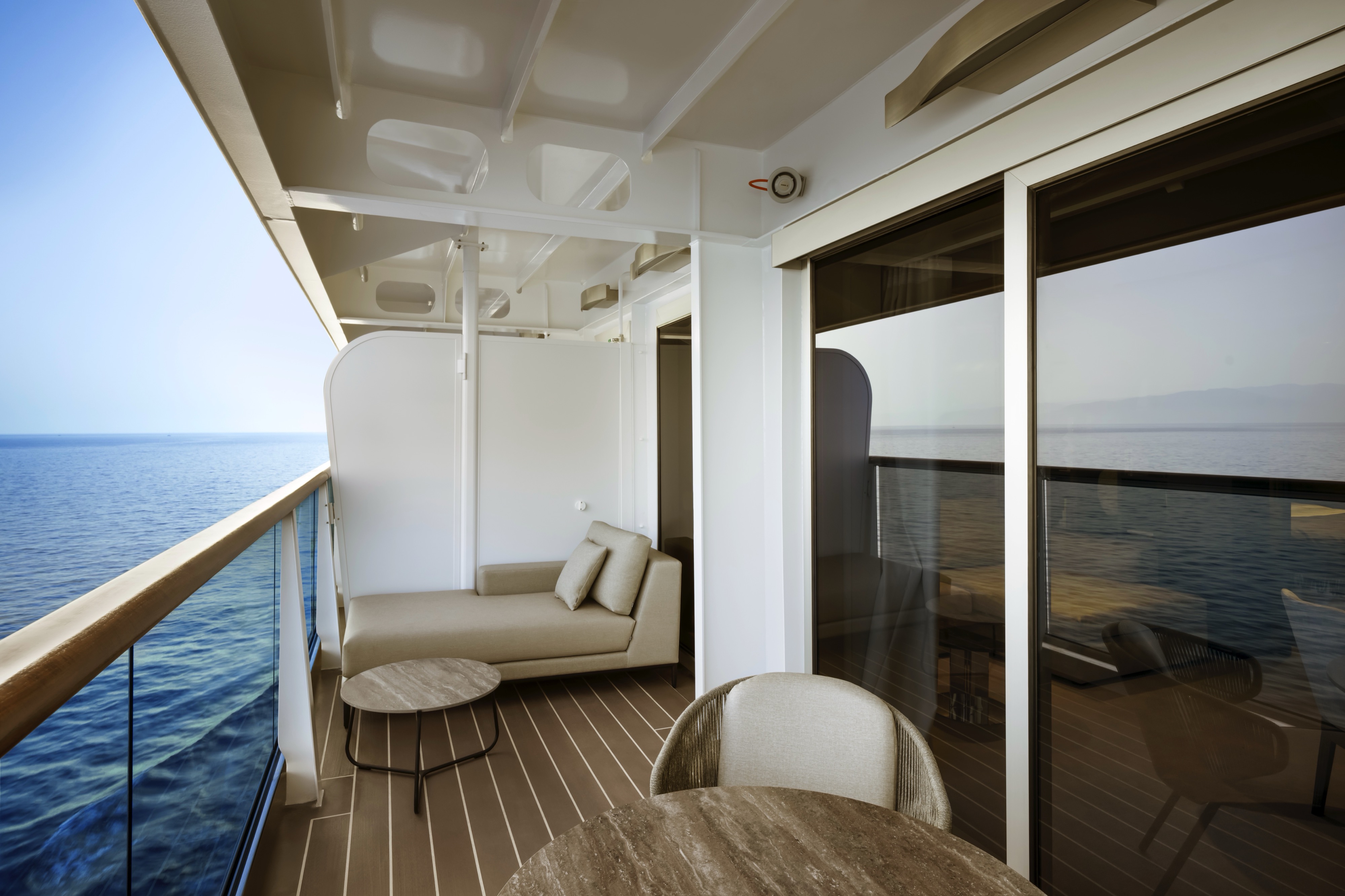
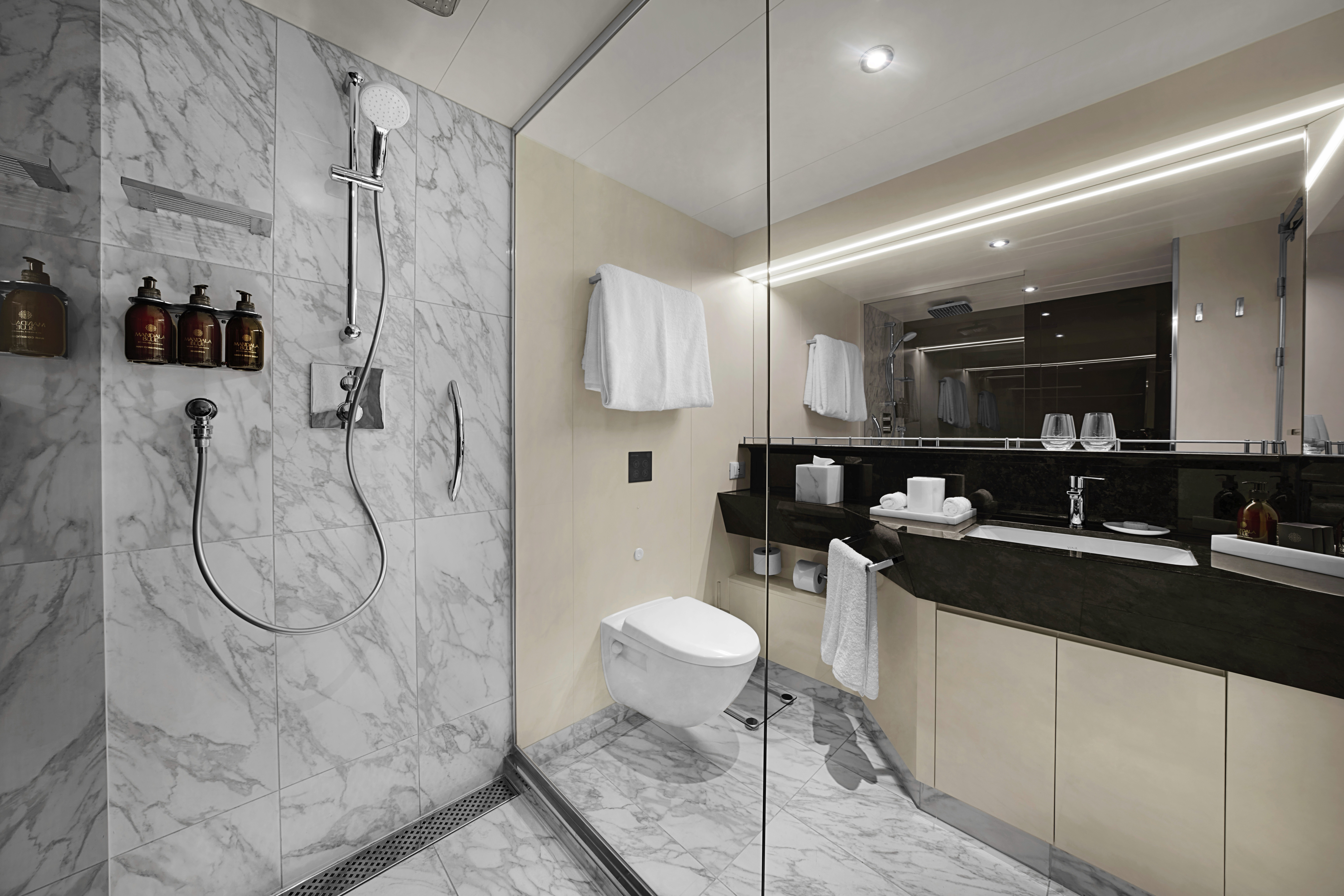
The light-filled, luxurious Premier Penthouses are designed for withdrawing in style or entertaining other guests – at a dining table laid for four, in the stylish living area and on the private sun terrace featuring a dining table area and a daybed overlooking the ocean.
All Premier Penthouses include elegant lounge areas, a separate bedroom with spacious walk-in wardrobe and a seated vanity area, private refrigerated mini bar – replenished according to the guests’ preferences, espresso machine, kettle and tea pot with a complimentary selection of coffee and teas.
Features
- Oversized floor-to-ceiling windows with views of the sea
- Separate living, dining and sleeping areas
- Spacious lounge area
- Dining table for 4 guests
- In-suite welcome bottle of champagne
- Private refrigerated minibar, replenished according to the guests’ preferences from a selection of alcoholic and non-alcoholic beverages
- Espresso machine, kettle and tea pot with a complimentary selection of coffee and teas
- Complimentary personal refillable water bottle for each guest
- Pair of binoculars for guests’ use during their journey
- Technogym Case Kit with a smart range of fitness gear
- Safe accommodating most tablets and laptops
Outdoor
- Spacious ocean-front terrace with a dining area
- Comfortable daybed for relaxation
Bedroom
- Bespoke king-sized bed sleep system - size: 180 x 200 cm (71 x 79 in)
- Some suites feature twin beds – size: 2 x 90 x 200 cm (35 x 79 in)
- Some suites feature a sofa bed
- Down duvets and pillows
- Fine bed linens
- Extensive pillow selection
- Spacious walk-in wardrobe with a seated vanity area
Bathroom
- Spacious bathroom with a walk-in shower and heated floors
- Plush bathrobes and bath linens
- Mandala Blue custom bath toiletries and amenities for Explora Journeys
- Dyson SupersonicTM hairdryer and illuminated make-up/shaving mirror
*All images are a combination of photography and artist renderings.
The artist representations and interior decorations, finishes, and furnishings are provided for illustrative purposes only.
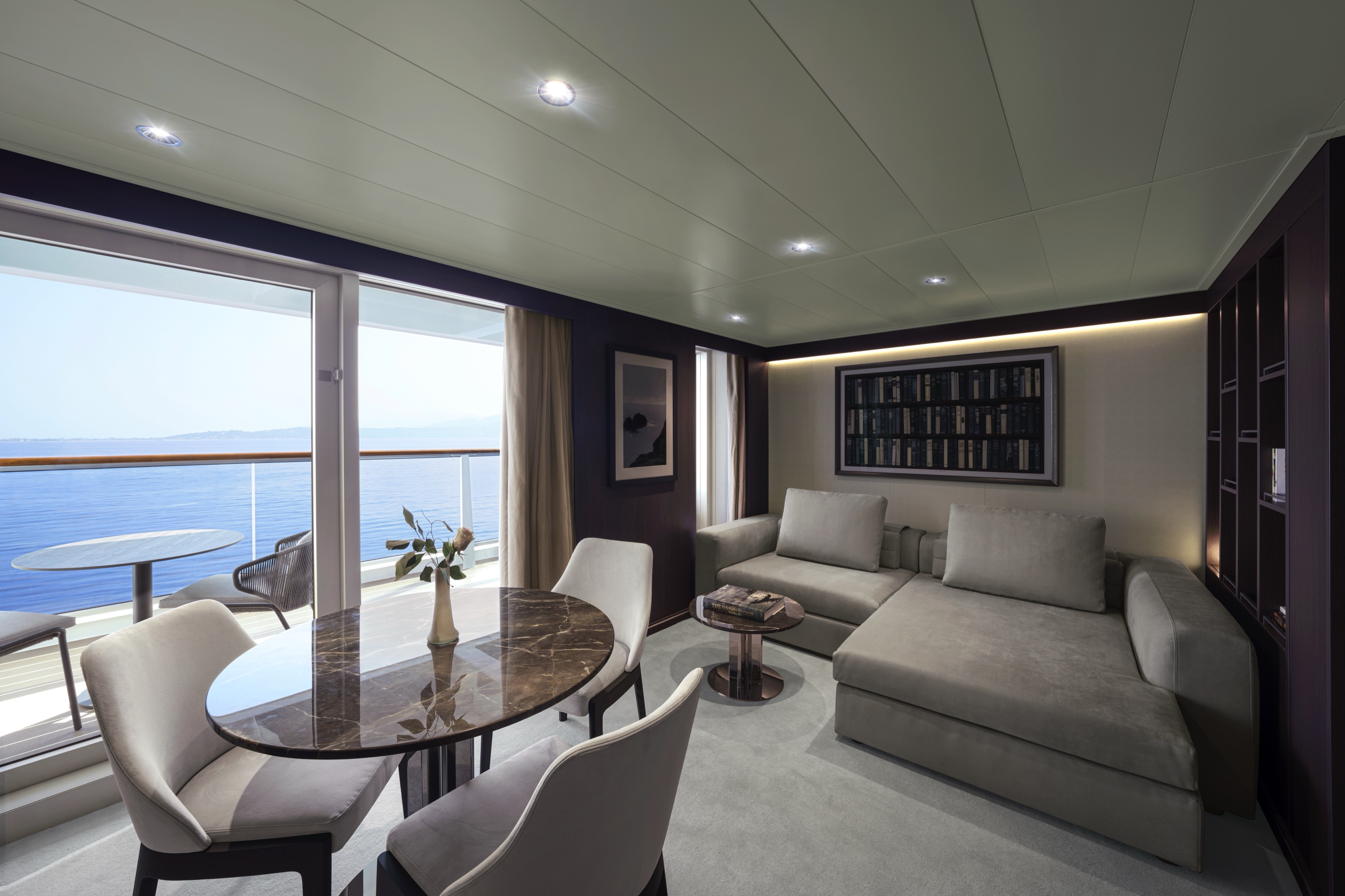
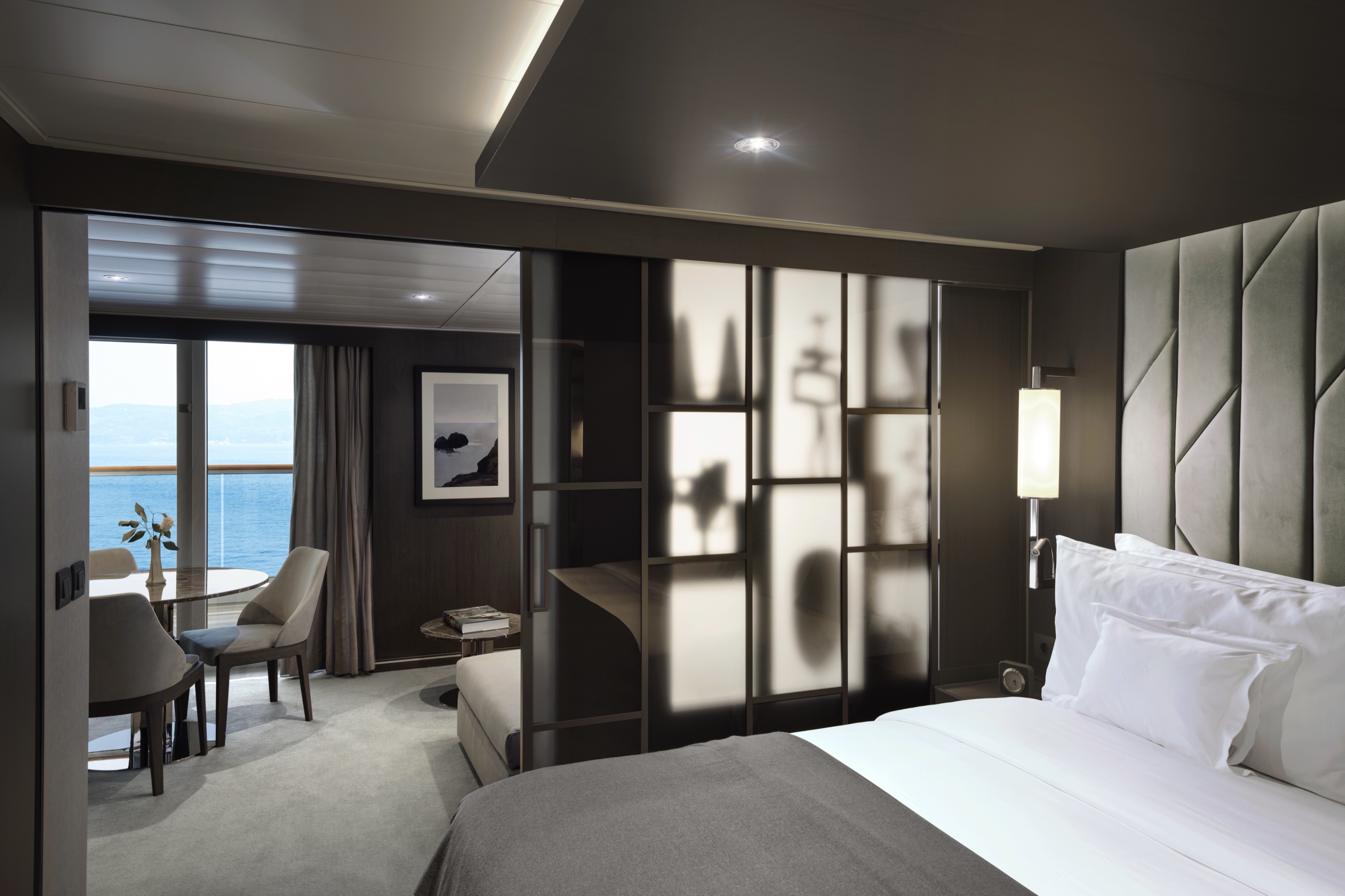
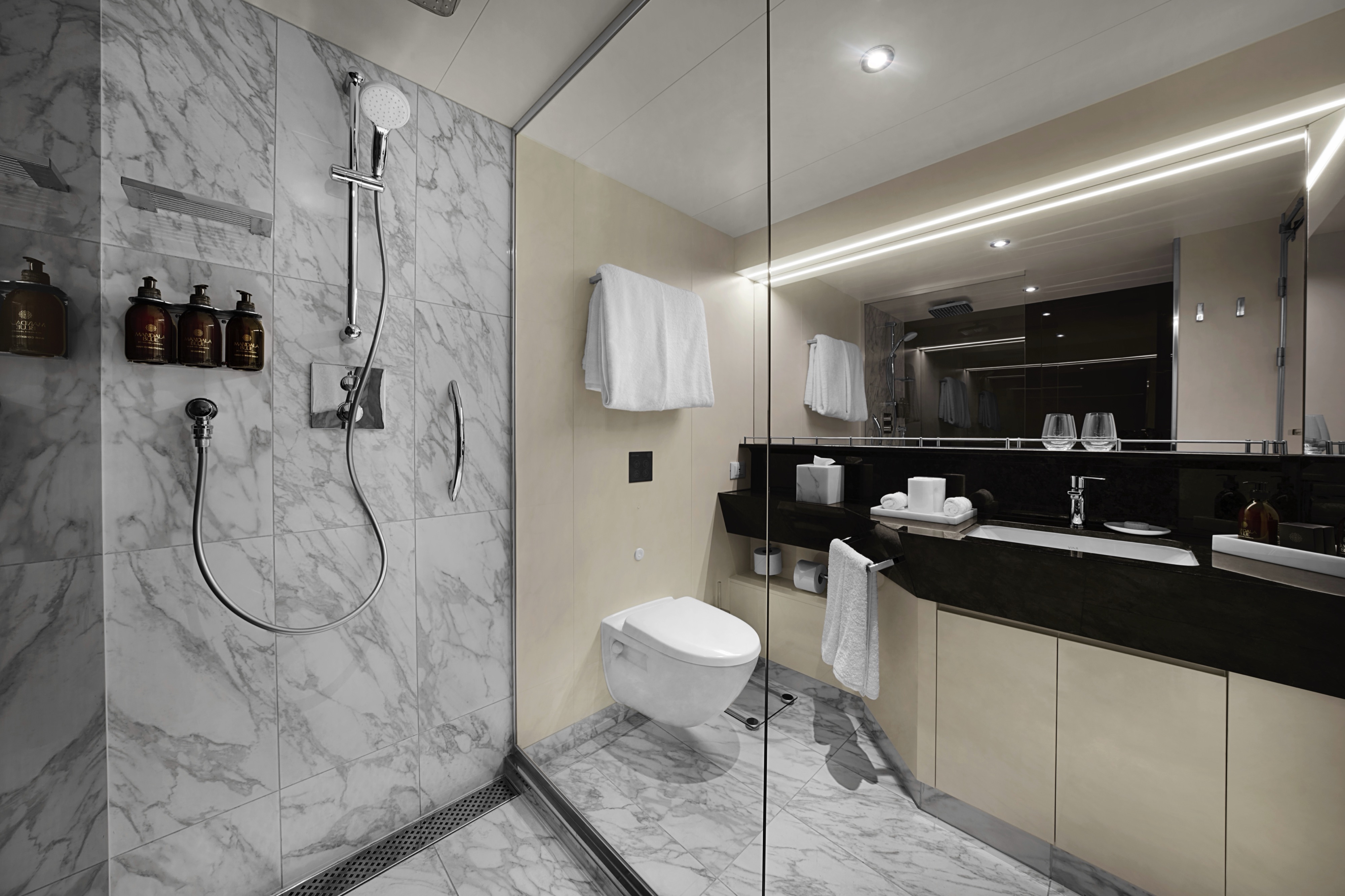
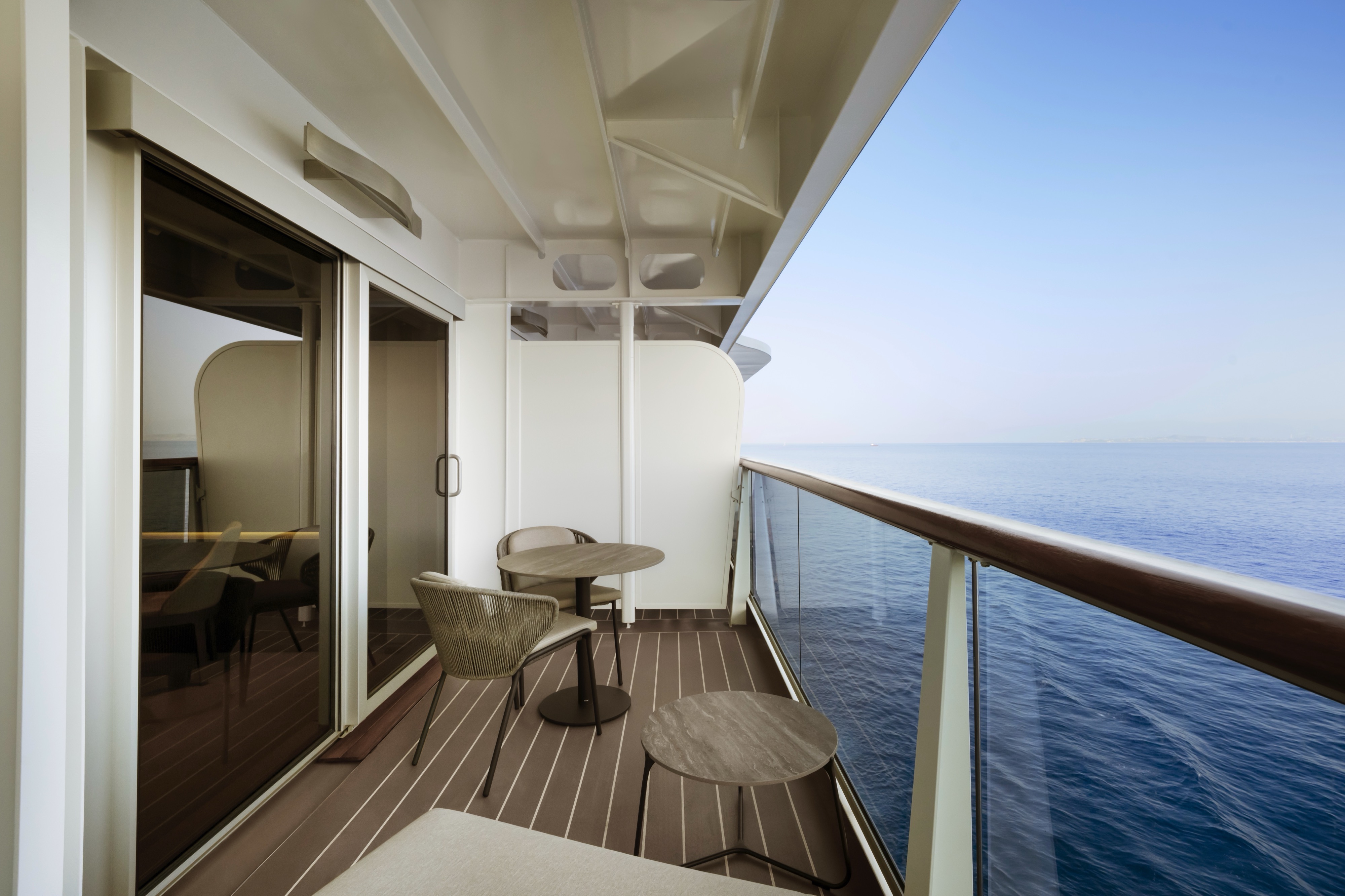
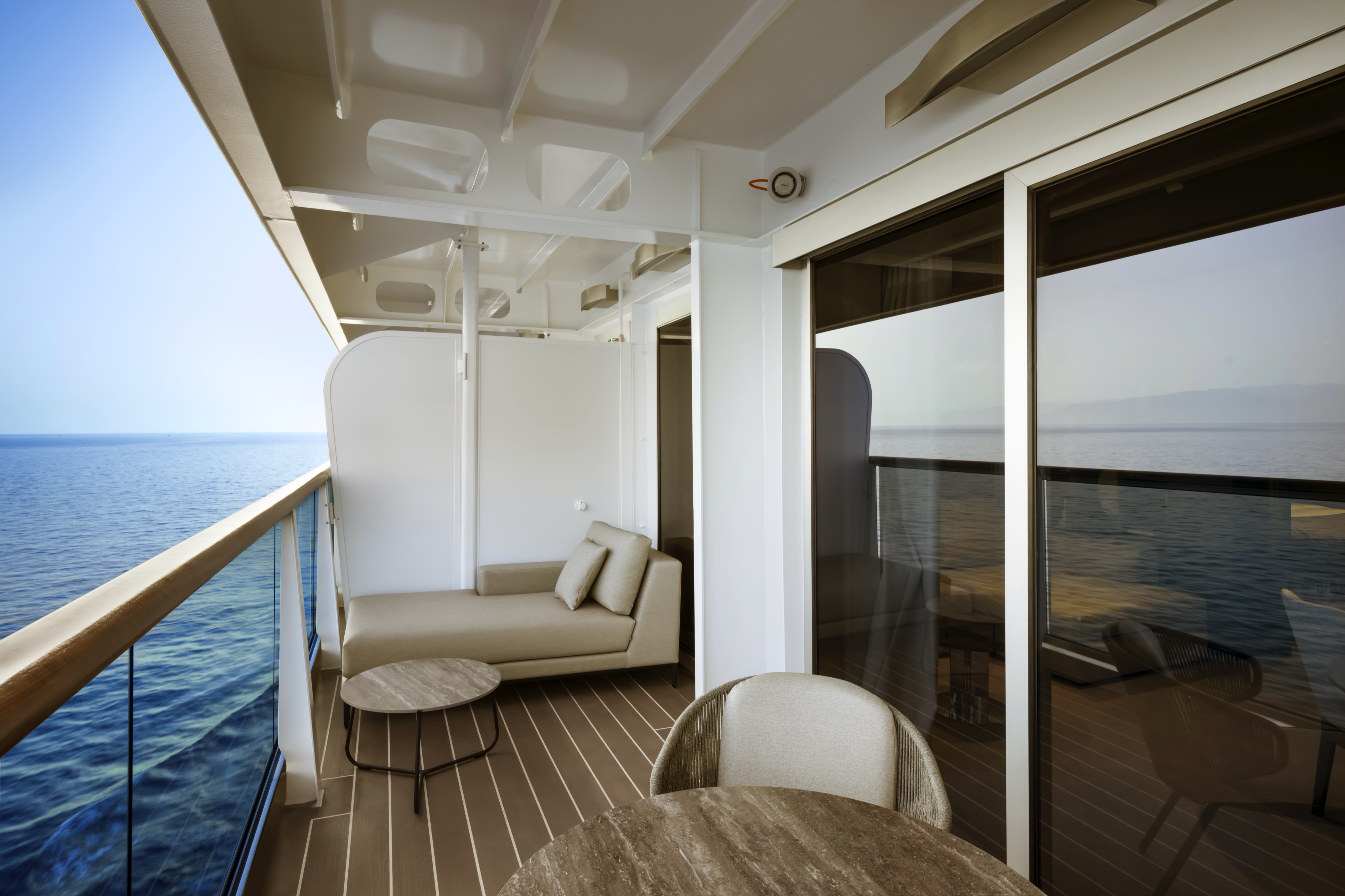
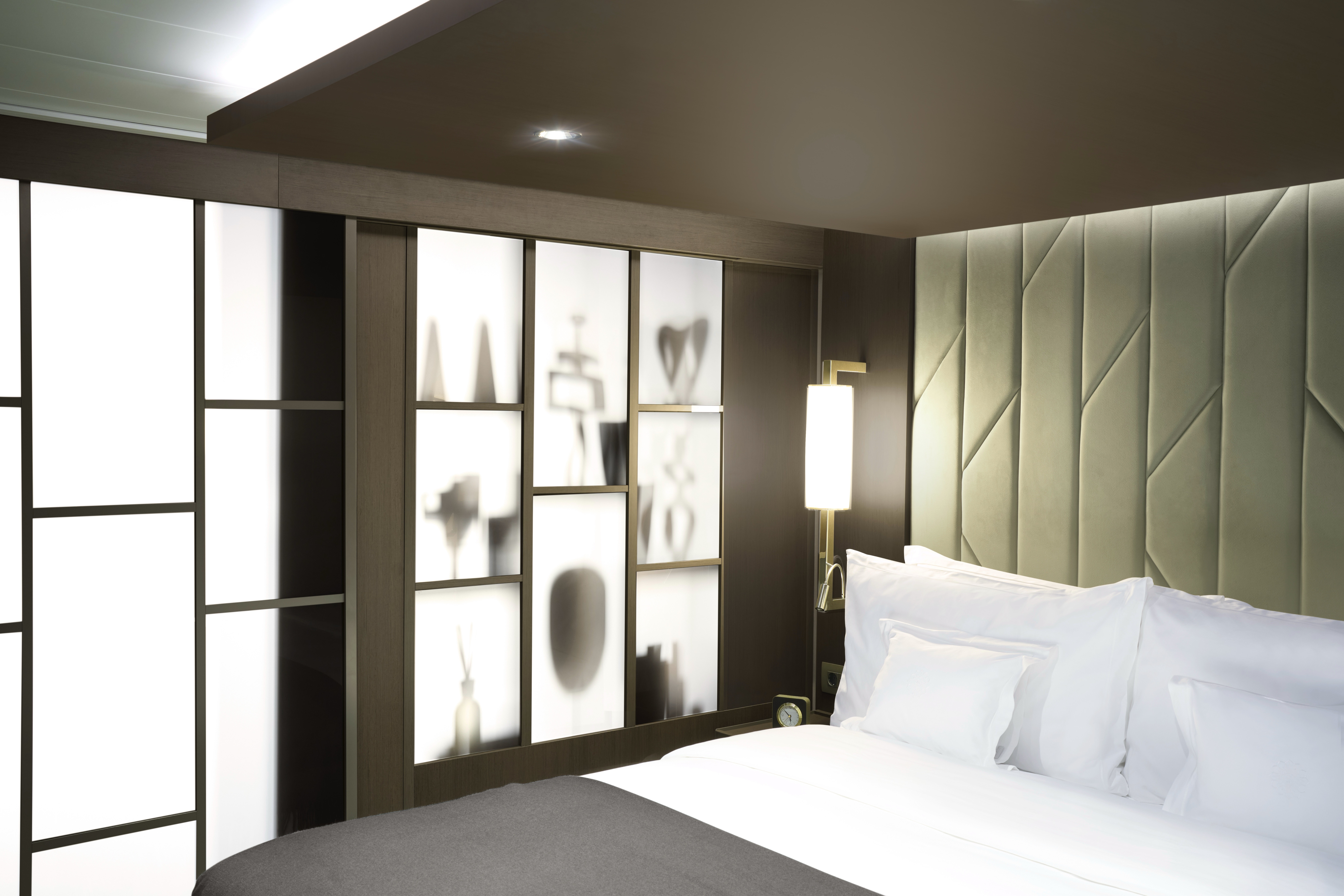
Flooded with light from the floor-to-ceiling oversized windows, the Deluxe Penthouses offer elegant accommodation and a stylish living area, a separate dining area for four, as well as a work space. The private sun terrace with a dining table and a daybed allows guests to feel closer to the ocean as it carries them on their journey.
All Deluxe Penthouses include elegant lounge areas, private refrigerated mini bar – replenished according to the guests’ preferences, espresso machine, kettle and tea pot with a complimentary selection of coffee and teas, and feature spacious walk-in wardrobes with a seated vanity area.
Features
- Oversized floor-to-ceiling windows with views of the sea
- Spacious lounge area
- Dining table for 4 guests
- Some suites feature a spacious work desk area
- In-suite welcome bottle of champagne
- Private refrigerated minibar, replenished according to the guests’ preferences from a selection of alcoholic and non-alcoholic beverages
- Espresso machine, kettle and tea pot with a complimentary selection of coffee and teas
- Complimentary personal refillable water bottle for each guest
- Pair of binoculars for guests’ use during their journey
- Technogym Case Kit with a smart range of fitness gear
- Safe accommodating most tablets and laptops
Outdoor
- Spacious ocean-front terrace with a dining area
- Comfortable daybed or lounge chairs for relaxation
Bedroom
- Bespoke king-sized bed sleep system - size: 180 x 200 cm (71 x 79 in)
- Some suites feature twin beds – size: 2 x 90 x 200 cm (35 x 79 in)
- Down duvets and pillows
- Fine bed linens
- Extensive pillow selection
- Spacious walk-in wardrobe with a seated vanity area
Bathroom
- Spacious bathroom with a walk-in shower and heated floors
- Plush bathrobes and bath linens
- Mandala Blue custom bath toiletries and amenities for Explora Journeys
- Dyson SupersonicTM hairdryer and illuminated make-up/shaving mirror
- Some suites feature bathtubs
*All images are a combination of photography and artist renderings.
The artist representations and interior decorations, finishes, and furnishings are provided for illustrative purposes only.
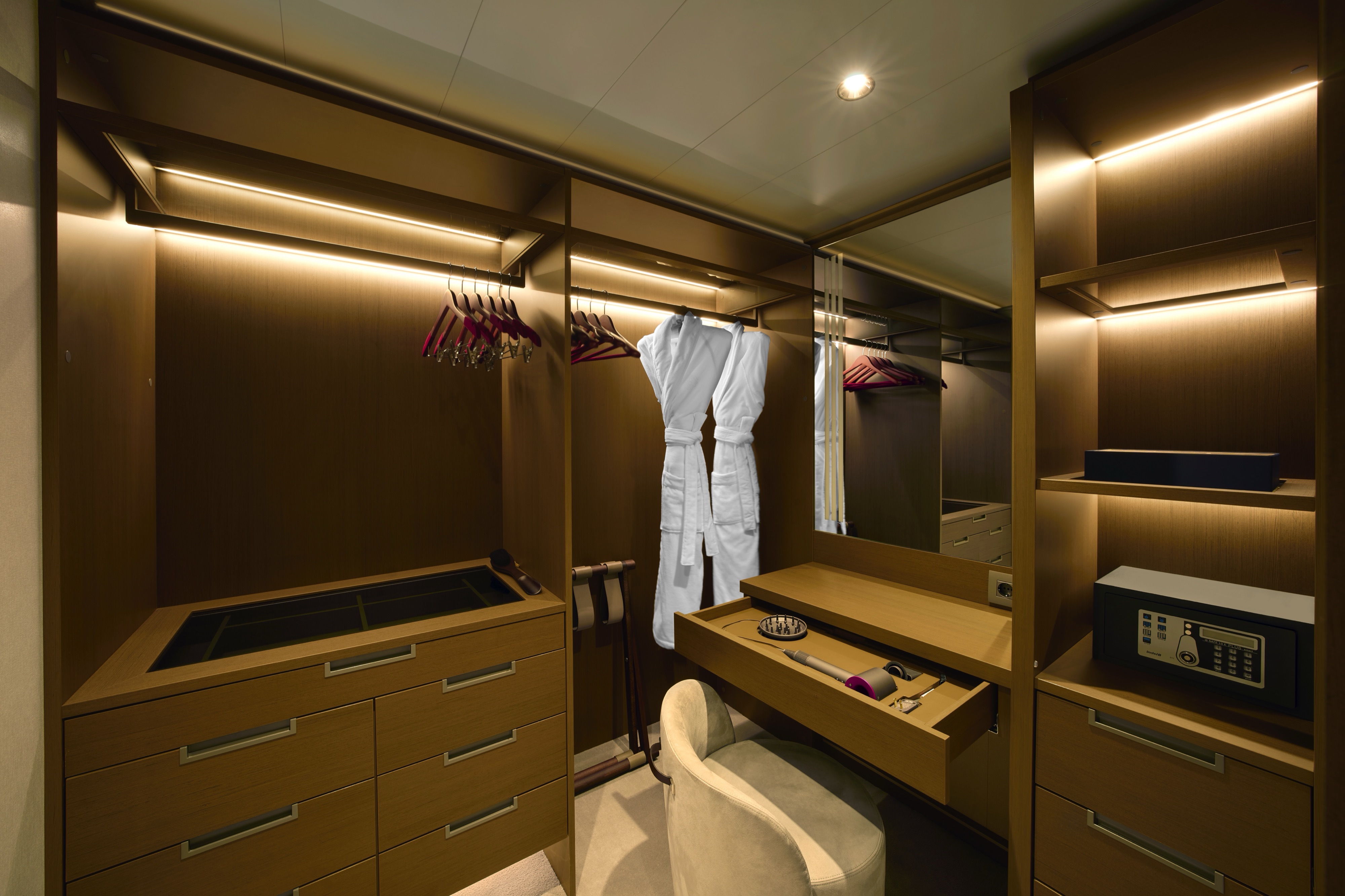
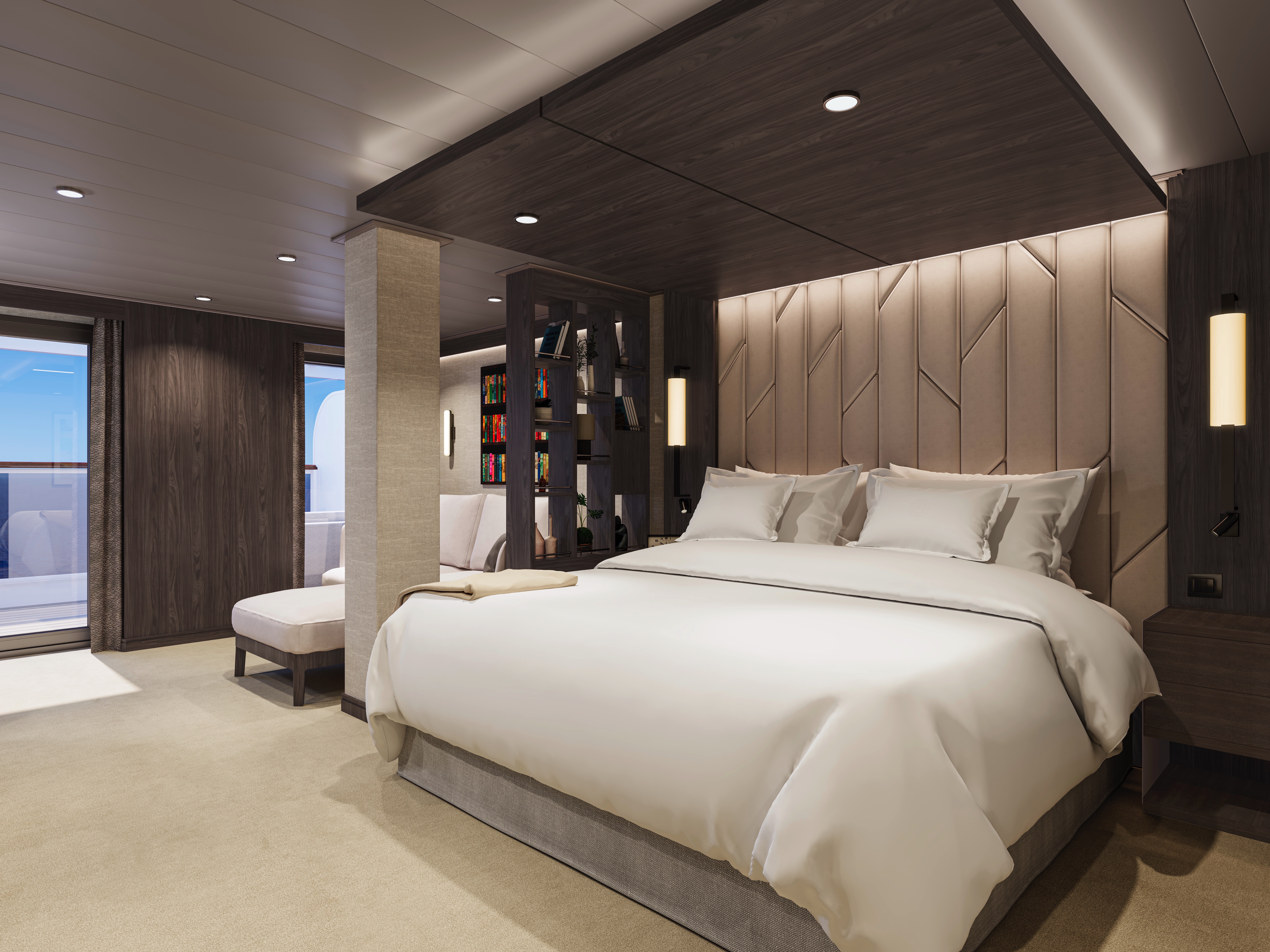
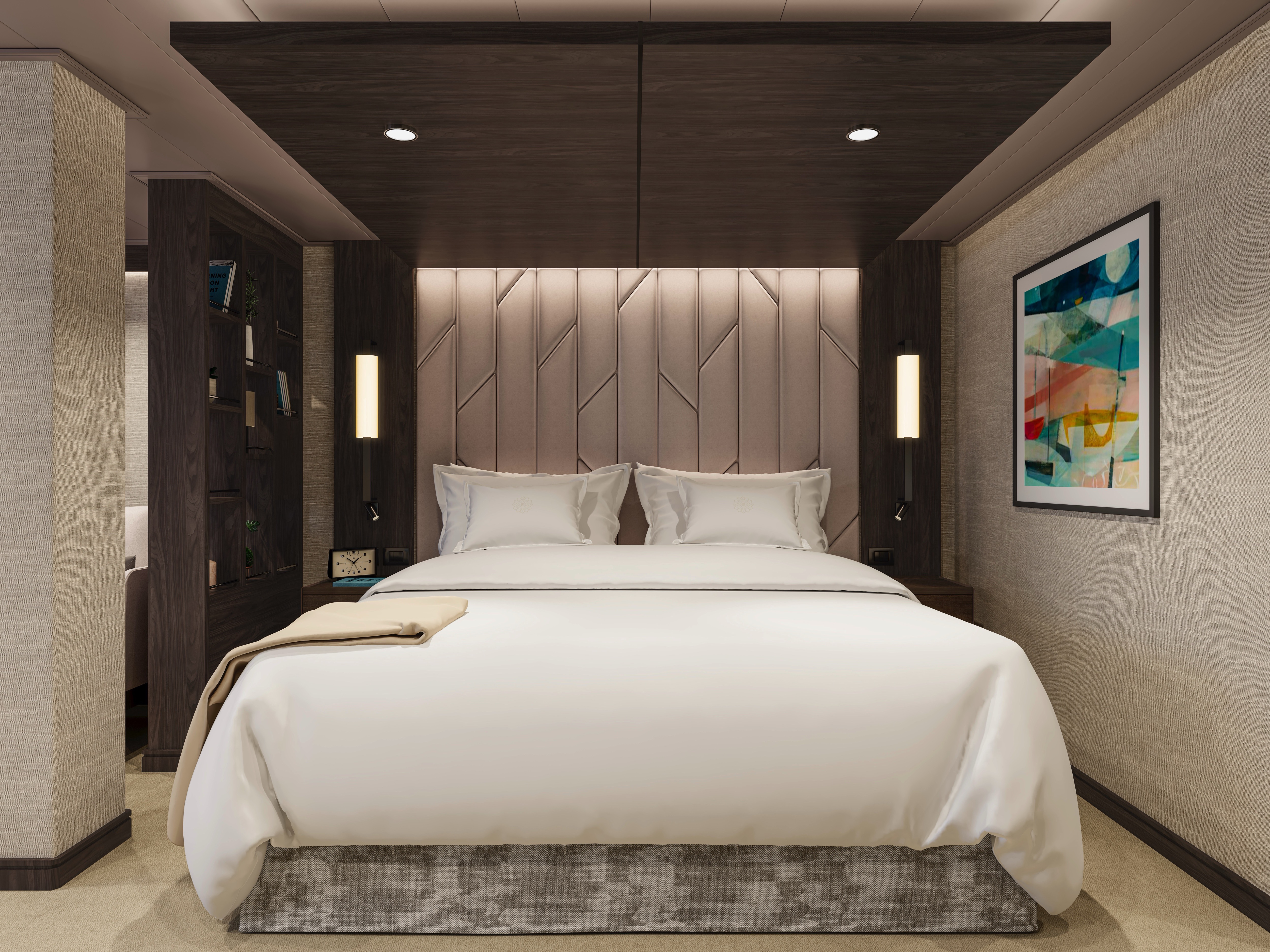
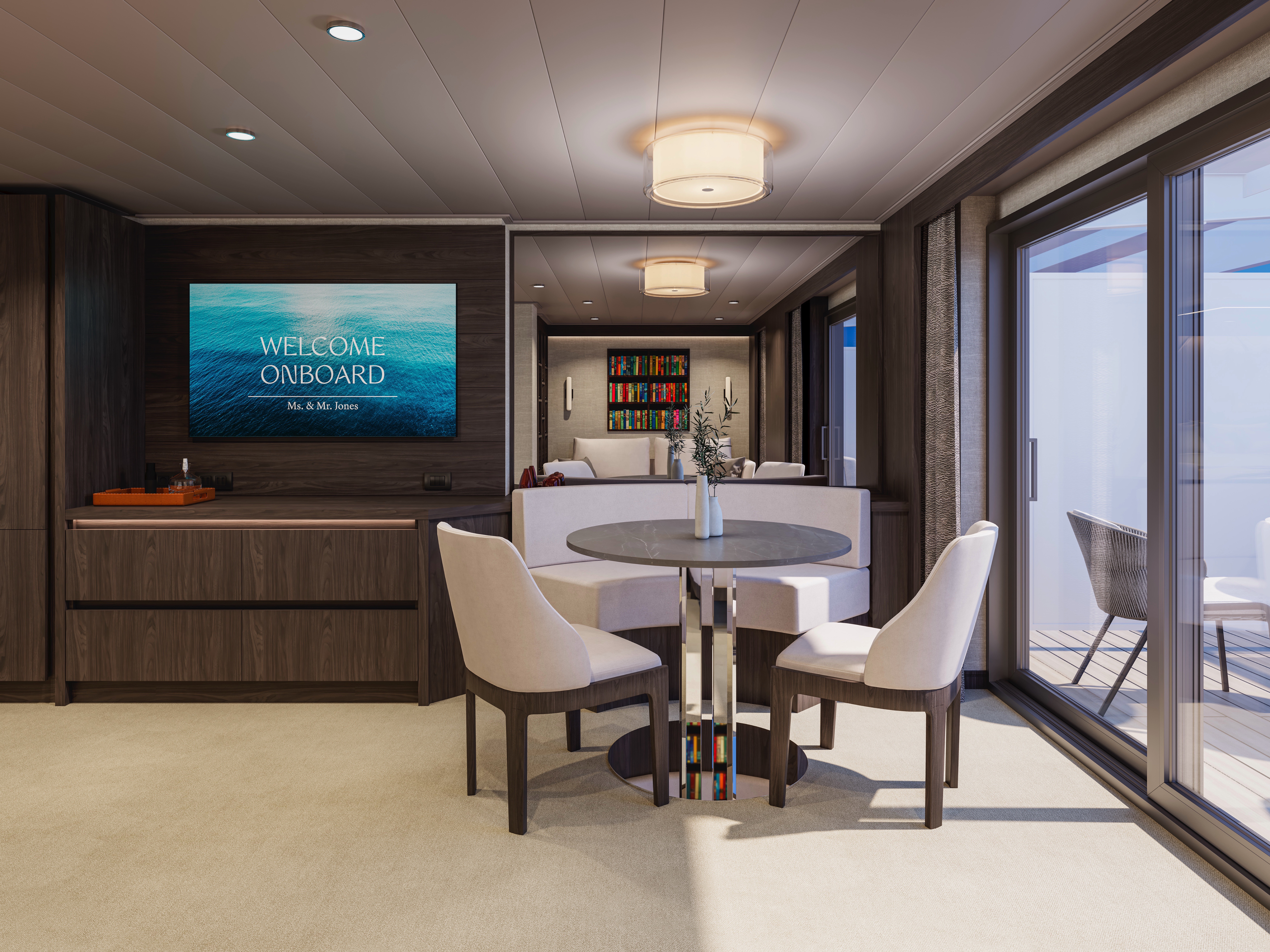
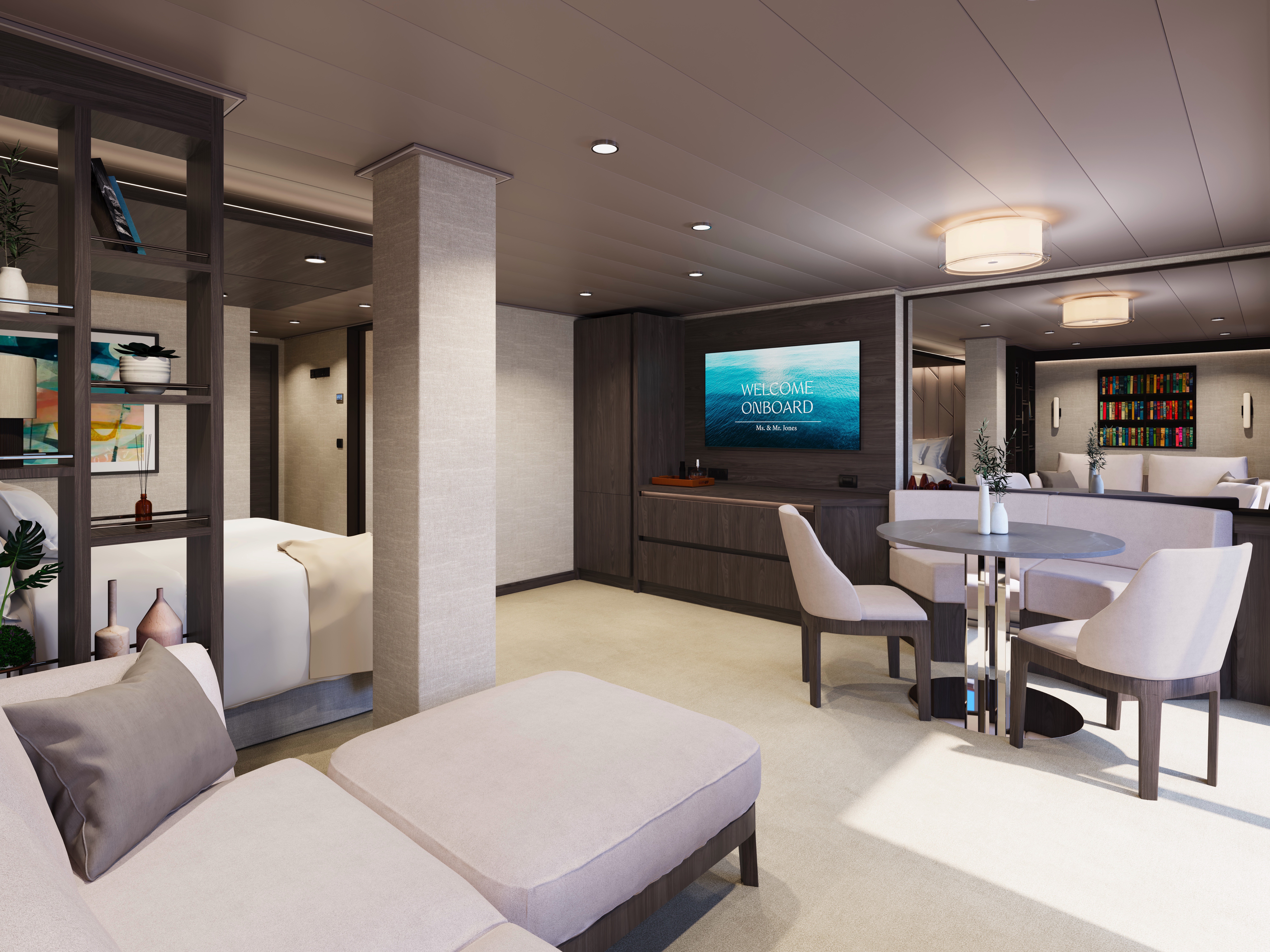
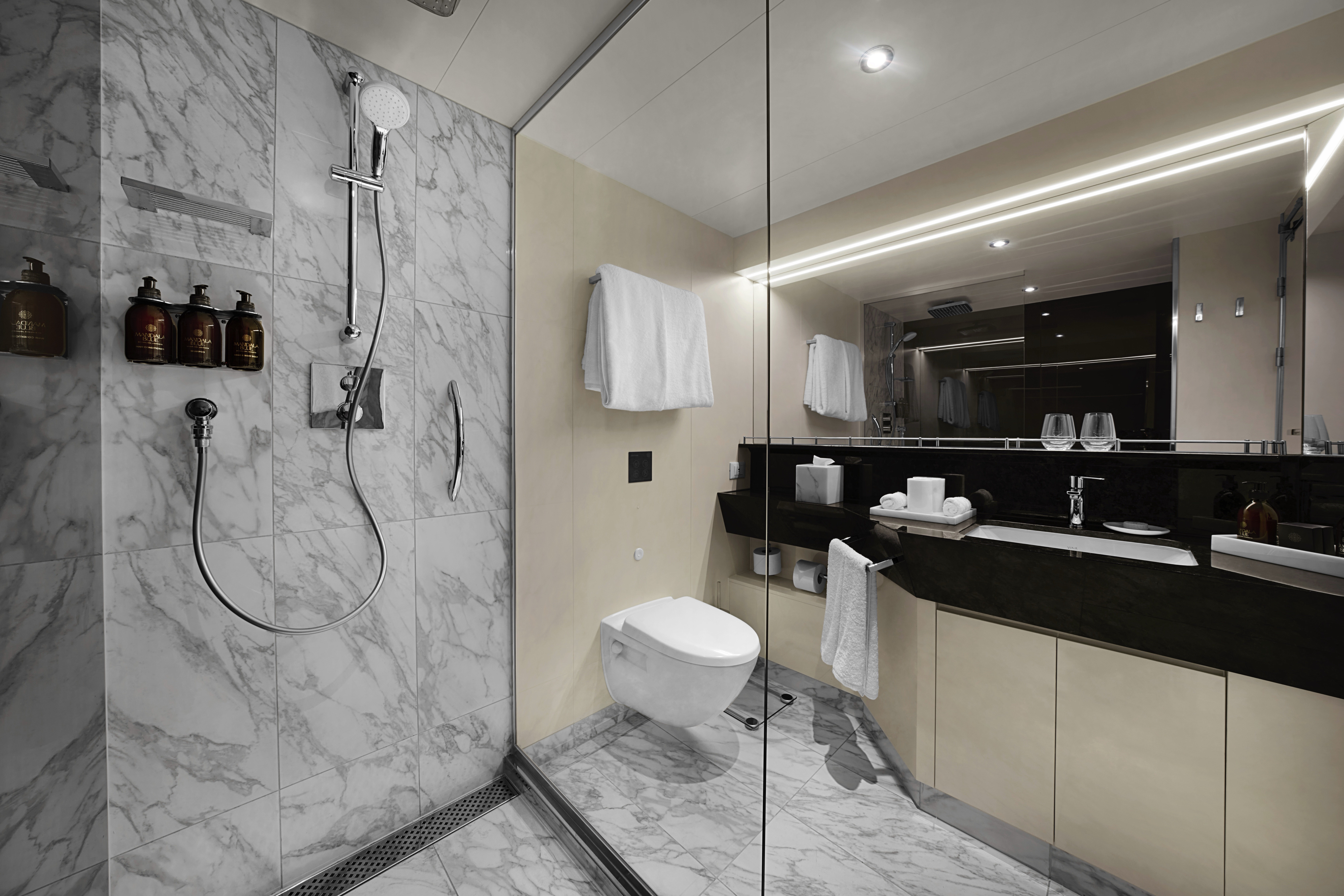
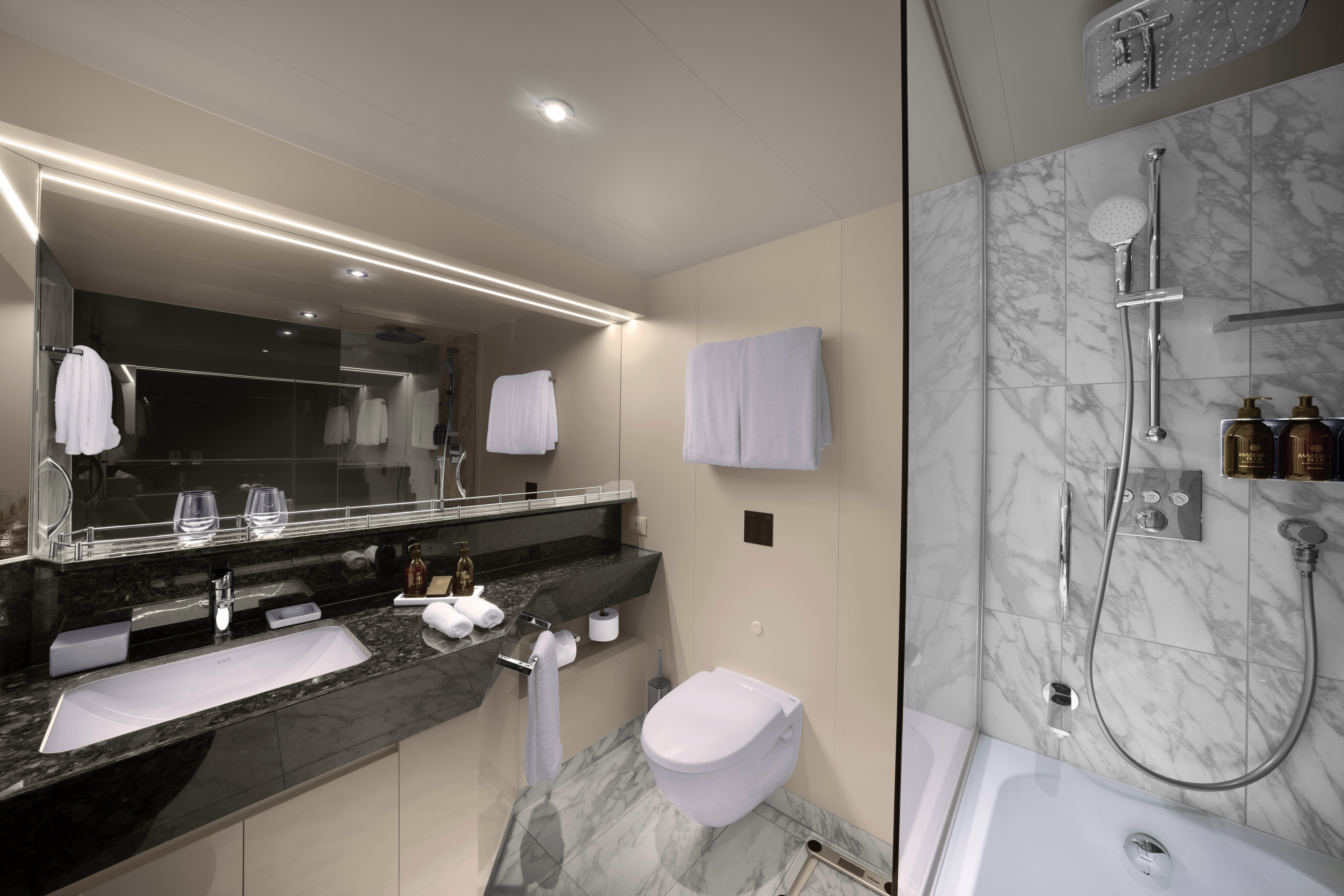
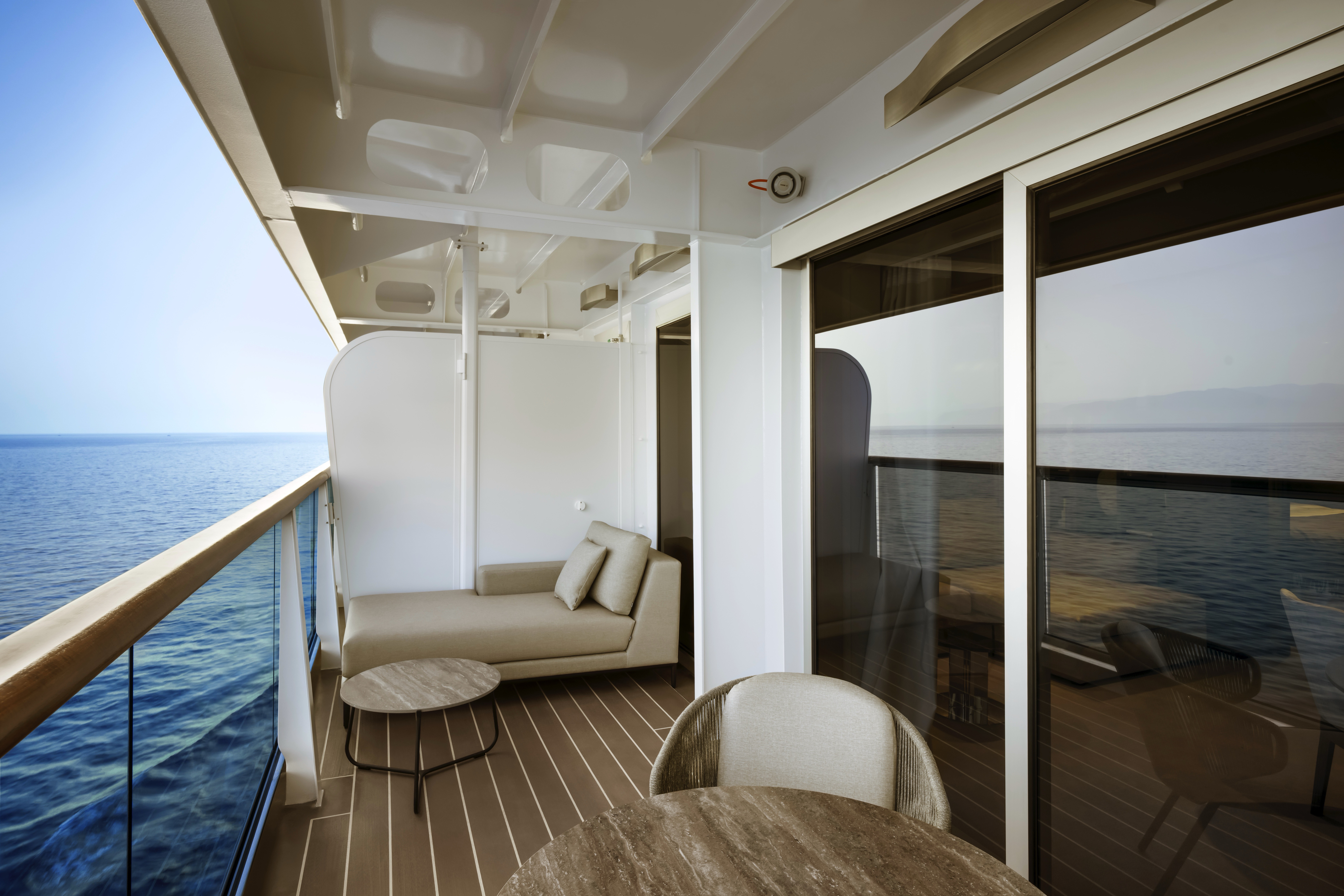
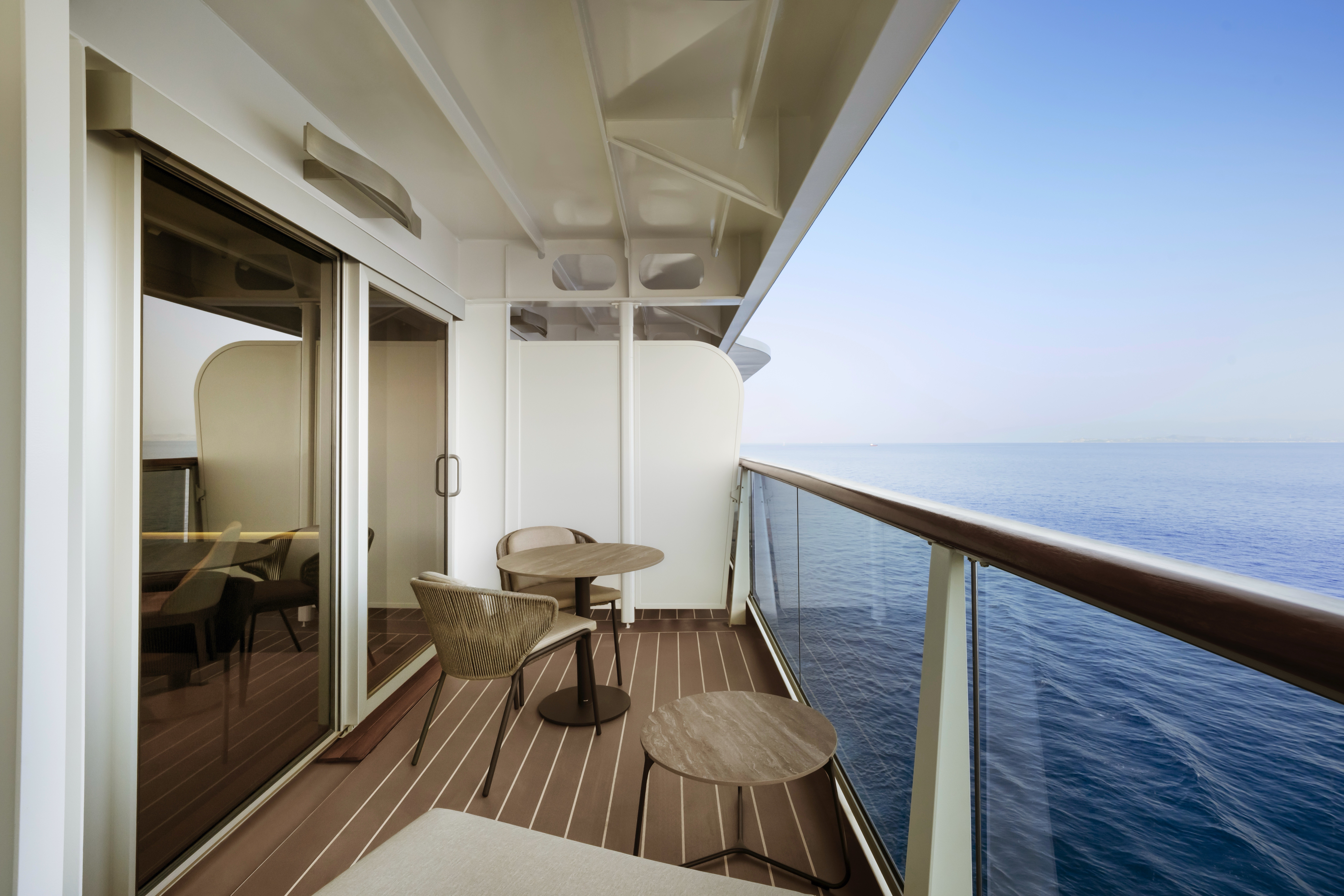
Each of our Penthouses offers a spacious living area and a separate dining area for four, allowing guests to entertain others or retreat in style as they see fit. Floor-to ceiling doors lead onto an expansive private sun terrace with a dining table and a daybed for ultimate relaxation at sea.
All Penthouses include elegant lounge areas, private refrigerated mini bar – replenished according to the guests’ preferences, espresso machine, kettle and tea pot with a complimentary selection of coffee and teas, and feature spacious walk-in wardrobes with a seated vanity area.
Features
- Oversized floor-to-ceiling windows with views of the sea
- Spacious lounge area
- Dining table for 4 guests
- In-suite welcome bottle of champagne
- Private refrigerated minibar, replenished according to the guests’ preferences from a selection of alcoholic and non-alcoholic beverages
- Espresso machine, kettle and tea pot with a complimentary selection of coffee and teas
- Complimentary personal refillable water bottle for each guest
- Pair of binoculars for guests’ use during their journey
- Technogym Case Kit with a smart range of fitness gear
- Safe accommodating most tablets and laptops
Outdoor
- Spacious ocean-front terrace with a dining area
- Comfortable daybed for relaxation
Bedroom
Bespoke king-sized bed sleep system - size: 180 x 200 cm (71 x 79 in)
- Some suites feature twin beds – size: 2 x 90 x 200 cm (35 x 79 in)
- Down duvets and pillows
- Fine bed linens
- Extensive pillow selection
- Spacious walk-in wardrobe with a seated vanity area
Bathroom
- Spacious bathroom with a walk-in shower and heated floors
- Plush bathrobes and bath linens
- Mandala Blue custom bath toiletries and amenities for Explora Journeys
- Dyson SupersonicTM hairdryer and illuminated make-up/shaving mirror
*All images are a combination of photography and artist renderings.
The artist representations and interior decorations, finishes, and furnishings are provided for illustrative purposes only.

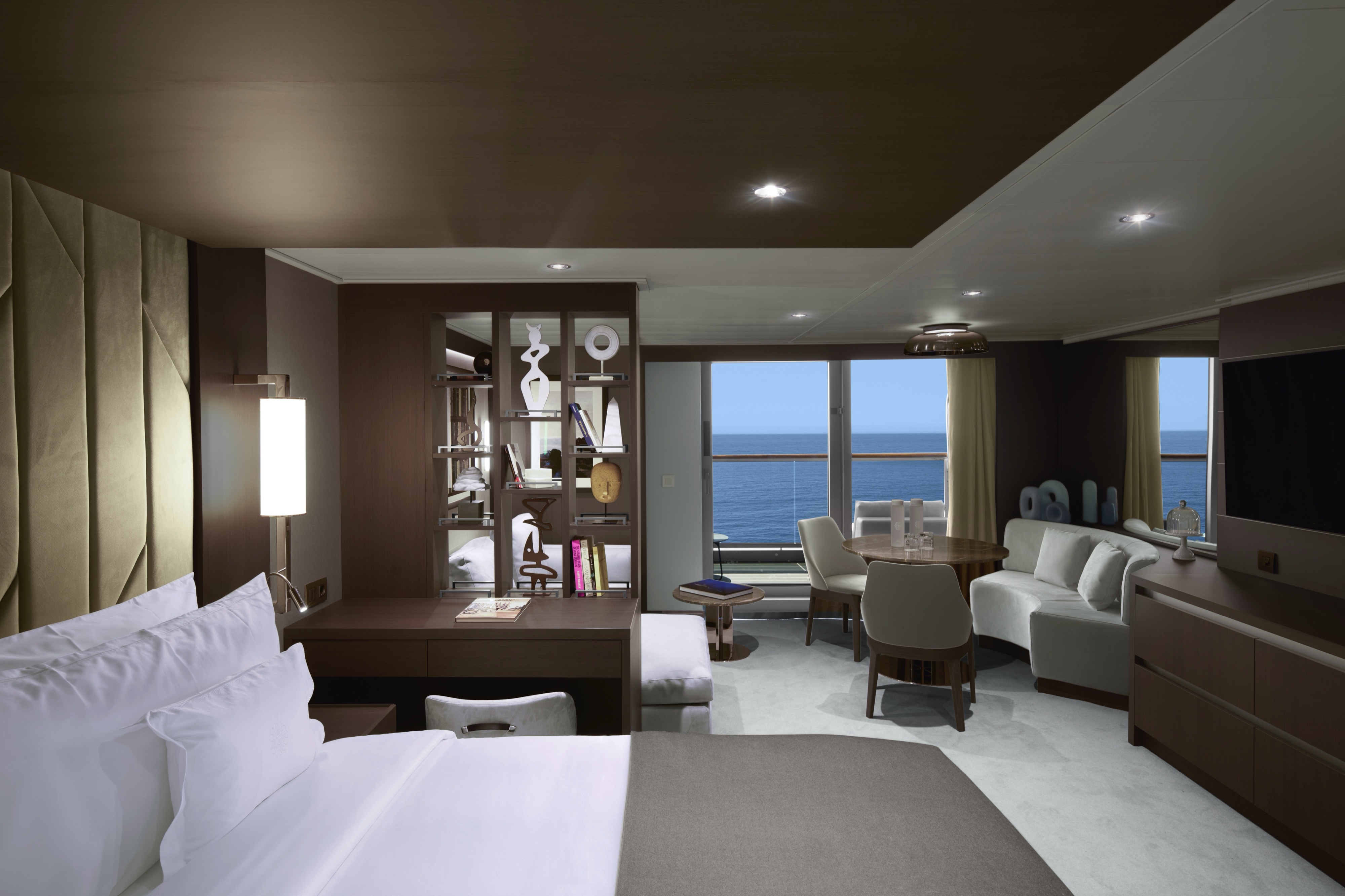
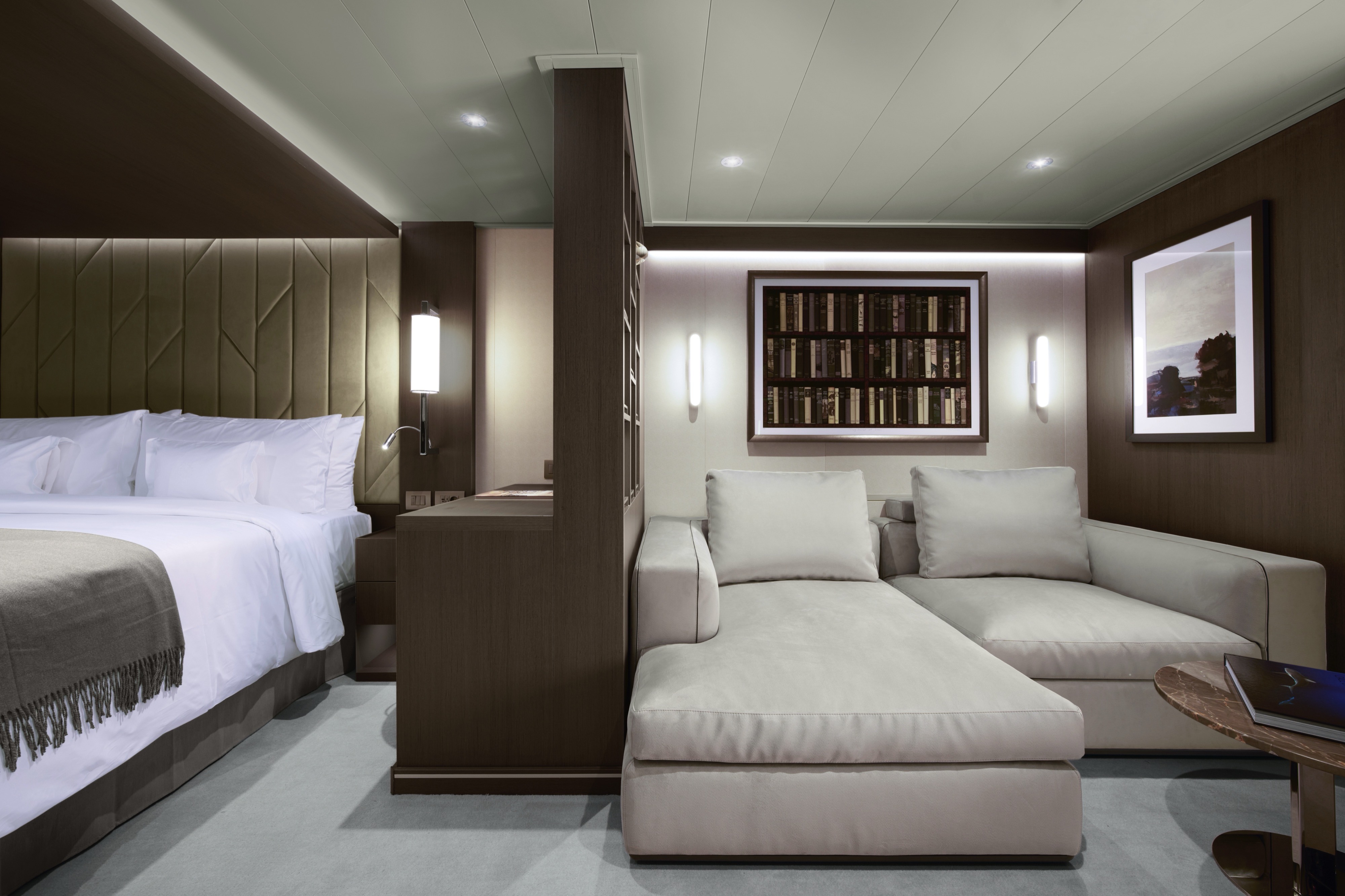
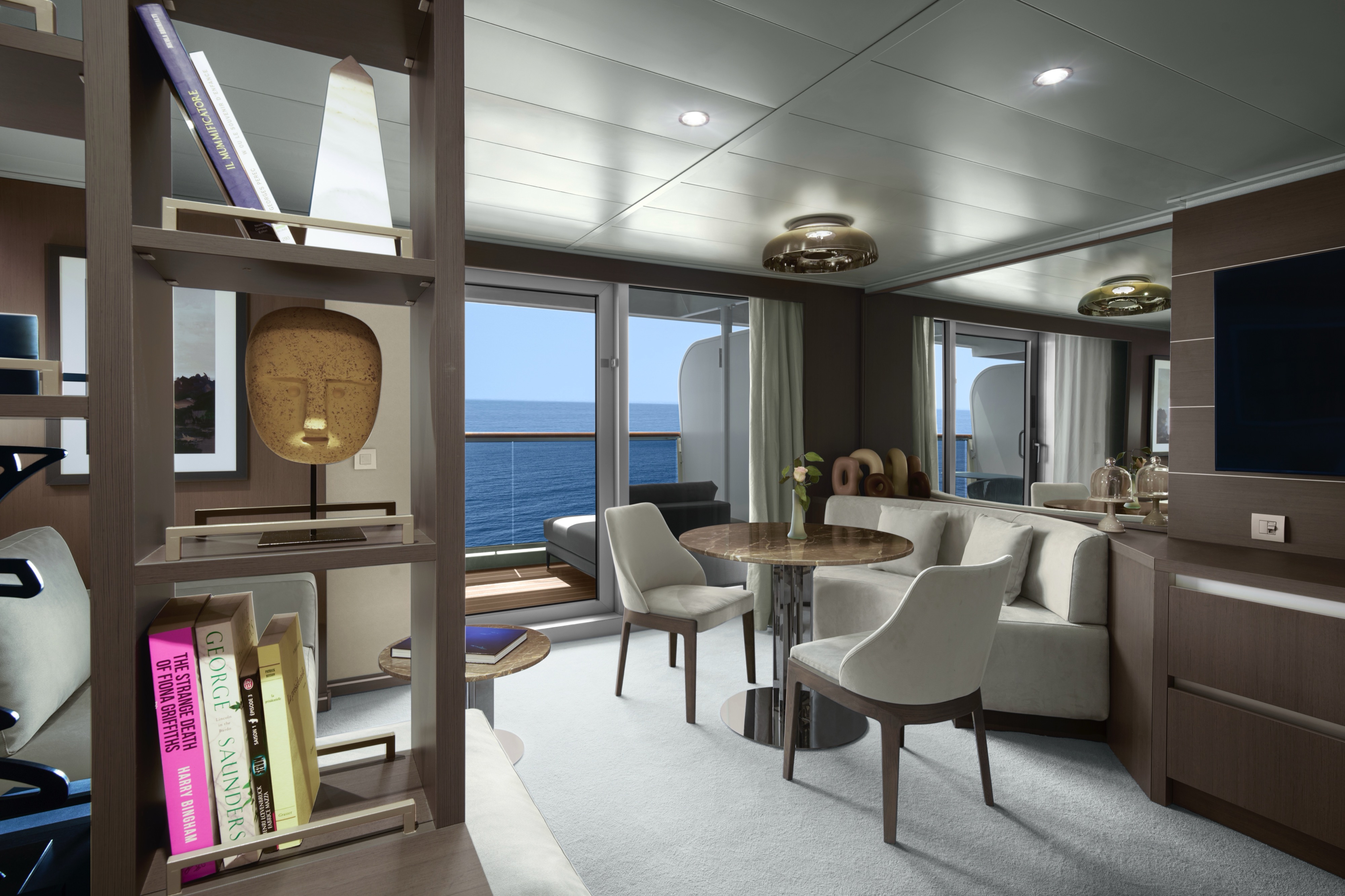
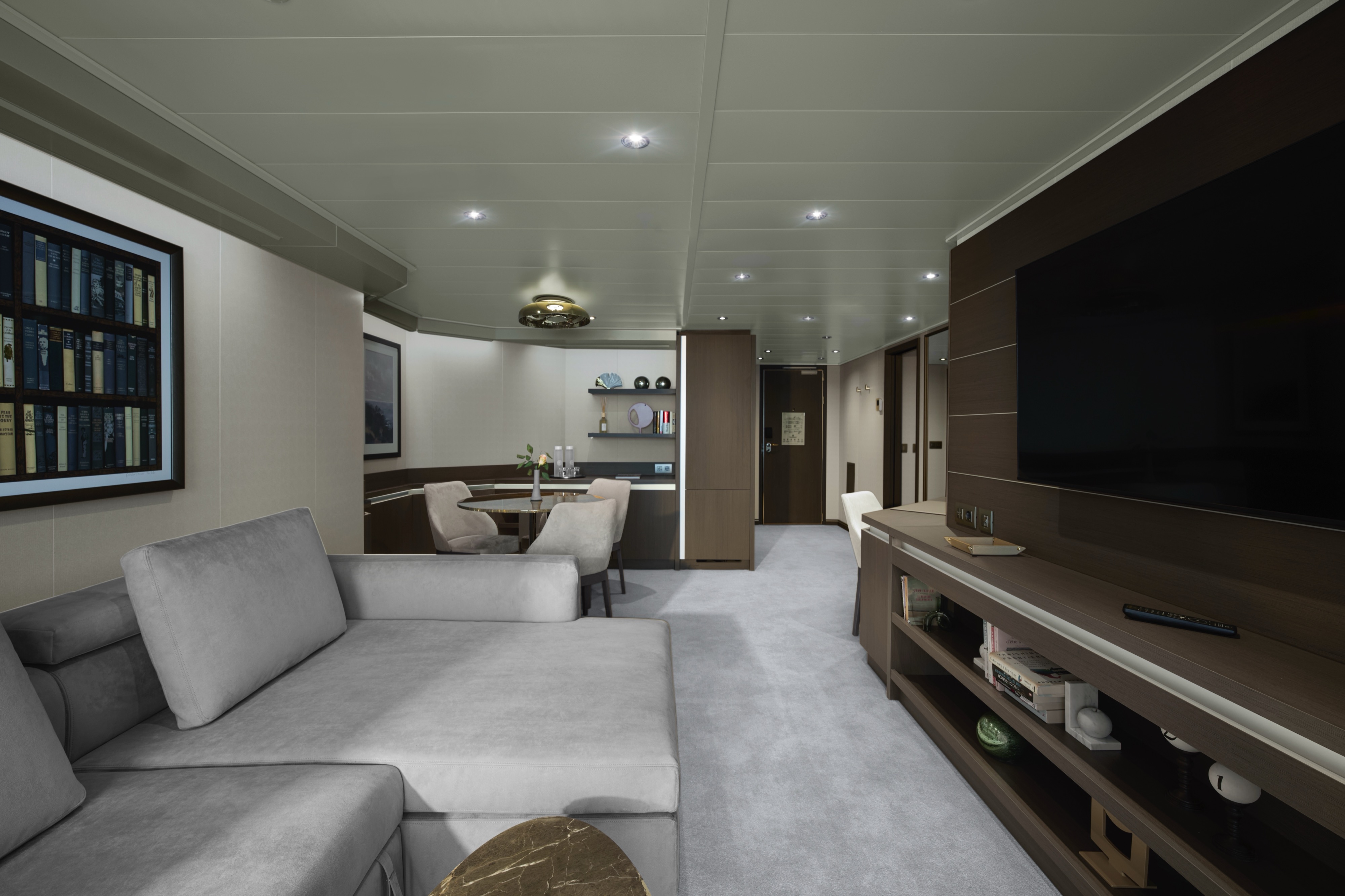
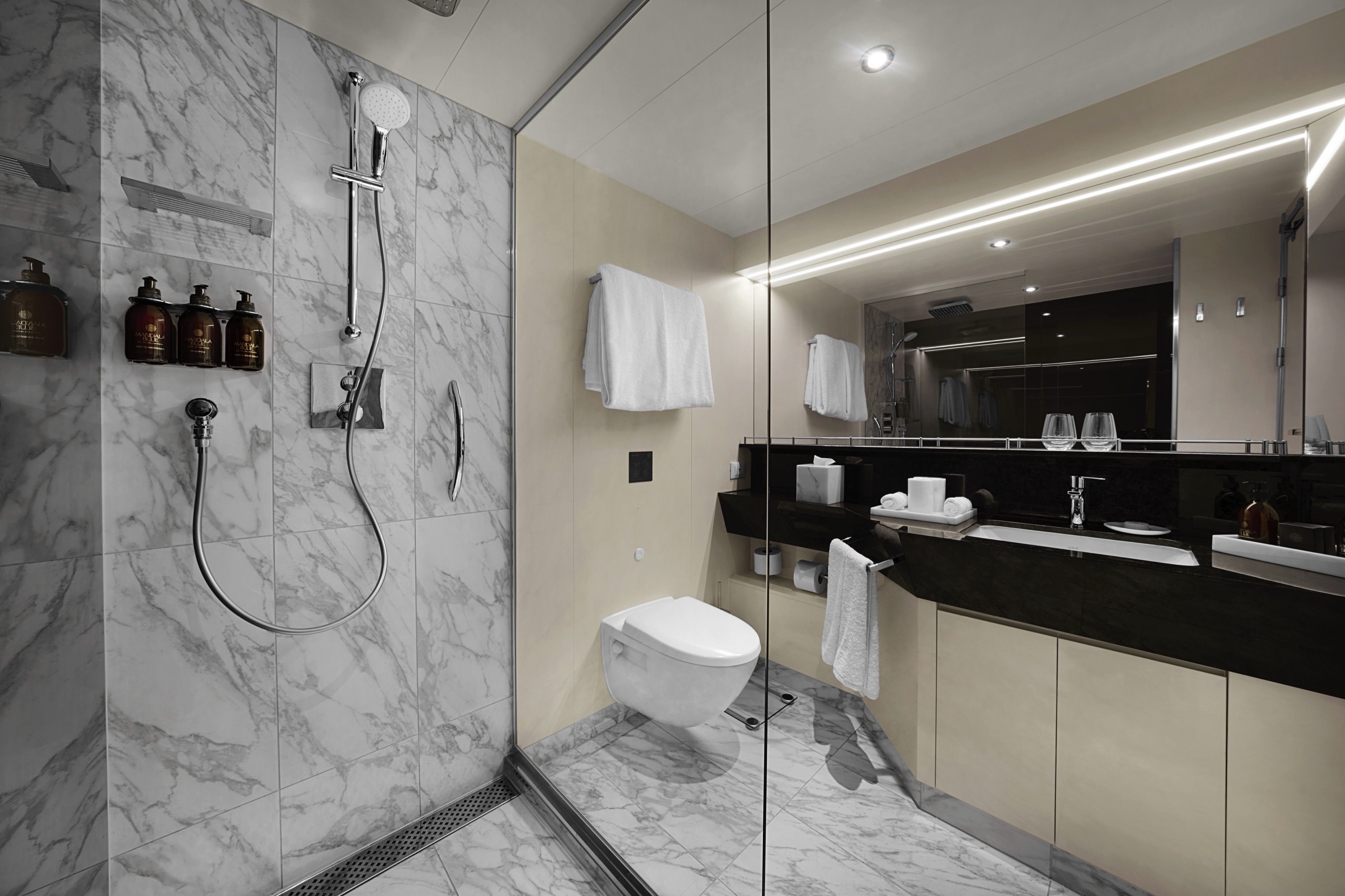
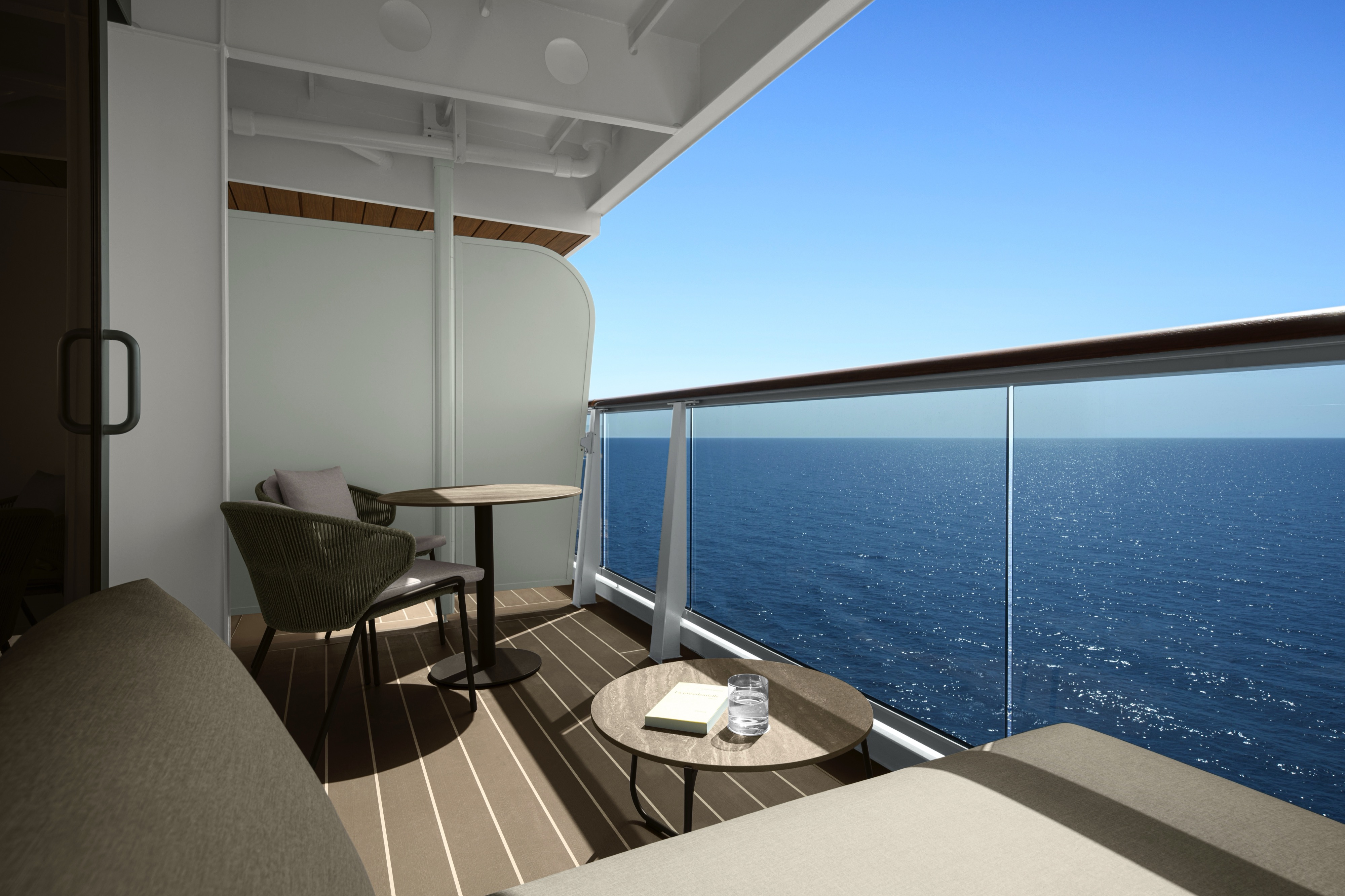
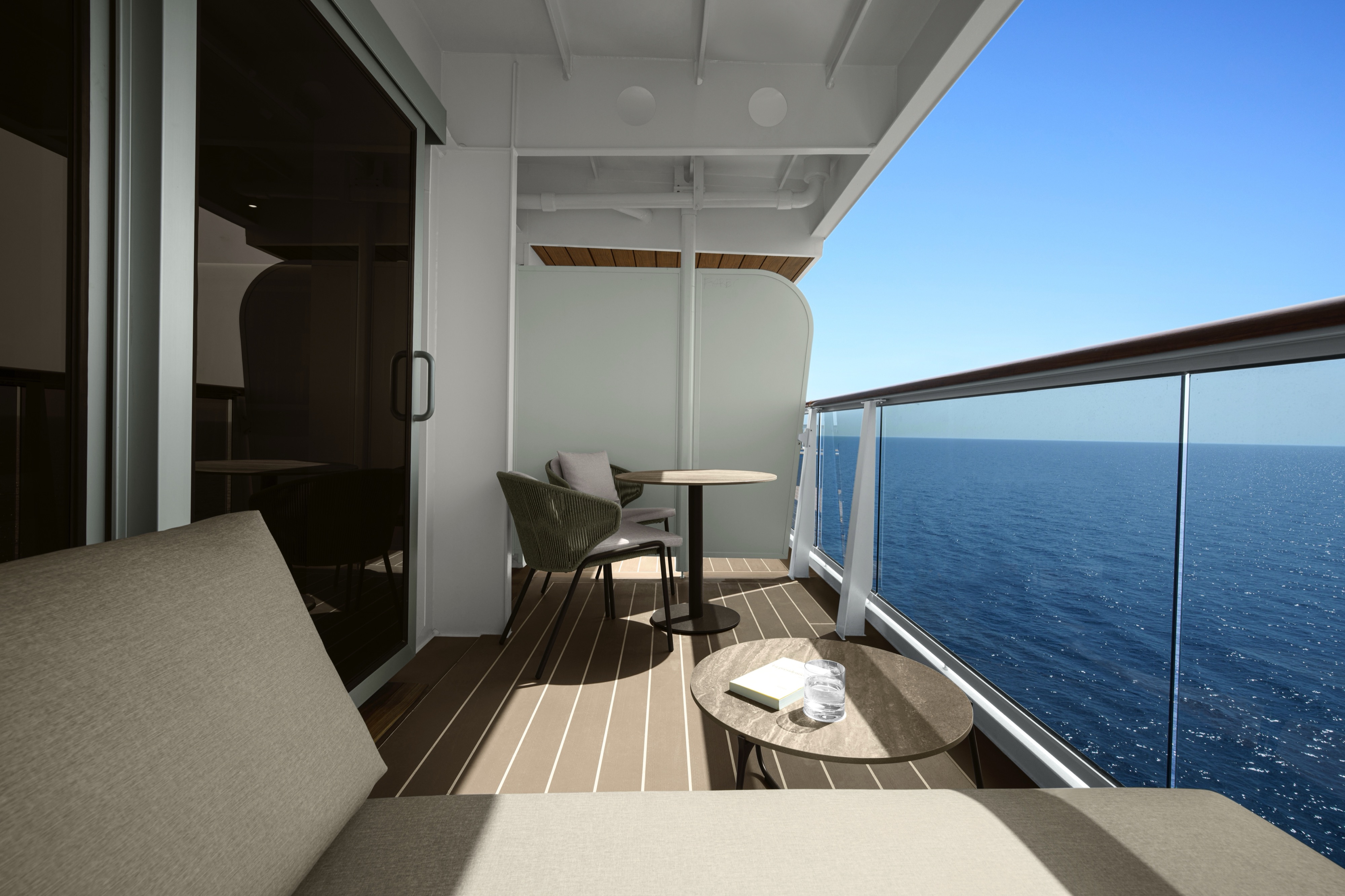
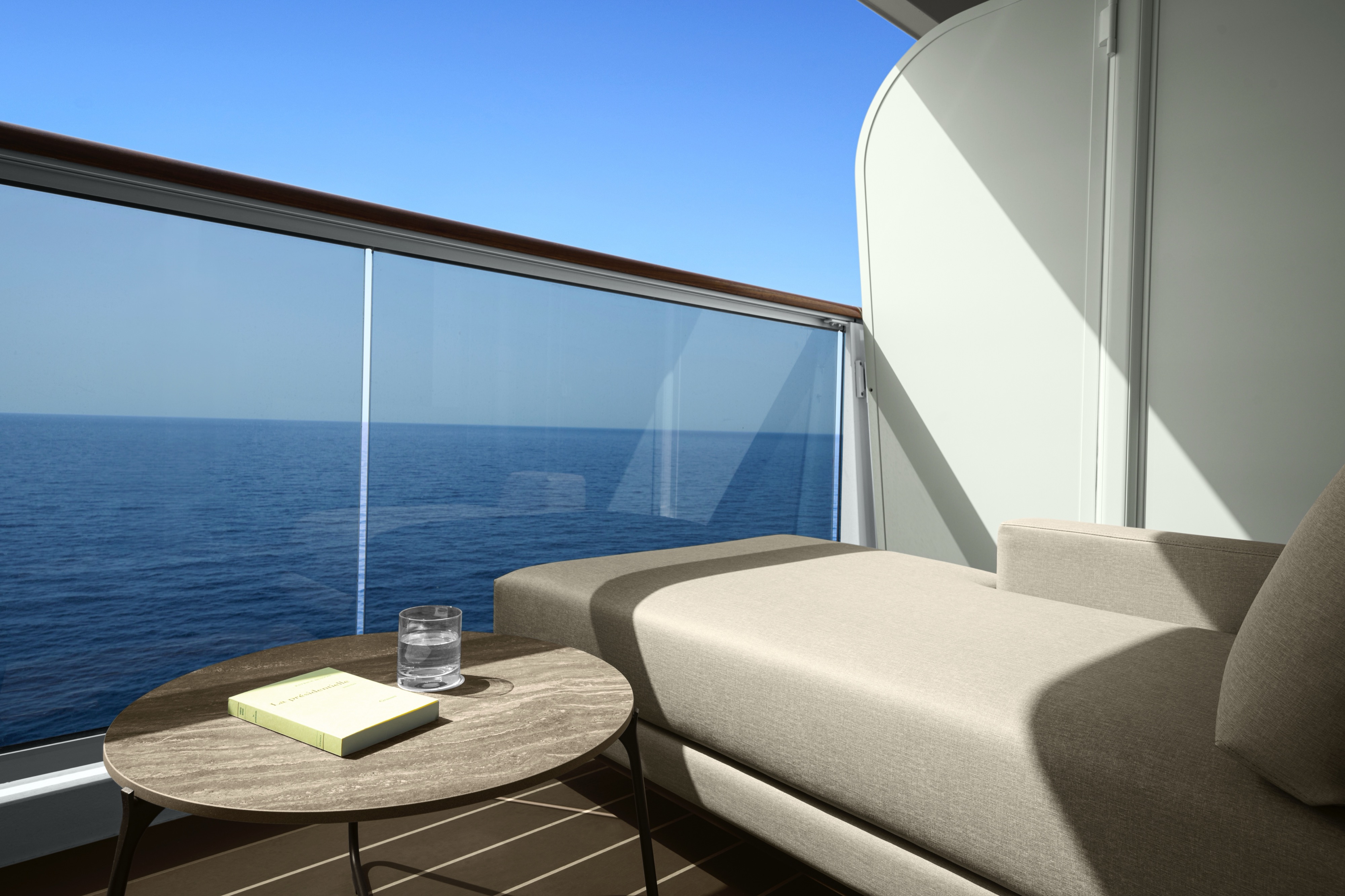
Our Ocean Grand Terrace Suites are situated on decks 6 and 7, offering a more spacious private sun terrace featuring a dining table and a daybed, allowing guests to savour the ocean from the comfort of their daybed.
All Ocean Grand Terrace Suites include elegant lounge areas, private refrigerated mini bar – replenished according to the guests’ preferences, espresso machine, kettle and tea pot with a complimentary selection of coffee and teas, and feature spacious walk-in wardrobes with a seated vanity area.
Features
- Oversized floor-to-ceiling windows with views of the sea
- Lounge area with coffee/dining table
- In-suite welcome bottle of champagne
- Private refrigerated minibar, replenished according to the guests’ preferences from a selection of alcoholic and non-alcoholic beverages
- Espresso machine, kettle and tea pot with a complimentary selection of coffee and teas
- Complimentary personal refillable water bottle for each guest
- Pair of binoculars for guests’ use during their journey
- Safe accommodating most tablets and laptops
Outdoor
- Spacious ocean-front terrace with a dining area
- Comfortable daybed for relaxation
Bedroom
Bespoke king-sized bed sleep system - size: 180 x 200 cm (71 x 79 in)
- Some suites feature twin beds – size: 2 x 90 x 200 cm (35 x 79 in)
- Down duvets and pillows
- Fine bed linens
- Extensive pillow selection
- Spacious walk-in wardrobe with a seated vanity area
Bathroom
Spacious bathroom with a walk-in shower and heated floors
- Plush bathrobes and bath linens
- Mandala Blue custom bath toiletries and amenities for Explora Journeys
- Dyson SupersonicTM hairdryer and illuminated make-up/shaving mirror
- Some suites feature a bathtub
*All images are a combination of photography and artist renderings.
The artist representations and interior decorations, finishes, and furnishings are provided for illustrative purposes only.
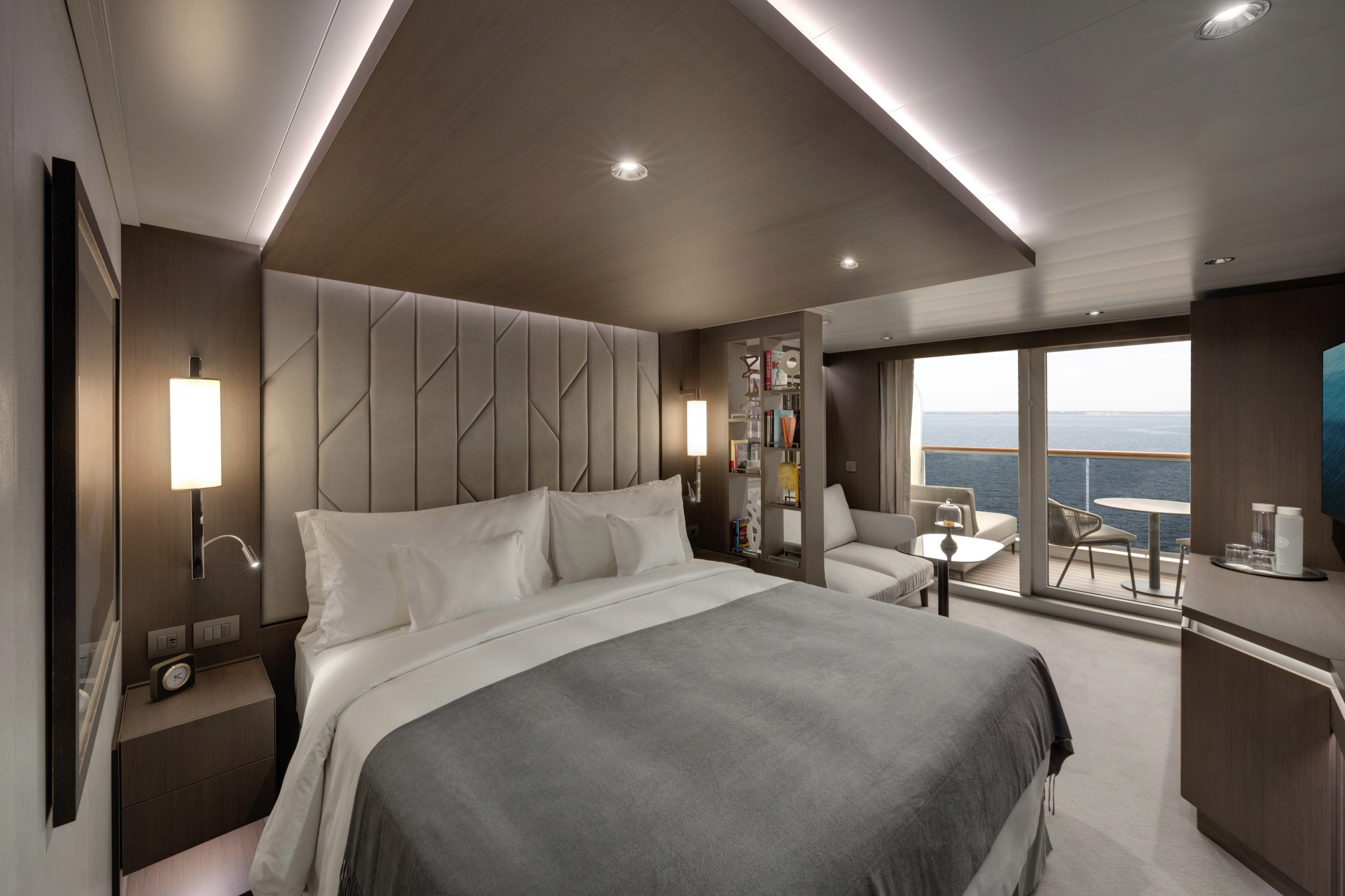
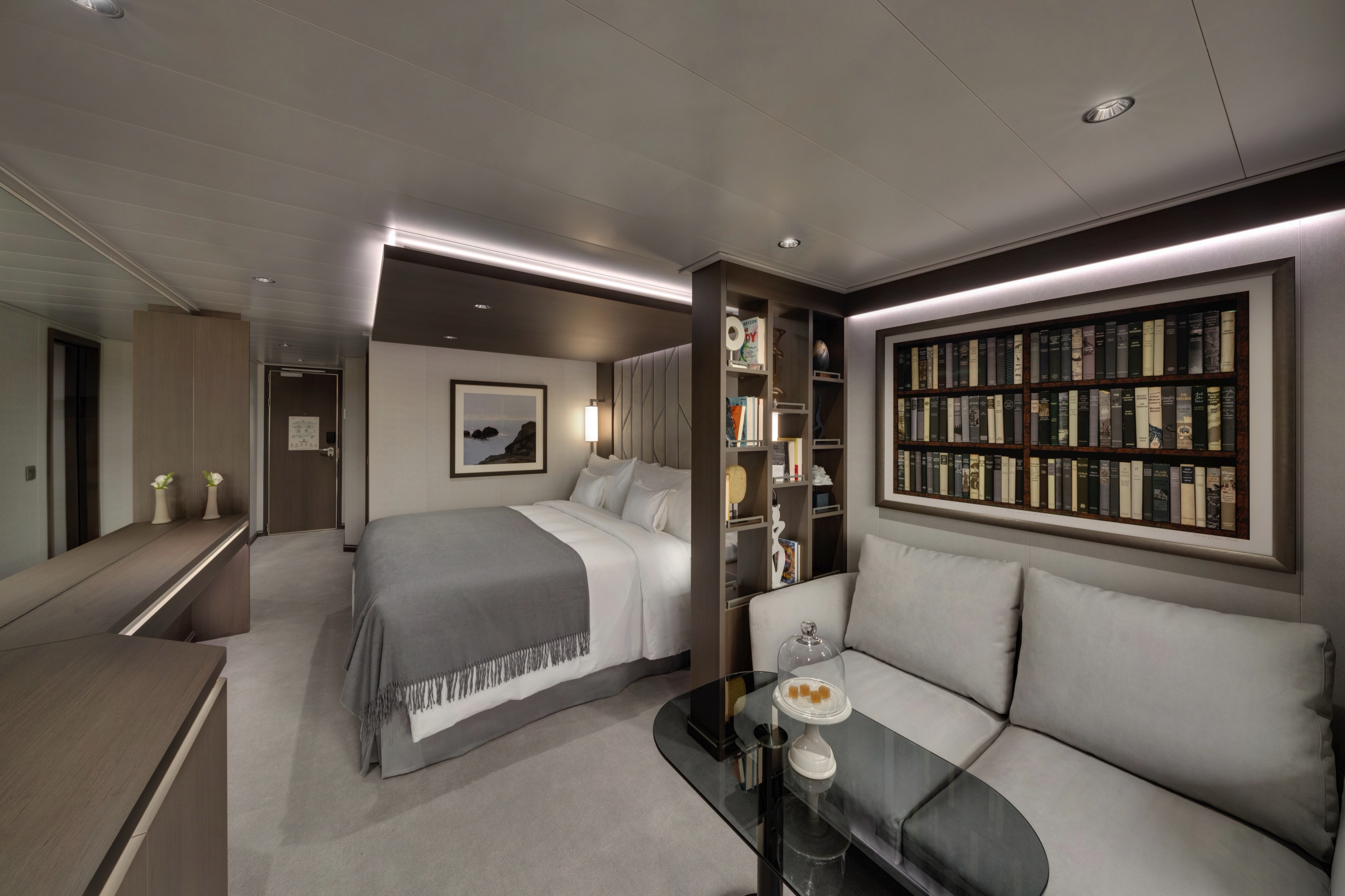
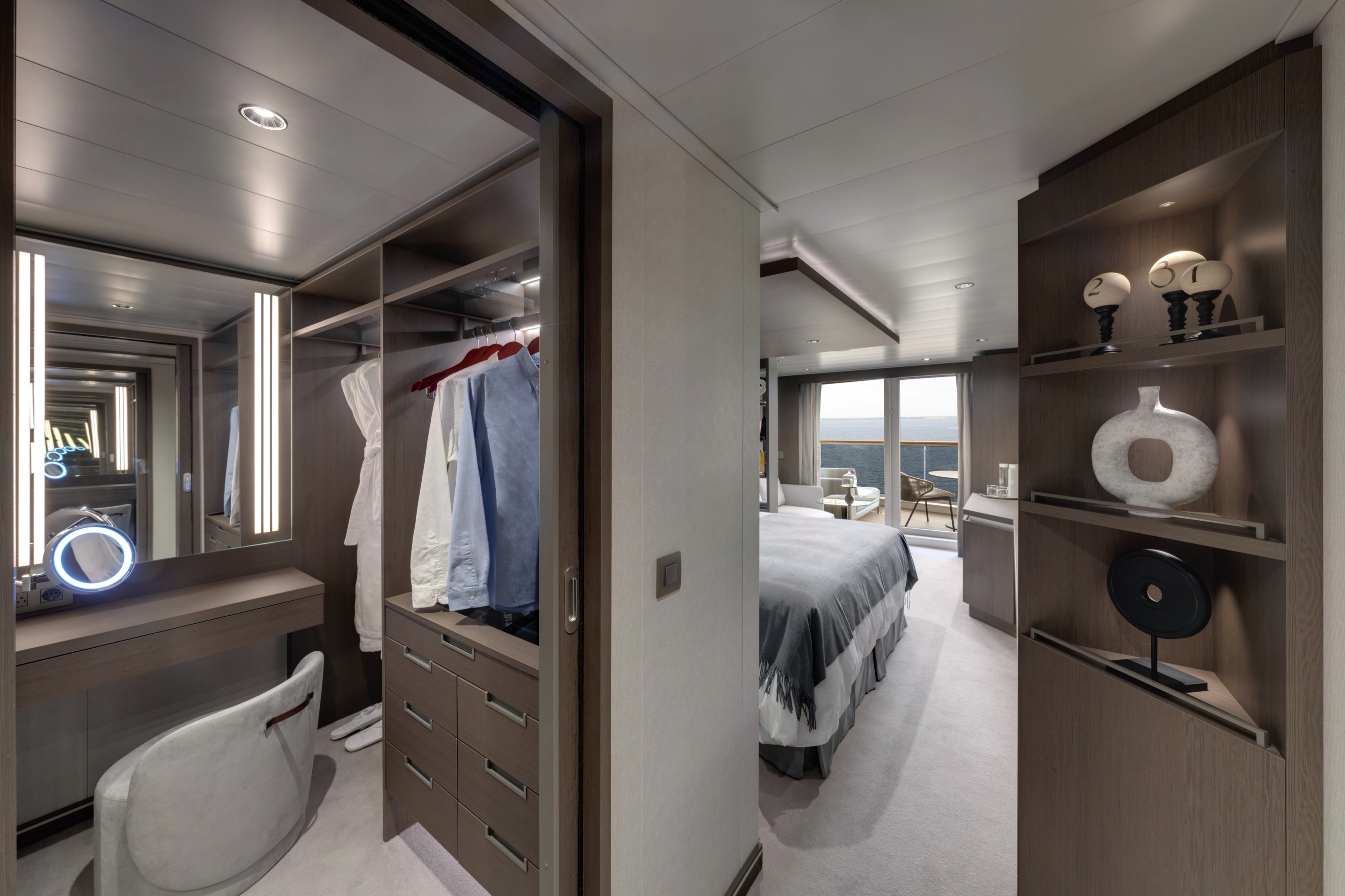
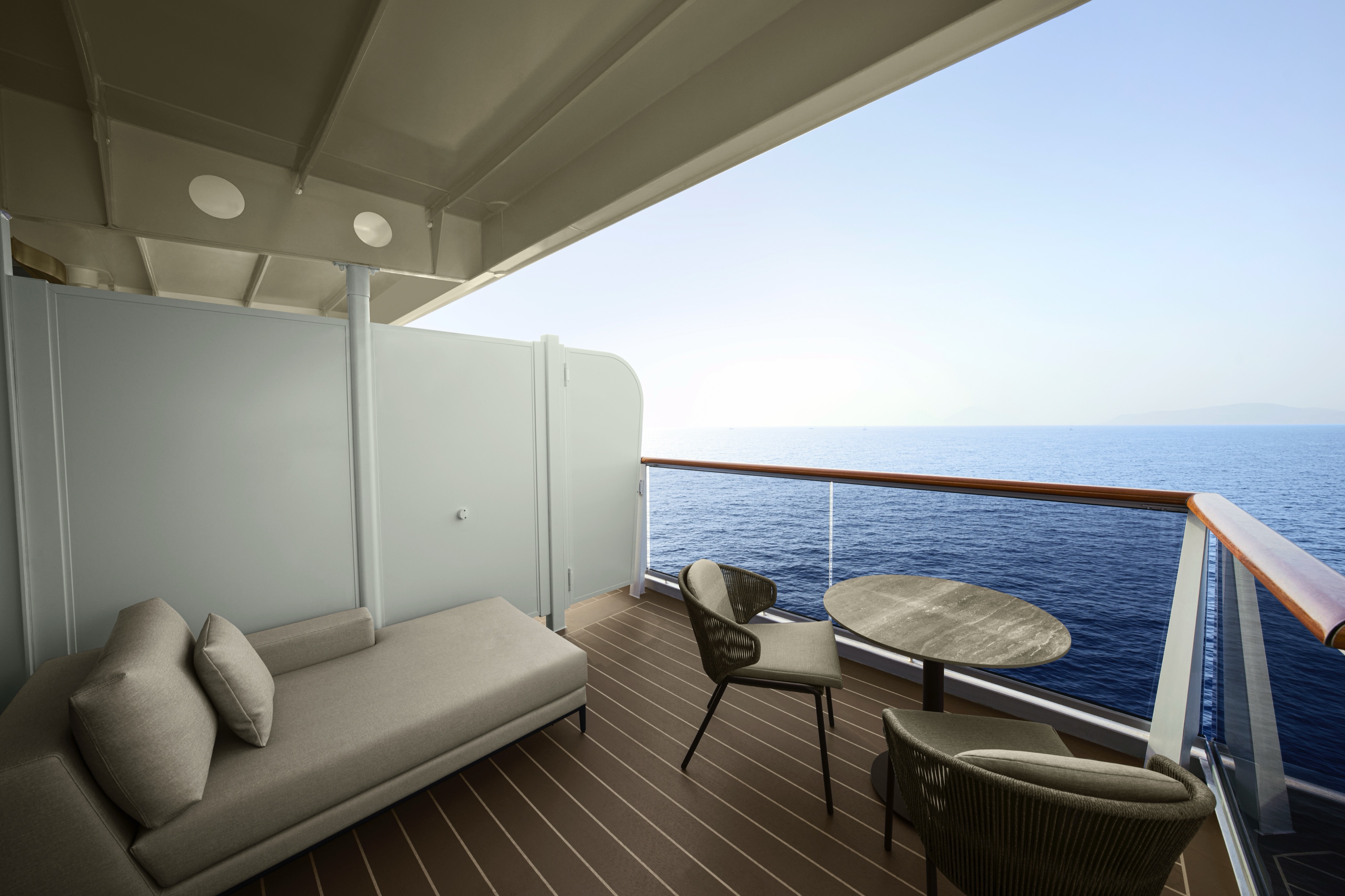
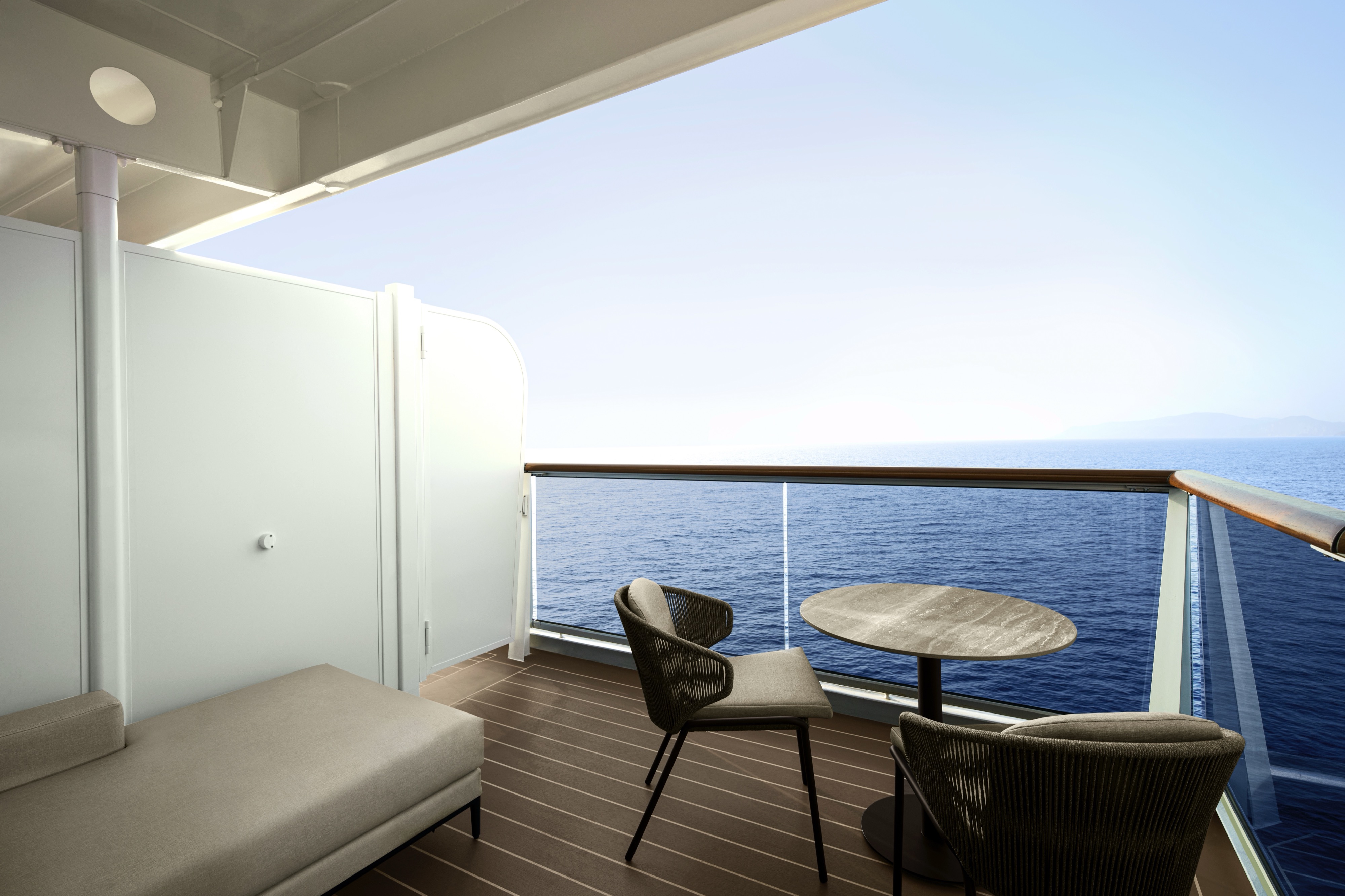
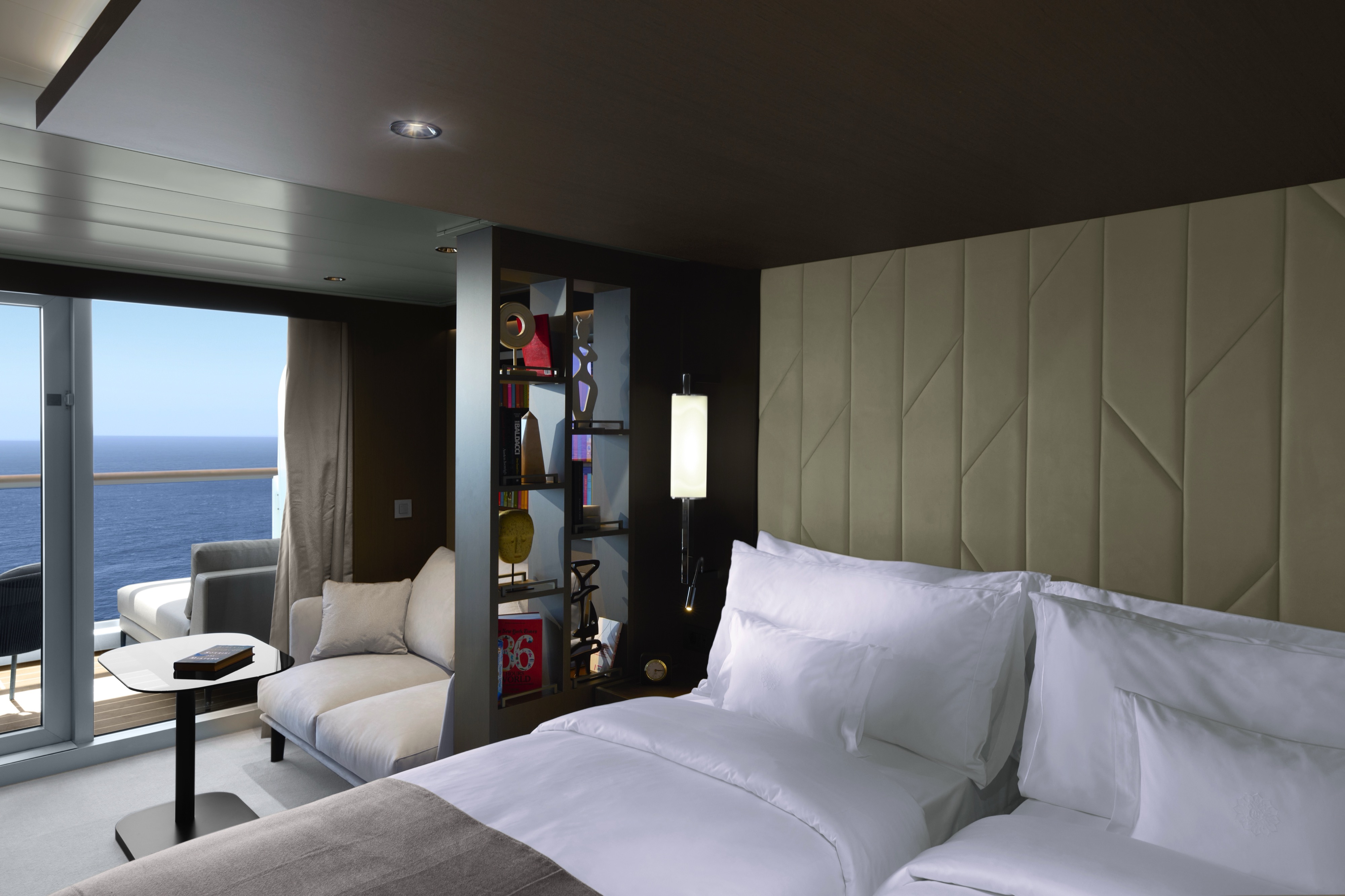
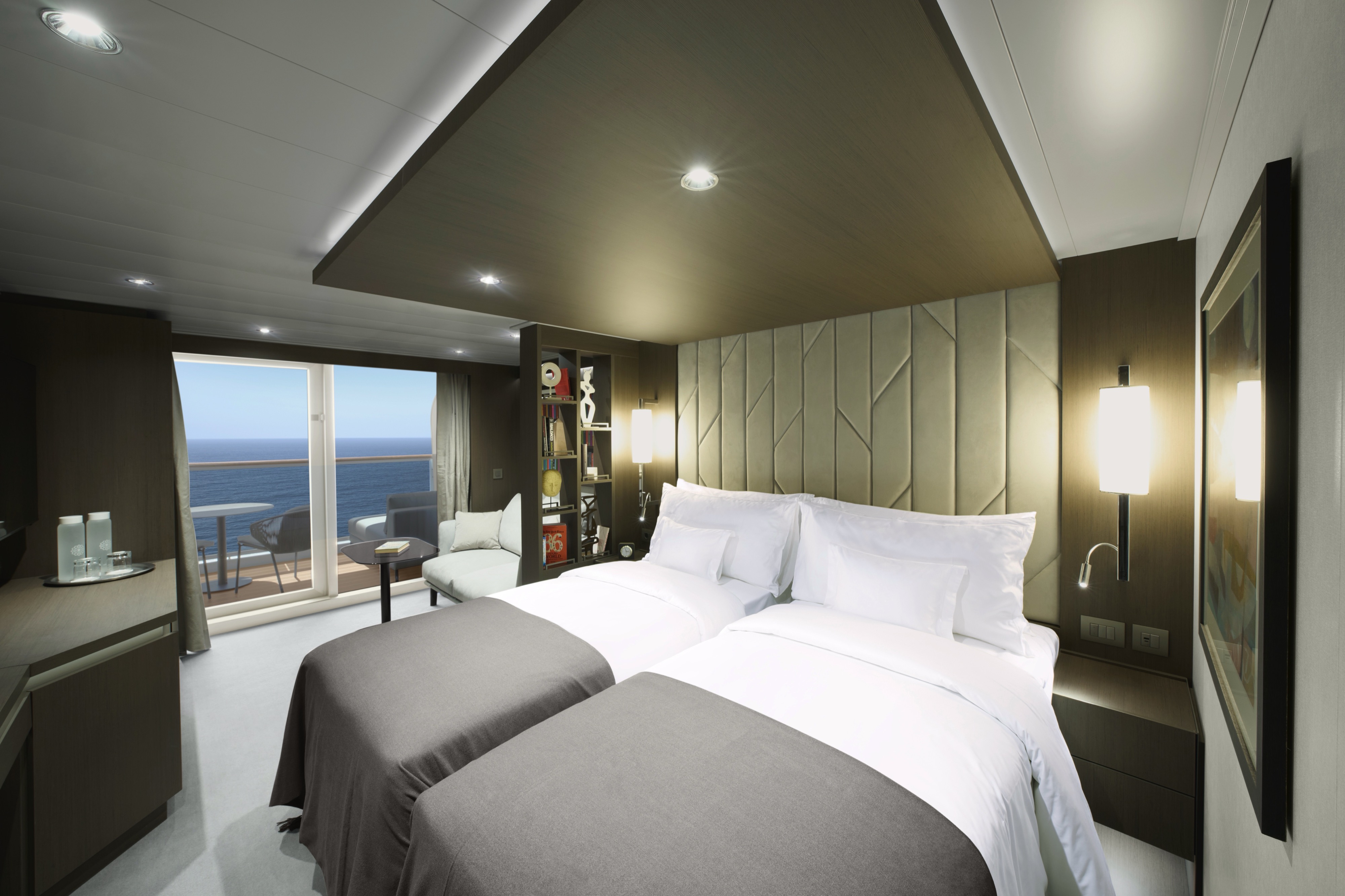
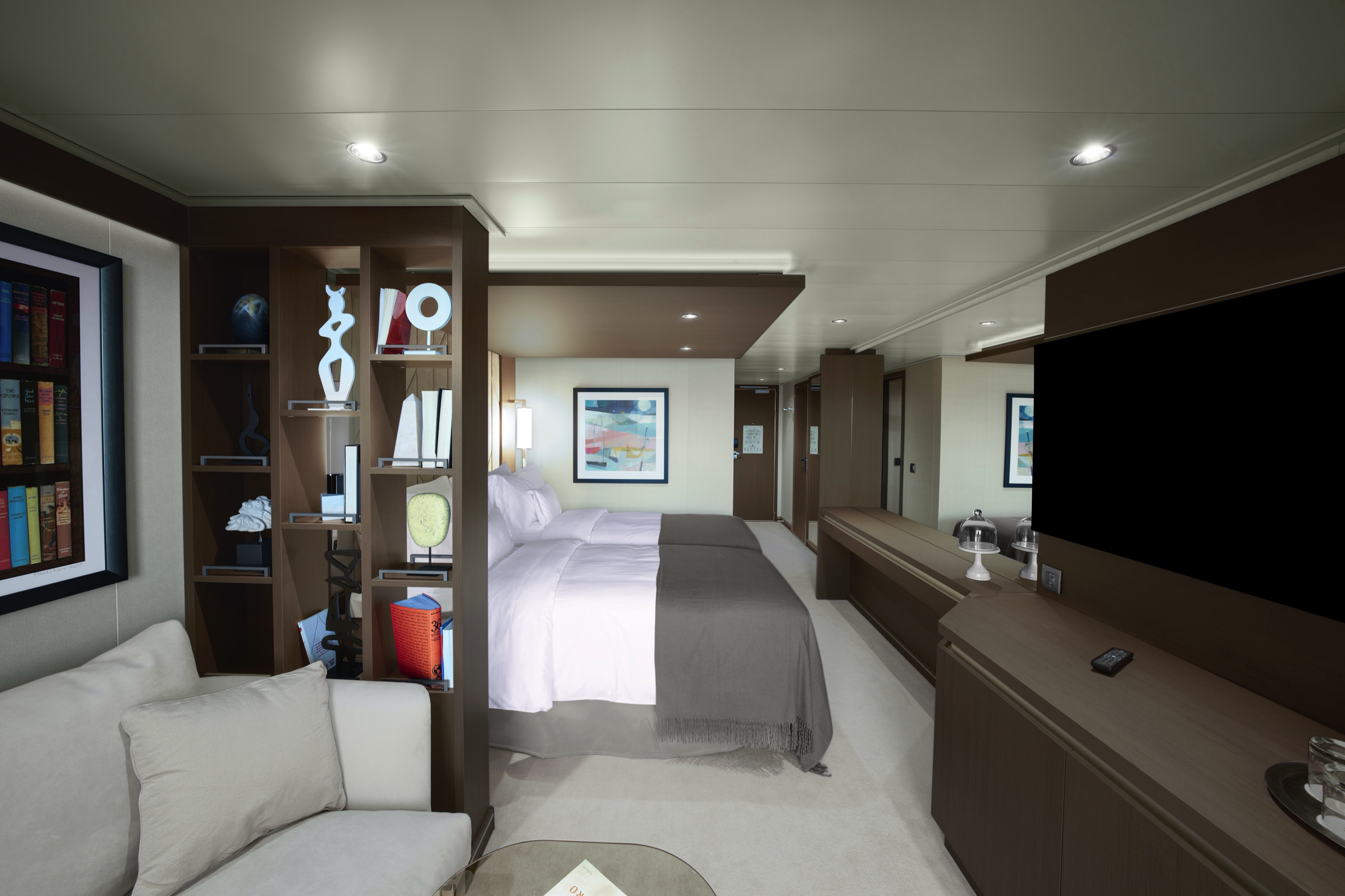
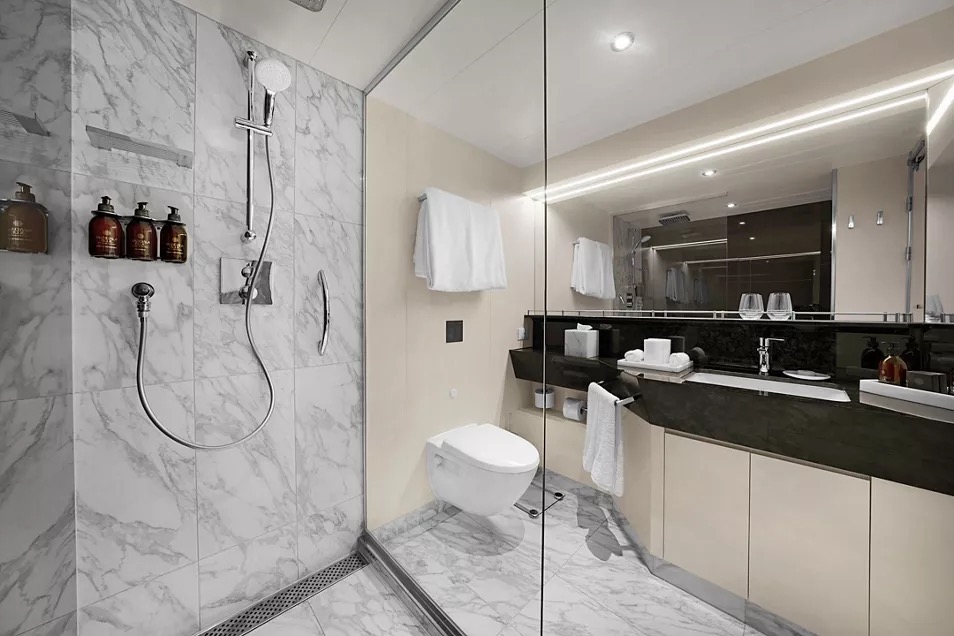
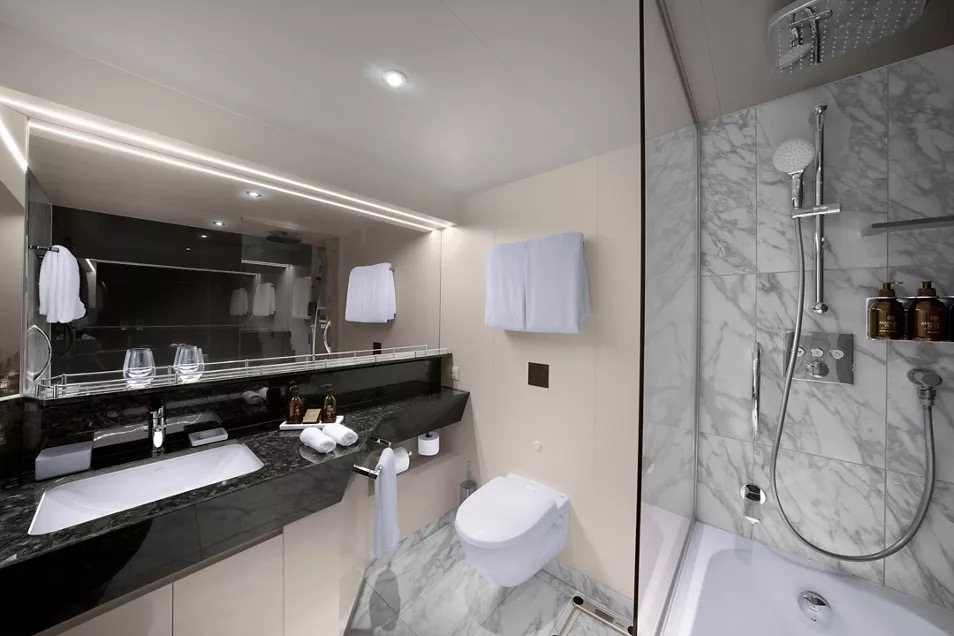
Our Ocean Terrace Suites are amongst the largest entry-level suites in the industry. Each one has floor-to-ceiling windows, and a private sun terrace featuring a dining table and a daybed, allowing guests to feel closer to the ocean as it carries them on their journey.
All Ocean Terrace Suites include elegant lounge areas, private refrigerated mini bar – replenished according to the guests’ preferences, espresso machine, kettle and tea pot with a complimentary selection of coffee and teas, and feature spacious walk-in wardrobes with a seated vanity area.
Features
- Oversized floor-to-ceiling windows with views of the sea
- Lounge area with coffee/dining table
- In-suite welcome bottle of champagne
- Private refrigerated minibar, replenished according to the guests’ preferences from a selection of alcoholic and non-alcoholic beverages
- Espresso machine, kettle and tea pot with a complimentary selection of coffee and teas
- Complimentary personal refillable water bottle for each guest
- Pair of binoculars for guests’ use during their journey
- Safe accommodating most tablets and laptops
- Outdoors
- Spacious oceanfront terrace with a dining area
- Comfortable daybed for relaxation
- Terrace Area: 7 sqm
Outdoor
- Spacious oceanfront terrace with a dining area
- Comfortable daybed for relaxation
- Terrace Area: 7 sqm
Bedroom
- Bespoke king-sized bed sleep system - size: 180 x 200 cm (71 x 79 in)
- Some suites feature twin beds – size: 2 x 90 x 200 cm (35 x 79 in)
- Down duvets and pillows
- Fine bed linens
- Extensive pillow selection
- Spacious walk-in wardrobe with a seated vanity area
Bathroom
- Spacious bathroom with a walk-in shower and heated floors
- Plush bathrobes and bath linens
- Mandala Blue custom bath toiletries and amenities for Explora Journeys
- Dyson SupersonicTM hairdryer and illuminated make-up/shaving mirror
- Some suites feature a bathtub
*All images are a combination of photography and artist renderings.
The artist representations and interior decorations, finishes, and furnishings are provided for illustrative purposes only.










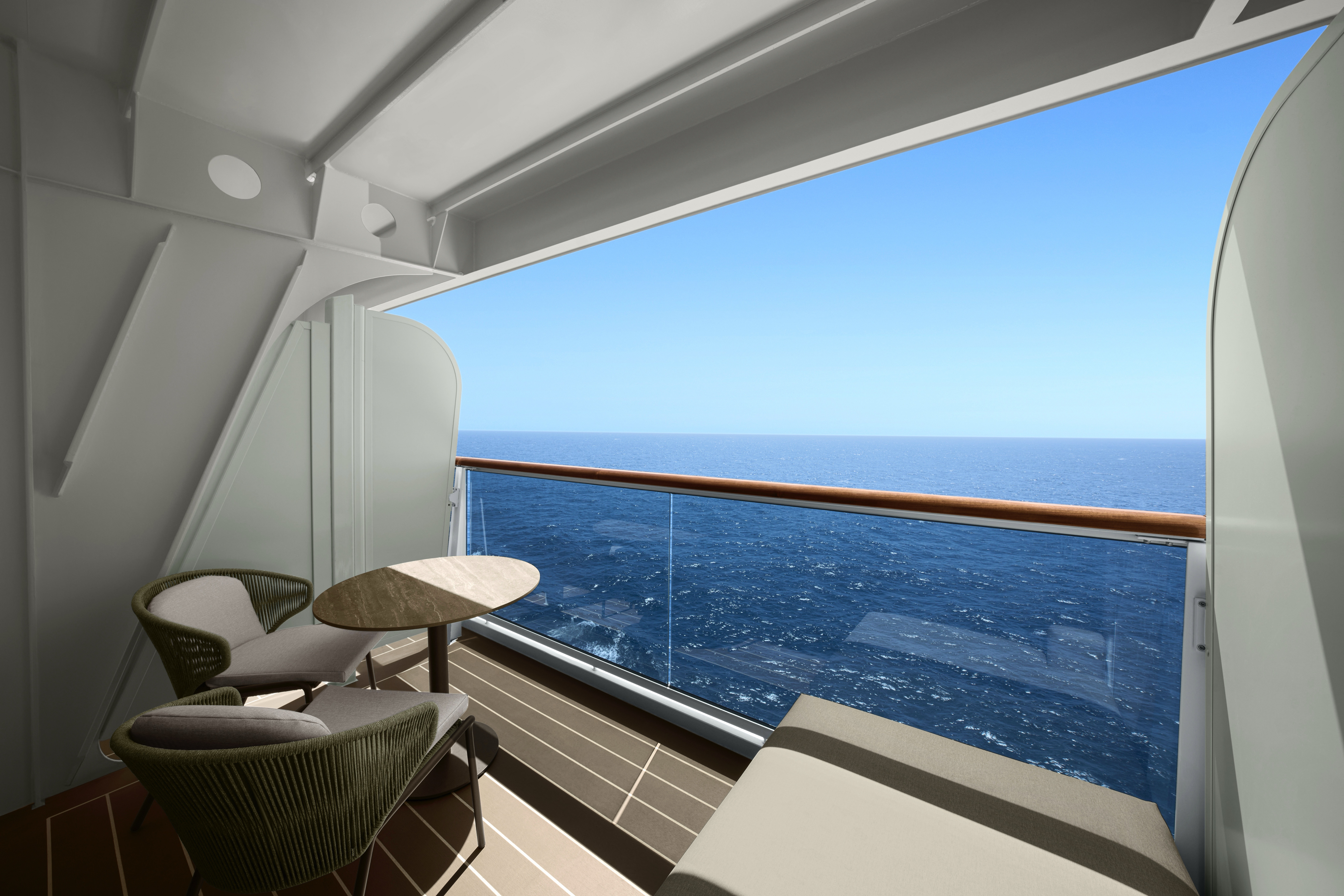
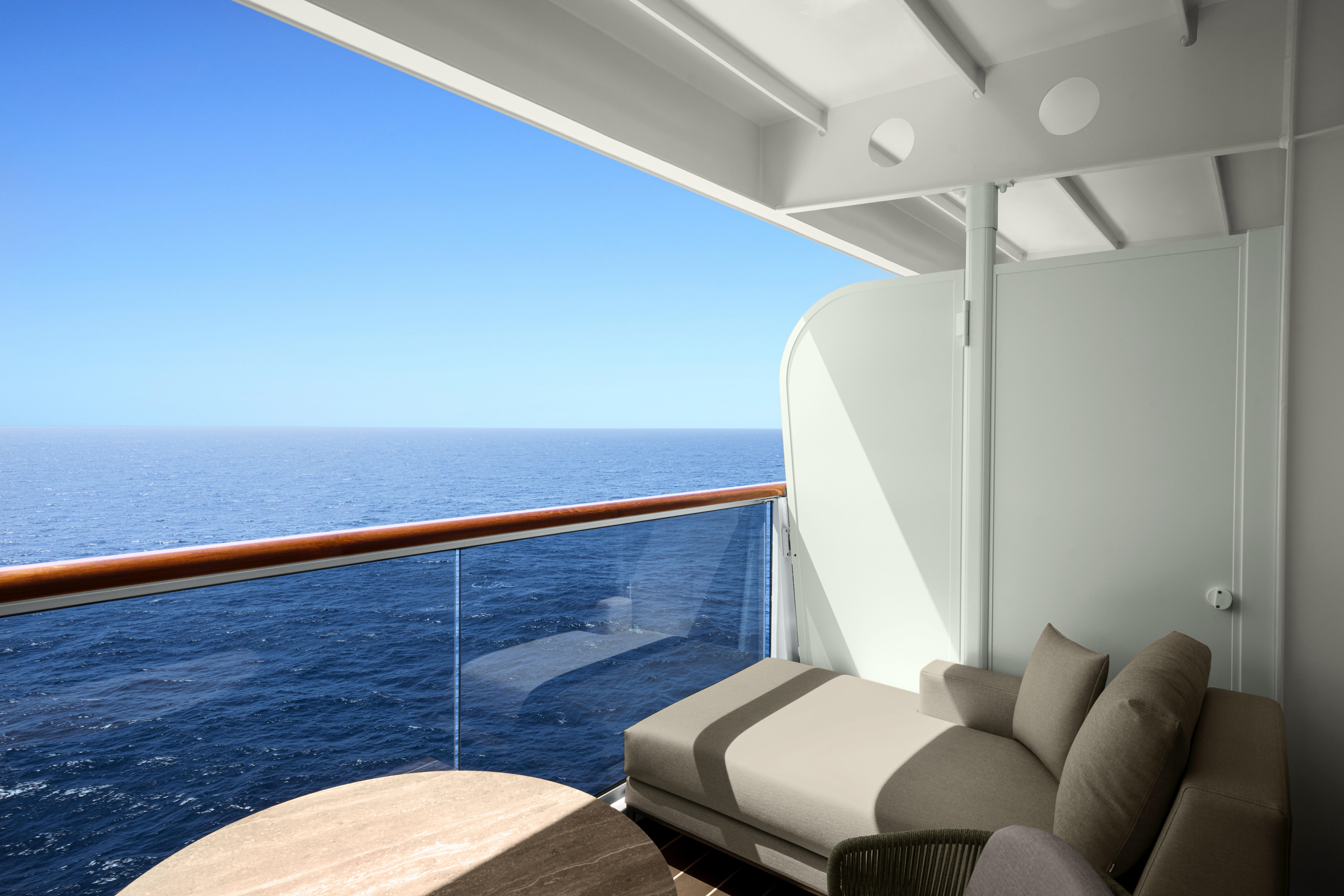
EXPLORA I
Designed to feel like your own private yacht, EXPLORA I embodies the pinnacle of modern luxury.
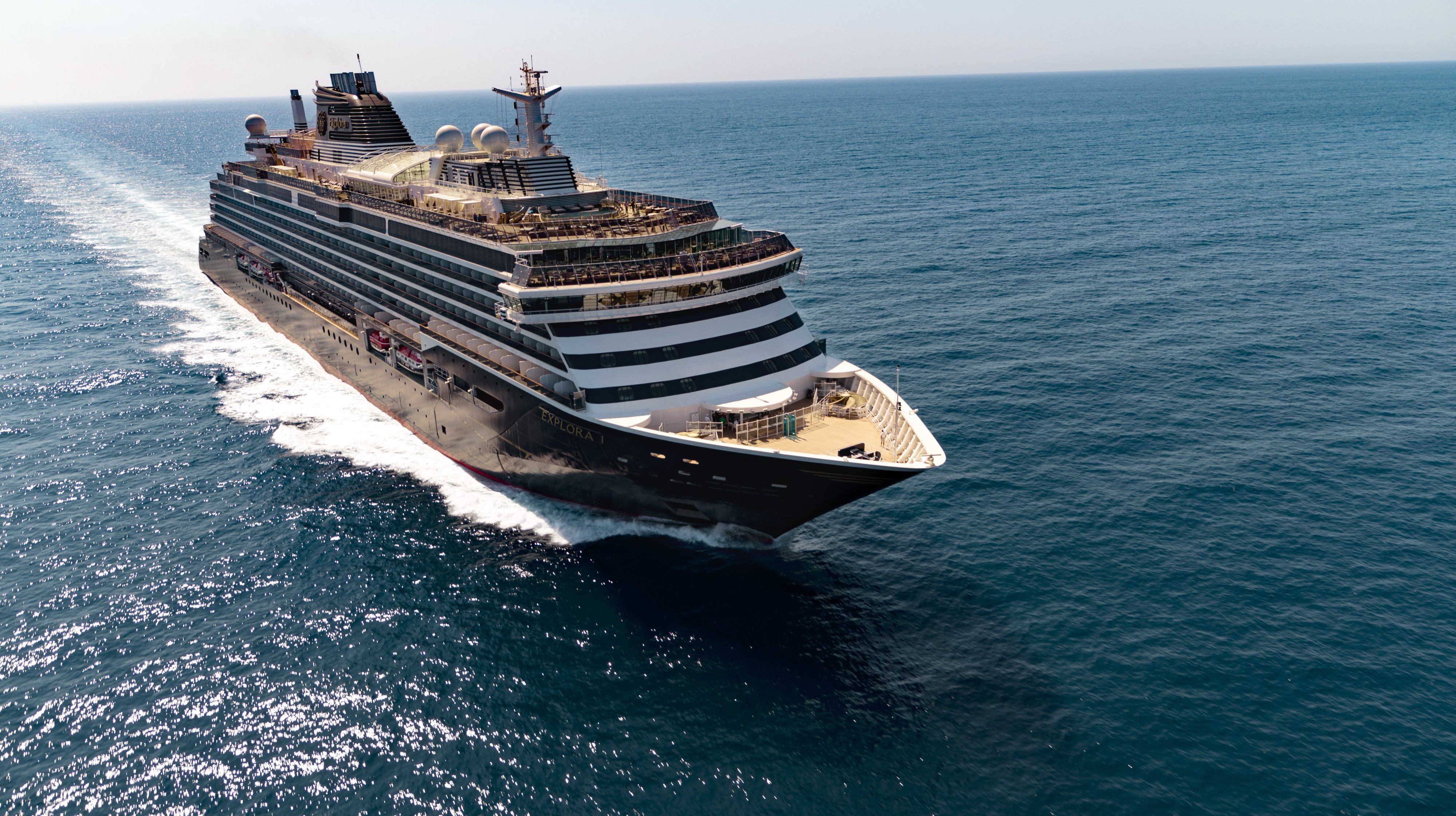
Ship Facts
| Launch Year | 2023 | ||||||
| Refit Year | |||||||
| Language | en | ||||||
| Gross Tonnage | 63900 | ||||||
| Length | 248 | ||||||
| Width | 32 | ||||||
| Currency | EUR | ||||||
| Speed | 18 | ||||||
| Capacity | 1473 | ||||||
| Crew Count | 640 | ||||||
| Deck Count | 11 | ||||||
| Cabin Count | 461 | ||||||
| Large Cabin Count | N/A | ||||||
| Wheelchair Cabin Count | N/A | ||||||
| Electrical Plugs |
|
Deck 14
- Sports Court
- Whirlpool
- Ocean Wellness Open Air Fitness
- Sky Bar On 14

Deck 12
- Helios Pool & Lounge (Adults Only)
- Running Track
- Whirlpools
- Lift

Deck 11
- Explora Lounge
- Explora Lounge Outdoor Area
- Private Dining Room
- Malt Whiskey Bar
- Chef's Kitchen
- Nautilus Club
- The Conservatory Pool & Bar
- Indoor Whirlpool
- Gelateria & Creperie
- Emporium Marketplace Restaurant
- Emporium Marketplace Restaurant Outdoor Seating
- Lift

Deck 10
- Bridge
- Ocean Wellness Fitness Centre
- Atoll Pool & Bar
- Grand Penthouse
- Deluxe Penthouse
- Cove Residence
- Premier Penthouse
- Ocean Terrace Suite
- Lift

Deck 9
- Retreat Residence
- Ocean Terrace Suite
- Cove Residence
- Grand Penthouse
- Premier Penthouse
- Deluxe Penthouse
- Penthouse
- Serenity Residence
- Lift

Deck 8
- Owner's Residence
- Retreat Residence
- Ocean Terrace Suite
- Penthouse
- Premier Penthouse
- Grand Penthouse
- Cove Residence
- Lift

Deck 7
- Retreat Residence
- Ocean Grand Terrace Suite
- Ocean Terrace Suite
- Grand Penthouse
- Cove Residence
- Deluxe Penthouse
- Penthouse
- Serenity Residence
- Lift

Deck 6
- Cocoon Residence
- Penthouse
- Deluxe Penthouse
- Ocean Grand Terrace Suite
- Ocean Terrace Suite
- Grand Penthouse
- Cove Residence
- Lift

Deck 5
- Ocean Wellness The Spa
- Future Journeys Ambassadors
- Anthology Restaurant
- Crema Café
- Marble & Co. Grill Restaurant
- Galleria D'Arte
- MSC Foundation
- Astern Lounge
- Sakura Restaurant
- Astern Pool & Bar
- Lift

Deck 4
- Journeys Lounge
- The Casino
- Guest Services
- Destination Experiences
- Shops
- Lobby & Lobby Bar
- Med Yacht Club Restaurant
- Fil Rouge Restaurant
- Lift

Deck 3
- Medical Centre

A Diversity of Culinary Riches through Nine Distinct Dining Experiences
Worldly, sophisticated, and well-travelled, our food and beverage experts bring an abundance of experience and artistry to the curation of our immersive, onboard dining experiences. Seasonal and soulful, each dish and drinks tells a story, elevating our culinary offering to an unforgettable experience at sea.
All Journeys Include:
- In-suite bottle of champagne and spirit of guests’ choice on arrival
- Authentic, cultured and intuitive service from our team of hospitality experts
- Nine distinct culinary experiences, including in-suite dining: Emporium Marketplace, Sakura, Marble & Co. Grill, Med Yacht Club, Fil Rouge, Crema Café, Gelateria & Creperie at The Conservatory, Explora Lounge.
For fine wine and spirits connoisseurs or those wishing to elevate their experience, an ultra-exquisite selection of wines, spirits, and liqueurs, is also available to purchase.
Anthology
A Gastronomic Discovery
Taking guests on a unique culinary journey through Italy.
Refined Italian Cuisine
As our signature fine-dining experience, Anthology elevates Italian cuisine, offering an unparalleled gastronomic adventure.
From the renowned flavours of Piedmont’s truffle-rich countryside in the North, to the famed specialities of Italy’s South, each plate celebrates the local produce and time-honoured techniques of every region in Italy.
The menu is an ingenious display of creativity – a vibrant tapestry of regional flavours and authentic ingredients which invites guests to immerse themselves in the different styles and tastes of Italy’s universally loved cuisine.
Contemporary, Refined Elegance
With the opportunity to dine outdoors, Anthology offers an intimate yet elevated dining atmosphere with flawless, attentive service.
- Indoor seating: 48
- Outdoor seating: 22
- Open for dinner
- Reservations recommended
- An Exclusive Experience Fee Applies
- Located on Deck 5
Sakura
Named after the cherry blossom - the national flower of Japan - and symbolic of renewal and optimism, Sakura offers Japanese, Thai, Vietnamese, and Malaysian flavours for a taste of Pan-Asian cuisine that is both authentic and energising.
The space takes inspiration from Japan’s rich cultural heritage blended with distinct Japanese design cues, to create an intimate and welcoming environment. The ancient tea rooms of Kyoto provide the inspiration for Sakura's aesthetic, where dark wood frames lead your eye to the ceiling, adorned with a blossom tree canopy which envelops diners in a warm atmosphere of festoon lights.
Authenticity extends to the kitchen, where chefs follow traditional techniques – using only the very best carefully sourced ingredients.
Expansive ocean views, a Sake sommelier, Asian-influenced beverages - including a curated selection of sakes and shōchū - combined with seamless further enhance the experience.
Signature Dishes at Sakura
Wagyu beef tataki, wakame salad, smoked Madagascan pepper
Our sustainably sourced prime grade five Japanese wagyu beef is delicately torched by our chefs: an authentic method of cooking that ensures that the cut's best qualities are preserved.
Makrut lime pavlova, mango brunoise, passion fruit, mango sorbet
A fusion of east and west, this unique interpretation of pavlova is a perfect representation of the passionate, creative expertise and multicultural diversity of our talented pastry team .
Kale salad
Another example of our chefs’ ingenuity, a humble kale salad is transformed into culinary art for our guests to enjoy. This superfood salad represents a fusion of clean living with the flavours of Asia.
- Indoor seating: 92
- Outdoor seating: 26
- Open for lunch and dinner
- Reservations recommended
- The Sushi Bar is open-seating on a first come first served basis.
- Located on Deck 5
Marble & Co. Grill
Inspired by the marbling found in only the finest beef, Marble & Co. Grill serves exceptional cuts, personally sourced and sustainably farmed.
The menu has been designed to take guests on a journey of discovery, with rare meats sourced for their flavour and distinctive provenance. More than a steakhouse, Marble & Co is the realisation of a vision where careful attention to ingredients and passion for cooking come together to create a truly special dining experience.
This redefined European steakhouse experience is reflected through the modern, understated yet sophisticated design with soft lighting and relaxed, attentive service. The experience is augmented by an in-house dry ager and a cellar boasting a superb selection of fine wines.
Signature Dishes at Marble & Co. Grill
Grilled prime rib, aged 30-days, cherry tomatoes, Hollandaise sauce
Provenance and quality take centre stage, to create the finest version of a steakhouse classic. From a local producer in the Deux Sévres region of the lush Loire Valleé, it’s clear why the famous Jersiaise breed, renowned for its sensational flavour and intense marbling, is one of the most sought-after cuts of prime rib. To truly appreciate its beauty, it is simply topped with cherry tomatoes and Hollandaise sauce.
Crushed fingerling potatoes, Le Beurre Bordier butter from Normandy, Calvisius Oscietra caviar, crème fraîche, chives
A simple dish executed with the finest ingredients. Crushed fingerling potatoes are made with Bordier butter, arguably the finest in the world. Potatoes are topped with Calvisius Oscietra caviar, known the world over for being some of the best quality caviar available. The caviar is sustainably produced in Italy, in an area rich with fresh spring water.
- Indoor seating: 80
- Outdoor seating: 10
- Open for dinner
- Reservations recommended
- Located on Deck 5
Med Yacht Club
A relaxed celebration of the flavours, ambience and la dolce vita of the Mediterranean.
Inspired by sailings across crystal clear waters, the Med Yacht Club is influenced by sophisticated, beachside Mediterranean restaurants, embracing the varied cuisines of the region.
Effortlessly refined in its design, space creates a relaxed, convivial atmosphere, where bright sunshine streams through large portholes and Med-influenced music transports guests on a culinary journey inspired by the sea.
Infusing the tastes and textures of Italy, Spain, Greece, France, and North Africa – while incorporating plant-based, vegetarian and wholesome ingredients – the menu serves sharing plates for guests to enjoy with friends and family alike.
Wines too showcase the rich vineyards of the Mediterranean, with fresh juices and cocktails honouring regional produce.
Signature Dishes at Med Yacht Club
Grilled octopus, San Marzano tomato sauce, Taggiasca olives, green beans, parsley
If ever there were a singular dish to represent the importance provenance plays in the ingredients used onboard Explora Journeys, then this is surely it. Sharp sundried Taggiasca olives compliment the sweet San Marzano tomatoes, creating a perfectly balanced bed for the expertly grilled, sustainably sourced octopus.
Sweet caprese with cherry tomatoes, strawberries, burrata, pesto
A true representation of the creativity and skill of our chefs, this sweet interpretation of an Italian classic will surprise and delight in equal measure. The finest cherry tomatoes and strawberries create an intriguing base, upon which our burrata sits adorned with even more sweet tomatoes and strawberries with a drizzle of pesto from Sicilian Bronte pistachios.
- Indoor seating: 136 (34 at the bar)
- Open for lunch and dinner
- Located on Deck 4
Emporium Marketplace
Energetic all-day dining, celebrating the finest flavours from across the globe.
Drawn from the Greek word emporion (ἐμπόριον), an Emporium is defined as a place offering many different things.
Onboard Explora Journeys, the Emporium Marketplace draws on this origin, providing an effortless all-day dining space, bringing global culinary talent and produce to the fore. Offering diverse cuisines with a focus on quality, Emporium Marketplace allows guests total flexibility in what they choose to eat, and when.
Bathed in natural light, several separate cooking stations evolve throughout the day with white marble and minimalist design accents, allowing the freshest ingredients to take centre stage.
Dishes include sushi, fresh seafood and a daily rotisserie offering grilled, roasted, and slow-cooked meats. Pasta is cooked to order, and freshly baked pizzas and bread are on offer as are home-made sandwiches. Charcuterie, fromagerie, boulangerie and patisserie stations add even more choice.
A selection of wines, champagne and beverages are also available to complement meals throughout the day.
Signature Dishes at Emporium Marketplace
Handmade tortelloni, ricotta cheese, spinach, tomato-sage butter
It’s often the simplest dishes that take great skill. Our tortelloni are made onboard from scratch every day in the authentic Italian way. Carefully selected flour is used to make dough that has the correct degree of elasticity; this is essential to giving the tortelloni their mouth-watering light and silky texture.
Plant based chia yoghurt
Our chia yoghurt is daily made from homemade cashew milk, creating a fusion of delicious creamy flavours for guests to enjoy each morning.
- Indoor seating: 271
- Outdoor seating: 70
- Open for breakfast, lunch and dinner
- Located on Deck 11
Fil Rouge
A global tasting tour to French-inspired international cuisine.
A common red thread that unites international flavours with a French influence. Fil Rouge is a sophisticated and intimate restaurant, offering a global tasting tour of French-inspired international cuisine, where guests are encouraged to take their time to appreciate both the cuisine and the intimate ambience.
A universal, timeless dining experience, Fil Rouge is a visual articulation of the fundamentals of elegance. Intricate hexagons representing the simplest expression of perfection contrast with clean white walls adorned with inspiring works of art.
An elegant dessert cart tempts with the freshest creations served tableside, and a superb wine selection showcases the best of both the Old and New World vineyards.
Signature Dish at Fil Rouge
Tuna tataki, crispy tomato-olive tart, vegetables, vanilla white pepper
Sustainably raised and caught in the open Mediterranean Sea close to the Cartagena Bay, the Mediterranean Bluefin tuna sourced by our chefs is some of the best grade to be found anywhere in the world.
- Indoor seating: 222
- Open for breakfast and dinner
- Located on Deck 4
Chef's Kitchen
Offering an enriching, hands-on culinary experience set within an intimate, ocean-front private kitchen.
The Chef’s Kitchen offers a range of enriching, hands-on culinary experience set within an intimate, ocean-front private kitchen.
Guided by our team of world-class chefs, immersive and interactive cooking classes invite guests of all skill levels to embrace the art of creating exquisite dishes – step by step, side by side with culinary masters and fellow travellers.
With intuitive guidance and a dash of playfulness, guests explore new techniques, uncover inspired flavour pairings, and work with beautifully curated ingredients that reflect the spirit of the sea and the lands we sail through. More than a cooking class, it’s a social and sensory celebration – where learning is joyful, conversation flows freely, and food is savoured in good company.
Each experience culminates in the nearby private dining room, where the class – guests and chefs alike – gathers to enjoy the dishes they’ve prepared together.
- Indoor seating: 12
- An exclusive experience fee applies
Gelateria & Creperie at The Conservatory
Authentic French and Italian indulgences served poolside.
Set in the relaxed, weather-protected poolside Conservatory, this is the place to treat yourself to authentic French and Italian indulgencies.
- Open during the day
In-Suite Dining
Refined dining in the comfort of your suite or private terrace.
Our guests can enjoy an array of cuisines at any time, day or night, in the comfort of their suite or private terrace. Available 24 hours, the menu offers guests a taste of each of our unique dining destinations.
- Available 24 hours
An elegant, cosmopolitan atmosphere in which to discover, enjoy and appreciate diverse flavours and talents from around the world
Our Bars & Lounges offer the perfect blend of vibrancy and privacy across more than 12 indoor and outdoor settings.
Reimagining Entertainment & Enrichment at Sea
Curated entertainment designed to stimulate the mind. Every aspect of the programme onboard Explora Journeys is thoughtfully curated to meet the needs of the curious, discerning traveller.
The ultimate luxury shopping experience at sea
Immerse yourself in opulence, exploring our exclusive boutiques featuring Rolex, Cartier, Panerai, Piaget and Buccellati. Icons of craftsmanship that reflect Explora Journeys' European heritage and commitment to excellence.
Journeys Lounge
Mixology, enrichment and entertainment continuously evolving throughout the day.
The most spacious onboard lounge features mixology specialists, enrichment activities and cabaret-style entertainment daily. This venue is designed to continuously evolve and transform throughout the day along with the ocean journey.
- Indoor seating: 210
- Located on Deck 4
Explora Lounge
A luminous lounge offering 270-degree views of the ocean, a spectacular backdrop to informal drinking and dining.
Explora Lounge is a central meeting place bathed in natural light, where guests can watch the world sail by as they enjoy light meals, snacks, and traditional afternoon tea. Perfect for a quiet moment to read, work or sip a coffee, or simply admire the beautiful ocean views, easing the mind into a calming space.
Cool and soothing background music transitions to live jazz and piano at night. The perfect soundtrack to your journey paired with a sunset aperitivo in hand.
Here, guests can enjoy light meals, snacks, traditional afternoon tea, along with inventive modern cocktails, barista-made coffees, loose leaf teas, smoothies, and fresh pressed juices.
- Indoor seating: 149
- Outdoor seating: 38
- Located on Deck 11
Astern Pool & Bar
An all-day pool and outdoor lounge at the water's edge.
An all-day lounge next to the infinity pool, ideal for a waterfront escape offering chilled beach club vibes, with low background music by day and acoustic musicians and DJs as the sun sets, continuing throughout the evening.
Outdoor dining is available from nearby restaurant, Sakura in the form of nutritious bento boxes, conveniently served seated at a table, a lounger or a poolside sunbed.
- Outdoor seating: 122 (Includes sunbeds, lounge chairs and bar seating)
- Located on Deck 5
Astern Lounge
An all-day lounge and oceanfront escape opening onto the Astern Pool.
The Astern Lounge is the social hub of any journey, with a collection of daily events and happenings suited to every taste.
Effortlessly transitioning throughout the day, Astern Lounge hosts live music, DJ sessions and enrichment insights with a collection of handpicked tastemakers. Coming to life at sundown, the lounge perfects the aperitivo through a nightly ritual celebrating golden hour, complemented by live entertainment.
- Indoor seating: 70
- Located on Deck 5
The Conservatory Pool & Bar
An all-day poolside lounge protected from the elements.
The Conservatory is a weather-protected poolside lounge by day. By night, it turns into a cinema experience under the stars. A relaxed, calming venue to unwind and enjoy cocktails, with light, lively background music playing throughout the day.
- Indoor seating: 52
- Located on Deck 11
Lobby Bar
A centrally-located social bar and lounge.
A central gathering social bar and lounge, amongst high-end boutiques, provides the ideal spot to enjoy refreshments throughout the day and night.
- Indoor seating: 40
- Located on Deck 4
Malt Whisky Bar
A refined tour across the globe’s most celebrated whiskey regions.
Set within the Explora Lounge, Malt offers a refined tour of the global whisky regions, including some of the rarest whiskies, complete with a walk-in humidor, cigar expert and a dedicated outdoor cigar-smoking terrace.
Alongside its drinks menu with an emphasis on dark brown spirits the bar also features an outdoor smoking area for guests to enjoy their hand-rolled cigars*, selected with the guidance of our cigar expert. A range of signature whiskey-based cocktails are also available, curated exclusively for Explora Journeys and served accompanied by the smooth sounds of jazz.
- Indoor seating: 20
- Located on Deck 11
Crema Café
Bustling European all-day café culture on the world’s oceans.
A luxurious layer of crema nods to the freshness of an espresso and aptly lends authenticity and sophistication to a café at the centre of life on board.
Inspired by modern European café culture, Crema Café has softy stylish interiors with comfortable lounge seating, with access to a choice of reading materials and all set against uninterrupted views of the sea. A place to meet, discuss, unwind, taste and indulge, where like-minded guests gather to mingle and converse.
Coffee is chosen by selected connoisseurs who have travelled the world exploring fair-trade coffee origin, character, and strength. Discover the refined methods of brewing coffee from skilled baristas, taste high-quality loose-leaf teas with an on-hand tea expert, or enjoy refreshing cold-pressed juices. A glass display showcases pastries, cakes, desserts and sweets including madeleines, cannelés, biscotti, navette sandwiches as well as gelato throughout the day.
- Indoor seating: 62
- Outdoor seating: 16
- Located on Deck 5
Atoll Pool & Bar
An intimate pool for laidback lounging throughout the day.
A laidback venue where guests can enjoy the sun, sea and serenity day-long, accompanied by a selection of energising, colourful drinks.
- Outdoor seating: 138 (Includes sunbeds, lounge chairs and bar seating)
- Located on Deck 10
Helios Pool & Bar
A panoramic adults-only pool and lounge experience.
Inspired by the Ancient Greek God of Sun, Helios, translating literally to sun in Greek, is an adults-only area and the sunniest spot onboard. Panoramically facing forward on deck 12, guests canm enjoy lying by the pool or lounging throughout the day as they watch the ship sail through the sea.
- Outdoor seating: 100 (Includes sunbeds, lounge chairs and bar seating)
- Located on Deck 12
Sky Bar On 14
Refreshing cocktails and infinite views in a sophisticated outdoor setting.
Set on the ship’s highest point, on deck 14, this panoramic outdoor lounge setting is ideal for soothing cocktails and infinite views.
- Located on Deck 14
Events
Explora Journeys offers a diverse programme of enriching and delectable events. Designed to connect guests, hosts and luminaries.
Captain’s Log Secrets of the Sail
Guests will walk the Ship alongside the Captain or Bridge Officers. Discover how ancient seafaring methods have paved the way to the mind-boggling technology of today. Get to know the team who sail us safely around the globe.
Bal Mythos
At the stroke of midnight, guests will don handcrafted masks of local gods and goddesses. Now is the time to revel in a fully immersive club vibe as they dance to resident artists and singers.
Midnight Wayfinder
With dreamy guitar music and storytelling under the stars, guests learn how sailors have long relied on the sea, wind and sky to bring them safely to shore.
Inferno
An unforgettable nod to the glamour of Manhattan’s Studio 54, Soul Train, and Europe’s 1970s discos, where guests can let their hair down, enjoy cocktails from the era, and dance the night away.
Experiences
Unique, curated, immersive and captivating, experiences provide unforgettable moments to be savoured.
Decadence
The themes of this fabulously indulgent experience switch from lounge to lounge, with live music, immersive performances and an air of lavishness that make The Great Gatsby look second-rate.
An Evening by Candlelight
An intimate and cosy part of every Journey, guest artists, musicians and vocalists perform in the main lounges softly lit by candlelight. Experiences range from classical to movie soundtracks.
Le Jazz
Guests enjoying journeys that take in France can let go in a Parisian jazz club experience, accompanied by French martinis and canapés.
Let the Good Times Roll
Jiving to New Orleans jazz cabaret is an essential part of a Caribbean journey, with a Creole menu, absinthe cocktails and dazzling musicianship
Casino
Explore the intimate, elegant space of The Casino and its diverse gaming offerings: from thrilling poker and blackjack tables to the excitement of American roulette, baccarat elegance, and the chance to hit it big with progressive slot machines.
The Journey
Inspired by the Ocean State of Mind and influenced by the destinations we visit, The Journey is more than just a place to browse.
Shop fragrance, skincare, apparel, homeware, accessories and fine foods.
Our Inspiration
Every item available is a celebration of creativity, passion, and the power of discovery, each with its own magical story to tell.
Discovery
We champion small, luxury, locally-influenced brands with unique stories to tell, inviting our guests on a journey of discovery into the diverse cultures, flavours, and skills of the visionaries in the destinations we visit.
Consciousness
We are dedicated to partnering with brands that prioritise sustainability, using regenerative, recycled, and natural materials at the heart of the production process; supporting slow fashion and waste reduction, and reducing our environmental impact.
Provenance and Craftmanship
Our products are a celebration of the artisan: skilled craftspeople, artists, smaller suppliers, and designers who pour their passion and creativity into every detail, with a focus on quality materials and finishing.
Collections
More than just a place to buy, our retail experience is a journey of discovery, consciousness, and craftsmanship with provenance. Explore our unique collection of over 30 of the finest artisanal brands that share a commitment to caring for people and planet.
Sensorial Fragrances & Skincare
Regionally inspired, our carefully selected collection of niche fragrance brands showcases the rarest and most precious natural ingredients, for a memorable sensory experience.
Effortless Ready-to-Wear
Unparalleled comfort and style, a curated collectionfor men and women, designed to envelop the wearer in effortless confidence and ease.
Homeware & Gifting
Distinct pieces, beautifully designed for aesthetics and ergonomics. The perfect tokens to take home with you or gift to a loved one following your journey.
Timeless Accessories
Crafted to perfection and designed to last a lifetime, our timeless collection spans scarves, lather goods, eyewear and lifestyle accessories.
Fine Food & Drink
Savour the essence of your travels through the finest food and beverages, carefully selected to showcase small producers, unforgettable flavours and unique stories.
ENCORE
By Explora Journeys
Pre-loved luxury, sustainably yours. Timeless icons, given new life.
Some treasures are too precious for just one story. ENCORE offers a curated collection of authenticated, pre-loved luxury bags and accessories, each with a past as unique as its future.
From rare finds to timeless icons, every piece has been lovingly restored and meticulously verified for quality and authenticity.
Our Bespoke Fragrance
Introducing Mandala Blue by Explora Journeys, the scent of the ship, curated with master perfumer Alberto Morillas.
A fragrance that relaxes, connects, awakens the senses and ultimately transforms.
Cue notes that echo the ocean with enchanting freshness, layered alongside dominant woody and spicy signatures.
Available to purchase from The Journey.
Brand Selection
We’re committed to partnering with brands who reflect our own commitment to sustainable practices and environmental consciousness. It is why we are the first retail experience on the water to seek out partners with relevant certifications, ensuring a positive approach to their production practices.
B-Corp Certified Partners
Ensuring the highest standards in social and environmental performance.
Positive Luxury – Brands to Trust
The Butterfly Mark certification is an independent, globally respected trust mark awarded to luxury brands, retailers and suppliers that meet the highest standards of verified ESG+ performance